Organic electroluminescent materials and devices
Kwong , et al. Sept
U.S. patent number 10,418,569 [Application Number 14/982,109] was granted by the patent office on 2019-09-17 for organic electroluminescent materials and devices. This patent grant is currently assigned to Universal Display Corporation. The grantee listed for this patent is Universal Display Corporation. Invention is credited to Raymond Kwong, Siu Tung Lam, Sze Kui Lam, Chi Hang Lee, Geza Szigethy, Kit Yee Tsang.
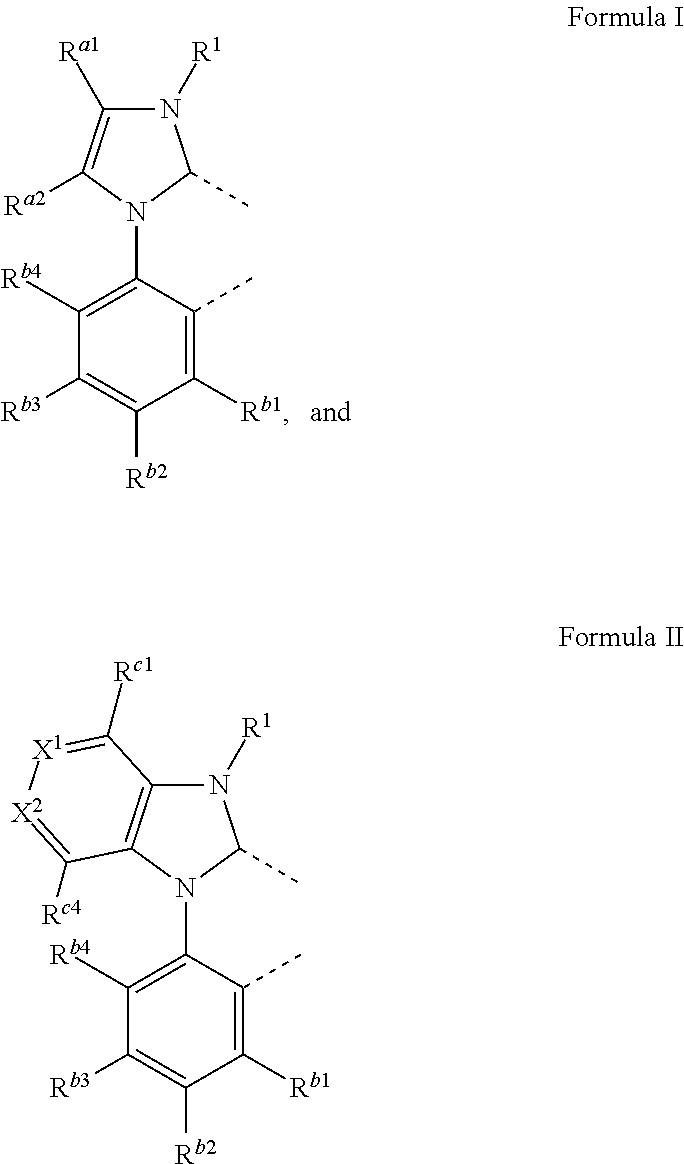
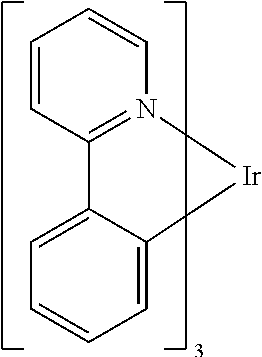
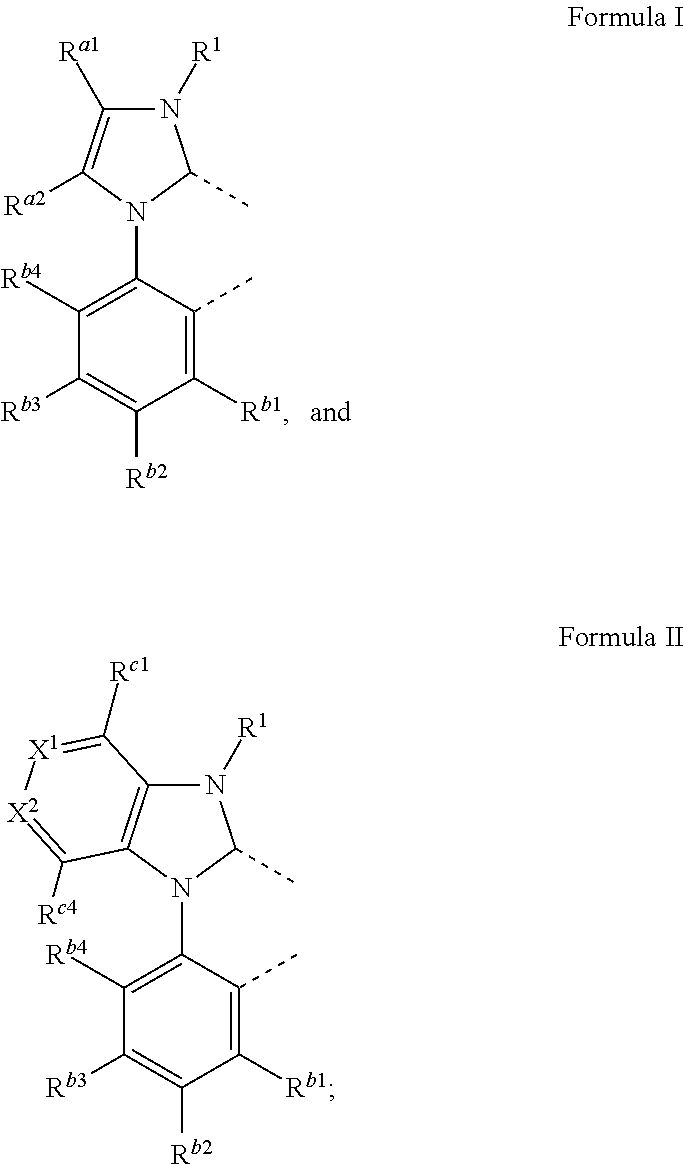
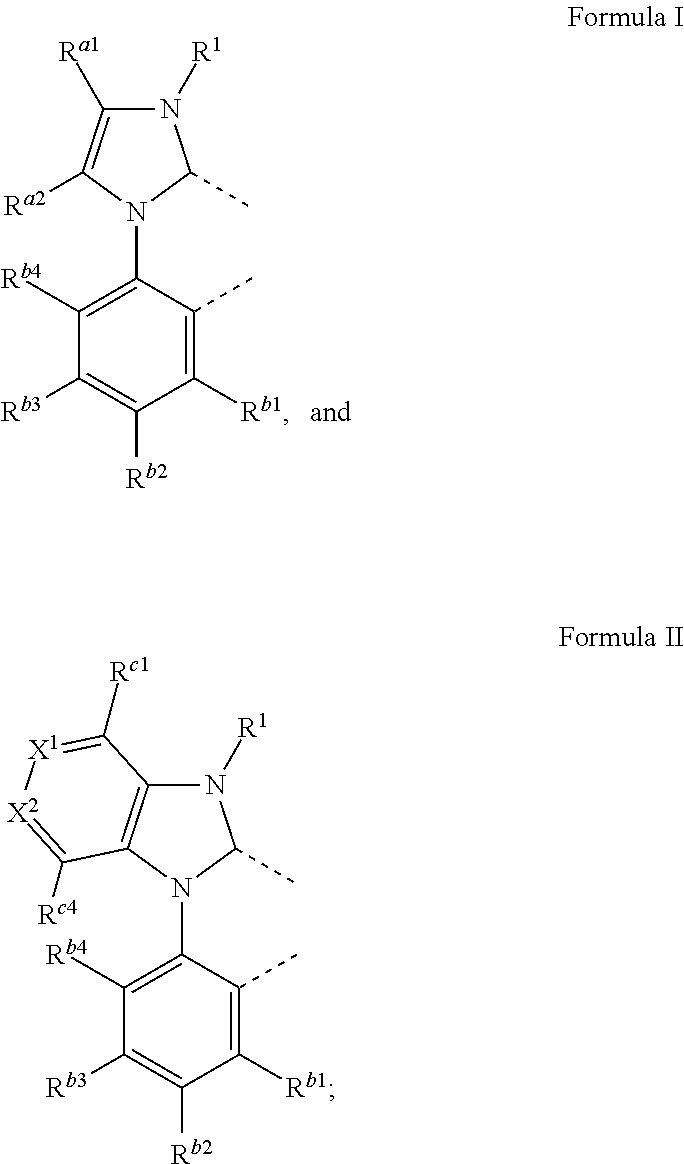
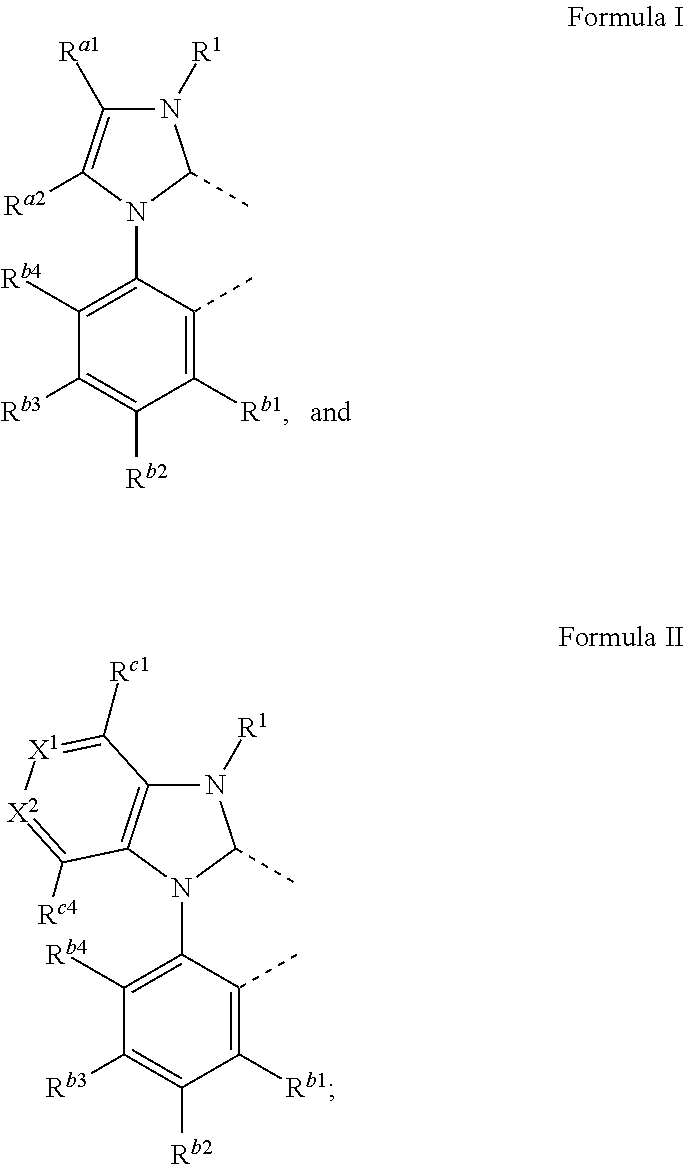







View All Diagrams
| United States Patent | 10,418,569 |
| Kwong , et al. | September 17, 2019 |
Organic electroluminescent materials and devices
Abstract
A family of phosphorescent emitter compounds containing a carbene ligand L.sub.A selected from the group consisting of: ##STR00001## is disclosed. These compounds enhance the performance of OLEDs when incorporated therein.
| Inventors: | Kwong; Raymond (Shatin, HK), Lam; Sze Kui (Kowloon, HK), Lam; Siu Tung (Apleichau, HK), Tsang; Kit Yee (Shatin, HK), Lee; Chi Hang (Chaiwan, HK), Szigethy; Geza (Ewing, NJ) | ||||||||||
|---|---|---|---|---|---|---|---|---|---|---|---|
| Applicant: |
|
||||||||||
| Assignee: | Universal Display Corporation
(Ewing, NJ) |
||||||||||
| Family ID: | 56432803 | ||||||||||
| Appl. No.: | 14/982,109 | ||||||||||
| Filed: | December 29, 2015 |
Prior Publication Data
| Document Identifier | Publication Date | |
|---|---|---|
| US 20160218303 A1 | Jul 28, 2016 | |
Related U.S. Patent Documents
| Application Number | Filing Date | Patent Number | Issue Date | ||
|---|---|---|---|---|---|
| 62107446 | Jan 25, 2015 | ||||
| Current U.S. Class: | 1/1 |
| Current CPC Class: | H01L 51/0085 (20130101); C09K 11/025 (20130101); C07F 15/0033 (20130101); C09K 2211/1044 (20130101); C09K 2211/1022 (20130101); C09K 2211/1092 (20130101); H01L 51/0072 (20130101); H01L 51/0059 (20130101); C09K 2211/1059 (20130101); C09K 2211/188 (20130101); C09K 2211/1037 (20130101); C09K 2211/1007 (20130101); C09K 2211/181 (20130101); C09K 2211/1088 (20130101); C09K 2211/1029 (20130101); H01L 51/0071 (20130101); C09K 2211/185 (20130101); H01L 51/0074 (20130101); H01L 51/5016 (20130101); C09K 2211/186 (20130101) |
| Current International Class: | H01L 51/00 (20060101); C09K 11/02 (20060101); C07F 15/00 (20060101); H01L 51/50 (20060101) |
References Cited [Referenced By]
U.S. Patent Documents
| 4769292 | September 1988 | Tang et al. |
| 5061569 | October 1991 | VanSlyke et al. |
| 5247190 | September 1993 | Friend et al. |
| 5703436 | December 1997 | Forrest et al. |
| 5707745 | January 1998 | Forrest et al. |
| 5834893 | November 1998 | Bulovic et al. |
| 5844363 | December 1998 | Gu et al. |
| 6013982 | January 2000 | Thompson et al. |
| 6087196 | July 2000 | Sturm et al. |
| 6091195 | July 2000 | Forrest et al. |
| 6097147 | August 2000 | Baldo et al. |
| 6294398 | September 2001 | Kim et al. |
| 6303238 | October 2001 | Thompson et al. |
| 6337102 | January 2002 | Forrest et al. |
| 6468819 | October 2002 | Kim et al. |
| 6528187 | March 2003 | Okada |
| 6687266 | February 2004 | Ma et al. |
| 6835469 | December 2004 | Kwong et al. |
| 6921915 | July 2005 | Takiguchi et al. |
| 7087321 | August 2006 | Kwong et al. |
| 7090928 | August 2006 | Thompson et al. |
| 7154114 | December 2006 | Brooks et al. |
| 7250226 | July 2007 | Tokito et al. |
| 7279704 | October 2007 | Walters et al. |
| 7332232 | February 2008 | Ma et al. |
| 7338722 | March 2008 | Thompson et al. |
| 7393599 | July 2008 | Thompson et al. |
| 7396598 | July 2008 | Takeuchi et al. |
| 7431968 | October 2008 | Shtein et al. |
| 7445855 | November 2008 | Mackenzie et al. |
| 7534505 | May 2009 | Lin et al. |
| 9564595 | February 2017 | Kato et al. |
| 2002/0034656 | March 2002 | Thompson et al. |
| 2002/0134984 | September 2002 | Igarashi |
| 2002/0158242 | October 2002 | Son et al. |
| 2003/0138657 | July 2003 | Li et al. |
| 2003/0152802 | August 2003 | Tsuboyama et al. |
| 2003/0162053 | August 2003 | Marks et al. |
| 2003/0175553 | September 2003 | Thompson et al. |
| 2003/0230980 | December 2003 | Forrest et al. |
| 2004/0036077 | February 2004 | Ise |
| 2004/0137267 | July 2004 | Igarashi et al. |
| 2004/0137268 | July 2004 | Igarashi et al. |
| 2004/0174116 | September 2004 | Lu et al. |
| 2005/0025993 | February 2005 | Thompson et al. |
| 2005/0112407 | May 2005 | Ogasawara et al. |
| 2005/0238919 | October 2005 | Ogasawara |
| 2005/0244673 | November 2005 | Satoh et al. |
| 2005/0260441 | November 2005 | Thompson et al. |
| 2005/0260447 | November 2005 | Brooks et al. |
| 2005/0260449 | November 2005 | Walters et al. |
| 2006/0008670 | January 2006 | Lin et al. |
| 2006/0024522 | February 2006 | Thompson |
| 2006/0202194 | September 2006 | Jeong et al. |
| 2006/0240279 | October 2006 | Adamovich |
| 2006/0251923 | November 2006 | Lin et al. |
| 2006/0263635 | November 2006 | Ise |
| 2006/0280965 | December 2006 | Kwong et al. |
| 2007/0190359 | August 2007 | Knowles et al. |
| 2007/0278938 | December 2007 | Yabunouchi et al. |
| 2008/0015355 | January 2008 | Schafer et al. |
| 2008/0018221 | January 2008 | Egen et al. |
| 2008/0106190 | May 2008 | Yabunouchi et al. |
| 2008/0124572 | May 2008 | Mizuki et al. |
| 2008/0220265 | September 2008 | Xia et al. |
| 2008/0297033 | December 2008 | Knowles et al. |
| 2009/0008605 | January 2009 | Kawamura et al. |
| 2009/0009065 | January 2009 | Nishimura et al. |
| 2009/0017330 | January 2009 | Iwakuma et al. |
| 2009/0030202 | January 2009 | Iwakuma et al. |
| 2009/0039776 | February 2009 | Yamada et al. |
| 2009/0045730 | February 2009 | Nishimura et al. |
| 2009/0045731 | February 2009 | Nishimura et al. |
| 2009/0101870 | April 2009 | Pakash et al. |
| 2009/0108737 | April 2009 | Kwong et al. |
| 2009/0115316 | May 2009 | Zheng et al. |
| 2009/0165846 | July 2009 | Johannes et al. |
| 2009/0167162 | July 2009 | Lin et al. |
| 2009/0179554 | July 2009 | Kuma et al. |
| 2012/0319050 | December 2012 | Metz et al. |
| 2014/0374728 | December 2014 | Adamovich et al. |
| 0650955 | May 1995 | EP | |||
| 1725079 | Nov 2006 | EP | |||
| 2034538 | Mar 2009 | EP | |||
| 200511610 | Jan 2005 | JP | |||
| 2007123392 | May 2007 | JP | |||
| 2007254297 | Oct 2007 | JP | |||
| 2008074939 | Apr 2008 | JP | |||
| 2009-76509 | Apr 2009 | JP | |||
| 01/39234 | May 2001 | WO | |||
| 02/02714 | Jan 2002 | WO | |||
| 02015654 | Feb 2002 | WO | |||
| 03040257 | May 2003 | WO | |||
| 03060956 | Jul 2003 | WO | |||
| 2004093207 | Oct 2004 | WO | |||
| 04107822 | Dec 2004 | WO | |||
| 2005014551 | Feb 2005 | WO | |||
| 2005019373 | Mar 2005 | WO | |||
| 2005030900 | Apr 2005 | WO | |||
| 2005089025 | Sep 2005 | WO | |||
| 2005113704 | Dec 2005 | WO | |||
| 2005123873 | Dec 2005 | WO | |||
| 2006009024 | Jan 2006 | WO | |||
| 2006056418 | Jun 2006 | WO | |||
| 2006072002 | Jul 2006 | WO | |||
| 2006082742 | Aug 2006 | WO | |||
| 2006098120 | Sep 2006 | WO | |||
| 2006100298 | Sep 2006 | WO | |||
| 2006103874 | Oct 2006 | WO | |||
| 2006114966 | Nov 2006 | WO | |||
| 2006132173 | Dec 2006 | WO | |||
| 2007002683 | Jan 2007 | WO | |||
| 2007004380 | Jan 2007 | WO | |||
| 2007063754 | Jun 2007 | WO | |||
| 2007063796 | Jun 2007 | WO | |||
| 2008056746 | May 2008 | WO | |||
| 2008101842 | Aug 2008 | WO | |||
| 2008132085 | Nov 2008 | WO | |||
| 2009000673 | Dec 2008 | WO | |||
| 2009003898 | Jan 2009 | WO | |||
| 2009008311 | Jan 2009 | WO | |||
| 2009018009 | Feb 2009 | WO | |||
| 2009021126 | Feb 2009 | WO | |||
| 2009050290 | Apr 2009 | WO | |||
| 2009062578 | May 2009 | WO | |||
| 2009063833 | May 2009 | WO | |||
| 2009066778 | May 2009 | WO | |||
| 2009066779 | May 2009 | WO | |||
| 2009086028 | Jul 2009 | WO | |||
| 2009100991 | Aug 2009 | WO | |||
| 2012172482 | Dec 2012 | WO | |||
| WO2013112557 | Aug 2013 | WO | |||
| 2015014944 | Feb 2015 | WO | |||
| 2015087739 | Jun 2015 | WO | |||
| 2015091716 | Jun 2015 | WO | |||
| 2015150203 | Oct 2015 | WO | |||
Other References
|
Sajoto, S. et al., "Blue and Near-UV Phosphorescence from Iridium Complexes with Cyclometalated Pyrazolyl or N-Heterocyclic Carbene Ligands," Inorganic Chemistry (2005), 44(22), 7992-8003. cited by applicant . Adachi, Chihaya et al., "Organic Electroluminescent Device Having a Hole Conductor as an Emitting Layer," Appl. Phys. Lett., 55(15): 1489-1491 (1989). cited by applicant . Adachi, Chihaya et al., "Nearly 100% Internal Phosphorescence Efficiency in an Organic Light Emitting Device," J. Appl. Phys., 90(10): 5048-5051 (2001). cited by applicant . Adachi, Chihaya et al., "High-Efficiency Red Electrophosphorescence Devices," Appl. Phys. Lett., 78(11)1622-1624 (2001). cited by applicant . Aonuma, Masaki et al., "Material Design of Hole Transport Materials Capable of Thick-Film Formation in Organic Light Emitting Diodes," Appl. Phys. Lett., Apr. 30, 2007, 90:183503-1-183503-3. cited by applicant . Baldo et al., Highly Efficient Phosphorescent Emission from Organic Electroluminescent Devices, Nature, vol. 395, 151-154, (1998). cited by applicant . Baldo et al., Very high-efficiency green organic light-emitting devices based on electrophosphorescence, Appl. Phys. Lett., vol. 75, No. 1, 4-6 (1999). cited by applicant . Gao, Zhiqiang et al., "Bright-Blue Electroluminescence From a Silyl-Substituted ter-(phenylene-vinylene) derivative," Appl. Phys. Lett., 74(6): 865-867 (1999). cited by applicant . Guo, Tzung-Fang et al., "Highly Efficient Electrophosphorescent Polymer Light-Emitting Devices," Organic Electronics, 1: 15-20 (2000). cited by applicant . Hamada, Yuji et al., "High Luminance in Organic Electroluminescent Devices with Bis(10-hydroxybenzo[h]quinolinato)beryllium as an Emitter," Chem. Lett., 905-906 (1993). cited by applicant . Holmes, R.J. et al., "Blue Organic Electrophosphorescence Using Exothermic Host-Guest Energy Transfer," Appl. Phys. Lett., 82(15):2422-2424 (2003). cited by applicant . Hu, Nan-Xing et al., "Novel High Tg Hole-Transport Molecules Based on Indolo[3,2-b]carbazoles for Organic Light-Emitting Devices," Synthetic Metals, 111-112:421-424 (2000). cited by applicant . Huang, Jinsong et al., "Highly Efficient Red-Emission Polymer Phosphorescent Light-Emitting Diodes Based on Two Novel Tris(1-phenylisoquinolinato-C2,N)iridium(III) Derivatives," Adv. Mater., 19:739-743 (2007). cited by applicant . Huang, Wei-Sheng et al., "Highly Phosphorescent Bis-Cyclometalated Iridium Complexes Containing Benzoimidazole-Based Ligands," Chem. Mater., 16(12):2480-2488 (2004). cited by applicant . Hung, L.S. et al., "Anode Modification in Organic Light-Emitting Diodes by Low-Frequency Plasma Polymerization of CHF3," Appl. Phys. Lett., 78(5):673-675 (2001). cited by applicant . Ikai, Masamichi et al., "Highly Efficient Phosphorescence From Organic Light-Emitting Devices with an Exciton-Block Layer," Appl. Phys. Lett., 79(2):156-158 (2001). cited by applicant . Ikeda, Hisao et al., "P-185 Low-Drive-Voltage OLEDs with a Buffer Layer Having Molybdenum Oxide," SID Symposium Digest, 37:923-926 (2006). cited by applicant . Inada, Hiroshi and Shirota, Yasuhiko, "1,3,5-Tris[4-(diphenylamino)phenyl]benzene and its Methylsubstituted Derivatives as a Novel Class of Amorphous Molecular Materials," J. Mater Chem., 3(3):319-320 (1993). cited by applicant . Kanno, Hiroshi et al., "Highly Efficient and Stable Red Phosphorescent Organic Light-Emitting Device Using bis[2-(2-benzothiazoyl)phenolato]zinc(II) as host material," Appl. Phys. Lett., 90:123509-1-123509-3 (2007). cited by applicant . Kido, Junji et al., 1,2,4-Triazole Derivative as an Electron Transport Layer in Organic Electroluminescent Devices, Jpn. J. Appl. Phys., 32:L917-L920 (1993). cited by applicant . Kuwabara, Yoshiyuki et al., "Thermally Stable Multilayered Organic Electroluminescent Devices Using Novel Starburst Molecules, 4,4',4''-Tri(N-carbazolyl)triphenylamine (TCTA) and 4,4',4''-Tris(3-methylphenylphenyl-amino) triphenylamine (m-MTDATA), as Hole-Transport Materials," Adv. Mater, 6(9):677-679 (1994). cited by applicant . Kwong, Raymond C. et al., "High Operational Stability of Electrophosphorescent Devices," Appl. Phys. Lett., 81(1) 162-164 (2002). cited by applicant . Lamansky, Sergey et al., "Synthesis and Characterization of Phosphorescent Cyclometalated Iridium Complexes," Inorg. Chem., 40(7):1704-1711 (2001). cited by applicant . Lee, Chang-Lyoul et al., "Polymer Phosphorescent Light-Emitting Devices Doped with Tris(2-phenylpyridine) Iridium as a Triplet Emitter," Appl. Phys. Lett., 77(15):2280-2282 (2000). cited by applicant . Lo, Shih-Chun et al., "Blue Phosphorescence from Iridium(III) Complexes at Room Temperature," Chem. Mater., 18 (21)5119-5129 (2006). cited by applicant . Ma, Yuguang et al., "Triplet Luminescent Dinuclear-Gold(I) Complex-Based Light-Emitting Diodes with Low Turn-On voltage," Appl. Phys. Lett., 74(10):1361-1363 (1999). cited by applicant . Mi, Bao-Xiu et al., "Thermally Stable Hole-Transporting Material for Organic Light-Emitting Diode an Isoindole Derivative," Chem. Mater., 15(16):3148-3151 (2003). cited by applicant . Nishida, Jun-ichi et al., "Preparation, Characterization, and Electroluminescence Characteristics of .alpha.-Diimine-type Platinum(II) Complexes with Perfluorinated Phenyl Groups as Ligands," Chem. Lett., 34(4): 592-593 (2005). cited by applicant . Niu, Yu-Hua et al., "Highly Efficient Electrophosphorescent Devices with Saturated Red Emission from a Neutral Osmium Complex," Chem. Mater., 17(13):3532-3536 (2005). cited by applicant . Noda, Tetsuya and Shirota,Yasuhiko, "5,5'-Bis(dimesitylboryl)-2'-bithiophene and 5,5''-Bis (dimesitylboryl)-2,2'5',2''-terthiophene as a Novel Family of Electron-Transporting Amorphous Molecular Materials," J. Am. Chem. Soc., 120 (37):9714-9715 (1998). cited by applicant . Okumoto, Kenji et al., "Green Fluorescent Organic Light-Emitting Device with External Quantum Efficiency of Nearly 10%," Appl. Phys. Lett., 89:063504-1-063504-3 (2006). cited by applicant . Palilis, Leonidas C., "High Efficiency Molecular Organic Light-Emitting Diodes Based on Silole Derivatives and Their Exciplexes," Organic Electronics, 4:113-121 (2003). cited by applicant . Paulose, Betty Marie Jennifer S. et al., "First Examples of Alkenyl Pyridines as Organic Ligands for Phosphorescent Iridium Complexes," Adv. Mater., 16(22):2003-2007 (2004). cited by applicant . Ranjan, Sudhir et al., "Realizing Green Phosphorescent Light-Emitting Materials from Rhenium(I) Pyrazolato Diimine Complexes," Inorg. Chem., 42(4):1248-1255 (2003). cited by applicant . Sakamoto, Youichi et al., "Synthesis, Characterization, and Electron-Transport Property of Perfluorinated Phenylene Dendrimers," J. Am. Chem. Soc., 122(8):1832-1833 (2000). cited by applicant . Salbeck, J. et al., "Low Molecular Organic Glasses for Blue Electroluminescence," Synthetic Metals, 91: 209-215 (1997). cited by applicant . Shirota, Yasuhiko et al., "Starburst Molecules Based on pi-Electron Systems as Materials for Organic Electroluminescent Devices," Journal of Luminescence, 72-74:985-991 (1997). cited by applicant . Sotoyama, Wataru et al., "Efficient Organic Light-Emitting Diodes with Phosphorescent Platinum Complexes Containing N^C^N-Coordinating Tridentate Ligand," Appl. Phys. Lett., 86:153505-1-153505-3 (2005). cited by applicant . Sun, Yiru and Forrest, Stephen R., "High-Efficiency White Organic Light Emitting Devices with Three Separate Phosphorescent Emission Layers," Appl. Phys. Lett., 91:263503-1-263503-3 (2007). cited by applicant . T. Ostergard et al., "Langmuir-Blodgett Light-Emitting Diodes of Poly(3-Hexylthiophene) Electro-Optical Characteristics Related to Structure," Synthetic Metals, 88:171-177 (1997). cited by applicant . Takizawa, Shin-ya et al., "Phosphorescent Iridium Complexes Based on 2-Phenylimidazo[1,2-.alpha.]pyridine Ligands Tuning of Emission Color toward the Blue Region and Application to Polymer Light-Emitting Devices," Inorg. Chem., 46(10):4308-4319 (2007). cited by applicant . Tang, C.W. and VanSlyke, S.A., "Organic Electroluminescent Diodes," Appl. Phys. Lett., 51(12):913-915 (1987). cited by applicant . Tung, Yung-Liang et al., "Organic Light-Emitting Diodes Based on Charge-Neutral Ru II PHosphorescent Emitters," Adv. Mater, 17(8)1059-1064 (2005). cited by applicant . Van Slyke, S. A. et al., "Organic Electroluminescent Devices with Improved Stability," Appl. Phys. Lett., 69 (15):2160-2162 (1996). cited by applicant . Wang, Y. et al., "Highly Efficient Electroluminescent Materials Based on Fluorinated Organometallic Iridium Compounds," Appl. Phys. Lett., 79(4):449-451 (2001). cited by applicant . Wong, Keith Man-Chung et al., A Novel Class of Phosphorescent Gold(III) Alkynyl-Based Organic Light-Emitting Devices with Tunable Colour, Chem. Commun., 2906-2908 (2005). cited by applicant . Wong, Wai-Yeung, "Multifunctional Iridium Complexes Based on Carbazole Modules as Highly Efficient Electrophosphors," Angew. Chem. Int. Ed., 45:7800-7803 (2006). cited by applicant . Office Action dated Jan. 16, 2019 for corresponding Chinese Application No. 201610049834.0. cited by applicant. |
Primary Examiner: Martin; Bethany L
Attorney, Agent or Firm: Duane Morris LLP
Parent Case Text
CROSS-REFERENCE TO RELATED APPLICATIONS
This application claims priority to U.S. Provisional Application Ser. No. 62/107,446, filed Jan. 25, 2015, the entire contents of which is incorporated herein by reference.
Claims
We claim:
1. A compound comprising a carbene ligand L.sub.A selected from the group consisting of: ##STR00355## wherein X.sup.1 is CR.sup.c2 or N, X.sup.2 is CR.sup.c3 or N; wherein R.sup.a1, R.sup.a2, R.sup.b1, R.sup.b2, R.sup.b3, R.sup.b4, R.sup.c1, R.sup.c2, R.sup.c3, R.sup.c4, R.sup.1 an R.sup.2 are each independently selected from the group consisting of hydrogen, deuterium, halide, alkyl, haloalkyl, cycloalkyl, heteroalkyl, arylalkyl, alkoxy, thioalkoxy, aryloxy, thioaryloxy, amino, silyl, halosilyl, alkenyl, cycloalkenyl, heteroalkenyl, alkynyl, aryl, heteroaryl, acyl, carbonyl, carboxylic acids, ester, nitrile, isonitrile, sulfanyl, sulfinyl, sulfonyl, phosphino, NCO, NCS, OCN, SCN, OC.sub.mF.sub.2m+1 or SC.sub.mF.sub.2m+1, and combinations thereof; wherein at least one of R.sup.1, R.sup.a1, R.sup.a2, R.sup.c1, R.sup.c3, and R.sup.c4 comprises an acceptor group selected from the group consisting of CN, F directly attached to an aromatic ring, Si.sub.mF.sub.2m+1, NCO, NCS, OCN, SCN, OC.sub.mF.sub.2m+1, and SC.sub.mF.sub.2m+1, where m.gtoreq.1, but R.sup.a1 cannot be CN; wherein any adjacent substituents of R.sup.b1, R.sup.b2, R.sup.b3, and R.sup.b4 are optionally joined or fused into a ring; wherein the ligand L.sub.A is coordinated to a metal M; and wherein the ligand L.sub.A is optionally linked with other ligands to comprise a tridentate, tetradentate, pentadentate or hexadentate ligand; wherein at least one of the following is true: (i) R.sup.1 and R.sup.2 are each independently selected from the group consisting of halide, haloalkyl, cycloalkyl, heteroalkyl, alkoxy, thioalkoxy, aryloxy, thioaryloxy, amino, silyl, halosilyl, cycloalkenyl, acyl, carbonyl, carboxylic acids, ester, nitrile, isonitrile, sulfanyl, sulfinyl, sulfonyl, phosphino, NCO, NCS, OCN, SCN, OC.sub.mF.sub.2m+1 or SC.sub.mF.sub.2m+1, and combinations thereof; (ii) at least one of R.sup.1, R.sup.a1, R.sup.a2, R.sup.c1, R.sup.c3, and R.sup.c4 comprises an acceptor group selected from the group consisting of Si.sub.mF.sub.2m+1, NCO, NCS, OCN, SCN, OC.sub.mF.sub.2m+1, and SC.sub.mF.sub.2m+1, where m.gtoreq.1; (iii) the ligand L.sub.A is a ligand of Formula II and at least one of R.sup.c1, R.sup.c3, and R.sup.c4 is CN.
2. The compound of claim 1, wherein M is selected from the group consisting of Ir, Rh, Re, Ru, Os, Pt, Au, and Cu.
3. The compound of claim 1, wherein the ligand L.sub.A is selected from the group consisting of: ##STR00356## ##STR00357## ##STR00358## ##STR00359## ##STR00360## ##STR00361## ##STR00362## ##STR00363## ##STR00364## ##STR00365## ##STR00366## ##STR00367## ##STR00368## ##STR00369## ##STR00370## ##STR00371## ##STR00372## ##STR00373## ##STR00374## ##STR00375## ##STR00376## ##STR00377## ##STR00378## ##STR00379## ##STR00380## ##STR00381## ##STR00382## ##STR00383## ##STR00384## ##STR00385## ##STR00386## ##STR00387## ##STR00388## ##STR00389## ##STR00390## ##STR00391## ##STR00392## ##STR00393## ##STR00394## ##STR00395## ##STR00396## ##STR00397## ##STR00398## ##STR00399## ##STR00400## ##STR00401## ##STR00402## ##STR00403## ##STR00404## ##STR00405## ##STR00406## ##STR00407## ##STR00408## ##STR00409## ##STR00410## ##STR00411## ##STR00412## ##STR00413##
4. The compound of claim 1, wherein the compound has a formula of M(L.sub.A).sub.n(L.sub.B).sub.m-n; wherein M is Ir or Pt; wherein L.sub.B is a bidentate ligand; and when M is Ir, m is 3, and n is 1, 2, or 3; and when M is Pt, m is 2, and n is 1 or 2.
5. The compound of claim 4, wherein the compound has a formula selected from the group consisting of Ir(L.sub.A).sub.3, Ir(L.sub.A)(L.sub.B).sub.2, and Ir(L.sub.A).sub.2(L.sub.B), wherein L.sub.B is different from L.sub.A.
6. The compound of claim 4, wherein L.sub.B is selected from the group consisting of: ##STR00414## ##STR00415## ##STR00416## wherein each X.sup.1 to X.sup.13 are independently selected from the group consisting of carbon and nitrogen; wherein X is selected from the group consisting of BR', NR', PR', O, S, Se, C.dbd.O, S.dbd.O, SO.sub.2, CR'R'', SiR'R'', and GeR'R''; wherein R' and R'' are optionally fused or joined to form a ring; wherein each R.sub.a, R.sub.b, R.sub.c, and R.sub.d may represent from mono substitution to the possible maximum number of substitution, or no substitution; wherein R', R'', R.sub.a, R.sub.b, R.sub.c, and R.sub.d are each independently selected from the group consisting of hydrogen, deuterium, halide, alkyl, cycloalkyl, heteroalkyl, arylalkyl, alkoxy, aryloxy, amino, silyl, alkenyl, cycloalkenyl, heteroalkenyl, alkynyl, aryl, heteroaryl, acyl, carbonyl, carboxylic acids, ester, nitrile, isonitrile, sulfanyl, sulfinyl, sulfonyl, phosphino, and combinations thereof; and wherein any two adjacent substituents of R.sub.a, R.sub.b, R.sub.c, and R.sub.d are optionally fused or joined to form a ring or form a multidentate ligand.
7. The compound of claim 6, wherein L.sub.B is selected from the group consisting of: ##STR00417## ##STR00418## ##STR00419## ##STR00420## ##STR00421## ##STR00422## ##STR00423## ##STR00424## ##STR00425## ##STR00426## ##STR00427## ##STR00428##
8. The compound of claim 3, wherein the compound is Compound Ax having the formula Ir(L.sub.Ai).sub.3, Compound By having the formula Ir(L.sub.Ai)(L.sub.Bj).sub.2, or Compound Cz having the formula Ir(L.sub.Ai).sub.2(L.sub.Bj); wherein x=i and i is an integer from 1 to 273; wherein y=55i+j-55; i is an integer from 1 to 273, and j is an integer from 1 to 55; wherein z=55i+j-55; i is an integer from 1 to 273, and j is an integer from 1 to 55; and wherein L.sub.B1 to L.sub.B55 have the following structure: ##STR00429## ##STR00430## ##STR00431## ##STR00432## ##STR00433## ##STR00434## ##STR00435## ##STR00436## ##STR00437## ##STR00438## ##STR00439## ##STR00440##
9. An organic light emitting device (OLED) comprising: an anode; a cathode; and an organic layer, disposed between the anode and the cathode, comprising a compound comprising a carbene ligand L.sub.A selected from the group consisting of: ##STR00441## wherein X.sup.1 is CR.sup.c2 or N, X.sup.2 is CR.sup.c3 or N; wherein R.sup.a1, R.sup.a2, R.sup.b1, R.sup.b2, R.sup.b3, R.sup.b4, R.sup.c1, R.sup.c2, R.sup.c3, R.sup.c4, R.sup.1 and R.sup.2 are each independently selected from the group consisting of hydrogen, deuterium, halide, alkyl, haloalkyl, cycloalkyl, heteroalkyl, arylalkyl, alkoxy, thioalkoxy, aryloxy, thioaryloxy, amino, silyl, halosilyl, alkenyl, cycloalkenyl, heteroalkenyl, alkynyl, aryl, heteroaryl, acyl, carbonyl, carboxylic acids, ester, nitrile, isonitrile, sulfanyl, sulfinyl, sulfonyl, phosphino, NCO, NCS, OCN, SCN, OC.sub.mF.sub.2m+1 or SC.sub.mF.sub.2m+1, and combinations thereof; wherein at least one of R.sup.1, R.sup.a1, R.sup.a2, R.sup.c1, R.sup.c3, and R.sup.c4 comprises an acceptor group selected from the group consisting of CN, F directly attached to an aromatic ring, Si.sub.mF.sub.2m+1, NCO, NCS, OCN, SCN, OC.sub.mF.sub.2m+1, and SC.sub.mF.sub.2m+1, where m.gtoreq.1, but R.sup.a1 cannot be CN; wherein any adjacent substituents of R.sup.b1, R.sup.b2, R.sup.b3, and R.sup.b4 are optionally joined or fused into a ring; wherein the ligand L.sub.A is coordinated to a metal M; and wherein the ligand L.sub.A is optionally linked with other ligands to comprise a tridentate, tetradentate, pentadentate or hexadentate ligand; wherein at least one of the following is true: (i) R.sup.1 and R.sup.2 are each independently selected from the group consisting of halide, haloalkyl, cycloalkyl, heteroalkyl, alkoxy, thioalkoxy, aryloxy, thioaryloxy, amino, silyl, halosilyl, cycloalkenyl, acyl, carbonyl, carboxylic acids, ester, nitrile, isonitrile, sulfanyl, sulfinyl, sulfonyl, phosphino, NCO, NCS, OCN, SCN, OC.sub.mF.sub.2m+1 or SC.sub.mF.sub.2m+1 and combinations thereof; (ii) at least one of R.sup.1, R.sup.a1, R.sup.a2, R.sup.c1, R.sup.c3, and R.sup.c4 comprises an acceptor group selected from the group consisting of Si.sub.mF.sub.2m+1, NCO, NCS, OCN, SCN, OC.sub.mF.sub.2m+1, and SC.sub.mF.sub.2m+1, where m.gtoreq.1; (iii) the ligand L.sub.A is a ligand of Formula II and at least one of R.sup.c1, R.sup.c3, and R.sup.c4 is CN.
10. The OLED of claim 9, wherein the OLED is incorporated into a device selected from the group consisting of a consumer product, an electronic component module, and a lighting panel.
11. The OLED of claim 9, wherein the organic layer is an emissive layer and the compound is an emissive dopant or a non-emissive dopant.
12. The OLED of claim 9, wherein the organic layer further comprises a host, wherein host comprises at least one chemical group selected from the group consisting of triphenylene, tetraphenylene, carbazole, dibenzothiphene, dibenzofuran, dibenzoselenophene, azatriphenylene, azacarbazole, aza-dibenzothiophene, aza-dibenzofuran, and aza-dibenzoselenophene.
13. The OLED of claim 9, wherein the organic layer further comprises a host, wherein the host is selected from the group consisting of: ##STR00442## ##STR00443## ##STR00444## ##STR00445## ##STR00446## and combinations thereof.
14. The OLED of claim 9, wherein the organic layer further comprises a host, wherein the host comprises a metal complex.
15. A formulation comprising a compound comprising a carbene ligand L.sub.A selected from the group consisting of: ##STR00447## wherein X.sup.1 is CR.sup.c2 or N, X.sup.2 is CR.sup.c3 or N; wherein R.sup.a1, R.sup.a2, R.sup.b1, R.sup.b2, R.sup.b3, R.sup.b4, R.sup.c1, R.sup.c2, R.sup.c3, R.sup.c4, R.sup.1 and R.sup.2 are each independently selected from the group consisting of hydrogen, deuterium, halide, alkyl, haloalkyl, cycloalkyl, heteroalkyl, arylalkyl, alkoxy, thioalkoxy, aryloxy, thioaryloxy, amino, silyl, halosilyl, alkenyl, cycloalkenyl, heteroalkenyl, alkynyl, aryl, heteroaryl, acyl, carbonyl, carboxylic acids, ester, nitrile, isonitrile, sulfanyl, sulfinyl, sulfonyl, phosphino, NCO, NCS, OCN, SCN, OC.sub.mF.sub.2m+1 or SC.sub.mF.sub.2m+1, and combinations thereof; wherein at least one of R.sup.1, R.sup.a1, R.sup.a2, R.sup.c1, R.sup.c3, and R.sup.c4 comprises an acceptor group selected from the group consisting of CN, F directly attached to an aromatic ring, Si.sub.mF.sub.2m+1, NCO, NCS, OCN, SCN, OC.sub.mF.sub.2m+1, and SC.sub.mF.sub.2m+1, where m.gtoreq.1, but R.sup.a1 cannot be CN; wherein any adjacent substituents of R.sup.b1, R.sup.b2, R.sup.b3, and R.sup.b4 are optionally joined or fused into a ring; wherein the ligand L.sub.A is coordinated to a metal M; and wherein the ligand L.sub.A is optionally linked with other ligands to comprise a tridentate, tetradentate, pentadentate or hexadentate ligand wherein at least one of the following is true: (i) R.sup.1 and R.sup.2 are each independently selected from the group consisting of halide, haloalkyl, cycloalkyl, heteroalkyl, alkoxy, thioalkoxy, aryloxy, thioaryloxy, amino, silyl, halosilyl, cycloalkenyl, acyl, carbonyl, carboxylic acids, ester, nitrile, isonitrile, sulfanyl, sulfinyl, sulfonyl, phosphino, NCO, NCS, OCN, SCN, OC.sub.mF.sub.2m+1 or SC.sub.mF.sub.2m+1 and combinations thereof; (ii) at least one of R.sup.1, R.sup.a1, R.sup.a2, R.sup.c1, R.sup.c3, and R.sup.c4 comprises an acceptor group selected from the group consisting of Si.sub.mF.sub.2m+1, NCO, NCS, OCN, SCN, OC.sub.mF.sub.2m+1, and SC.sub.mF.sub.2m+1, where m.gtoreq.1; (iii) the ligand L.sub.A is a ligand of Formula II and at least one of R.sup.c1, R.sup.c3, and R.sup.c4 is CN.
16. The compound of claim 1, wherein (i) R.sup.1 and R.sup.2 are each independently selected from the group consisting of halide, haloalkyl, cycloalkyl, heteroalkyl, alkoxy, thioalkoxy, aryloxy, thioaryloxy, amino, silyl, halosilyl, cycloalkenyl, acyl, carbonyl, carboxylic acids, ester, nitrile, isonitrile, sulfanyl, sulfinyl, sulfonyl, phosphino, NCO, NCS, OCN, SCN, OC.sub.mF.sub.2m+1 or SC.sub.mF.sub.2m+1, and combinations thereof; or (ii) wherein at least one of R.sup.1, R.sup.a1, R.sup.a2, R.sup.c1, R.sup.c3, and R.sup.c4 comprises an acceptor group selected from the group consisting of Si.sub.mF.sub.2m+1, NCO, NCS, OCN, SCN, OC.sub.mF.sub.2m+1, and SC.sub.mF.sub.2m+1, where m.gtoreq.1; or (iii) both conditions (i) and (ii).
17. The compound of claim 1, wherein the ligand is a ligand of Formula II and at least one of R.sup.c1, R.sup.c3, and R.sup.c4 is CN.
18. The compound of claim 17, wherein the ligand is a ligand of Formula II, wherein X.sup.1 is CR.sup.c2 and X.sup.2 is CR.sup.c3.
19. The compound of claim 18, wherein R.sup.b1, R.sup.b2, R.sup.b3, and R.sup.b4 are each independently selected from the group consisting of hydrogen, deuterium, halide, alkyl, aryloxy, and combinations thereof.
20. The compound of claim 19, wherein R.sup.b1, R.sup.b2, R.sup.b3, and R.sup.b4 are each independently selected from the group consisting of hydrogen and alkyl.
Description
PARTIES TO A JOINT RESEARCH AGREEMENT
The claimed invention was made by, on behalf of, and/or in connection with one or more of the following parties to a joint university corporation research agreement: The Regents of the University of Michigan, Princeton University, University of Southern California, and Universal Display Corporation. The agreement was in effect on and before the date the claimed invention was made, and the claimed invention was made as a result of activities undertaken within the scope of the agreement.
FIELD OF THE INVENTION
The present invention relates to compounds for use as emitters and devices, such as organic light emitting diodes, including the same.
BACKGROUND
Opto-electronic devices that make use of organic materials are becoming increasingly desirable for a number of reasons. Many of the materials used to make such devices are relatively inexpensive, so organic opto-electronic devices have the potential for cost advantages over inorganic devices. In addition, the inherent properties of organic materials, such as their flexibility, may make them well suited for particular applications such as fabrication on a flexible substrate. Examples of organic opto-electronic devices include organic light emitting devices (OLEDs), organic phototransistors, organic photovoltaic cells, and organic photodetectors. For OLEDs, the organic materials may have performance advantages over conventional materials. For example, the wavelength at which an organic emissive layer emits light may generally be readily tuned with appropriate dopants.
OLEDs make use of thin organic films that emit light when voltage is applied across the device. OLEDs are becoming an increasingly interesting technology for use in applications such as flat panel displays, illumination, and backlighting. Several OLED materials and configurations are described in U.S. Pat. Nos. 5,844,363, 6,303,238, and 5,707,745, which are incorporated herein by reference in their entirety.
One application for phosphorescent emissive molecules is a full color display. Industry standards for such a display call for pixels adapted to emit particular colors, referred to as "saturated" colors. In particular, these standards call for saturated red, green, and blue pixels. Color may be measured using CIE coordinates, which are well known to the art.
One example of a green emissive molecule is tris(2-phenylpyridine) iridium, denoted Ir(ppy).sub.3, which has the following structure:
##STR00002##
In this, and later figures herein, we depict the dative bond from nitrogen to metal (here, Ir) as a straight line.
As used herein, the term "organic" includes polymeric materials as well as small molecule organic materials that may be used to fabricate organic opto-electronic devices. "Small molecule" refers to any organic material that is not a polymer, and "small molecules" may actually be quite large. Small molecules may include repeat units in some circumstances. For example, using a long chain alkyl group as a substituent does not remove a molecule from the "small molecule" class. Small molecules may also be incorporated into polymers, for example as a pendent group on a polymer backbone or as a part of the backbone. Small molecules may also serve as the core moiety of a dendrimer, which consists of a series of chemical shells built on the core moiety. The core moiety of a dendrimer may be a fluorescent or phosphorescent small molecule emitter. A dendrimer may be a "small molecule," and it is believed that all dendrimers currently used in the field of OLEDs are small molecules.
As used herein, "top" means furthest away from the substrate, while "bottom" means closest to the substrate. Where a first layer is described as "disposed over" a second layer, the first layer is disposed further away from substrate. There may be other layers between the first and second layer, unless it is specified that the first layer is "in contact with" the second layer. For example, a cathode may be described as "disposed over" an anode, even though there are various organic layers in between.
As used herein, "solution processible" means capable of being dissolved, dispersed, or transported in and/or deposited from a liquid medium, either in solution or suspension form.
A ligand may be referred to as "photoactive" when it is believed that the ligand directly contributes to the photoactive properties of an emissive material. A ligand may be referred to as "ancillary" when it is believed that the ligand does not contribute to the photoactive properties of an emissive material, although an ancillary ligand may alter the properties of a photoactive ligand.
As used herein, and as would be generally understood by one skilled in the art, a first "Highest Occupied Molecular Orbital" (HOMO) or "Lowest Unoccupied Molecular Orbital" (LUMO) energy level is "greater than" or "higher than" a second HOMO or LUMO energy level if the first energy level is closer to the vacuum energy level. Since ionization potentials (IP) are measured as a negative energy relative to a vacuum level, a higher HOMO energy level corresponds to an IP having a smaller absolute value (an IP that is less negative). Similarly, a higher LUMO energy level corresponds to an electron affinity (EA) having a smaller absolute value (an EA that is less negative). On a conventional energy level diagram, with the vacuum level at the top, the LUMO energy level of a material is higher than the HOMO energy level of the same material. A "higher" HOMO or LUMO energy level appears closer to the top of such a diagram than a "lower" HOMO or LUMO energy level.
As used herein, and as would be generally understood by one skilled in the art, a first work function is "greater than" or "higher than" a second work function if the first work function has a higher absolute value. Because work functions are generally measured as negative numbers relative to vacuum level, this means that a "higher" work function is more negative. On a conventional energy level diagram, with the vacuum level at the top, a "higher" work function is illustrated as further away from the vacuum level in the downward direction. Thus, the definitions of HOMO and LUMO energy levels follow a different convention than work functions.
More details on OLEDs, and the definitions described above, can be found in U.S. Pat. No. 7,279,704, which is incorporated herein by reference in its entirety.
SUMMARY OF THE INVENTION
According to an aspect of the present disclosure, a new compound is disclosed. The compound comprises a carbene ligand L.sub.A selected from the group consisting of:
##STR00003##
wherein X.sup.1 is CR.sup.c2 or N, X.sup.2 is CR.sup.c3 or N;
wherein R.sup.a1, R.sup.a2, R.sup.b1, R.sup.b2, R.sup.b3, R.sup.b4, R.sup.c1, R.sup.c2, R.sup.c3, R.sup.c4, R.sup.1 and R.sup.2 are each independently selected from the group consisting of hydrogen, deuterium, halide, alkyl, haloalkyl, cycloalkyl, heteroalkyl, arylalkyl, alkoxy, thioalkoxy, aryloxy, thioaryloxy, amino, silyl, halosilyl, alkenyl, cycloalkenyl, heteroalkenyl, alkynyl, aryl, heteroaryl, acyl, carbonyl, carboxylic acids, ester, nitrile, isonitrile, sulfanyl, sulfinyl, sulfonyl, phosphino, NCO, NCS, OCN, SCN, OC.sub.mF.sub.2m+1 or SC.sub.mF.sub.2m+1, and combinations thereof;
wherein at least one of R.sup.1, R.sup.a1, R.sup.a2, R.sup.c1, R.sup.c3, and R.sup.c4 comprises an acceptor group selected from the group consisting of CN, F directly attached to an aromatic ring, Si.sub.mF.sub.2m+1, NCO, NCS, OCN, SCN, OC.sub.mF.sub.2m+1 and SC.sub.mF.sub.2m+1, where m.gtoreq.1;
wherein any adjacent substituents of R.sup.b1, R.sup.b2, R.sup.b3, and R.sup.b4 are optionally joined or fused into a ring;
wherein the ligand L.sub.A is coordinated to a metal M; and
wherein the ligand L.sub.A is optionally linked with other ligands to comprise a tridentate, tetradentate, pentadentate or hexadentate ligand.
According to another aspect of the present disclosure, an organic light emitting device (OLED) is disclosed. The OLED can include an anode, a cathode, and an organic layer, disposed between the anode and the cathode. The organic layer comprises a first compound comprising a carbene ligand L.sub.A selected from the group consisting of:
##STR00004##
wherein X.sup.1 is CR.sup.c2 or N, X.sup.2 is CR.sup.c3 or N;
wherein R.sup.a1, R.sup.a2, R.sup.b1, R.sup.b2, R.sup.b3, R.sup.b4, R.sup.c1, R.sup.c2, R.sup.c3, R.sup.c4, R.sup.1 and R.sup.2 are each independently selected from the group consisting of hydrogen, deuterium, halide, alkyl, haloalkyl, cycloalkyl, heteroalkyl, arylalkyl, alkoxy, thioalkoxy, aryloxy, thioaryloxy, amino, silyl, halosilyl, alkenyl, cycloalkenyl, heteroalkenyl, alkynyl, aryl, heteroaryl, acyl, carbonyl, carboxylic acids, ester, nitrile, isonitrile, sulfanyl, sulfinyl, sulfonyl, phosphino, NCO, NCS, OCN, SCN, OC.sub.mF.sub.2m+1 or SC.sub.mF.sub.2m+1, and combinations thereof;
wherein at least one of R.sup.1, R.sup.a1, R.sup.a2, R.sup.c1, R.sup.c3, and R.sup.c4 comprises an acceptor group selected from the group consisting of CN, F directly attached to an aromatic ring, Si.sub.mF.sub.2m+1, NCO, NCS, OCN, SCN, OC.sub.mF.sub.2m+1 and SC.sub.mF.sub.2m+1, where m.gtoreq.1;
wherein any adjacent substituents of R.sup.b1, R.sup.b2, R.sup.b3, and R.sup.b4 are optionally joined or fused into a ring;
wherein the ligand L.sub.A is coordinated to a metal M; and
wherein the ligand L.sub.A is optionally linked with other ligands to comprise a tridentate, tetradentate, pentadentate or hexadentate ligand.
According to yet another aspect of the present disclosure, a formulation comprising the first compound is disclosed.
BRIEF DESCRIPTION OF THE DRAWINGS
FIG. 1 shows an organic light emitting device.
FIG. 2 shows an inverted organic light emitting device that does not have a separate electron transport layer.
DETAILED DESCRIPTION
Generally, an OLED comprises at least one organic layer disposed between and electrically connected to an anode and a cathode. When a current is applied, the anode injects holes and the cathode injects electrons into the organic layer(s). The injected holes and electrons each migrate toward the oppositely charged electrode. When an electron and hole localize on the same molecule, an "exciton," which is a localized electron-hole pair having an excited energy state, is formed. Light is emitted when the exciton relaxes via a photoemissive mechanism. In some cases, the exciton may be localized on an excimer or an exciplex. Non-radiative mechanisms, such as thermal relaxation, may also occur, but are generally considered undesirable.
The initial OLEDs used emissive molecules that emitted light from their singlet states ("fluorescence") as disclosed, for example, in U.S. Pat. No. 4,769,292, which is incorporated by reference in its entirety. Fluorescent emission generally occurs in a time frame of less than 10 nanoseconds.
More recently, OLEDs having emissive materials that emit light from triplet states ("phosphorescence") have been demonstrated. Baldo et al., "Highly Efficient Phosphorescent Emission from Organic Electroluminescent Devices," Nature, vol. 395, 151-154, 1998; ("Baldo-I") and Baldo et al., "Very high-efficiency green organic light-emitting devices based on electrophosphorescence," Appl. Phys. Lett., vol. 75, No. 3, 4-6 (1999) ("Baldo-II"), which are incorporated by reference in their entireties. Phosphorescence is described in more detail in U.S. Pat. No. 7,279,704 at cols. 5-6, which are incorporated by reference.
FIG. 1 shows an organic light emitting device 100. The figures are not necessarily drawn to scale. Device 100 may include a substrate 110, an anode 115, a hole injection layer 120, a hole transport layer 125, an electron blocking layer 130, an emissive layer 135, a hole blocking layer 140, an electron transport layer 145, an electron injection layer 150, a protective layer 155, a cathode 160, and a barrier layer 170. Cathode 160 is a compound cathode having a first conductive layer 162 and a second conductive layer 164. Device 100 may be fabricated by depositing the layers described, in order. The properties and functions of these various layers, as well as example materials, are described in more detail in U.S. Pat. No. 7,279,704 at cols. 6-10, which are incorporated by reference.
More examples for each of these layers are available. For example, a flexible and transparent substrate-anode combination is disclosed in U.S. Pat. No. 5,844,363, which is incorporated by reference in its entirety. An example of a p-doped hole transport layer is m-MTDATA doped with F.sub.4-TCNQ at a molar ratio of 50:1, as disclosed in U.S. Patent Application Publication No. 2003/0230980, which is incorporated by reference in its entirety. Examples of emissive and host materials are disclosed in U.S. Pat. No. 6,303,238 to Thompson et al., which is incorporated by reference in its entirety. An example of an n-doped electron transport layer is BPhen doped with Li at a molar ratio of 1:1, as disclosed in U.S. Patent Application Publication No. 2003/0230980, which is incorporated by reference in its entirety. U.S. Pat. Nos. 5,703,436 and 5,707,745, which are incorporated by reference in their entireties, disclose examples of cathodes including compound cathodes having a thin layer of metal such as Mg:Ag with an overlying transparent, electrically-conductive, sputter-deposited ITO layer. The theory and use of blocking layers is described in more detail in U.S. Pat. No. 6,097,147 and U.S. Patent Application Publication No. 2003/0230980, which are incorporated by reference in their entireties. Examples of injection layers are provided in U.S. Patent Application Publication No. 2004/0174116, which is incorporated by reference in its entirety. A description of protective layers may be found in U.S. Patent Application Publication No. 2004/0174116, which is incorporated by reference in its entirety.
FIG. 2 shows an inverted OLED 200. The device includes a substrate 210, a cathode 215, an emissive layer 220, a hole transport layer 225, and an anode 230. Device 200 may be fabricated by depositing the layers described, in order. Because the most common OLED configuration has a cathode disposed over the anode, and device 200 has cathode 215 disposed under anode 230, device 200 may be referred to as an "inverted" OLED. Materials similar to those described with respect to device 100 may be used in the corresponding layers of device 200. FIG. 2 provides one example of how some layers may be omitted from the structure of device 100.
The simple layered structure illustrated in FIGS. 1 and 2 is provided by way of non-limiting example, and it is understood that embodiments of the invention may be used in connection with a wide variety of other structures. The specific materials and structures described are exemplary in nature, and other materials and structures may be used. Functional OLEDs may be achieved by combining the various layers described in different ways, or layers may be omitted entirely, based on design, performance, and cost factors. Other layers not specifically described may also be included. Materials other than those specifically described may be used. Although many of the examples provided herein describe various layers as comprising a single material, it is understood that combinations of materials, such as a mixture of host and dopant, or more generally a mixture, may be used. Also, the layers may have various sublayers. The names given to the various layers herein are not intended to be strictly limiting. For example, in device 200, hole transport layer 225 transports holes and injects holes into emissive layer 220, and may be described as a hole transport layer or a hole injection layer. In one embodiment, an OLED may be described as having an "organic layer" disposed between a cathode and an anode. This organic layer may comprise a single layer, or may further comprise multiple layers of different organic materials as described, for example, with respect to FIGS. 1 and 2.
Structures and materials not specifically described may also be used, such as OLEDs comprised of polymeric materials (PLEDs) such as disclosed in U.S. Pat. No. 5,247,190 to Friend et al., which is incorporated by reference in its entirety. By way of further example, OLEDs having a single organic layer may be used. OLEDs may be stacked, for example as described in U.S. Pat. No. 5,707,745 to Forrest et al, which is incorporated by reference in its entirety. The OLED structure may deviate from the simple layered structure illustrated in FIGS. 1 and 2. For example, the substrate may include an angled reflective surface to improve out-coupling, such as a mesa structure as described in U.S. Pat. No. 6,091,195 to Forrest et al., and/or a pit structure as described in U.S. Pat. No. 5,834,893 to Bulovic et al., which are incorporated by reference in their entireties.
Unless otherwise specified, any of the layers of the various embodiments may be deposited by any suitable method. For the organic layers, preferred methods include thermal evaporation, ink-jet, such as described in U.S. Pat. Nos. 6,013,982 and 6,087,196, which are incorporated by reference in their entireties, organic vapor phase deposition (OVPD), such as described in U.S. Pat. No. 6,337,102 to Forrest et al., which is incorporated by reference in its entirety, and deposition by organic vapor jet printing (OVJP), such as described in U.S. Pat. No. 7,431,968, which is incorporated by reference in its entirety. Other suitable deposition methods include spin coating and other solution based processes. Solution based processes are preferably carried out in nitrogen or an inert atmosphere. For the other layers, preferred methods include thermal evaporation. Preferred patterning methods include deposition through a mask, cold welding such as described in U.S. Pat. Nos. 6,294,398 and 6,468,819, which are incorporated by reference in their entireties, and patterning associated with some of the deposition methods such as ink-jet and OVJD. Other methods may also be used. The materials to be deposited may be modified to make them compatible with a particular deposition method. For example, substituents such as alkyl and aryl groups, branched or unbranched, and preferably containing at least 3 carbons, may be used in small molecules to enhance their ability to undergo solution processing. Substituents having 20 carbons or more may be used, and 3-20 carbons is a preferred range. Materials with asymmetric structures may have better solution processibility than those having symmetric structures, because asymmetric materials may have a lower tendency to recrystallize. Dendrimer substituents may be used to enhance the ability of small molecules to undergo solution processing.
Devices fabricated in accordance with embodiments of the present invention may further optionally comprise a barrier layer. One purpose of the barrier layer is to protect the electrodes and organic layers from damaging exposure to harmful species in the environment including moisture, vapor and/or gases, etc. The barrier layer may be deposited over, under or next to a substrate, an electrode, or over any other parts of a device including an edge. The barrier layer may comprise a single layer, or multiple layers. The barrier layer may be formed by various known chemical vapor deposition techniques and may include compositions having a single phase as well as compositions having multiple phases. Any suitable material or combination of materials may be used for the barrier layer. The barrier layer may incorporate an inorganic or an organic compound or both. The preferred barrier layer comprises a mixture of a polymeric material and a non-polymeric material as described in U.S. Pat. No. 7,968,146, PCT Pat. Application Nos. PCT/US2007/023098 and PCT/US2009/042829, which are herein incorporated by reference in their entireties. To be considered a "mixture", the aforesaid polymeric and non-polymeric materials comprising the barrier layer should be deposited under the same reaction conditions and/or at the same time. The weight ratio of polymeric to non-polymeric material may be in the range of 95:5 to 5:95. The polymeric material and the non-polymeric material may be created from the same precursor material. In one example, the mixture of a polymeric material and a non-polymeric material consists essentially of polymeric silicon and inorganic silicon.
Devices fabricated in accordance with embodiments of the invention can be incorporated into a wide variety of electronic component modules (or units) that can be incorporated into a variety of electronic products or intermediate components. Examples of such electronic products or intermediate components include display screens, lighting devices such as discrete light source devices or lighting panels, etc. that can be utilized by the end-user product manufacturers. Such electronic component modules can optionally include the driving electronics and/or power source(s). Devices fabricated in accordance with embodiments of the invention can be incorporated into a wide variety of consumer products that have one or more of the electronic component modules (or units) incorporated therein. Such consumer products would include any kind of products that include one or more light source(s) and/or one or more of some type of visual displays. Some examples of such consumer products include flat panel displays, computer monitors, medical monitors, televisions, billboards, lights for interior or exterior illumination and/or signaling, heads-up displays, fully or partially transparent displays, flexible displays, laser printers, telephones, cell phones, tablets, phablets, personal digital assistants (PDAs), laptop computers, digital cameras, camcorders, viewfinders, micro-displays, 3-D displays, vehicles, a large area wall, theater or stadium screen, or a sign. Various control mechanisms may be used to control devices fabricated in accordance with the present invention, including passive matrix and active matrix. Many of the devices are intended for use in a temperature range comfortable to humans, such as 18 degrees C. to 30 degrees C., and more preferably at room temperature (20-25 degrees C.), but could be used outside this temperature range, for example, from -40 degree C. to +80 degree C.
The materials and structures described herein may have applications in devices other than OLEDs. For example, other optoelectronic devices such as organic solar cells and organic photodetectors may employ the materials and structures. More generally, organic devices, such as organic transistors, may employ the materials and structures.
The term "halo," "halogen," or "halide" as used herein includes fluorine, chlorine, bromine, and iodine.
The term "alkyl" as used herein contemplates both straight and branched chain alkyl radicals. Preferred alkyl groups are those containing from one to fifteen carbon atoms and includes methyl, ethyl, propyl, isopropyl, butyl, isobutyl, tert-butyl, and the like. Additionally, the alkyl group may be optionally substituted.
The term "cycloalkyl" as used herein contemplates cyclic alkyl radicals. Preferred cycloalkyl groups are those containing 3 to 7 carbon atoms and includes cyclopropyl, cyclopentyl, cyclohexyl, and the like. Additionally, the cycloalkyl group may be optionally substituted.
The term "alkenyl" as used herein contemplates both straight and branched chain alkene radicals. Preferred alkenyl groups are those containing two to fifteen carbon atoms. Additionally, the alkenyl group may be optionally substituted.
The term "alkynyl" as used herein contemplates both straight and branched chain alkyne radicals. Preferred alkynyl groups are those containing two to fifteen carbon atoms. Additionally, the alkynyl group may be optionally substituted.
The terms "aralkyl" or "arylalkyl" as used herein are used interchangeably and contemplate an alkyl group that has as a substituent an aromatic group. Additionally, the aralkyl group may be optionally substituted.
The term "heterocyclic group" as used herein contemplates aromatic and non-aromatic cyclic radicals. Hetero-aromatic cyclic radicals also means heteroaryl. Preferred hetero-non-aromatic cyclic groups are those containing 3 or 7 ring atoms which includes at least one hetero atom, and includes cyclic amines such as morpholino, piperdino, pyrrolidino, and the like, and cyclic ethers, such as tetrahydrofuran, tetrahydropyran, and the like. Additionally, the heterocyclic group may be optionally substituted.
The term "aryl" or "aromatic group" as used herein contemplates single-ring groups and polycyclic ring systems. The polycyclic rings may have two or more rings in which two carbons are common to two adjoining rings (the rings are "fused") wherein at least one of the rings is aromatic, e.g., the other rings can be cycloalkyls, cycloalkenyls, aryl, heterocycles, and/or heteroaryls. Additionally, the aryl group may be optionally substituted.
The term "heteroaryl" as used herein contemplates single-ring hetero-aromatic groups that may include from one to three heteroatoms, for example, pyrrole, furan, thiophene, imidazole, oxazole, thiazole, triazole, pyrazole, pyridine, pyrazine and pyrimidine, and the like. The term heteroaryl also includes polycyclic hetero-aromatic systems having two or more rings in which two atoms are common to two adjoining rings (the rings are "fused") wherein at least one of the rings is a heteroaryl, e.g., the other rings can be cycloalkyls, cycloalkenyls, aryl, heterocycles, and/or heteroaryls. Additionally, the heteroaryl group may be optionally substituted.
The alkyl, cycloalkyl, alkenyl, alkynyl, aralkyl, heterocyclic group, aryl, and heteroaryl may be optionally substituted with one or more substituents selected from the group consisting of hydrogen, deuterium, halogen, alkyl, cycloalkyl, heteroalkyl, arylalkyl, alkoxy, aryloxy, amino, cyclic amino, silyl, alkenyl, cycloalkenyl, heteroalkenyl, alkynyl, aryl, heteroaryl, acyl, carbonyl, carboxylic acid, ether, ester, nitrile, isonitrile, sulfanyl, sulfinyl, sulfonyl, phosphino, and combinations thereof.
As used herein, "substituted" indicates that a substituent other than H is bonded to the relevant position, such as carbon. Thus, for example, where R.sup.1 is mono-substituted, then one R.sup.1 must be other than H. Similarly, where R.sup.1 is di-substituted, then two of R.sup.1 must be other than H. Similarly, where R.sup.1 is unsubstituted, R.sup.1 is hydrogen for all available positions.
The "aza" designation in the fragments described herein, i.e. aza-dibenzofuran, aza-dibenzothiophene, etc. means that one or more of the C--H groups in the respective fragment can be replaced by a nitrogen atom, for example, and without any limitation, azatriphenylene encompasses both dibenzo[f,h]quinoxaline and dibenzo[f,h]quinoline. One of ordinary skill in the art can readily envision other nitrogen analogs of the aza-derivatives described above, and all such analogs are intended to be encompassed by the terms as set forth herein.
It is to be understood that when a molecular fragment is described as being a substituent or otherwise attached to another moiety, its name may be written as if it were a fragment (e.g. phenyl, phenylene, naphthyl, dibenzofuryl) or as if it were the whole molecule (e.g. benzene, naphthalene, dibenzofuran). As used herein, these different ways of designating a substituent or attached fragment are considered to be equivalent.
According to an aspect of the present disclosure, a new compound is disclosed. The compound comprises a carbene ligand L.sub.A selected from the group consisting of:
##STR00005##
wherein X.sup.1 is CR.sup.c2 or N, X.sup.2 is CR.sup.3 or N;
wherein R.sup.a1, R.sup.a2, R.sup.b1, R.sup.b2, R.sup.b3, R.sup.b4, R.sup.c1, R.sup.c2, R.sup.c3, R.sup.c4, R.sup.1 and R.sup.2 are each independently selected from the group consisting of hydrogen, deuterium, halide, alkyl, haloalkyl, cycloalkyl, heteroalkyl, arylalkyl, alkoxy, thioalkoxy, aryloxy, thioaryloxy, amino, silyl, halosilyl, alkenyl, cycloalkenyl, heteroalkenyl, alkynyl, aryl, heteroaryl, acyl, carbonyl, carboxylic acids, ester, nitrile, isonitrile, sulfanyl, sulfinyl, sulfonyl, phosphino, NCO, NCS, OCN, SCN, OC.sub.mF.sub.2m+1 or SC.sub.mF.sub.2m+1, and combinations thereof;
wherein at least one of R.sup.1, R.sup.a1, R.sup.a2, R.sup.c1, R.sup.c3, and R.sup.c4 comprises an acceptor group selected from the group consisting of CN, F directly attached to an aromatic ring, Si.sub.mF.sub.2m+1, NCO, NCS, OCN, SCN, OC.sub.mF.sub.2m+1 and SC.sub.mF.sub.2m+1, where m.gtoreq.1;
wherein any adjacent substituents of R.sup.b1, R.sup.b2, R.sup.b3, and R.sup.b4 are optionally joined or fused into a ring;
wherein the ligand L.sub.A is coordinated to a metal M; and
wherein the ligand L.sub.A is optionally linked with other ligands to comprise a tridentate, tetradentate, pentadentate or hexadentate ligand.
In some embodiments of the compound, M can be selected from the group consisting of Ir, Rh, Re, Ru, Os, Pt, Au, and Cu. In some embodiments, M is Ir or Pt.
The compound can be homoleptic or heteroleptic.
In some embodiments of the compound, X.sup.1 is CR.sup.c2, and X.sup.2 is CR.sup.c3.
In other embodiments of the compound, X.sup.1 is CR.sup.c2, and X.sup.2 is N.
In other embodiments of the compound, X.sup.1 is N, and X.sup.2 is CR.sup.3.
In other embodiments of the compound, X.sup.1 is N, and X.sup.2 is N.
In some embodiments of the compound, at least one of R.sup.1, R.sup.a1, R.sup.a2, R.sup.c1, R.sup.c3, and R.sup.c4 comprises a CN group.
In some embodiments of the compound, at least one of R.sup.a1, R.sup.a2, R.sup.c1, R.sup.c3, and R.sup.c4 is CN.
In other embodiments of the compound, R.sup.1 and R.sup.2 are each independently selected from the group consisting of alkyl or cycloalkyl.
In other embodiments of the compound, R.sup.1 and R.sup.2 are each independently selected from the group consisting of aryl, substituted aryl, heteroaryl, and substituted heteroaryl.
In some other embodiments of the compound, the ligand L.sub.A is selected from the group consisting of:
##STR00006## ##STR00007## ##STR00008## ##STR00009## ##STR00010## ##STR00011## ##STR00012## ##STR00013## ##STR00014## ##STR00015## ##STR00016## ##STR00017## ##STR00018## ##STR00019## ##STR00020## ##STR00021## ##STR00022## ##STR00023## ##STR00024## ##STR00025## ##STR00026## ##STR00027## ##STR00028## ##STR00029## ##STR00030## ##STR00031## ##STR00032## ##STR00033## ##STR00034## ##STR00035## ##STR00036## ##STR00037## ##STR00038## ##STR00039## ##STR00040## ##STR00041## ##STR00042## ##STR00043## ##STR00044## ##STR00045## ##STR00046## ##STR00047## ##STR00048## ##STR00049## ##STR00050## ##STR00051## ##STR00052## ##STR00053## ##STR00054## ##STR00055## ##STR00056## ##STR00057## ##STR00058##
According to another aspect of the present disclosure, the compound has a formula of M(L.sub.A).sub.n(L.sub.B).sub.m-n; wherein M is Ir or Pt; L.sub.B is a bidentate ligand; and wherein when M is Ir, m is 3, and n is 1, 2, or 3; and when M is Pt, m is 2, and n is 1 or 2.
In some embodiments of the compound having the formula of M(L.sub.A).sub.n(L.sub.B).sub.m-n, the compound has a formula of Ir(L.sub.A).sub.3.
In some embodiments of the compound having the formula of M(L.sub.A).sub.n(L.sub.B).sub.m-n, the compound has a formula of Ir(L.sub.A)(L.sub.B).sub.2; and wherein L.sub.B is different from L.sub.A.
In some embodiments of the compound having the formula of M(L.sub.A).sub.n(L.sub.B).sub.m-n, the compound has a formula of Ir(L.sub.A).sub.2(L.sub.B); and wherein L.sub.B is different from L.sub.A.
In some embodiments of the compound having the formula of M(L.sub.A).sub.n(L.sub.B).sub.m-n, the compound has a formula of Pt(L.sub.A)(L.sub.B); and wherein L.sub.A and L.sub.B can be same or different. L.sub.A and L.sub.B can be connected to form a tetradentate ligand. In some embodiments, L.sub.A and L.sub.B are connected at two places to form a marcrocyclic tetradentate ligand.
In some embodiments of the compound having the formula of M(L.sub.A).sub.n(L.sub.B).sub.m-n, L.sub.B is selected from the group consisting of:
##STR00059## ##STR00060##
wherein each X.sup.1 to X.sup.13 are independently selected from the group consisting of carbon and nitrogen;
wherein X is selected from the group consisting of BR', NR', PR', O, S, Se, C.dbd.O, S.dbd.O, SO.sub.2, CR'R'', SiR'R'', and GeR'R'',
wherein R' and R'' are optionally fused or joined to form a ring;
wherein each R.sub.a, R.sub.b, R.sub.d, and R.sub.d may represent from mono substitution to the possible maximum number of substitution, or no substitution;
wherein R', R'', R.sub.a, R.sub.b, R.sub.c, and R.sub.d are each independently selected from the group consisting of hydrogen, deuterium, halide, alkyl, cycloalkyl, heteroalkyl, arylalkyl, alkoxy, aryloxy, amino, silyl, alkenyl, cycloalkenyl, heteroalkenyl, alkynyl, aryl, heteroaryl, acyl, carbonyl, carboxylic acids, ester, nitrile, isonitrile, sulfanyl, sulfinyl, sulfonyl, phosphino, and combinations thereof; and
wherein any two adjacent substitutents of R.sub.a, R.sub.b, R.sub.c, and R.sub.d are optionally fused or joined to form a ring or form a multidentate ligand.
In some embodiments of the compound having the formula of M(L.sub.A).sub.n(L.sub.B).sub.m-n, L.sub.B is selected from the group consisting of:
##STR00061## ##STR00062## ##STR00063##
In some embodiments of the compound having the formula of M(L.sub.A).sub.n(L.sub.B).sub.m-n, L.sub.B is selected from the group consisting of:
##STR00064## ##STR00065## ##STR00066## ##STR00067## ##STR00068## ##STR00069## ##STR00070## ##STR00071## ##STR00072## ##STR00073##
In the embodiments of the compound where the ligand L.sub.A is selected from the group consisting of L.sub.A1 through L.sub.A273, the compound is Compound Ax having the formula Ir(L.sub.Ai).sub.3; and wherein x=i; i is an integer from 1 to 273.
In other embodiments of the compound where the ligand L.sub.A is selected from the group consisting of L.sub.A1 through L.sub.A273, the compound is the Compound By having the formula Ir(L.sub.Ai)(L.sub.Bj).sub.2 or Compound Cz having the formula Ir(L.sub.Ai).sub.2(L.sub.Bj);
wherein y=55i+j-55; i is an integer from 1 to 273, and j is an integer from 1 to 55;
wherein z=55i+j-55; i is an integer from 1 to 273, and j is an integer from 1 to 55; and
wherein L.sub.B1 to L.sub.B55 have the structures as defined above.
According to another aspect of the present disclosure, an organic light emitting device (OLED) is disclosed. The OLED can include an anode, a cathode, and an organic layer, disposed between the anode and the cathode. The organic layer comprises a first compound comprising a carbene ligand L.sub.A selected from the group consisting of:
##STR00074##
wherein X.sup.1 is CR.sup.c2 or N, X.sup.2 is CR.sup.c3 or N;
wherein R.sup.a1, R.sup.a2, R.sup.b1, R.sup.b2, R.sup.b3, R.sup.b4, R.sup.c1, R.sup.c2, R.sup.c3, R.sup.c4, R.sup.1 and R.sup.2 are each independently selected from the group consisting of hydrogen, deuterium, halide, alkyl, haloalkyl, cycloalkyl, heteroalkyl, arylalkyl, alkoxy, thioalkoxy, aryloxy, thioaryloxy, amino, silyl, halosilyl, alkenyl, cycloalkenyl, heteroalkenyl, alkynyl, aryl, heteroaryl, acyl, carbonyl, carboxylic acids, ester, nitrile, isonitrile, sulfanyl, sulfinyl, sulfonyl, phosphino, NCO, NCS, OCN, SCN, OC.sub.mF.sub.2m+1 or SC.sub.mF.sub.2m+1, and combinations thereof;
wherein at least one of R.sup.1, R.sup.a1, R.sup.a2, R.sup.c1, R.sup.c3, and R.sup.c4 comprises an acceptor group selected from the group consisting of CN, F directly attached to an aromatic ring, Si.sub.mF.sub.2m+1, NCO, NCS, OCN, SCN, OC.sub.mF.sub.2m+1 and SC.sub.mF.sub.2m+1, where m.gtoreq.1;
wherein any adjacent substituents of R.sup.b1, R.sup.b2, R.sup.b3, and R.sup.b4 are optionally joined or fused into a ring;
wherein the ligand L.sub.A is coordinated to a metal M; and
wherein the ligand L.sub.A is optionally linked with other ligands to comprise a tridentate, tetradentate, pentadentate or hexadentate ligand.
In some embodiments of the OLED, the first compound can be an emissive dopant. In some embodiments, the compound can produce emissions via phosphorescence, fluorescence, thermally activated delayed fluorescence, i.e., TADF (also referred to as E-type delayed fluorescence), triplet-triplet annihilation, or combinations of these processes.
The first organic light emitting device can be incorporated into a device selected from the group consisting of a consumer product, an electronic component module, and a lighting panel. The organic layer can be an emissive layer and the compound can be an emissive dopant in some embodiments, while the compound can be a non-emissive dopant in other embodiments.
The organic layer can also include a host. In some embodiments, the host can include a metal complex. The host can be a triphenylene containing benzo-fused thiophene or benzo-fused furan. Any substituent in the host can be an unfused substituent independently selected from the group consisting of C.sub.nH.sub.2n+1, OC.sub.nH.sub.2n+1, OAr.sub.1, N(C.sub.nH.sub.2n+1).sub.2, N(Ar.sub.1)(Ar.sub.2), CH.dbd.CH--C.sub.nH.sub.2n+1, C.ident.C--C.sub.nH.sub.2n+1, Ar.sub.1, Ar.sub.1--Ar.sub.2, and C.sub.nH.sub.2n--Ar.sub.1, or no substitution. In the preceding substituents n can range from 1 to 10; and Ar.sub.1 and Ar.sub.2 can be independently selected from the group consisting of benzene, biphenyl, naphthalene, triphenylene, carbazole, and heteroaromatic analogs thereof.
The host can be a compound comprising at least one chemical group selected from the group consisting of triphenylene, tetraphenylene, carbazole, dibenzothiphene, dibenzofuran, dibenzoselenophene, azatriphenylene, azacarbazole, aza-dibenzothiophene, aza-dibenzofuran, and aza-dibenzoselenophene. The host can include a metal complex. The host can be a specific compound selected from the group consisting of:
##STR00075## ##STR00076## ##STR00077## ##STR00078## ##STR00079## and combinations thereof.
In yet another aspect of the present disclosure, a formulation comprising the compound comprising a carbene ligand L.sub.A selected from the group consisting of:
##STR00080## is disclosed;
wherein X.sup.1 is CR.sup.c2 or N, X.sup.2 is CR.sup.c3 or N;
wherein R.sup.a1, R.sup.a2, R.sup.b1, R.sup.b2, R.sup.b3, R.sup.b4, R.sup.c1, R.sup.c2, R.sup.c3, R.sup.c4, R.sup.1 and R.sup.2 are each independently selected from the group consisting of hydrogen, deuterium, halide, alkyl, haloalkyl, cycloalkyl, heteroalkyl, arylalkyl, alkoxy, thioalkoxy, aryloxy, thioaryloxy, amino, silyl, halosilyl, alkenyl, cycloalkenyl, heteroalkenyl, alkynyl, aryl, heteroaryl, acyl, carbonyl, carboxylic acids, ester, nitrile, isonitrile, sulfanyl, sulfinyl, sulfonyl, phosphino, NCO, NCS, OCN, SCN, OC.sub.mF.sub.2m+1 or SC.sub.mF.sub.2m+1, and combinations thereof;
wherein at least one of R.sup.1, R.sup.a1, R.sup.a2, R.sup.c1, R.sup.c3, and R.sup.c4 comprises an acceptor group selected from the group consisting of CN, F directly attached to an aromatic ring, Si.sub.mF.sub.2m+1, NCO, NCS, OCN, SCN, OC.sub.mF.sub.2m+1 and SC.sub.mF.sub.2m+1, where m.gtoreq.1;
wherein any adjacent substituents of R.sup.b1, R.sup.b2, R.sup.b3, and R.sup.b4 are optionally joined or fused into a ring;
wherein the ligand L.sub.A is coordinated to a metal M; and
wherein the ligand L.sub.A is optionally linked with other ligands to comprise a tridentate, tetradentate, pentadentate or hexadentate ligand.
Combination with Other Materials
The materials described herein as useful for a particular layer in an organic light emitting device may be used in combination with a wide variety of other materials present in the device. For example, emissive dopants disclosed herein may be used in conjunction with a wide variety of hosts, transport layers, blocking layers, injection layers, electrodes and other layers that may be present. The materials described or referred to below are non-limiting examples of materials that may be useful in combination with the compounds disclosed herein, and one of skill in the art can readily consult the literature to identify other materials that may be useful in combination.
HIL/HTL:
A hole injecting/transporting material to be used in the present invention is not particularly limited, and any compound may be used as long as the compound is typically used as a hole injecting/transporting material. Examples of the material include, but are not limited to: a phthalocyanine or porphyrin derivative; an aromatic amine derivative; an indolocarbazole derivative; a polymer containing fluorohydrocarbon; a polymer with conductivity dopants; a conducting polymer, such as PEDOT/PSS; a self-assembly monomer derived from compounds such as phosphonic acid and silane derivatives; a metal oxide derivative, such as MoO.sub.x; a p-type semiconducting organic compound, such as 1,4,5,8,9,12-Hexaazatriphenylenehexacarbonitrile; a metal complex, and a cross-linkable compound.
Examples of aromatic amine derivatives used in HIL or HTL include, but are not limited to the following general structures:
##STR00081##
Each of Ar.sup.1 to Ar.sup.9 is selected from the group consisting of aromatic hydrocarbon cyclic compounds such as benzene, biphenyl, triphenyl, triphenylene, naphthalene, anthracene, phenalene, phenanthrene, fluorene, pyrene, chrysene, perylene, and azulene; the group consisting of aromatic heterocyclic compounds such as dibenzothiophene, dibenzofuran, dibenzoselenophene, furan, thiophene, benzofuran, benzothiophene, benzoselenophene, carbazole, indolocarbazole, pyridylindole, pyrrolodipyridine, pyrazole, imidazole, triazole, oxazole, thiazole, oxadiazole, oxatriazole, dioxazole, thiadiazole, pyridine, pyridazine, pyrimidine, pyrazine, triazine, oxazine, oxathiazine, oxadiazine, indole, benzimidazole, indazole, indoxazine, benzoxazole, benzisoxazole, benzothiazole, quinoline, isoquinoline, cinnoline, quinazoline, quinoxaline, naphthyridine, phthalazine, pteridine, xanthene, acridine, phenazine, phenothiazine, phenoxazine, benzofuropyridine, furodipyridine, benzothienopyridine, thienodipyridine, benzoselenophenopyridine, and selenophenodipyridine; and the group consisting of 2 to 10 cyclic structural units which are groups of the same type or different types selected from the aromatic hydrocarbon cyclic group and the aromatic heterocyclic group and are bonded to each other directly or via at least one of oxygen atom, nitrogen atom, sulfur atom, silicon atom, phosphorus atom, boron atom, chain structural unit and the aliphatic cyclic group. Wherein each Ar is further substituted by a substituent selected from the group consisting of hydrogen, deuterium, halide, alkyl, cycloalkyl, heteroalkyl, arylalkyl, alkoxy, aryloxy, amino, silyl, alkenyl, cycloalkenyl, heteroalkenyl, alkynyl, aryl, heteroaryl, acyl, carbonyl, carboxylic acids, ester, nitrile, isonitrile, sulfanyl, sulfinyl, sulfonyl, phosphino, and combinations thereof.
In one aspect, Ar.sup.1 to Ar.sup.9 is independently selected from the group consisting of:
##STR00082## wherein k is an integer from 1 to 20; X.sup.101 to X.sup.108 is C (including CH) or N; Z.sup.101 is NAr.sup.1, O, or S; Ar.sup.1 has the same group defined above.
Examples of metal complexes used in HIL or HTL include, but are not limited to the following general formula:
##STR00083## wherein Met is a metal, which can have an atomic weight greater than 40; (Y.sup.101-Y.sup.102) is a bidentate ligand, Y.sup.101 and Y.sup.102 are independently selected from C, N, O, P, and S; L.sup.101 is an ancillary ligand; k' is an integer value from 1 to the maximum number of ligands that may be attached to the metal; and k'+k'' is the maximum number of ligands that may be attached to the metal.
In one aspect, (Y.sup.101-Y.sup.102) is a 2-phenylpyridine derivative. In another aspect, (Y.sup.101-Y.sup.102) is a carbene ligand. In another aspect, Met is selected from Ir, Pt, Os, and Zn. In a further aspect, the metal complex has a smallest oxidation potential in solution vs. Fc.sup.+/Fc couple less than about 0.6 V.
Host:
The light emitting layer of the organic EL device of the present invention preferably contains at least a metal complex as light emitting material, and may contain a host material using the metal complex as a dopant material. Examples of the host material are not particularly limited, and any metal complexes or organic compounds may be used as long as the triplet energy of the host is larger than that of the dopant. While the Table below categorizes host materials as preferred for devices that emit various colors, any host material may be used with any dopant so long as the triplet criteria is satisfied.
Examples of metal complexes used as host are preferred to have the following general formula:
##STR00084## wherein Met is a metal; (Y.sup.103-Y.sup.104) is a bidentate ligand. Y.sup.103 and Y.sup.104 are independently selected from C, N, O, P, and S; L.sup.101 is an another ligand; k' is an integer value from 1 to the maximum number of ligands that may be attached to the metal; and k'+k'' is the maximum number of ligands that may be attached to the metal.
In one aspect, the metal complexes are:
##STR00085## wherein (O--N) is a bidentate ligand, having metal coordinated to atoms O and N.
In another aspect, Met is selected from Ir and Pt. In a further aspect, (Y.sup.103-Y.sup.104) is a carbene ligand.
Examples of organic compounds used as host are selected from the group consisting of aromatic hydrocarbon cyclic compounds such as benzene, biphenyl, triphenyl, triphenylene, tetraphenylene, naphthalene, anthracene, phenalene, phenanthrene, fluorene, pyrene, chrysene, perylene, and azulene; the group consisting of aromatic heterocyclic compounds such as dibenzothiophene, dibenzofuran, dibenzoselenophene, furan, thiophene, benzofuran, benzothiophene, benzoselenophene, carbazole, indolocarbazole, pyridylindole, pyrrolodipyridine, pyrazole, imidazole, triazole, oxazole, thiazole, oxadiazole, oxatriazole, dioxazole, thiadiazole, pyridine, pyridazine, pyrimidine, pyrazine, triazine, oxazine, oxathiazine, oxadiazine, indole, benzimidazole, indazole, indoxazine, benzoxazole, benzisoxazole, benzothiazole, quinoline, isoquinoline, cinnoline, quinazoline, quinoxaline, naphthyridine, phthalazine, pteridine, xanthene, acridine, phenazine, phenothiazine, phenoxazine, benzofuropyridine, furodipyridine, benzothienopyridine, thienodipyridine, benzoselenophenopyridine, and selenophenodipyridine; and the group consisting of 2 to 10 cyclic structural units which are groups of the same type or different types selected from the aromatic hydrocarbon cyclic group and the aromatic heterocyclic group and are bonded to each other directly or via at least one of oxygen atom, nitrogen atom, sulfur atom, silicon atom, phosphorus atom, boron atom, chain structural unit and the aliphatic cyclic group. Wherein each group is further substituted by a substituent selected from the group consisting of hydrogen, deuterium, halide, alkyl, cycloalkyl, heteroalkyl, arylalkyl, alkoxy, aryloxy, amino, silyl, alkenyl, cycloalkenyl, heteroalkenyl, alkynyl, aryl, heteroaryl, acyl, carbonyl, carboxylic acids, ester, nitrile, isonitrile, sulfanyl, sulfinyl, sulfonyl, phosphino, and combinations thereof.
In one aspect, the host compound contains at least one of the following groups in the molecule:
##STR00086## ##STR00087## wherein R.sup.101 to R.sup.107 is independently selected from the group consisting of hydrogen, deuterium, halide, alkyl, cycloalkyl, heteroalkyl, arylalkyl, alkoxy, aryloxy, amino, silyl, alkenyl, cycloalkenyl, heteroalkenyl, alkynyl, aryl, heteroaryl, acyl, carbonyl, carboxylic acids, ester, nitrile, isonitrile, sulfanyl, sulfinyl, sulfonyl, phosphino, and combinations thereof, when it is aryl or heteroaryl, it has the similar definition as Ar's mentioned above. k is an integer from 0 to 20 or 1 to 20; k''' is an integer from 0 to 20. X.sup.101 to X.sup.108 is selected from C (including CH) or N. Z.sup.101 and Z.sup.102 is selected from NR.sup.101, O, or S. HBL:
A hole blocking layer (HBL) may be used to reduce the number of holes and/or excitons that leave the emissive layer. The presence of such a blocking layer in a device may result in substantially higher efficiencies as compared to a similar device lacking a blocking layer. Also, a blocking layer may be used to confine emission to a desired region of an OLED.
In one aspect, compound used in HBL contains the same molecule or the same functional groups used as host described above.
In another aspect, compound used in HBL contains at least one of the following groups in the molecule:
##STR00088## wherein k is an integer from 1 to 20; L.sup.101 is an another ligand, k' is an integer from 1 to 3. ETL:
Electron transport layer (ETL) may include a material capable of transporting electrons. Electron transport layer may be intrinsic (undoped), or doped. Doping may be used to enhance conductivity. Examples of the ETL material are not particularly limited, and any metal complexes or organic compounds may be used as long as they are typically used to transport electrons.
In one aspect, compound used in ETL contains at least one of the following groups in the molecule:
##STR00089## wherein R.sup.101 is selected from the group consisting of hydrogen, deuterium, halide, alkyl, cycloalkyl, heteroalkyl, arylalkyl, alkoxy, aryloxy, amino, silyl, alkenyl, cycloalkenyl, heteroalkenyl, alkynyl, aryl, heteroaryl, acyl, carbonyl, carboxylic acids, ester, nitrile, isonitrile, sulfanyl, sulfinyl, sulfonyl, phosphino, and combinations thereof, when it is aryl or heteroaryl, it has the similar definition as Ar's mentioned above. Ar.sup.1 to Ar.sup.3 has the similar definition as Ar's mentioned above. k is an integer from 1 to 20. X.sup.101 to X.sup.108 is selected from C (including CH) or N.
In another aspect, the metal complexes used in ETL include, but are not limited to the following general formula:
##STR00090## wherein (O--N) or (N--N) is a bidentate ligand, having metal coordinated to atoms O, N or N, N; L.sup.101 is another ligand; k' is an integer value from 1 to the maximum number of ligands that may be attached to the metal.
In any above-mentioned compounds used in each layer of the OLED device, the hydrogen atoms can be partially or fully deuterated. Thus, any specifically listed substituent, such as, without limitation, methyl, phenyl, pyridyl, etc. encompasses undeuterated, partially deuterated, and fully deuterated versions thereof. Similarly, classes of substituents such as, without limitation, alkyl, aryl, cycloalkyl, heteroaryl, etc. also encompass undeuterated, partially deuterated, and fully deuterated versions thereof.
In addition to and/or in combination with the materials disclosed herein, many hole injection materials, hole transporting materials, host materials, dopant materials, exciton/hole blocking layer materials, electron transporting and electron injecting materials may be used in an OLED. Non-limiting examples of the materials that may be used in an OLED in combination with materials disclosed herein are listed in Table A below. Table A lists non-limiting classes of materials, non-limiting examples of compounds for each class, and references that disclose the materials.
TABLE-US-00001 TABLE A MATERIAL EXAMPLES OF MATERIAL PUBLICATIONS Hole injection materials Phthalocyanine and porphyrin compounds ##STR00091## Appl. Phys. Lett. 69, 2160 (1996) Starburst triarylamines ##STR00092## J. Lumin. 72-74, 985 (1997) CF.sub.x Fluorohydro- carbon polymer ##STR00093## Appl. Phys. Lett. 78, 673 (2001) Conducting polymers (e.g., PEDOT:PSS, polyaniline, polythiophene) ##STR00094## Synth. Met. 87, 171 (1997) WO2007002683 Phosphonic acid and silane SAMs ##STR00095## US20030162053 Triarylamine or polythiophene polymers with conductivity dopants ##STR00096## EP1725079A1 and ##STR00097## ##STR00098## Organic compounds with conductive inorganic compounds, such as molybdenum and tungsten oxides ##STR00099## US20050123751 SID Symposium Digest, 37, 923 (2006) WO2009018009 n-type semiconducting organic complexes ##STR00100## US20020158242 Metal organometallic complexes ##STR00101## US20060240279 Cross-linkable compounds ##STR00102## US20080220265 Polythiophene based polymers and copolymers ##STR00103## WO 2011075644 EP2350216 Hole transporting materials Triarylamines (e.g., TPD, .alpha.-NPD) ##STR00104## Appl. Phys. Lett. 51, 913 (1987) ##STR00105## U.S. Pat No. 5,061,569 ##STR00106## EP650955 ##STR00107## J. Mater. Chem. 3, 319 (1993) ##STR00108## Appl. Phys. Lett. 90, 183503 (2007) ##STR00109## Appl. Phys, Lett. 90, 183503 (2007) Triarylamine on spirofluorene core ##STR00110## Synth. Met. 91, 209 (1997) Arylamine carbazole compounds ##STR00111## Adv, Mater. 6, 677 (1994), US20080124572 Triarylamine with (di)benzo- thiophene/ (di)benzofuran ##STR00112## US20070278938, US20080106190 US20110163302 Indolocarbazoles ##STR00113## Synth. Met. 111, 421 (2000) Isoindole compounds ##STR00114## Chem. Mater. 15, 3148 (2003) Metal carbene complexes ##STR00115## US20080018221 Phosphorescent OLED host materials Red hosts Arylcarbazoles ##STR00116## Appl. Phys. Lett. 78, 1622 (2001) Metal 8- hydroxyquinolates (e.g., Alq3, BAlq) ##STR00117## Nature 395, 151 (1998) ##STR00118## US20060202194 ##STR00119## WO2005014551 ##STR00120## WO2006072002 Metal phenoxy- benzothiazole compounds ##STR00121## Appl. Phys. Lett. 90, 123509 (2007) Conjugated oligomers and polymers (e.g., polyfluorene) ##STR00122## Org. Electron. 1, 15 (2000) Aromatic fused rings ##STR00123## WO2009066779, WO2009066778, WO2009063833, US20090045731, US20090045730, WO2009008311, US20090008605, US20090009065 Zinc complexes ##STR00124## WO2010056066 Chrysene based compounds ##STR00125## WO2011086863 Green hosts Arylcarbazoles ##STR00126## Appl. Phys. Lett. 78, 1622 (2001) ##STR00127## US20030175553 ##STR00128## WO2001039234 Aryltriphenylene compounds ##STR00129## US20060280965 ##STR00130## US20060280965 ##STR00131## WO2009021126 Poly-fused heteroaryl compounds ##STR00132## US20090309488 US20090302743 US20100012931 Donor acceptor type molecules ##STR00133## WO2008056746 ##STR00134## WO2010107244 Aza-carbazole/ DBT/DBF ##STR00135## JP2008074939 ##STR00136## US20100187984 Polymers (e.g, PVK) ##STR00137## Appl. Phys, Lett. 77, 2280 (2000) Spirofluorene compounds ##STR00138## WO2004093207 Metal phenoxy- benzooxazole compounds ##STR00139## WO2005089025 ##STR00140## WO2006132173 ##STR00141## JP200511610 Spirofluorene- carbazole compounds ##STR00142## JP2007254297 ##STR00143## JP2007254297 Indolocarbazoles ##STR00144## WO2007063796 ##STR00145## WO2007063754 5-member ring electron deficient heterocycles (e.g., triazole, oxadiazole) ##STR00146## J. Appl. Phys. 90, 5048 (2001) ##STR00147## WO2004107822 Tetraphenylene complexes ##STR00148## US20050112407 Metal phenoxypyridine compounds ##STR00149## WO2005030900 ##STR00150## US20040137268, US20040137267 Blue hosts Arylcarbazoles ##STR00151## Appl. Phys. Lett, 82, 2422 (2003) ##STR00152## US20070190359 Dibenzothiophene/ Dibenzofuran- carbazole compounds ##STR00153## WO2006114966, US20090167162 ##STR00154## US20090167162 ##STR00155## WO2009086028 ##STR00156## US20090030202, US20090017330 ##STR00157## US20100084966 Silicon aryl compounds ##STR00158## US20050238919 ##STR00159## WO2009003898 Silicon/Germanium aryl compounds ##STR00160## EP2034538A Aryl benzoyl ester ##STR00161## WO2006100298 Carbazole linked by non- conjugated groups ##STR00162## US20040115476 Aza-carbazoles ##STR00163## US20060121308 High triplet metal organometallic complex ##STR00164## U.S. Pat No. 7,154,114 Phosphorescent dopants Red dopants Heavy metal porphyrins (e.g., PtOEP) ##STR00165## Nature 395, 151 (1998) Iridium(III) organometallic complexes ##STR00166## Appl. Phys. Lett. 78, 1622 (2001) ##STR00167## US20030072964 ##STR00168## US20030072964 ##STR00169## US20060202194 ##STR00170## US20060202194 ##STR00171## US20070087321 ##STR00172## US20080261076 US20100090591 ##STR00173## US20070087321 ##STR00174## Adv. Mater. 19, 739 (2007) ##STR00175## WO2009100991 ##STR00176## WO2008101842 ##STR00177## U.S. Pat No. 7,232,618 Platinum(II) organometallic complexes ##STR00178## WO2003040257 ##STR00179## US20070103060 Osmium(III) complexes ##STR00180## Chem. Mater. 17, 3532 (2005) Ruthenium(II) complexes ##STR00181## Adv. Mater. 17, 1059 (2005) Rhenium (I), (II), and (III) complexes ##STR00182## US20050244673 Green dopants Iridium(III) organometallic complexes ##STR00183## Inorg. Chem. 40, 1704 (2001) ##STR00184## US20020034656 ##STR00185## U.S. Pat No. 7,332,232 ##STR00186## US20090108737 ##STR00187## WO2010028151 ##STR00188## EP1841834B ##STR00189## US20060127696 ##STR00190## US20090039776 ##STR00191## U.S. Pat No. 6,921,915 ##STR00192## US20100244004 ##STR00193## U.S. Pat No. 6,687,266 ##STR00194## Chem. Mater. 16, 2480 (2004) ##STR00195## US20070190359 ##STR00196## US 20060008670 JP2007123392
##STR00197## WO2010086089, WO2011044988 ##STR00198## Adv. Mater. 16, 2003 (2004) ##STR00199## Angew. Chem. Int. Ed. 2006, 45, 7800 ##STR00200## WO2009050290 ##STR00201## US20090165846 ##STR00202## US20080015355 ##STR00203## US20010015432 ##STR00204## US20100295032 Monomer for polymeric metal organometallic compounds ##STR00205## U.S. Pat No. 7,250,226, U.S. Pat No. 7,396,598 Pt (II) organometallic complexes, including polydentate ligands ##STR00206## Appl. Phys. Lett. 86, 153505 (2005) ##STR00207## Appl. Phys. Lett. 86, 153505 (2005) ##STR00208## Chem. Lett. 34, 592 (2005) ##STR00209## WO2002015645 ##STR00210## US20060263635 ##STR00211## US20060182992 US20070103060 Cu complexes ##STR00212## WO2009000673 ##STR00213## US2007011126 Gold complexes ##STR00214## Chem. Commun. 2906 (2005) Rhenium(III) complexes ##STR00215## Inorg. Chem. 42, 1248 (2003) Osmium(II) complexes ##STR00216## U.S. Pat No. 7,279,704 Deuterated organometallic complexes ##STR00217## US20030138657 Organometallic complexes with two or more metal centers ##STR00218## US20030152802 ##STR00219## U.S. Pat No. 7,090,928 Blue dopants Iridium(III) organometallic complexes ##STR00220## WO2002002714 ##STR00221## WO2006009024 ##STR00222## US20060251923 US20110057559 US20110204333 ##STR00223## US7393599, WO2006056418, US20050260441, WO2005019373 ##STR00224## U.S. Pat No. 7,534,505 ##STR00225## WO2011051404 ##STR00226## U.S. Pat No. 7,445,855 ##STR00227## US20070190359, US20080297033 US20100148663 ##STR00228## U.S. Pat No. 7,338,722 ##STR00229## US20020134984 ##STR00230## Angew. Chem. Int. Ed. 47, 4542 (2008) ##STR00231## Chem. Mater. 18, 5119 (2006) ##STR00232## Inorg. Chem. 46, 4308 (2007) ##STR00233## WO2005123873 ##STR00234## WO2005123873 ##STR00235## WO2007004380 ##STR00236## WO2006082742 Osmium(II) complexes ##STR00237## U.S. Pat No. 7,279,704 ##STR00238## Organometallics 23, 3745 (2004) Gold complexes ##STR00239## Appl. Phys. Lett. 74, 1361 (1999) Platinum(II) complexes ##STR00240## WO2006098120, WO2006103874 Pt tetradentate complexes with at least one metal- carbene bond ##STR00241## U.S. Pat No. 7,655,323 Exciton/hole blocking layer materials Bathocuproine compounds (e.g., BCP, BPhen) ##STR00242## Appl. Phys. Lett. 75, 4 (1999) ##STR00243## Appl. Phys. Lett. 79, 449 (2001) Metal 8- hydroxyquinolates (e.g., BAlq) ##STR00244## Appl. Phys. Lett. 81, 162 (2002) 5-member ring electron deficient heterocycles such as triazole, oxadiazole, imidazole, benzoimidazole ##STR00245## Appl. Phys. Lett. 81, 162 (2002) Triphenylene compounds ##STR00246## US20050025993 Fluorinated aromatic compounds ##STR00247## Appl. Phys. Lett. 79, 156 (2001) Phenothiazine- S-oxide ##STR00248## WO2008132085 Silylated five- membered nitrogen, oxygen, sulfur or phosphorus dibenzo- heterocycles ##STR00249## WO2010079051 Aza-carbazoles ##STR00250## US20060121308 Electron transporting materials Anthracene- benzoimidazole compounds ##STR00251## WO2003060956 ##STR00252## US20090179554 Aza triphenylene derivatives ##STR00253## US20090115316 Anthracene- benzothiazole compounds ##STR00254## Appl. Phys. Lett. 89, 063504 (2006) Metal 8- hydroxyquinolates (e.g., Alq3, Zrq4) ##STR00255## Appl. Phys. Lett. 51, 913 (1987) U.S. Pat No. 7,230,107 Metal hydroxy- benzoquinolates ##STR00256## Chem. Lett. 5, 905 (1993) Bathocuproine compounds such as BCP, BPhen, etc ##STR00257## Appl. Phys. Lett. 91, 263503 (2007) ##STR00258## Appl. Phys. Lett. 79, 449 (2001) 5-member ring electron deficient heterocycles (e.g., triazole, oxadiazole, imidazole, benzoimidazole) ##STR00259## Appl. Phys. Lett. 74, 865 (1999) ##STR00260## Appl. Phys. Lett. 55, 1489 (1989) ##STR00261## Jpn, J. Apply. Phys. 32, L917 (1993) Silole compounds ##STR00262## Org. Electron. 4, 113 (2003) Arylborane compounds ##STR00263## J. Am. Chem. Soc. 120, 9714 (1998) Fluorinated aromatic compounds ##STR00264## J. Am. Chem. Soc. 122, 1832 (2000) Fullerene (e.g., C.sub.60) ##STR00265## US20090101870 Triazine complexes ##STR00266## US20040036077 Zn (N{circumflex over ( )}N) complexes ##STR00267## U.S. Pat No. 6,528,187
Materials Synthesis
Synthesis of 1-phenyl-1H-imidazole-4-carbaldehyde
##STR00268##
To a stirred solution of 1H-imidazole-5-carbaldehyde (10 g, 104 mmol) in DMF (135 mL), iodobenzene (31.8 g, 156 mmol), cyclohexane-1,2-diamine (2.377 g, 20.8 mmol), cesium carbonate (67.8 g, 208 mmol), and copper(I) iodide (0.991 g, 5.2 mmol) were added. The reaction mixture was stirred at 110.degree. C. for about 16 hours. It was precipitated in water and filtered. The residue was column chromatographed with THF:hexane (1:4). 1-Phenyl-1H-imidazole-4-carbaldehyde (3.5 g, 20.3 mmol, 19.5% yield) was isolated as white solid.
Synthesis of 1-phenyl-1H-imidazole-4-carbonitrile
##STR00269##
To a stirred solution of 1-phenyl-1H-imidazole-4-carbaldehyde (3.5 g, 20.3 mmol) in THF (60 mL), ammonium hydroxide (22 mL, 224 mmol) was added. Iodine (15.48 g, 61.0 mmol) was added in portions at room temperature. The reaction was monitored with HPLC for the completion of the reaction. Diethyl ether and saturated sodium thiosulphate were added. The organic layer was separated, dried and column chromatographed with THF:hexane (1:4) yielded 1-phenyl-1H-imidazole-4-carbonitrile (3.1 g, 18.3 mmol, 90% yield).
Synthesis of 4-cyano-3-methyl-1-phenyl-1H-imidazol-3-ium trifluoromethanesulfonate (LA1)
##STR00270##
To a stirred solution of 1-phenyl-1H-imidazole-4-carbonitrile (1.6 g, 9.5 mmol) in DCM (25 mL), methyl trifluoromethanesulfonate (1.7 g, 10.4 mmol) was added and stirred at room temperature for 4 hours. The precipitate was filtered and washed with DCM yielded 4-cyano-3-methyl-1-phenyl-1H-imidazol-3-ium trifluoromethanesulfonate (3.0 g, 9.0 mmol, 95% yield).
Synthesis of 1-(m-tolyl)-1H-imidazole-4-carbaldehyde and 1-(m-tolyl)-1H-imidazole-5-carbaldehyde
##STR00271##
1H-imidazole-5-carbaldehyde (10.0 g, 104 mmol), 1-iodo-3-methylbenzene (34.0 g, 156 mmol), cyclohexane-1,2-diamine (2.4 g, 20.8 mmol), cesium carbonate (67.8 g, 208 mmol), and copper(I) iodide (0.991 g, 5.2 mmol) were stirred in DMF (135 mL) at 110.degree. C. for 3 days. The reaction mixture was precipitated in water and filtered. The residue was column chromatographed with THF:hexane (1:4) yielded a mixture of 1-(m-tolyl)-1H-imidazole-4-carbaldehyde and 1-(m-tolyl)-1H-imidazole-5-carbaldehyde (19.0 g) were used for next step without further purification.
Synthesis of 1-(m-tolyl)-1H-imidazole-5-carbonitrile and 1-(m-tolyl)-1H-imidazole-4-carbonitrile
##STR00272##
To a stirred solution of mixture of 1-(m-tolyl)-1H-imidazole-4-carbaldehyde and 1-(m-tolyl)-1H-imidazole-5-carbaldehyde (15 g, 80.6 mmol) in THF (100 mL), ammonium hydroxide (47 mL, 403 mmol) was added. Iodine (30.7 g, 121 mmol) was added in portions at room temperature. The reaction was monitored with HPLC for the completion of the reaction. Ether and saturated sodium thiosulphate were added. The organic layer was separated, dried and column chromatographed with EA:hexane (1:3) yielded 1-(m-tolyl)-1H-imidazole-5-carbonitrile (4.0 g, 21.8 mmol, 27% yield) and 1-(m-tolyl)-1H-imidazole-4-carbonitrile (4.9 g, 26.7 mmol, 33% yield).
Synthesis of 4-cyano-3-methyl-1-(m-tolyl)-1H-imidazol-3-ium trifluoromethanesulfonate (LA2)
##STR00273##
To a stirred solution of 1-(m-tolyl)-1H-imidazole-4-carbonitrile (2.0 g, 10.9 mmol) in DCM (30 mL), methyl trifluoromethanesulfonate (2.0 g, 12.0 mmol) was added and stirred at room temperature for 4 hours. The precipitate was filtered and washed with diethyl ether yielded 4-cyano-3-methyl-1-(m-tolyl)-1H-imidazol-3-ium trifluoromethanesulfonate (3.4 g, 9.8 mmol, 90% yield).
Synthesis of 5-cyano-3-methyl-1-(m-tolyl)-1H-imidazol-3-ium trifluoromethanesulfonate (LA23)
##STR00274##
To a stirred solution of 1-(m-tolyl)-1H-imidazole-5-carbonitrile (2 g, 10.9 mmol) in DCM (30 mL), methyl trifluoromethanesulfonate (1.8 g, 10.9 mmol) was added and stirred at room temperature for 4 hours. The precipitate was filtered and washed with diethyl ether yielded 5-cyano-3-methyl-1-(m-tolyl)-1H-imidazol-3-ium trifluoromethanesulfonate (3.2 g, 9.2 mmol, 84% yield).
Synthesis of 1-(3,5-dimethylphenyl)-1H-imidazole-4-carbaldehyde and 1-(3,5-dimethylphenyl)-1H-imidazole-5-carbaldehyde
##STR00275##
To a stirred solution of 1H-imidazole-5-carbaldehyde (10 g 104 mmol) in DMF (135 mL), 1-iodo-3,5-dimethylbenzene (18 mL, 125 mmol), cyclohexane-1,2-diamine (2.5 mL, 20.8 mmol), cesium carbonate (67.8 g, 208 mmol), copper(I) iodide (0.991 g, 5.2 mmol) were added. The solution mixture was stirred at 110.degree. C. for about 16 hours. The reaction was precipitated in water and filtered. The residue was column chromatographed with THF:hexane (1:4). The crude (a mixture of 1-(3,5-dimethylphenyl)-1H-imidazole-4-carbaldehyde and 1-(3,5-dimethylphenyl)-1H-imidazole-5-carbaldehyde, 18 g) was used for next step without further purification.
Synthesis of 1-(3,5-dimethylphenyl)-1H-imidazole-5-carbonitrile and 1-(3,5-dimethylphenyl)-1H-imidazole-4-carbonitrile
##STR00276##
To a stirred solution of a mixture of 15.0 g of 1-(3,5-dimethylphenyl)-1H-imidazole-4-carbaldehyde and 1-(3,5-dimethylphenyl)-1H-imidazole-5-carbaldehyde in THF (88 mL), ammonium hydroxide (44 mL, 375 mmol) was added. Iodine (28.5 g, 112 mmol) was added in portions at room temperature. The reaction was monitored with HPLC for the completion of the reaction. Ether and saturated sodium thiosulphate were added. The organic layer was separated, dried and column chromatographed with THF:hexane (1:4) yielded 1-(3,5-dimethylphenyl)-1H-imidazole-5-carbonitrile (0.4 g, 2.0 mmol, 2.7% yield) and 1-(3,5-dimethylphenyl)-1H-imidazole-4-carbonitrile (2.0 g, 10.1 mmol, 14% yield).
Synthesis of 4-cyano-1-(3,5-dimethylphenyl)-3-methyl-1H-imidazol-3-ium trifluoromethanesulfonate (LA7)
##STR00277##
To a stirred solution of 1-(3,5-dimethylphenyl)-1H-imidazole-4-carbonitrile (1.6 g, 8.1 mmol) in DCM (25 mL), methyl trifluoromethanesulfonate (1.3 g, 8.1 mmol) was added and stirred at room temperature for 4 hours. The precipitate was filtered and washed with DCM yielded 4-cyano-1-(3,5-dimethylphenyl)-3-methyl-1H-imidazol-3-ium trifluoromethanesulfonate (2.4 g, 6.6 mmol, 82% yield).
Synthesis of 5-cyano-1-(3,5-dimethylphenyl)-3-methyl-1H-imidazol-3-ium trifluoromethanesulfonate (LA28)
##STR00278##
To a stirred solution of 1-(3,5-dimethylphenyl)-1H-imidazole-5-carbonitrile (0.4 g, 2.0 mmol) in DCM (3 mL), methyl trifluoromethanesulfonate (0.3 g, 2.0 mmol) was added and stirred at room temperature for 4 hours. The precipitate was filtered and washed with DCM yielded 5-cyano-1-(3,5-dimethylphenyl)-3-methyl-1H-imidazol-3-ium trifluoromethanesulfonate (0.5 g, 1.5 mmol, 72.3% yield).
Synthesis of 2-nitro-3-(phenylamino)benzonitrile
##STR00279##
Aniline (2.75 mL, 30.1 mmol) was added into THF (60 mL). Sodium hydride (0.867 g, 36.1 mmol) was added and stirred for 1 hour. 3-Fluoro-2-nitrobenzonitrile (5 g, 30.1 mmol) was added and stirred for about 16 hours at room temperature. Water (2 mL) was added to quench the unreacted sodium hydride. The solvent was then evaporated and the residue was then purified by column chromatography using THF:hexane (1:4, v/v) as the eluent. 6.0 g (83% yield) of a red solid was obtained.
Synthesis of 2-amino-3-(phenylamino)benzonitrile
##STR00280##
2-Nitro-3-(phenylamino)benzonitrile (6 g, 25 mmol) was dissolved in ethanol (200 mL). Sodium dithionite (26 g, 150 mmol) was dissolved in water (200 mL) and added to the ethanol solution. The reaction mixture was heated at 60.degree. C. for 2 hours. The reaction was cooled down to room temperature and filtered off the insoluble inorganic salt. The filtrate was then evaporated and the residue was then purified by column chromatography using THF:hexane (1:4, v/v) as the eluent. 3.0 g (57% yield) of a pale yellow oil was obtained.
Synthesis of 1-phenyl-1H-benzo[d]imidazole-4-carbonitrile
##STR00281##
2-Amino-3-(phenylamino)benzonitrile (3 g, 14.3 mmol) was dissolved in triethyl orthoformate (40 mL, 239 mmol). 12.4 M hydrochloric acid (2 mL) was added and heated at 140.degree. C. for 3 hours. The solvent was then evaporated and the residue was then purified by boiling by heptane:toluene (9:1). 2.5 g (83% yield) of an off-white solid was obtained.
Synthesis of 4-cyano-3-methyl-1-phenyl-1H-benzo[d]imidazol-3-ium iodide (LA43)
##STR00282##
1-Phenyl-1H-benzo[d]imidazole-4-carbonitrile (2.5 g, 11.4 mmol) was dissolved in MeCN. Iodomethane (40 mL, 2M in tert-butyl methyl ether) was added and heated at 70.degree. C. for 3 days. The solid formed was filtered and washed by diethyl ether. The off white solid was further purified by boiling by 1,2-dimethoxyethane:MeCN (19:1). 2.6 g (65% yield) of a white solid was obtained.
Synthesis of Ir(LA43).sub.3
##STR00283##
A mixture of LA43 (1.02 g, 2.83 mmol), sodium carbonate (0.100 g, 0.940 mmol) and 2-benzylpyridine iridium (IIII) chloro dimer (0.530 g, 0.470 mmol) in 2-ethoxyethanol (10 mL) was degassed using vacuum/backfill cycles and heated at reflux under nitrogen for 16 hours. The mixture was cooled to room temperature, diluted with water and extracted three times with DCM. The organic extracts were washed with brine, dried with MgSO.sub.4, and coated on celite. Purification by column chromatography yielded 71 mg (9% yield) of mer-Ir(LA43).sub.3 and 230 mg (28% yield) of fac-Ir(LA43).sub.3, both as pale yellow solids.
Synthesis of 2-nitro-3-(tolylamino)benzonitrile
##STR00284##
m-Toluidine (3.87 mL, 36.1 mmol) was added into THF (60 mL). Sodium hydride (1.1 g, 45.2 mmol) was added and stirred for 1 hour. 3-Fluoro-2-nitrobenzonitrile (5.0 g, 30.1 mmol) was added and stirred for 16 hours at room temperature. Water (2 mL) was added to quench the unreacted sodium hydride. The solvent was then evaporated and the residue was then purified by column chromatography using THF:hexane (1:4, v/v) as the eluent. 6.0 g (79% yield) of a red solid was obtained.
Synthesis of 2-amino-3-(tolylamino)benzonitrile
##STR00285##
2-Nitro-3-(tolylamino)benzonitrile (6 g, 23.7 mmol) was dissolved in ethanol (200 mL). Sodium dithionite (26 g, 150 mmol) was dissolved in water (200 mL) and added to the ethanol solution. The reaction mixture was heated at 60.degree. C. for 2 hours. The reaction was cooled down to room temperature and filtered off the insoluble inorganic salt. The filtrate was then evaporated and the residue was then purified by column chromatography using THF:hexane (1:4, v/v) as the eluent. 3.0 g (47% yield) of a pale yellow oil was obtained.
Synthesis of 1-(m-toly)-1H-benzo[d]imidazole-4-carbonitrile
##STR00286##
2-Amino-3-(tolylamino)benzonitrile (3.0 g, 13.4 mmol) was dissolved in triethyl orthoformate (40 mL, 239 mmol), 12.4 M hydrochloric acid (2 mL) was added and heated at 140.degree. C. for 3 hours. The solvent was then evaporated and the residue was then purified by boiling by heptane:toluene (9:1). 2.5 g of (80% yield) an off-white solid was obtained.
Synthesis of 4-cyano-3-methyl-1-(m-toly)-1H-benzo[d]imidazol-3-ium iodide (LA44)
##STR00287##
1-(m-Toly)-1H-benzo[d]imidazole-4-carbonitrile (2.5 g, 10.7 mmol) was dissolved in MeCN. Iodomethane (40 mL, 2M in tert-butyl methyl ether) was added and heated at 70.degree. C. for 3 days. The solid formed was filtered and washed by diethyl ether. The off white solid was further purified by boiling by 1,2-dimethoxyethane:MeCN (19:1), 2.6 g (67% yield) of a white solid was obtained.
Synthesis of Ir(LA44).sub.3
##STR00288##
Synthesis of Ir(LA44).sub.3 was prepared from LA44 according to the general iridium complexation procedure as described for Ir(LA43).sub.3 to afford 24% yield of fac-Ir(LA44).sub.3 and 3% yield of mer-Ir(LA44).sub.3 as pale yellow solids.
Synthesis of 2-nitro-2-(tolylamino)benzonitrile
##STR00289##
o-Toluidine (2.75 g, 29 mmol) and 3-fluoro-2-nitrobenzonitrile (4.5 g, 27.1 mmol) was added into THF (20 mL) and N,N-diisopropylethylamine (20 mL) and heated at 85.degree. C. for 2 days. The solvent was then evaporated and the residue was then purified by column chromatography using THF:hexane (1:4, v/v) as the eluent. 4.5 g (67% yield) of a red solid was obtained.
Synthesis of 2-amino-2-(tolylamino)benzonitrile
##STR00290##
2-Nitro-2-(tolylamino)benzonitrile (4.5 g, 18.1 mmol) was dissolved in ethanol (200 mL), sodium dithionite (18.8 g, 108 mmol) was dissolved in water (200 mL) and added to the ethanol solution. The reaction mixture was heated at 60.degree. C. for 2 hours. The reaction was cooled down to room temperature and filtered off the insoluble inorganic salt. The filtrate was then evaporated and the residue was then purified by column chromatography using THF:hexane (1:4, v/v) as the eluent. 2.0 g (49% yield) of a pale yellow oil was obtained.
Synthesis of 1-(o-toly)-1H-benzo[d]imidazole-4-carbonitrile
##STR00291##
2-Amino-2-(tolylamino)benzonitrile (2 g, 9 mmol) was dissolved in triethyl orthoformate (20 mL, 120 mmol), 12.4 M hydrochloric acid (2 mL) was added and heated at 140.degree. C. for 3 hours. The solvent was then evaporated and the residue was then purified by boiling by heptane:toluene (9:1). 1.7 g (80% yield) of an offwhite solid was obtained.
Synthesis of 4-cyano-3-methyl-1-(o-toly)-1H-benzo[d]imidazol-3-ium iodide (LA46)
##STR00292##
1-(o-toly)-1H-benzo[d]imidazole-4-carbonitrile (1.7 g, 7.2 mmol) was dissolved in MeCN. Iodomethane (40 ml, 2M in tert-butyl methyl ether) was added and heated at 70.degree. C. for 2 days. The solid formed was filtered and washed by diethyl ether. The off white solid was further purified by boiling by 1,2-dimethoxyethane:MeCN (19:1). 1.8 g (67% yield) of a white solid was obtained.
Synthesis of 3-((3,4-dimethylphenyl)amino)-2-nitrobenzonitrile
##STR00293##
3,4-Dimethylaniline (4.4 g, 36.1 mmol) was added into THF (60 mL). Sodium hydride (1.1 g, 45.2 mmol) was added and stirred for 1 hour. 3-Fluoro-2-nitrobenzonitrile (5 g, 30.1 mmol) was added and stirred for about 16 hours at room temperature. Water (2 mL) was added to quench the unreacted sodium hydride. The solvent was then evaporated and the residue was then purified by column chromatography using THF:hexane (1:4, v/v) as the eluent. 6.5 g (81% yield) of a red solid was obtained.
Synthesis of 2-amino-3-((3,4-dimethylphenyl)amino)benzonitrile
##STR00294##
2-Nitro-3-(3,4-dimethylphenyl)benzonitrile (6.5 g, 24.3 mmol) was dissolved in ethanol (200 mL). Sodium dithionite (26 g, 150 mmol) was dissolved in water (200 mL) and added to the ethanol solution. The reaction mixture was heated at 60.degree. C. for 2 hours. The reaction was cooled down to room temperature and filtered off the insoluble inorganic salt. The filtrate was then evaporated and the residue was then purified by column chromatography using THF:hexane (1:4, v/v) as the eluent. 3.0 g (52% yield) of a pale yellow oil was obtained.
Synthesis of 1-(3,4-dimethylphenyl)-1H-benzo[d]imidazole-4-carbonitrile
##STR00295##
2-Amino-3-(3,4-dimethylphenyl)benzonitrile (3.0 g, 12.6 mmol) was dissolved in triethyl orthoformate (40 mL, 239 mmol). 12.4 M hydrochloric acid (2 mL) was added and heated at 140.degree. C. for 3 hours. The solvent was then evaporated and the residue was then purified by boiling by heptane:toluene (9:1). 2.5 g (79% yield) of an off-white solid was obtained.
Synthesis of 4-cyano-3-methyl-1-(3,4-dimethylphenyl)-1H-benzo[d]imidazol-3-ium iodide (LA47)
##STR00296##
1-(3,4-Dimethylphenyl)-1H-benzo[d]imidazole-4-carbonitrile (2.5 g, 10.1 mmol) was dissolved in MeCN. Iodomethane (40 mL, 2M in tert-butyl methyl ether) was added and heated at 70.degree. C. for 7 days. The solid formed was filtered and washed by diethyl ether. The off white solid was further purified by boiling by 1,2-dimethoxyethane:MeCN (19:1). 2.6 g (69% yield) of a white solid was obtained.
Synthesis of Ir(LA47).sub.3
##STR00297##
Synthesis of Ir(LA47).sub.3 was prepared from LA47 according to the general iridium complexation procedure as described for Ir(LA43).sub.3 to afford 0.5% yield of fac-Ir(LA47).sub.3 as a pale yellow solid.
Synthesis of 3-((3,5-dimethylphenyl)amino)-2-nitrobenzonitrile
##STR00298##
To 3,5-dimethylaniline (3.9 g, 32.2 mmol) in THF (90 mL) was added sodium hydride (95% in mineral oil, 1.23 g, 48.9 mmol) and stirred for 1 hour. 3-Fluoro-2-nitrobenzonitrile (4.3 g, 25.9 mmol) was added and the reaction mixture was heated to reflux for about 16 hours. Reaction mixture cooled to room temperature, then water was added and filtered through silica gel, washed with 5% THF in hexane and concentrated in vacuo. The crude mixture was purified by flash column chromatography with 10% THF in hexane to give orange powder which was recrystallised with 10% 1,2-dimethoxyethane in hexane to give 3-((3,5-dimethylphenyl)amino)-2-nitrobenzonitrile (3.8 g, 55% yield) as an orange powder.
Synthesis of 2-amino-3-((3,5-dimethylphenyl)amino)benzonitrile
##STR00299##
A mixture of 3-((3,5-dimethylphenyl)amino)-2-nitrobenzonitrile (3.8 g, 14.31 mmol) in EtOH (150 mL) and Na.sub.2S.sub.2O.sub.4 (14.9 g, 85 mmol) in water (110 mL) was heated to 80.degree. C. for 2 hours. Reaction mixture was filtered, the filtrate was concentrated and filtered through a Celite/MgSO.sub.4 pad and concentrated in vacuo. The crude mixture was purified by flash column chromatography with 10% THF in hexane to give 2-amino-3-((3,5-dimethylphenyl)amino)benzonitrile (2.8 g, 82% yield) as off-white powder.
Synthesis of 1-(3,5-dimethylphenyl)-1H-benzo[d]imidazole-4-carbonitrile
##STR00300##
A mixture of 2-amino-3-((3,5-dimethylphenyl)amino)benzonitrile (2.8 g, 11.81 mmol) in triethyl orthoformate (30 mL) was added concentrated HCl (2.0 mL, 24.0 mmol) and heated to reflux for 2 hours. Reaction mixture cooled to room temperature and concentrated in vacuo. The crude mixture was purified by flash column chromatography with 10-20% THF in hexane to give 1-(3,5-dimethylphenyl)-1H-benzo[d]imidazole-4-carbonitrile (2.5 g, 87% yield) as white powder.
Synthesis of 4-cyano-1-(3,5-dimethylphenyl)-3-methyl-1H-benzo[d]imidazol-3-ium trifluoromethanesulfonate (LA49)
##STR00301##
A mixture of 1-(3,5-dimethylphenyl)-1H-benzo[d]imidazole-4-carbonitrile (2.5 g, 10.23 mmol) and methyl trifluoromethanesulfonate (1.8 mL, 16.3 mmol) in DCM (50 mL) was stirred for 18 hours. Solid formed was filtered (4.0 g) and the white powder was recrystallised with 10% 1,2-dimethoxyethane in hexane to give 4-cyano-1-(3,5-dimethylphenyl)-3-methyl-1H-benzo[d]imidazol-3-ium trifluoromethanesulfonate (3.6 g, 86% yield) as white powder.
Synthesis of Ir(LA49).sub.3
##STR00302##
A mixture of LA49 (0.82 g, 2.0 mmol), sodium carbonate (0.21 g, 2.0 mmol), silver carbonate (0.55 g, 2.0 mmol), and iridium (III) chloride hydrate (0.22 g, 0.6 mmol) in 2-ethoxyethanol (15. mL) was degassed using vacuum/backfill cycles and heated at reflux for 16 hours. This reaction was combined with another reaction run at 50%-scale and then diluted with water and extracted three times with DCM. The combined organic layers were dried, coated on celite, and purified by column chromatography to yield 29 mg (3%) of mer-Ir(LA49).sub.3 as a pale yellow solid.
Synthesis of 2-nitro-3-((3,4,5-trimethylphenyl)amino)benzonitrile
##STR00303##
3,4,5-Trimethylaniline (4.9 g, 36.1 mmol) was added into THF (60 mL). Sodium hydride (1.1 g, 45.2 mmol) was added and stirred for 1 hour. 3-Fluoro-2-nitrobenzonitrile (5.0 g, 30.1 mmol) was added and stirred for about 16 hours at room temperature. Water (2 mL) was added to quench the unreacted sodium hydride. The reaction mixture was concentrated in vacuo and the residue was purified by flash column chromatography using THF:hexane (1:4, v/v) as the eluent to give 2-nitro-3-((3,4,5-trimethylphenyl)amino)benzonitrile (7.0 g, 82% yield) as red solid.
Synthesis of 2-amino-3-((3,4,5-trimethylphenyl)amino)benzonitrile
##STR00304##
A mixture of 2-nitro-3-((3,4,5-trimethylphenyl)amino)benzonitrile (6.56 g, 23.4 mmol) in EtOH (275 mL), THF (25 mL) and Na.sub.2S.sub.2O.sub.4 (20.3 g, 117 mmol) in water (200 mL) was heated to 80.degree. C. for 2 hours. Reaction mixture was filtered. The filtrate was concentrated and filtered through a Celite/MgSO.sub.4 pad and concentrated in vacuo. The crude mixture was purified by flash column chromatography with 5-15% THF in hexane to give white powder (3.1 g) which was recrystallised with 10% 1,2-dimethoxyethane in heptane to give 2-amino-3-((3,4,5-trimethylphenyl)amino)benzonitrile (2.6 g, 44% yield) as white powder.
Synthesis of 1-(3,4,5-trimethylphenyl)-1H-benzo[d]imidazole-4-carbonitrile
##STR00305##
A mixture of 2-amino-3-((3,4,5-trimethylphenyl)amino)benzonitrile (2.6 g, 10.3 mmol) in triethyl orthoformate (30 mL) was added concentrated HCl (1.8 mL, 21.6 mmol) and heated to reflux for 2 hours. Reaction mixture cooled to room temperature and concentrated in vacuo. The crude mixture was purified by flash column chromatography with 5-10% THF in hexane to give 1-(3,4-dimethylphenyl)-1H-benzo[d]imidazole-6-carbonitrile (2.6 g, 96% yield) as white powder.
Synthesis of 4-cyano-3-methyl-1-(3,4,5-trimethylphenyl)-1H-benzo[d]imidazol-3-ium trifluoromethanesulfonate (LA51)
##STR00306##
A mixture of 1-(3,4-dimethylphenyl)-1H-benzo[d]imidazole-6-carbonitrile (2.6 g, 10.0 mmol) and methyl trifluoromethanesulfonate (1.8 mL, 15.91 mmol) in DCM (100 mL) was stirred for 18 h. Reaction mixture was concentrated to 40-50 mL and added diethyl ether (30 mL). The solid formed was filtered and the white powder was recrystallised with 10% 1,2-dimethoxyethane in MeCN to give 4-cyano-3-methyl-1-(3,4,5-trimethylphenyl)-1H-benzo[d]imidazol-3-ium trifluoromethanesulfonate (2.3 g, 51% yield) as white powder.
Synthesis of 3-([1,1'-biphenyl]-3-ylamino)-2-nitrobenzonitrile
##STR00307##
Biphenylamine (4.6 g, 27 mmol) and 3-fluoro-2-nitrobenzonitrile (5.0 g, 30.1 mmol) was added into THF (20 mL) and N,N-diisopropylethylamine (20 mL) and heated at 85.degree. C. for 2 days. The solvent was then evaporated and the residue was then purified by column chromatography using THF:hexane (1:4, v/v) as the eluent. 7.0 g (82% yield) of a red solid was obtained.
Synthesis of 3-([1,1'-biphenyl]-3-ylamino)-2-aminobenzonitrile
##STR00308##
3-([1,1'-Biphenyl]-3-ylamino)-2-nitrobenzonitrile (7.0 g, 22 mmol) was dissolved in ethanol (200 mL). Sodium dithionite (26 g, 150 mmol) was dissolved in water (200 mL) and added to the ethanol solution. The reaction mixture was heated at 60.degree. C. for 2 hours. The reaction was cooled down to room temperature and filtered off the insoluble inorganic salt. The filtrate was then evaporated and the residue was then purified by column chromatography using THF:hexane (1:4, v/v) as the eluent. 3.5 g (56% yield) of a pale yellow oil was obtained.
Synthesis of 1-([1,1'-biphenyl]-3-yl)-1H-benzo[d]imidazole-4-carbonitrile
##STR00309##
3-([1,1'-Biphenyl]-3-ylamino)-2-aminobenzonitrile (3.5 g, 12.2 mmol) was dissolved in triethyl orthoformate (40 mL, 239 mmol), 12.4 M hydrochloric acid (2 mL) was added and heated at 140.degree. C. for 3 hours. The solvent was then evaporated and the residue was then purified by boiling by heptane:toluene (9:1). 3.0 g (82% yield) of an off-white solid was obtained.
Synthesis of 1-([1,1'-biphenyl]-3-yl)-4-cyano-3-methyl-1H-benzo[d]imidazol-3-ium iodide (LA55)
##STR00310##
1-([1,1'-Biphenyl]-3-yl)-1H-benzo[d]imidazole-4-carbonitrile (3.0 g, 10.1 mmol) was dissolved in MeCN. Iodomethane (40 mL, 2M in tert-butyl methyl ether) was added and heated at 70.degree. C. for 7 days. The solid formed was filtered and washed by diethyl ether. The off white solid was further purified by boiling by 1,2-dimethoxyethane:MeCN (19:1). 2.2 g of a white solid was obtained.
Synthesis of 2-nitro-3-(dibenzo[b,d]furan-3-ylamino)benzonitrile
##STR00311##
3-Dibenzofuranamine (4.2 g, 23 mmol) and 3-fluoro-2-nitrobenzonitrile (5.0 g, 30.1 mmol) were added into THF (20 mL) and N,N-diisopropylethylamine (20 mL) and heated at 85.degree. C. for 2 days. The solvent was then evaporated and the residue was then purified by column chromatography using THF:hexane (1:4, v/v) as the eluent. 6.0 g (79% yield) of a red solid was obtained.
Synthesis of 2-amino-3-(dibenzo[b,d]furan-3-ylamino)benzonitrile
##STR00312##
2-Nitro-3-(dibenzo[b,d]furan-3-ylamino)benzonitrile (6.0 g, 18.2 mmol) was dissolved in ethanol (200 mL). Sodium dithionite (26 g, 150 mmol) was dissolved in water (200 mL) and added to the ethanol solution. The reaction mixture was heated at 60.degree. C. for 2 hours. The reaction was cooled down to room temperature and filtered off the insoluble inorganic salt. The filtrate was then evaporated and the residue was then purified by column chromatography using THF:hexane (1:4, v/v) as the eluent. 3.0 g (55% yield) of a pale yellow oil was obtained.
Synthesis of 1-(dibenzo[b,d]furan-3-yl)-1H-benzo[d]imidazole-4-carbonitrile
##STR00313##
2-Amino-3-(dibenzo[b,d]furan-3-ylamino)benzonitrile (3.0 g, 10 mmol) was dissolved in triethyl orthoformate (40 mL, 239 mmol). 12.4 M hydrochloric acid (2 mL) was added and heated at 140.degree. C. for 3 h. The solvent was then evaporated and the residue was then purified by boiling by heptane:toluene (9:1). 2.5 g (81% yield) of an off-white solid was obtained.
Synthesis of 4-cyano-3-methyl-1-dibenzo[b,d]furan-3-yl-1H-benzo[d]imidazol-3-ium iodide (LA59)
##STR00314##
1-(Dibenzo[b,d]furan-3-ylamino)-1H-benzo[d]imidazole-4-carbonitrile (2.5 g, 8.1 mmol) was dissolved in MeCN. Iodomethane (40 mL, 2M in tert-butyl methyl ether) was added and heated at 70.degree. C. for 7 days. The solid formed was filtered and washed by diethyl ether. The off white solid was further purified by boiling by 1,2-dimethoxyethane:MeCN (19:1). 2.6 g (70% yield) of a white solid was obtained.
Synthesis of Ir(LA59).sub.3
##STR00315##
Synthesis of Ir(LA59).sub.3 was prepared from LA59 according to the general iridium complexation procedure as described for Ir(LA43).sub.3 to afford 17% yield of mer-Ir(LA59).sub.3 as a pale yellow solid.
Synthesis of (1-phenyl-1H-benzo[d]imidazol-6-yl)methanol
##STR00316##
Sodium tert-butoxide (2.5 g, 26.4 mmol) and THF (50 mL) were mixed at 0.degree. C. 1M DIBAL (24 mL, 24.0 mmol) was added at 0.degree. C. The mixture was stirred for 1 h at 0.degree. C. Methyl 1-phenyl-1H-benzo[d]imidazole-6-carboxylate (3.0 g. 12.0 mmol) in THF (50 mL) was added at 0.degree. C. The resultant mixture was stirred for 4 hours at 0.degree. C. The reaction mixture was quenched by the addition of water and extracted with DCM. The extracts were dried over MgSO.sub.4 and a silica pad and the solvent was removed in vacuo. The residue was purified by flash chromatography using 5% MeOH in DCM to afford (1-phenyl-1H-benzo[d]imidazol-6-yl)methanol (2.4 g, 88% yield) as a brown oil.
Synthesis of 1-phenyl-1H-benzo[d]imidazole-6-carbaldehyde
##STR00317##
45% 2-Iodoxybenzoic acid (9.0 g, 14.4 mmol) and DMSO (20 mL) were mixed and stirred for 20 min at room temperature. (1-phenyl-1H-benzo[d]imidazol-6-yl)methanol (2.4 g, 10.6 mmol) was added and stirred for 4 hours at room temperature. The mixture was quenched by MeOH. The reaction mixture was filtered through a silica pad and washed with 10% MeOH in DCM. The solvent was removed in vacuo. The residue was purified by flash chromatography using 2% MeOH in DCM. The product was purified by re-crystallization in 40% DCE in heptane to afford 1-phenyl-1H-benzo[d]imidazole-6-carbaldehyde (2.0 g, 85% yield) as a white solid.
Synthesis of 1-phenyl-1H-benzo[d]imidazole-6-carbonitrile
##STR00318##
1-Phenyl-1H-benzo[d]imidazole-6-carbaldehyde (2.0 g, 9.0 mmol), THF (75 mL), 30% NH.sub.3(aq) (11.7 mL, 90.0 mmol) and iodine (6.9 g, 27.0 mmol) were mixed at and stirred for 18 hours at room temperature. The reaction mixture was quenched by the addition of saturated Na.sub.2S.sub.2O.sub.3 and extracted with DCM. The extracts were dried over MgSO.sub.4 and a silica pad and washed with 2% MeOH in DCM. The solvent was removed in vacuo. The residue was purified by flash chromatography using 2% MeOH in DCM. The product was purified by re-crystallization in 30% 1,4-dioxane in heptane to afford 1-phenyl-1H-benzo[d]imidazole-6-carbonitrile (1.5 g, 76% yield) as a white solid.
Synthesis of 6-cyano-3-methyl-1-phenyl-1H-benzo[d]imidazol-3-ium iodide (LA85)
##STR00319##
1-Phenyl-1H-benzo[d]imidazole-6-carbonitrile (1.5 g, 6.8 mmol), toluene (10 mL) and iodomethane (10 mL) were mixed. The resultant mixture was refluxed for 24 hours. After cooling, the precipitate was filtered and further purified by re-crystallization in 10% MeCN in 1,2-dimethoxyethane to afford 6-cyano-3-methyl-1-phenyl-1H-benzo[d]imidazol-3-ium iodide (1.9 g, 77% yield) as a white solid.
Synthesis of Ir(LA85).sub.3
##STR00320##
Synthesis of Ir(LA85).sub.3 was prepared from LA85 according to the general iridium complexation procedure as described for Ir(LA43).sub.3 to afford 17% yield of fac-Ir(LA85).sub.3 and 9% yield of mer-Ir(LA85).sub.3 as pale yellow solids.
Synthesis of 4-nitro-3-(m-tolylamino)benzonitrile
##STR00321##
To m-toluidine (4.5 g, 42.0 mmol) in THF (100 mL) was added sodium hydride (95% in mineral oil, 1.6 g, 62.9 mmol) and stirred for 1 hour. 3-Fluoro-4-nitrobenzonitrile (5.8 g, 35.0 mmol) was added and the reaction mixture was heated to reflux overnight. The reaction mixture cooled to room temperature, water was added and filtered through silica gel, washed with 5% THF in hexane and concentrated in vacuo. The crude mixture was purified by flash column chromatography with 5-10% THF in hexane to give 4-nitro-3-(m-tolylamino)benzonitrile (5.5 g, 61% yield) as an orange powder.
Synthesis of 4-amino-3-(m-tolylamino)benzonitrile
##STR00322##
A mixture of 4-nitro-3-(m-tolylamino)benzonitrile (5.2 g, 20.7 mmol) in EtOH (200 mL) and Na.sub.2S.sub.2O.sub.4 (14.4 g, 83.0 mmol) in water (100 mL) was heated to 80.degree. C. for 2 hours. Reaction mixture was filtered, the filtrate was concentrated and filtered through a Celite/MgSO.sub.4 pad and concentrated in vacuo. The crude mixture was purified by flash column chromatography with 5-15% THF in hexane to give 4-amino-3-(m-tolylamino)benzonitrile (4.3 g, 93% yield) as yellow oil.
Synthesis of 1-(m-tolyl)-1H-benzo[d]imidazole-6-carbonitrile
##STR00323##
A mixture of 4-amino-3-(m-tolylamino)benzonitrile (4.6 g, 20.6 mmol) in triethyl orthoformate (75 mL) was added concentrated HCl (1.25 mL, 41.1 mmol) and heated to reflux for 2 hours. Reaction mixture was cooled to room temperature and concentrated in vacuo. The crude mixture was purified by flash column chromatography with 5-10% THF in hexane to give 1-(m-tolyl)-1H-benzo[d]imidazole-6-carbonitrile (4.3 g, 900/% yield) as white powder.
Synthesis of 6-cyano-3-methyl-1-(m-tolyl)-1H-benzo[d]imidazol-3-ium iodide (LA86)
##STR00324##
To 1-(m-tolyl)-1H-benzo[d]imidazole-6-carbonitrile (3.6 g, 15.5 mmol) in MeCN (35 mL) was added iodomethane (2.0 M in tert-butylmethylether, 38.8 mL, 78 mmol) and heated to reflux for 15 hours. The white solid was filtered and recrystallised with 10% 1,2-dimethoxyethane in MeCN to give 6-cyano-3-methyl-1-(m-tolyl)-1H-benzo[d]imidazol-3-ium iodide (4.7 g, 81% yield) as white powder.
Synthesis of Ir(LA86).sub.3
##STR00325##
Synthesis of Ir(LA86).sub.3 was prepared from LA86 according to the general iridium complexation procedure as described for Ir(LA43).sub.3 to afford 3% yield of fac-Ir(LA86).sub.3 and 4% yield of mer-Ir(LA86).sub.3 as pale yellow solids.
Synthesis of 3-((3,4-dimethylphenyl)amino)-4-nitrobenzonitrile
##STR00326##
To 3,4-dimethylaniline (4.4 g, 35.9 mmol) in THF (100 mL) was added sodium hydride (95% in mineral oil, 1.34 g, 55.8 mmol) and stirred for 1 hour. 3-Fluoro-4-nitrobenzonitrile (5.0 g, 30.1 mmol) was added and the reaction mixture was heated to reflux for 8 hours. Reaction mixture was cooled to room temperature, water was added and filtered through silica gel, washed with 5% THF in hexane and concentrated in vacuo. The crude mixture was purified by flash column chromatography with 5-10% THF in hexane to give 3-((3,4-dimethylphenyl)amino)-4-nitrobenzonitrile (3.4 g, 36% yield) as an orange powder.
Synthesis of 4-amino-3-((3,4-dimethylphenyl)amino)benzonitrile
##STR00327##
A mixture of 3-((3,4-dimethylphenyl)amino)-4-nitrobenzonitrile (2.89 g, 10.7 mmol) in EtOH (100 mL) and Na.sub.2S.sub.2O.sub.4 (7.5 g, 43.1 mmol) in water (75 mL) was heated to 80.degree. C. for 2 hours. Reaction mixture was filtered, the filtrate was concentrated and filtered through a Celite/MgSO.sub.4 pad and concentrated in vacuo. The crude mixture was purified by flash column chromatography with 5-15% THF in hexane to give 4-amino-3-((3,4-dimethylphenyl)amino)benzonitrile (2.3 g, 91% yield) as yellow oil.
Synthesis of 1-(3,4-dimethylphenyl)-1H-benzo[d]imidazole-6-carbonitrile
##STR00328##
A mixture of 4-amino-3-((3,4-dimethylphenyl)amino)benzonitrile (2.3 g, 9.5 mmol) in triethyl orthoformate (35 mL) was added concentrated HCl (0.6 mL, 19.0 mmol) and heated to reflux for 2 hours. Reaction mixture was cooled to room temperature and concentrated in vacuo. The crude mixture was purified by flash column chromatography with 5-10% THF in hexane to give 1-(3,4-dimethylphenyl)-1H-benzo[d]imidazole-6-carbonitrile (2.3 g, 99% yield) as white powder.
Synthesis of 6-cyano-1-(3,4-dimethylphenyl)-3-methyl-1H-benzo[d]imidazol-3-ium iodide (LA89)
##STR00329##
To 1-(3,4-dimethylphenyl)-1H-benzo[d]imidazole-6-carbonitrile (2.0 g, 8.2 mmol) in MeCN (10 mL) was added iodomethane (2.0 M in tert-butylmethylether, 21 mL, 42 mmol) and heated to reflux for 15 hours. The white solid was filtered and recrystallised with 10% 1,2-dimethoxyethane in MeCN to give 6-cyano-1-(3,4-dimethylphenyl)-3-methyl-1H-benzo[d]imidazol-3-ium iodide (2.5 g, 78% yield) as white powder.
Synthesis of Ir(LA89).sub.3
##STR00330##
Synthesis of Ir(LA89).sub.3 was prepared from LA89 according to the general iridium complexation procedure as described for Ir(LA43).sub.3 to afford 3% yield of fac-Ir(LA89).sub.3 and 7% yield of mer-Ir(LA89).sub.3 as pale yellow solids.
Synthesis of 3-nitro-2-(phenylamino)benzonitrile
##STR00331##
2-Fluoro-3-nitrobenzonitrile (3.8 g, 23.0 mmol), THF (70 mL), aniline (2.7 mL, 30.0 mmol) and N,N-diisopropylethylamine (17.4 mL, 100.0 mmol) were mixed at room temperature. The resultant mixture was refluxed for 7 hours. The reaction mixture was filtered through a silica pad and MgSO.sub.4 and washed with 80% THF in hexane. The solvent was removed in vacuo. The product was purified by re-crystallization in 5% THF in hexane to afford 3-nitro-2-(phenylamino)benzonitrile (5.2 g, 77% yield) as an orange solid.
Synthesis of 3-amino-2-(phenylamino)benzonitrile
##STR00332##
3-Nitro-2-(phenylamino)benzonitrile (4.8 g, 20.0 mmol), EtOH (150 mL) and Na.sub.2S.sub.2O.sub.4 (13.9 g, 80.0 mmol in 150 mL H.sub.2O) were mixed at room temperature. The resultant mixture was refluxed for 1 hours. The solvent was removed in vacuo. The reaction mixture was filtered through a silica pad and MgSO.sub.4 and washed with THF. The solvent was removed in vacuo. The product was purified by re-crystallization in 20% THF in heptane to afford 3-amino-2-(phenylamino)benzonitrile (2.4 g, 57% yield) as a white solid.
Synthesis of 1-phenyl-1H-benzo[d]imidazole-7-carbonitrile
##STR00333##
3-Amino-2-(phenylamino)benzonitrile (0.9 g, 4.5 mmol), triethyl orthoformate (50 mL) and 12.4 M hydrochloric acid (0.7 mL, 9.0 mmol) were mixed. The resultant mixture was refluxed for 3 hours. After cooling, the solvent was removed in vacuo. The residue was purified by flash chromatography using 2% MeOH in DCM to afford 1-phenyl-1H-benzo[d]imidazole-7-carbonitrile (0.9 g, 89% yield) as a white solid.
Synthesis of 7-cyano-3-methyl-1-phenyl-1H-benzo[d]imidazol-3-ium trifluoromethanesulfonate (LA106)
##STR00334##
1-Phenyl-1H-benzo[d]imidazole-7-carbonitrile (098 g, 4.0 mmol), DCM (20 mL) and methyl trifluoromethanesulfonate (0.8 mL, 7.0 mmol) were mixed and stirred for 15 hours at room temperature. The resultant mixture was diluted by Et.sub.2O. The precipitate was filtered and dried to afford 7-cyano-3-methyl-1-phenyl-1H-benzo[d]imidazol-3-ium trifluoromethanesulfonate (1.4 g, 91% yield) as a white solid.
Synthesis of Ir(LA106).sub.3
##STR00335##
Synthesis of Ir(LA106).sub.3 was prepared from LA106 according to the general iridium complexation procedure as described for Ir(LA43).sub.3 to afford 14% yield of fac-Ir(LA106).sub.3 and 6% yield of mer-Ir(LA106).sub.3 as pale yellow solids.
Synthesis of 3-nitro-2-(m-tolylamino)benzonitrile
##STR00336##
2-Fluoro-3-nitrobenzonitrile (4.2 g, 25.0 mmol), THF (50 mL), m-toluidine (4.0 mL, 37.5 mmol) and N,N-diisopropylethylamine (13.0 mL, 75.0 mmol) were mixed at room temperature. The resultant mixture was refluxed for 7 hour. The reaction mixture was filtered through a silica pad and MgSO.sub.4 and washed with THF. The solvent was removed in vacuo. The product was purified by re-crystallization in 10% THF in hexane to afford 3-nitro-2-(m-tolylamino)benzonitrile (6.0 g, 94% yield) as an orange solid.
Synthesis of 1-(m-tolyl)-1H-benzo[d]imidazole-7-carbonitrile
##STR00337##
3-Nitro-2-(m-tolylamino)benzonitrile (5.9 g, 23.5 mmol), EtOH (150 mL) and Na.sub.2S.sub.2O.sub.4 (16.4 g, 94.0 mmol in 150 mL H.sub.2O) were mixed at room temperature. The resultant mixture was refluxed for 1 hour. The solvent was removed in vacuo. The reaction mixture was filtered through a silica pad and MgSO.sub.4 and washed with THF. The solvent was removed in vacuo. Then, the solid was dissolved in triethyl orthoformate (50 mL). 12.4 M hydrochloric acid (3.8 mL, 47.0 mmol) was added. The resultant mixture was refluxed for 3 hours. The resultant mixture was diluted by 20% Et.sub.2O in hexane. The precipitate was filtered to afford 1-(m-tolyl)-1H-benzo[d]imidazole-5,6-dicarbonitrile (4.6 g, 83% yield over 2 steps) as a white solid.
Synthesis of 7-cyano-3-methyl-1-(m-tolyl)-1H-benzo[d]imidazol-3-ium trifluoromethanesulfonate (LA107)
##STR00338##
1-(m-Tolyl)-1H-benzo[d]imidazole-5,6-dicarbonitrile (4.6 g, 20.0 mmol), DCM (300 mL) and methyl trifluoromethanesulfonate (2.5 mL, 22.8 mmol) were mixed and stirred for 43 hours at room temperature. The resultant mixture was diluted by Et.sub.2O and filtered. The product was further purified by re-crystallization in 60% 1,2-dimethoxyethane in heptane and then 10% MeCN in ether to afford 7-cyano-3-methyl-1-(m-tolyl)-1H-benzo[d]imidazol-3-ium trifluoromethanesulfonate (6.6 g, 84% yield) as a pale yellow solid.
Synthesis of 2-((3,5-dimethylphenyl)amino)-3-nitrobenzonitrile
##STR00339##
2-Fluoro-3-nitrobenzonitrile (4.2 g, 25.0 mmol), THF (50 mL), 3,5-dimethylaniline (4.0 mL, 32.0 mmol) and N,N-diisopropylethylamine (17.3 mL, 100.0 mmol) were mixed at room temperature. The resultant mixture was refluxed for 9 hours. The reaction mixture was filtered through a silica pad and MgSO.sub.4 and washed with THF. The solvent was removed in vacuo. The product was purified by re-crystallization in 10% THF in hexane to afford 2-((3,5-dimethylphenyl)amino)-3-nitrobenzonitrile (6.4 g, 96% yield) as an orange solid.
Synthesis of 1-(3,5-dimethylphenyl)-1H-benzo[d]imidazole-7-carbonitrile
##STR00340##
2-((3,5-Dimethylphenyl)amino)-3-nitrobenzonitrile (6.4 g, 24.0 mmol), EtOH (150 mL) and Na.sub.2S.sub.2O.sub.4(16.7 g, 96.0 mmol in 150 mL H.sub.2O) were mixed at room temperature. The resultant mixture was refluxed for 2 hours. The solvent was removed in vacuo. The reaction mixture was filtered through a silica pad and MgSO.sub.4 and washed with THF. The solvent was removed in vacuo. Then, the solid was dissolved in orthoformate (80 mL). 12.4 M hydrochloric acid (3.9 mL, 48.0 mmol) was added. The resultant mixture was refluxed for 3 hours. The solvent was removed in vacuo. The residue was purified by flash chromatography using 65% THF in hexane. The product was purified by re-crystallization in 10% THF in hexane to afford 1-(3,5-dimethylphenyl)-1H-benzo[d]imidazole-7-carbonitrile (4.2 g, 71% yield over 2 steps) as a white solid.
Synthesis of 7-cyano-1-(3,5-dimethylphenyl)-3-methyl-1H-benzo[d]imidazol-3-ium trifluoromethanesulfonate (LA112)
##STR00341##
1-(3,5-Dimethylphenyl)-1H-benzo[d]imidazole-7-carbonitrile (4.2 g, 17.0 mmol), DCM (50 mL) and methyl trifluoromethanesulfonate (2.0 mL, 18.3 mmol) were mixed and stirred for 24 hours at room temperature. The resultant mixture was diluted by Et.sub.2O and filtered. The product was further purified by re-crystallization in 30% 1,2-dimethoxyethane in heptane and then 6% MeCN in ether to afford 7-cyano-1-(3,5-dimethylphenyl)-3-methyl-1H-benzo[d]imidazol-3-ium trifluoromethanesulfonate (6.6 g, 94% yield) as a white solid.
Synthesis of 4-nitro-5-(phenylamino)phthalonitrile
##STR00342##
4-Bromo-5-nitrophthalonitrile (5.0 g, 20.0 mmol), THF (70 mL), aniline (2.7 mL, 30.0 mmol) and N,N-diisopropylethylamine (17.4 mL, 100.0 mmol) were mixed at room temperature. The resultant mixture was refluxed for 2 hours. The reaction mixture was filtered through a silica pad and MgSO.sub.4 and washed with THF. The solvent was removed in vacuo. The product was purified by re-crystallization in 5% THF in hexane to afford 4-nitro-5-(phenylamino)phthalonitrile (5.2 g, 98% yield) as an orange solid.
Synthesis of 4-amino-5-(phenylamino)phthalonitrile
##STR00343##
4-Nitro-5-(phenylamino)phthalonitrile (4.5 g, 17.0 mmol), EtOH (150 mL) and Na.sub.2S.sub.2O.sub.4 (11.8 g, 68.0 mmol in 150 mL H.sub.2O) were mixed at room temperature. The resultant mixture was refluxed for 1 hour. The solvent was removed in vacuo. The reaction mixture was filtered through a silica pad and MgSO.sub.4 and washed with THF. The solvent was removed in vacuo. The product was purified by re-crystallization in 20% THF in hexane to afford 4-amino-5-(phenylamino)phthalonitrile (3.3 g, 83% yield) as a white solid.
Synthesis of 1-phenyl-1H-benzo[d]imidazole-5,6-dicarbonitrile
##STR00344##
4-Amino-5-(phenylamino)phthalonitrile (3.3 g, 14.0 mmol), triethyl orthoformate (80 mL) and 12.4 M hydrochloric acid (2.3 mL, 28.0 mmol) were mixed. The resultant mixture was refluxed for 3 hours. The resultant mixture was diluted by 50% Et.sub.2O in hexane. The precipitate was filtered and dried to afford 1-phenyl-1H-benzo[d]imidazole-5,6-dicarbonitrile (2.6 g, 77% yield) as a white solid.
Synthesis of 5,6-dicyano-3-methyl-1-phenyl-1H-benzo[d]imidazol-3-ium trifluoromethanesulfonate (LA148)
##STR00345##
1-Phenyl-1H-benzo[d]imidazole-5,6-dicarbonitrile (3.9 g, 16.0 mmol), DCM (150 mL) and methyl trifluoromethanesulfonate (3.4 mL, 31.0 mmol) were mixed and stirred for 25 h at room temperature. The resultant mixture was diluted by Et.sub.2O. The precipitate was filtered and further purified by re-crystallization in 20% MeCN in 1,2-dimethoxyethane to afford 5,6-dicyano-3-methyl-1-phenyl-1H-benzo[d]imidazol-3-ium trifluoromethanesulfonate (4.9 g, 75% yield) as a white solid.
Synthesis of 4-nitro-5-(m-tolylamino)phthalonitrile
##STR00346##
4-Bromo-5-nitrophthalonitrile (5.0 g, 20.0 mmol), THF (50 mL), m-toluidine (3.2 mL, 30.0 mmol) and N,N-diisopropylethylamine (15.0 mL, 86.0 mmol) were mixed at room temperature. The resultant mixture was refluxed for 15 hours. The reaction mixture was filtered through a silica pad and MgSO.sub.4 and washed with THF. The solvent was removed in vacuo. The product was purified by re-crystallization in 10% THF in hexane to afford 4-nitro-5-(m-tolylamino)phthalonitrile (5.5 g, 99% yield) as an orange solid.
Synthesis of 1-(m-tolyl)-1H-benzo[d]imidazole-5,6-dicarbonitrile
##STR00347##
4-Nitro-5-(m-tolylamino)phthalonitrile (5.5 g, 20.0 mmol), EtOH (150 mL) and Na.sub.2S.sub.2O.sub.4 (13.9 g, 80.0 mmol in 150 mL H.sub.2O) were mixed at room temperature. The resultant mixture was refluxed for 2 hours. The solvent was removed in vacuo. The reaction mixture was filtered through a silica pad and MgSO.sub.4 and washed with THF. The solvent was removed in vacuo. Then, the solid was dissolved in triethyl orthoformate (90 mL). 12.4 M hydrochloric acid (3.2 mL, 40.0 mmol) was added. The resultant mixture was refluxed for 3 hours. The resultant mixture was diluted by 20% Et.sub.2O in hexane. The precipitate was filtered and dried to afford 1-(m-tolyl)-1H-benzo[d]imidazole-5,6-dicarbonitrile (3.3 g, 65% yield over 2 steps) as a white solid.
Synthesis of 5,6-dicyano-3-methyl-1-(m-tolyl)-1H-benzo[d]imidazol-3-ium trifluoromethanesulfonate (LA149)
##STR00348##
1-(m-Tolyl)-1H-benzo[d]imidazole-5,6-dicarbonitrile (3.4 g, 13.0 mmol), DCM (300 mL) and methyl trifluoromethanesulfonate (2.0 mL, 18.2 mmol) were mixed and stirred for 15 hours at room temperature. The resultant mixture was diluted by Et.sub.2O. The precipitate was filtered and further purified by re-crystallization in 25% MeCN in 1,2-dimethoxyethane to afford 5,6-dicyano-3-methyl-1-(m-tolyl)-1H-benzo[d]imidazol-3-ium trifluoromethanesulfonate (4.6 g, 83% yield) as a white solid.
Synthesis of 1-phenyl-1H-benzo[d]imidazole-5-carbonitrile
##STR00349##
3-Amino-4-(phenylamino)benzonitrile (6.0 g, 20.0 mmol), triethyl orthoformate (50 mL) and 12.4 M hydrochloric acid (3.2 mL, 40.0 mmol) were mixed. The resultant mixture was refluxed for 3 hours. After cooling, the solvent was removed in vacuo. The residue was purified by flash chromatography using 5% MeOH in DCM. The product was further purified by re-crystallization in 60% Et.sub.2O in hexane to afford 1-phenyl-1H-benzo[d]imidazole-5-carbonitrile (3.8 g, 88% yield) as a white solid.
Synthesis of 5-cyano-3-methyl-1-phenyl-1H-benzo[d]imidazol-3-ium iodide
##STR00350##
1-Phenyl-1H-benzo[d]imidazole-5-carbonitrile (3.7 g, 17.0 mmol), toluene (50 mL) and iodomethane (25 mL) were mixed. The resultant mixture was refluxed for 40 hours. After cooling, the precipitate was filtered and further purified by re-crystallization in 10% MeCN in 1,2-dimethoxyethane to afford 5-cyano-3-methyl-1-phenyl-1H-benzo[d]imidazol-3-ium iodide (5.8 g, 95% yield) as a white solid.
##STR00351##
Synthesis of Comparative Compound 1
Synthesis of Comparative Compound 1 was prepared according to the general iridium complexation procedure as described for Ir(LA43).sub.3 to afford 21% yield of Comparative Compound 1 as a white solid.
The photophysical and electrochemical properties (oxidation potential, E.sub.ox and reduction potential, E.sub.red, determined by solution cyclic voltammetry using Fc/Fc.sup.+ as the reference) of various examples of the inventive compounds and comparative compounds are summarized in Table 1 below. For E.sub.ox and E.sub.red, (R) means the wave is reversible and (IR) means the wave is irreversible.
TABLE-US-00002 TABLE 1 excited state Emission .lamda..sub.max PLQY FWHM lifetime E.sub.ox E.sub.red (nm) (%) (nm) (.mu.s) (V) (V) fac-Ir(LA43).sub.3 437 94 60 2.52 0.64 (IR) -2.44 (R) mer-Ir(LA43).sub.3 464 93 74 1.43 0.44 (IR) -2.45 (R) fac-Ir(LA44).sub.3 454 92 61 1.86 0.54 (R) -2.45 (R) mer-Ir(LA44).sub.3 481 96 82 1.49 0.32 (IR) -2.47 (R) fac-Ir(LA47).sub.3 465 91 68 1.92 0.49 (R) -2.46 (R) mer-Ir(LA49).sub.3 492 86 92 1.60 0.35 (R) -2.40 (R) mer-Ir(LA59).sub.3 443 92 65 22 0.59 (IR) -2.42 (R) fac-Ir(LA85).sub.3 425 84 54 1.92 0.64 (R) -2.64 (R) mer-Ir(LA85).sub.3 440 86 67 1.27 0.43 (IR) -2.62 (R) fac-Ir(LA86).sub.3 434 73 61 1.42 0.55 (R) -2.41 (R) mer-Ir(LA86).sub.3 455 81 73 1.45 0.34 (IR) -2.46 (R) fac-Ir(LA89).sub.3 448 59 63 1.50 0.49 (IR) -2.65 (R) mer-Ir(LA89).sub.3 459 66 75 1.40 0.28 (IR) -2.65 (R) fac-Ir(LA106).sub.3 452 55 72 3.19 0.65 (IR) -2.38 (R) mer-Ir(LA106).sub.3 477 86 90 1.59 0.40 (IR) -2.45 (R) Comparative 410 51 47 23 0.64 (R) -2.59 (IR) Compound 1 Comparative 378 48 54 3.18 0.50 (R) Not detected Compound 2
The structure of the comparative compounds are as follows:
##STR00352##
The data shows that having an electron withdrawing group such as CN at certain positions of the carbene can dramatically improve the photophysical and electromchemically properties of the compounds. For example, fac-Ir(LA44).sub.3 has a CN group at the R.sup.c1 position. The Emission .lamda..sub.max is 454 nm, PLQY is 92%, excited state lifetime is 1.86 .mu.s, E.sub.ox, is 0.54 V (R) and E.sub.red is -2.45V (R). On the other hand, for Comparative Compound 1 having a CN group at the R.sup.c2 position Emission .lamda..sub.max is 410 nm, PLQY is 51%, excited state lifetime is 27 .mu.s, E.sub.ox is 0.64 V (R) and E.sub.red is -2.59 V (IR). For the unsubstituted compound Comparative Compound 2, the Emission .lamda..sub.max is 378 nm, PLQY is 48%, excited state lifetime is 3.18 .mu.s, E.sub.ox is 0.50 V (R) and E.sub.red is undetected. The dramatic difference in the emission, PLQY and excited state lifetime demonstrate that the position of the electron withdrawing group is important in obtaining high-efficiency blue phosphorescent emitters. The data has shown that for the benzimidazole carbene system (Formular II), the electron withdrawing groups at R.sup.c1, R.sup.c3 and R.sup.c4 positions exhibited unexpected substantial difference compared to having an electron withdrawing group at R.sup.c2 position. Namely, having electron withdrawing groups at R.sup.c1, R.sup.c3 and R.sup.c4 positions result in more favorable effect on the photophysical and electrochemical properties compared to the R.sup.c2 position.
Device Examples
All device examples were fabricated by high vacuum (<10.sup.-7 Torr) thermal evaporation. The anode electrode was .about.800 .ANG. of indium tin oxide (ITO). The cathode consisted of 5 .ANG. of LiF followed by 1,000 .ANG. of Al. All devices were encapsulated with a glass lid sealed with an epoxy resin in a nitrogen glove box (<1 ppm of H.sub.2O and O.sub.2) and a moisture getter was incorporated inside the package. Some of the compounds used in fabricating the device examples are shown below.
##STR00353## ##STR00354##
The organic stack of Device Example 1-6 consists of 100 .ANG. of LG101 (from LG Chem, Korea) as the hole injection layer (HIL), 250 .ANG. of Compound A as the hole transporting layer (HTL), 50 .ANG. of Compound B or Compound E as the electron blocking layer (EBL) when EBL was used, 300 .ANG. of host doped with 10% of Compound fac-Ir(LA44).sub.3 as the emissive layer (EML), 50 .ANG. of Compound D or F as the hole blocking layer (HBL), and 300 .ANG. of Liq (Li(8 hydroxyquinolate) doped with 35% of LG201 (from LG Chem, Korea) as the electron transporting layer (ETL). The data is summarized in Table 2.
TABLE-US-00003 TABLE 2 .lamda. Device EBL HBL max FWHM V LE EQE Ex. [.ANG.] EML [.ANG.] [.ANG.] x y [nm] [nm] [V] [cd/A] [%] 1 Cpd E Cpd E:fac-Ir(LA44).sub.3 Cpd D 0.149 0.209 470 62 6.2 7.4 4.9 50 (90:10) 50 300 2 Cpd E Cpd E:Cpd D:fac- Cpd D 0.149 0.225 470 64 4.9 10.3 6.6 50 Ir(LA44).sub.3 (50:40:10) 50 300 3 none Cpd C:fac-Ir(LA44).sub.3 Cpd D 0.145 0.165 462 61 6.3 7.6 6.0 (90:10) 50 300 4 Cpd B Cpd C:fac-Ir(LA44).sub.3 Cpd D 0.145 0.172 464 62 5.8 8.3 6.4 50 (90:10) 50 300 5 none Cpd C:fac-Ir(LA44).sub.3 Cpd F 0.148 0.166 460 60 7.0 5.8 4.6 (90:10) 50 300 6 Cpd B Cpd C:fac-Ir(LA44).sub.3 Cpd F 0.149 0.174 462 61 6.5 6.2 4.6 50 (90:10) 50 300
As shown in Table 2, blue emitting phosphorescent OLED can be achieved with CIE of <0.15, <0.17 with external quantum efficiency of >4%. Guassian emission profiles are also obtained instead of vibronic emission profiles commonly observed in blue phosphorescent OLED, suggesting increased MLCT and .pi. backbonding character between the metal center and the imidazole carbene. These features indicate a strong bond between the metal center and the imidazole carbene cyclometallating carbon. Additionally, UV photoisomerization under nitrogen, typically an effective way of converting mer to fac isomers in Ir cyclometallated complexes, did not cause isomerization of mer-Ir(LA49).sub.3. This result suggests that the metal-carbon bond is indeed strong.
It is understood that the various embodiments described herein are by way of example only, and are not intended to limit the scope of the invention. For example, many of the materials and structures described herein may be substituted with other materials and structures without deviating from the spirit of the invention. The present invention as claimed may therefore include variations from the particular examples and preferred embodiments described herein, as will be apparent to one of skill in the art. It is understood that various theories as to why the invention works are not intended to be limiting.
* * * * *
C00001

C00002

C00003

C00004

C00005

C00006

C00007

C00008

C00009

C00010

C00011

C00012

C00013

C00014

C00015

C00016

C00017

C00018

C00019

C00020

C00021

C00022

C00023

C00024

C00025

C00026

C00027

C00028

C00029

C00030

C00031

C00032

C00033

C00034

C00035

C00036

C00037

C00038

C00039

C00040

C00041

C00042

C00043

C00044

C00045

C00046

C00047

C00048

C00049

C00050

C00051

C00052

C00053

C00054

C00055

C00056

C00057

C00058

C00059

C00060
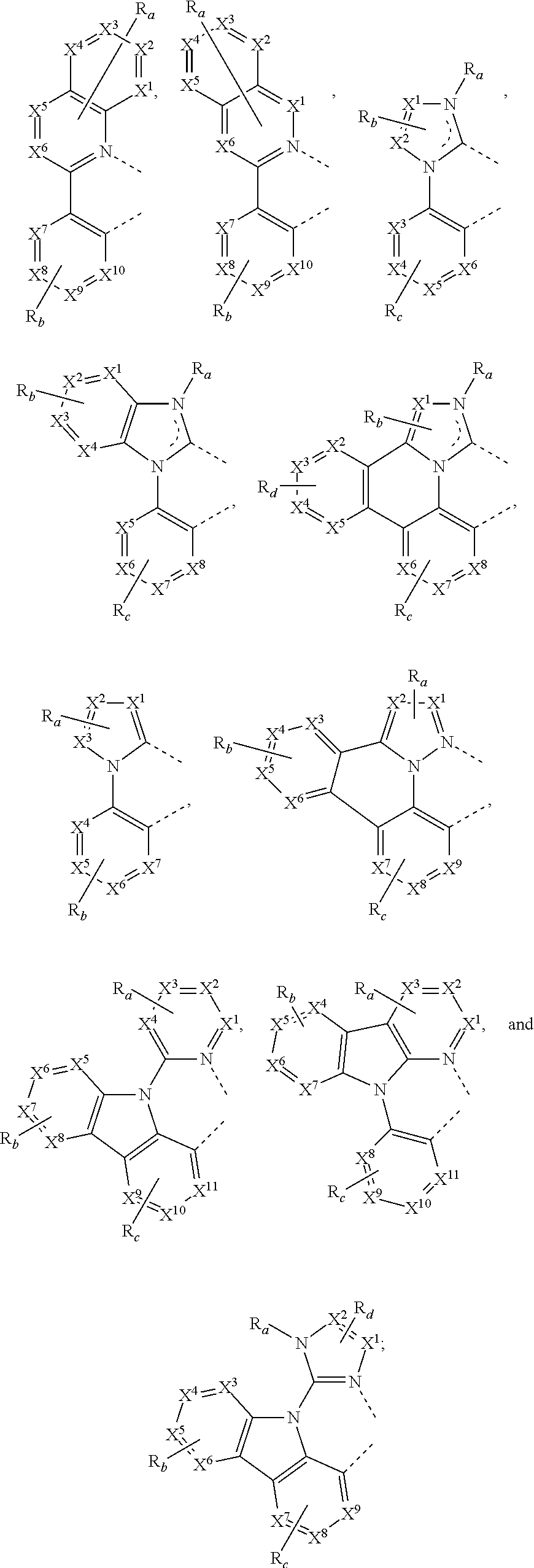
C00061

C00062

C00063
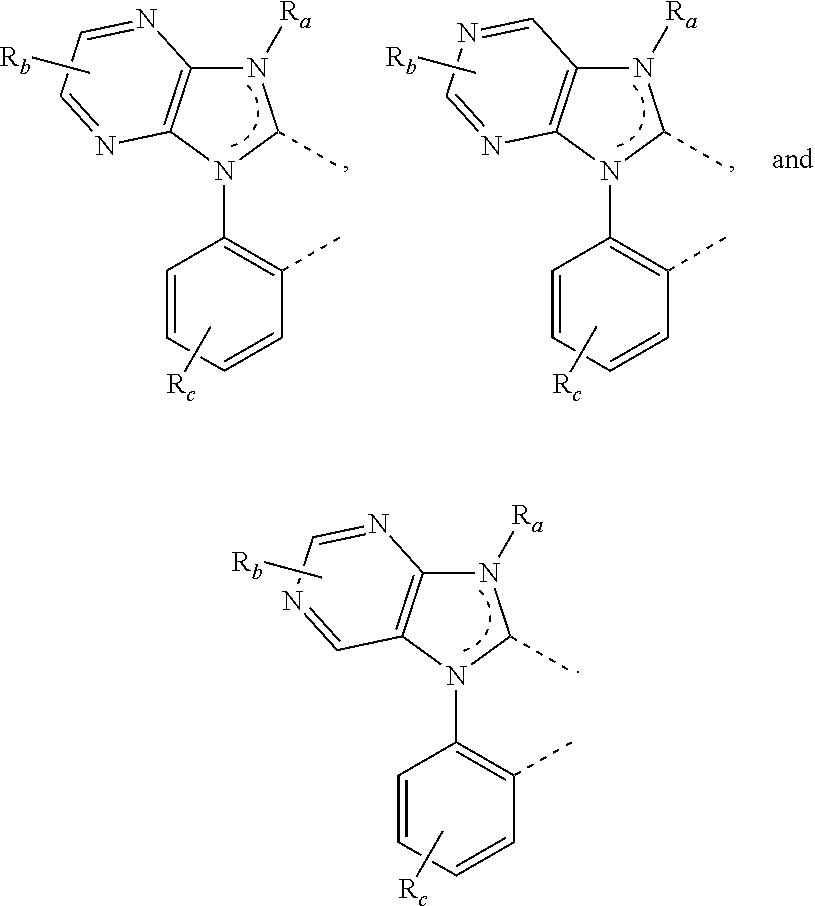
C00064

C00065

C00066

C00067

C00068

C00069

C00070

C00071

C00072

C00073

C00074
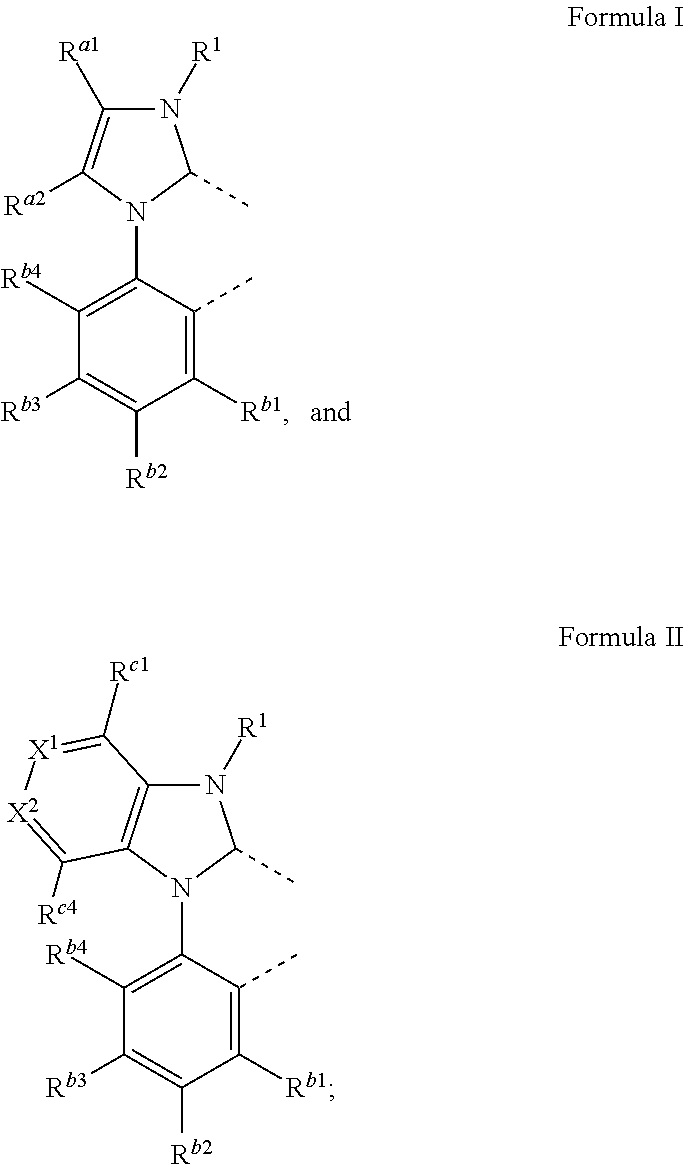
C00075
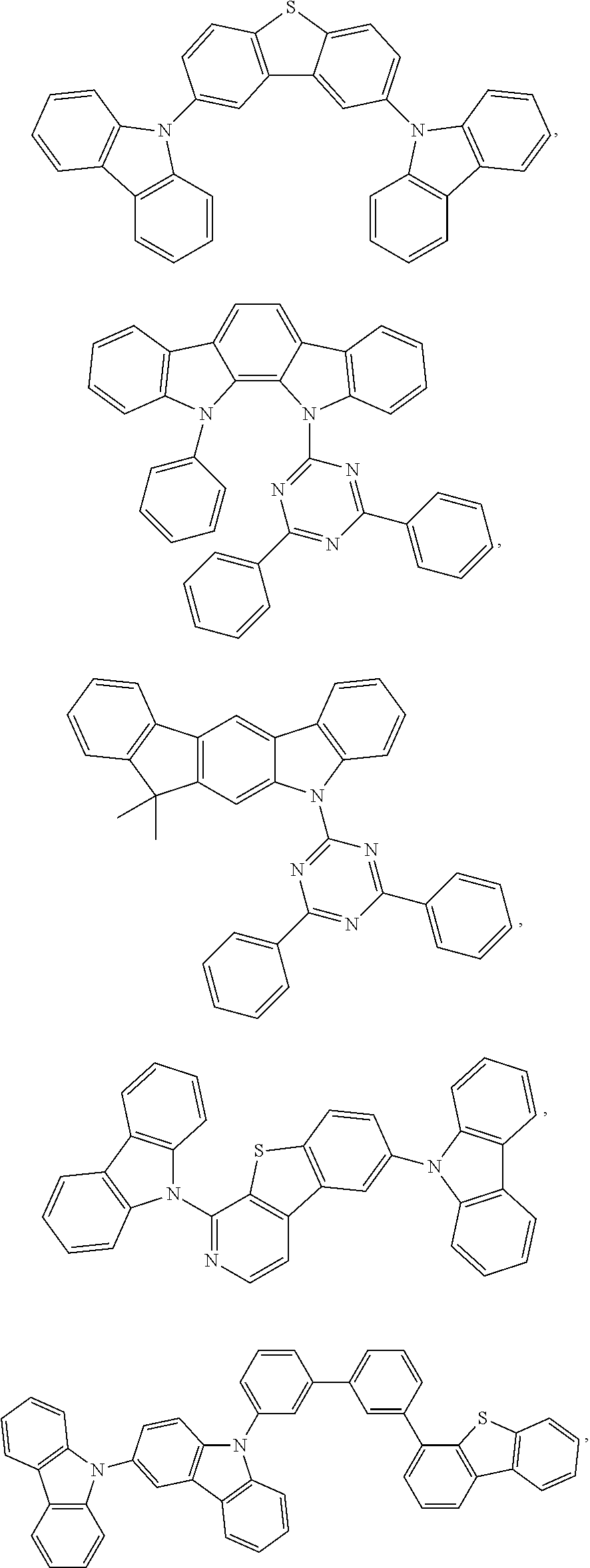
C00076
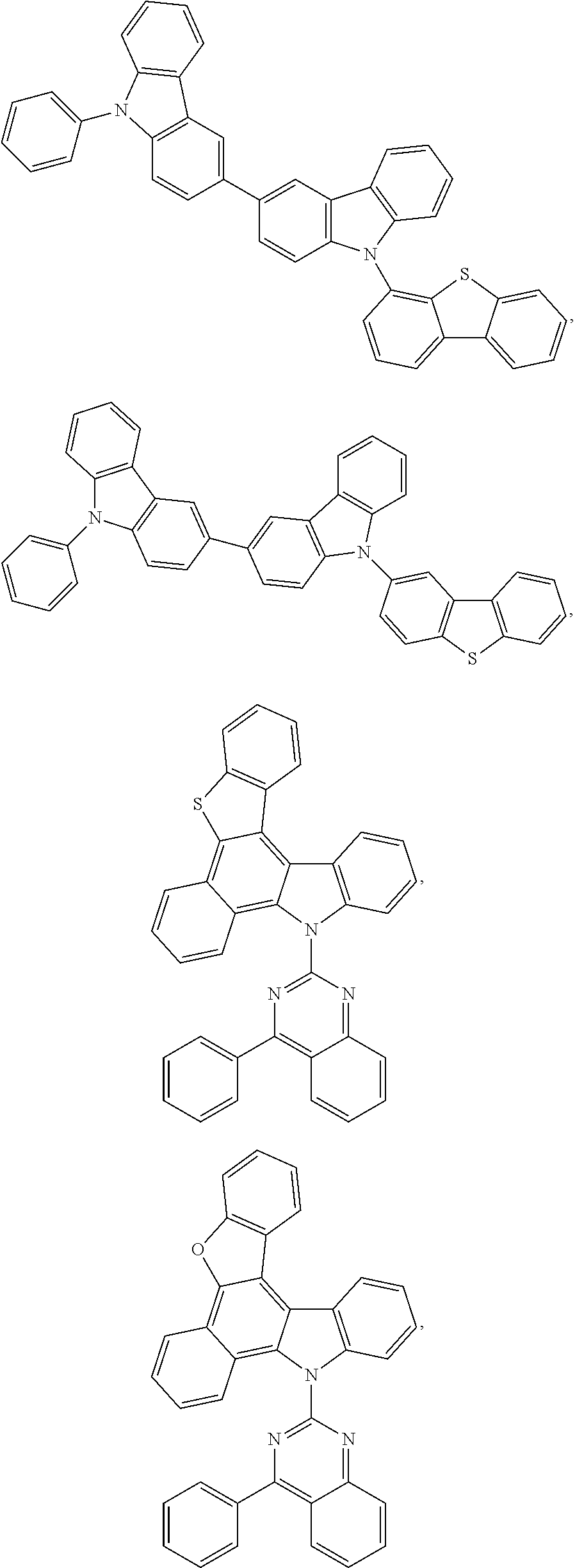
C00077

C00078

C00079

C00080
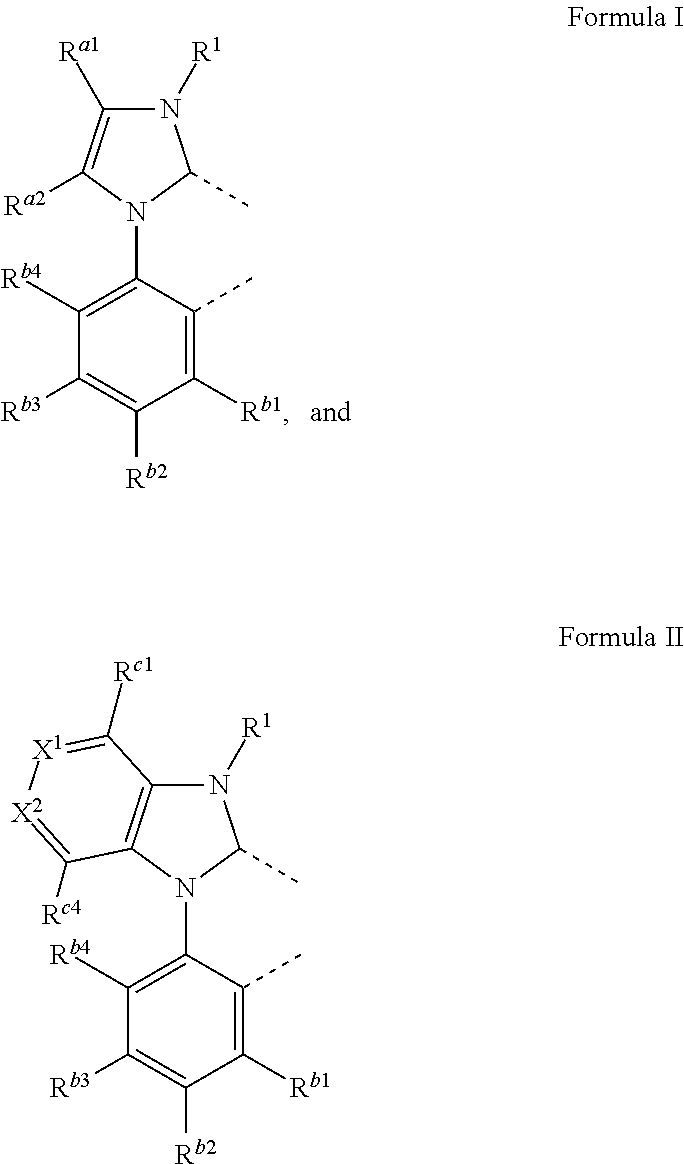
C00081
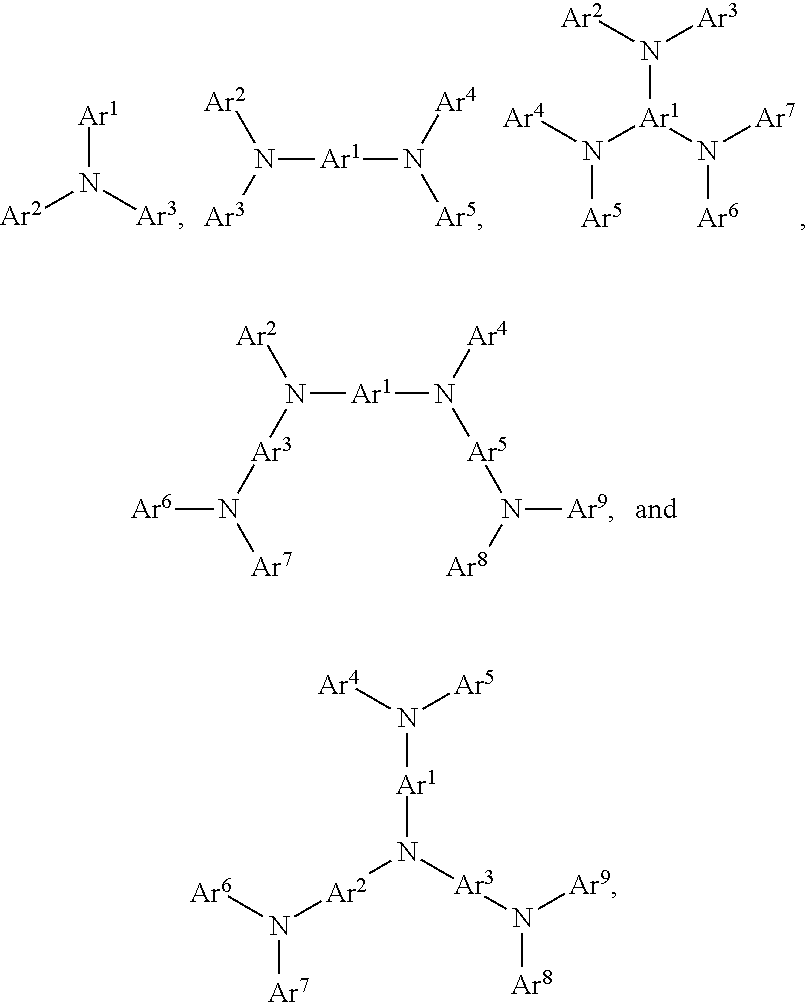
C00082

C00083
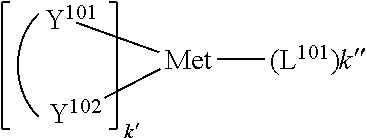
C00084
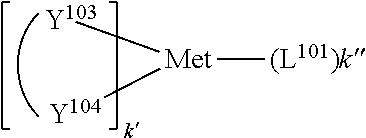
C00085

C00086

C00087
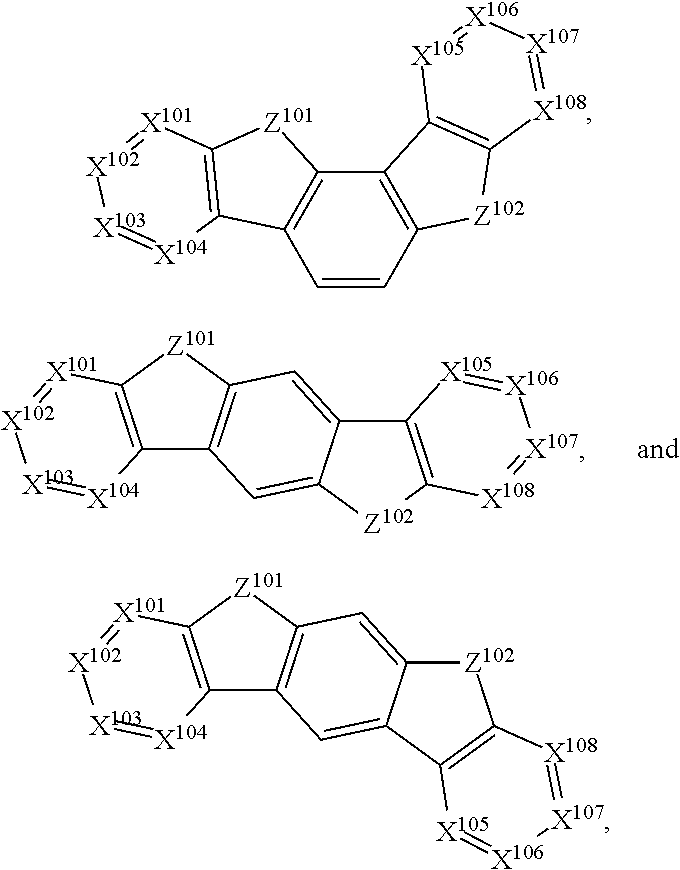
C00088
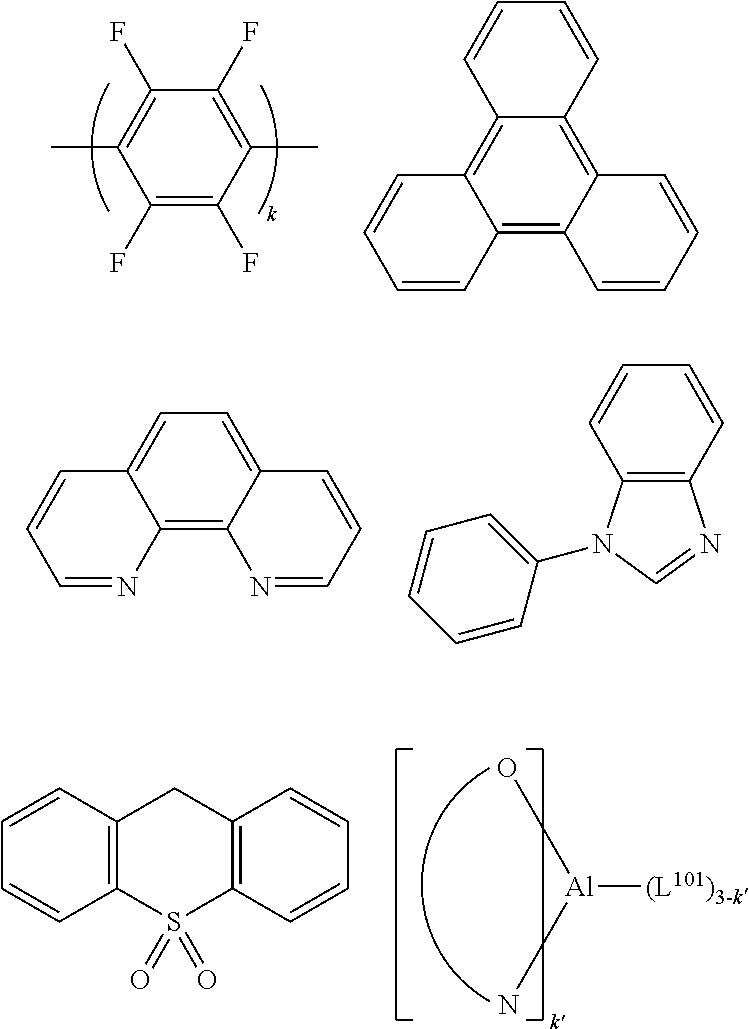
C00089
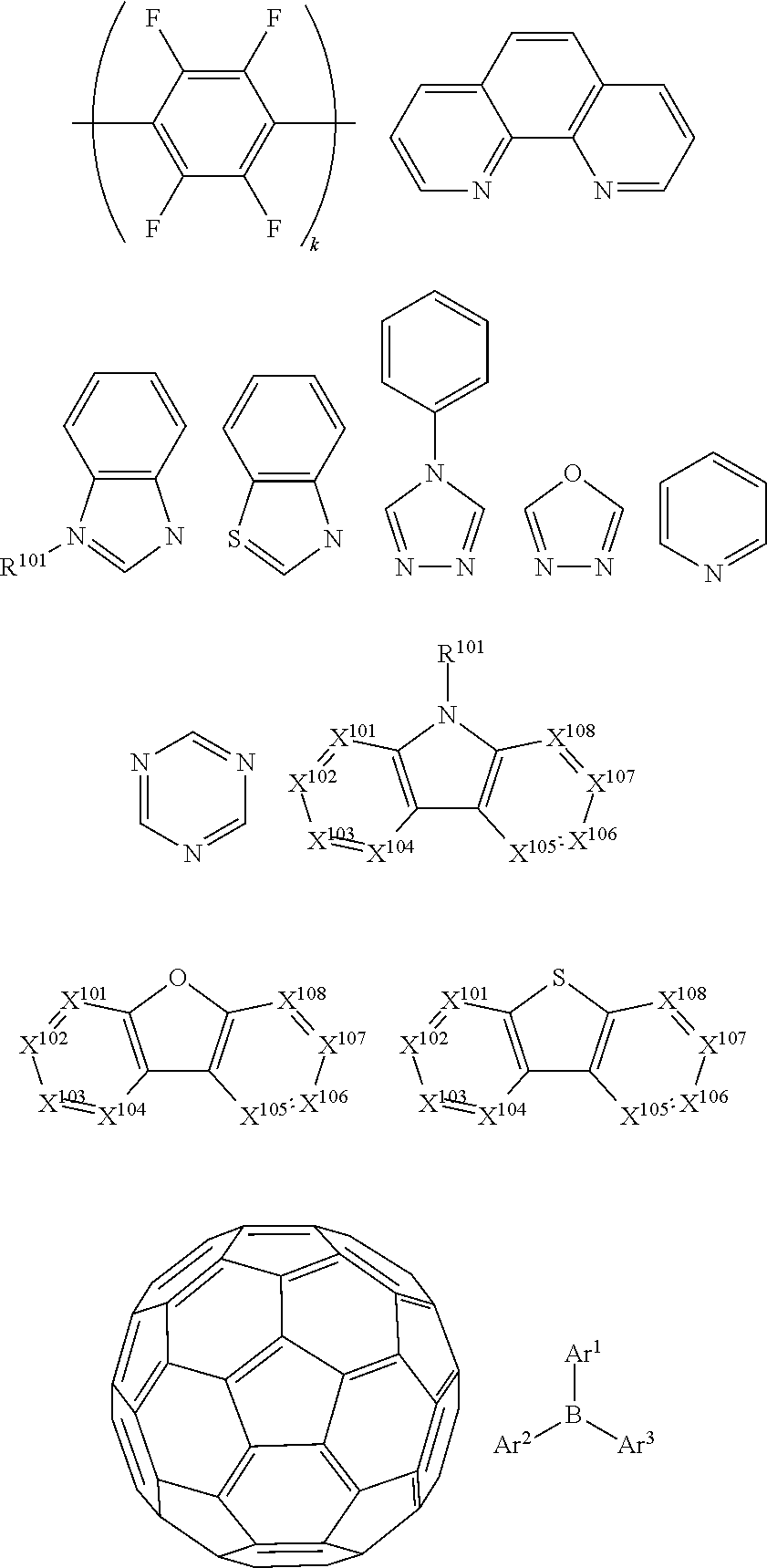
C00090
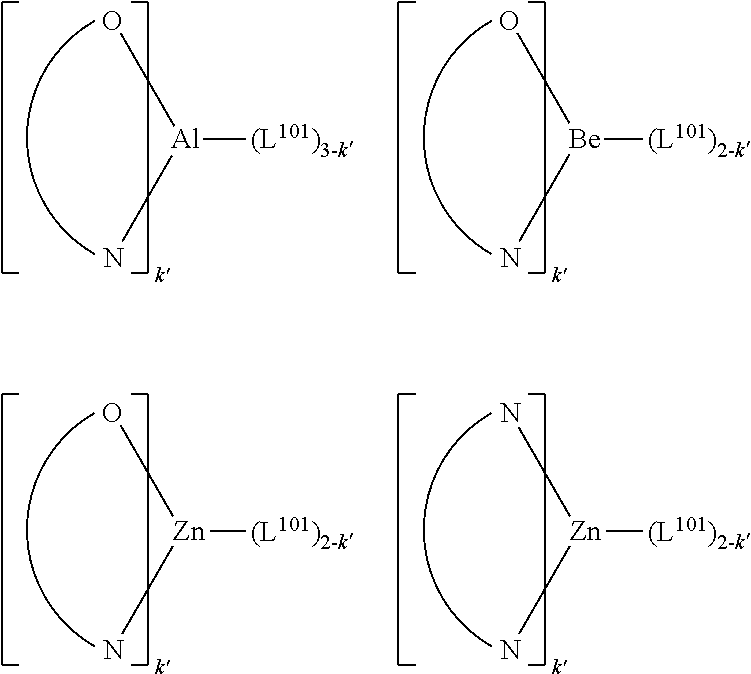
C00091
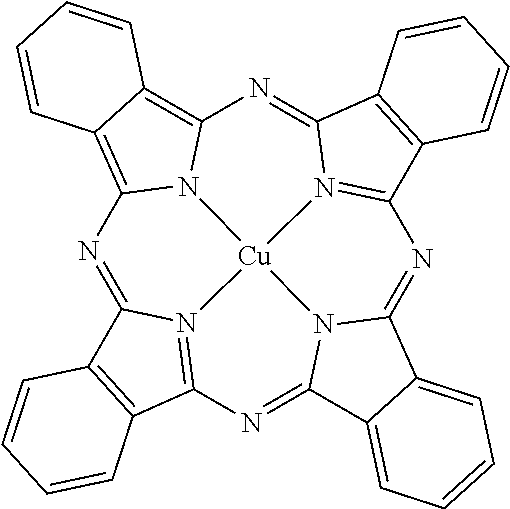
C00092
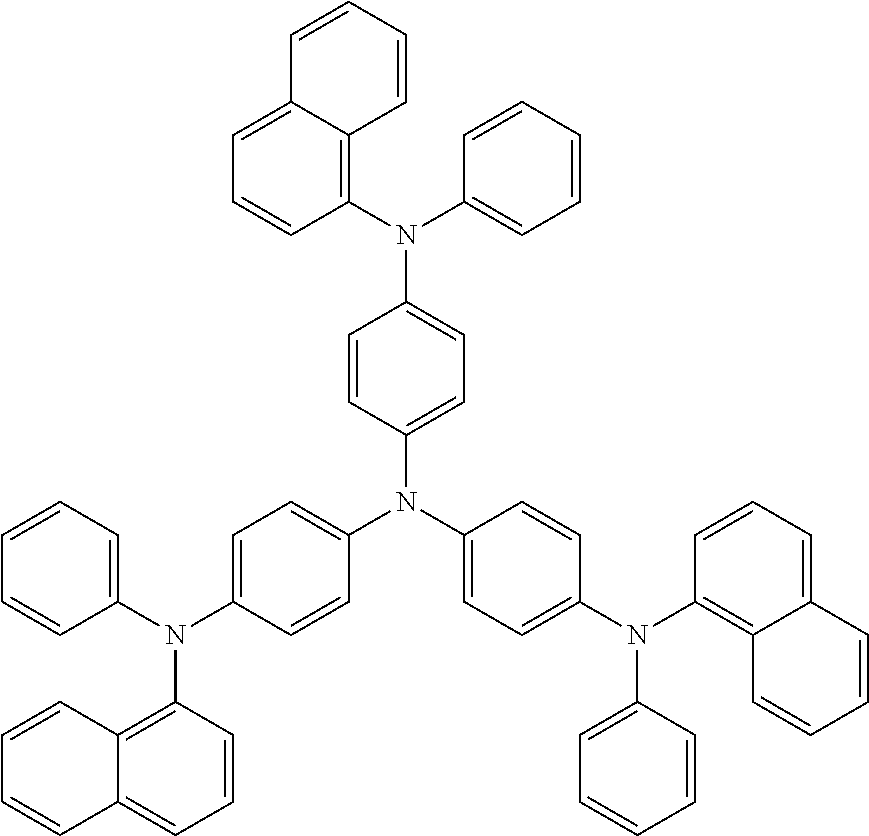
C00093

C00094

C00095
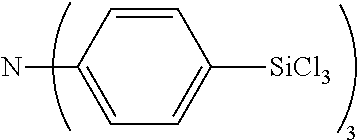
C00096
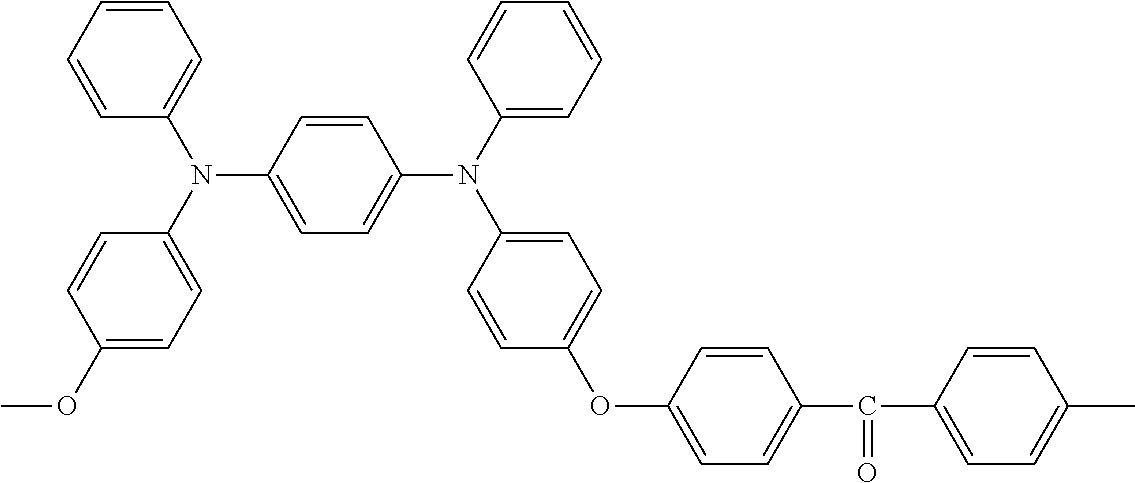
C00097
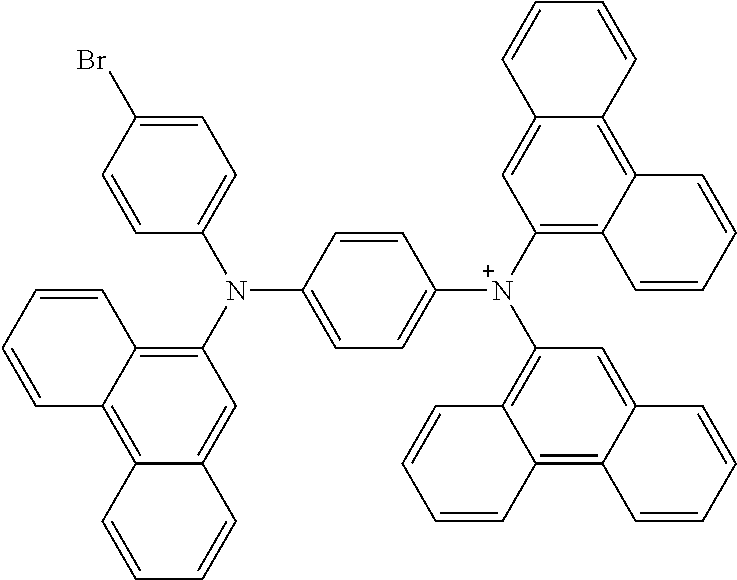
C00098
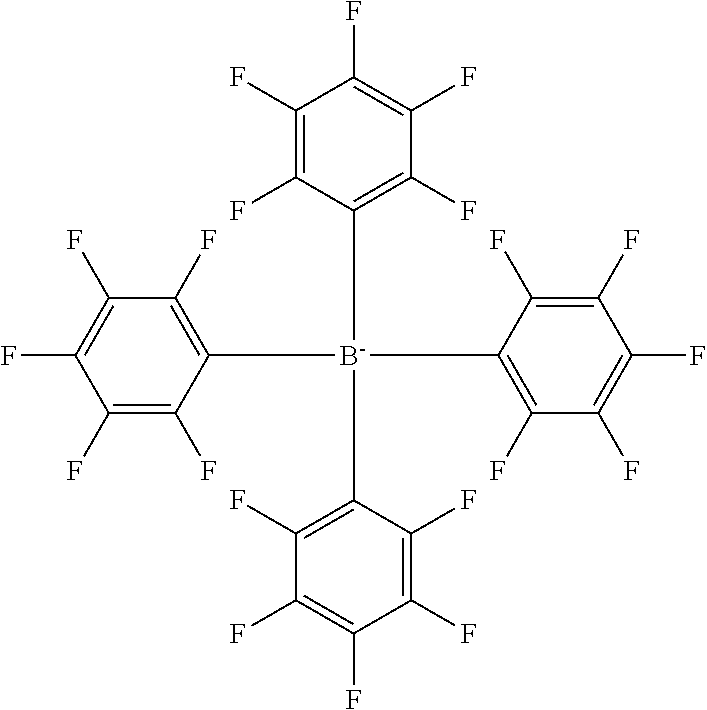
C00099

C00100
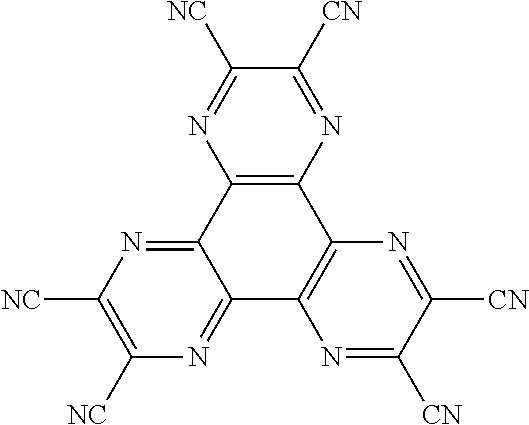
C00101
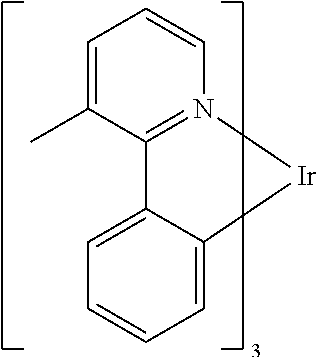
C00102
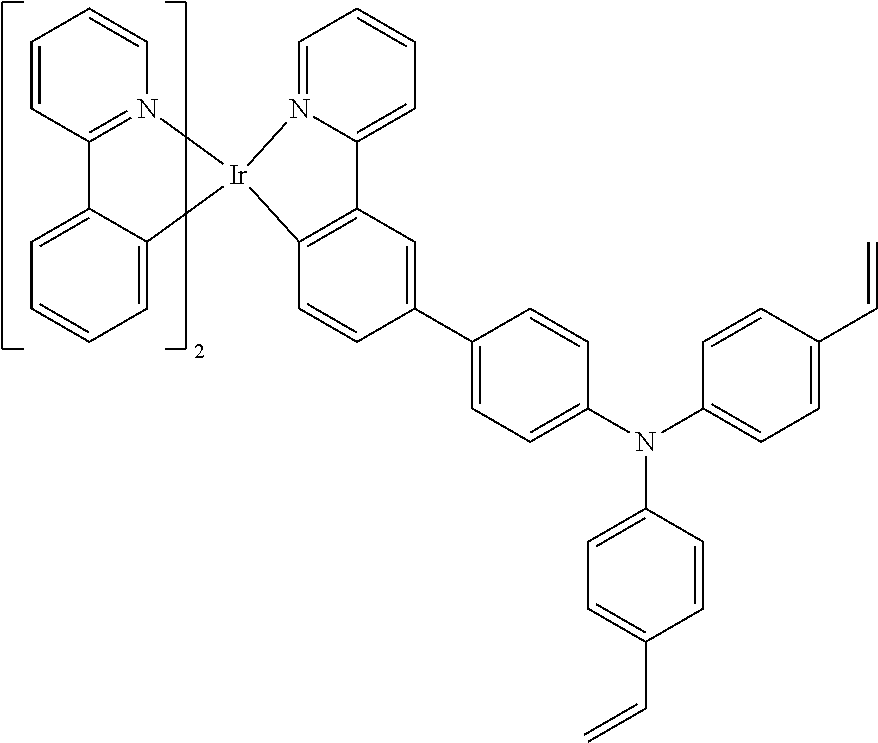
C00103
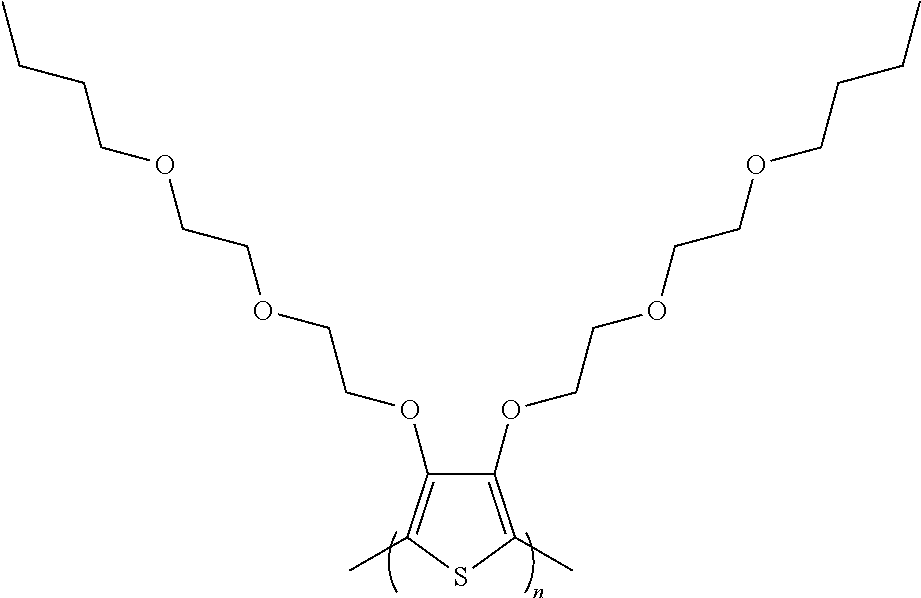
C00104
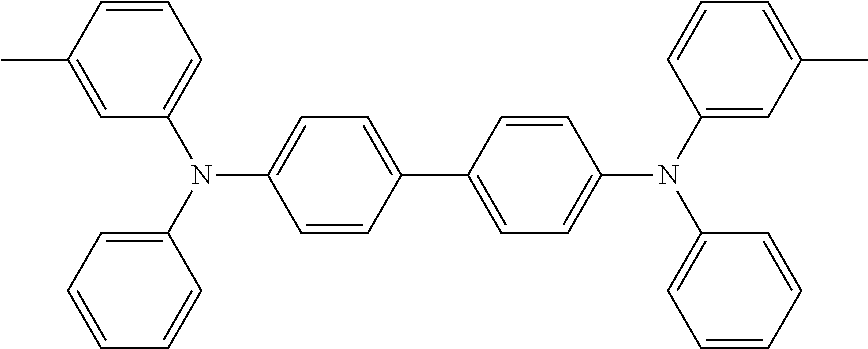
C00105
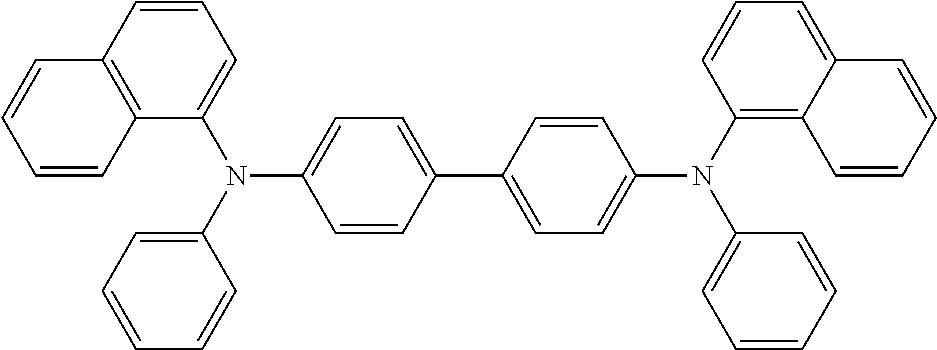
C00106
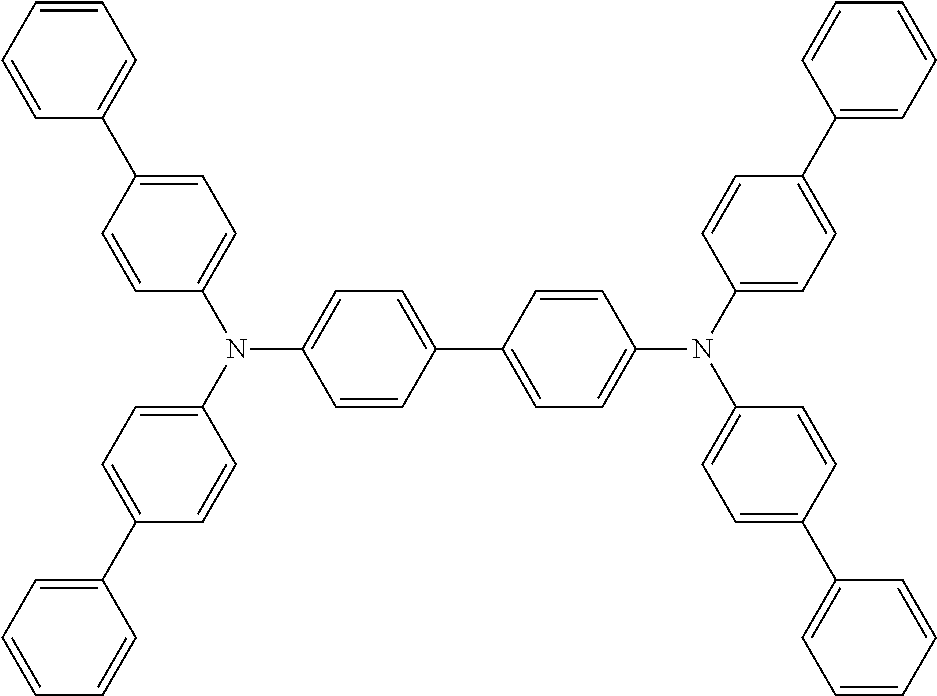
C00107

C00108

C00109

C00110

C00111
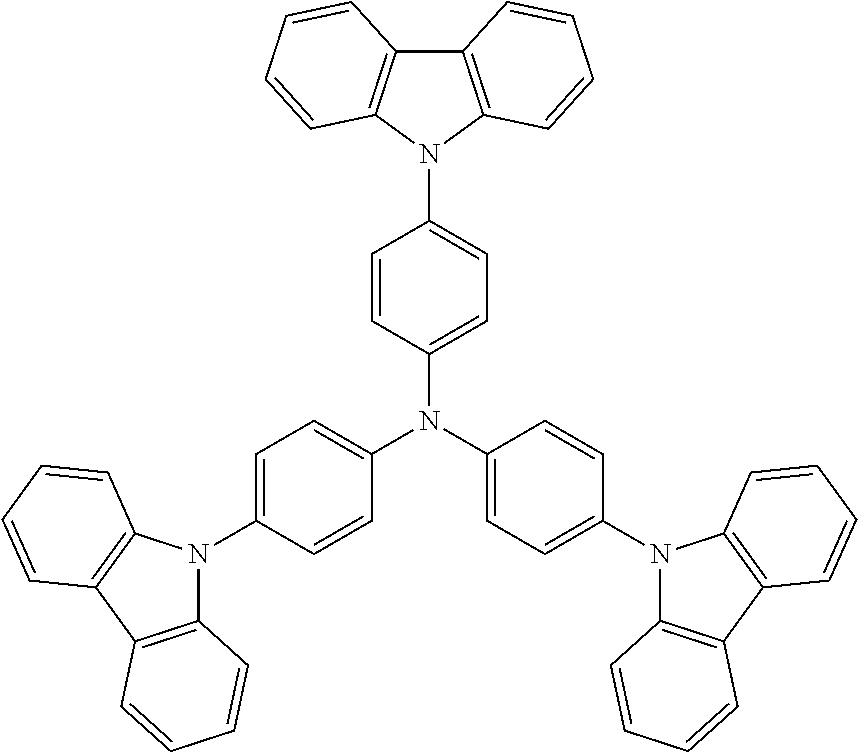
C00112

C00113
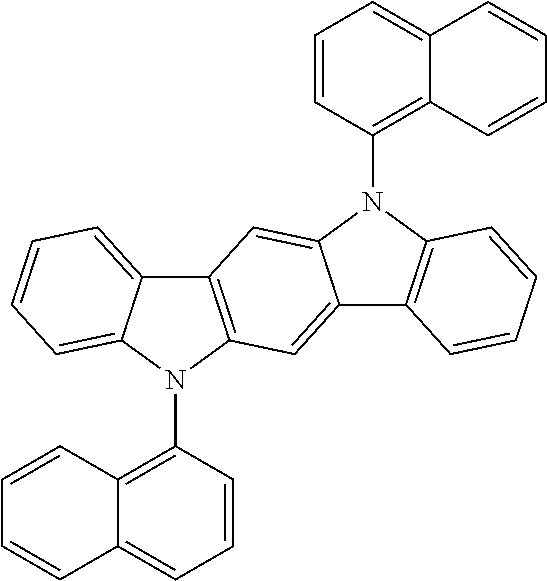
C00114
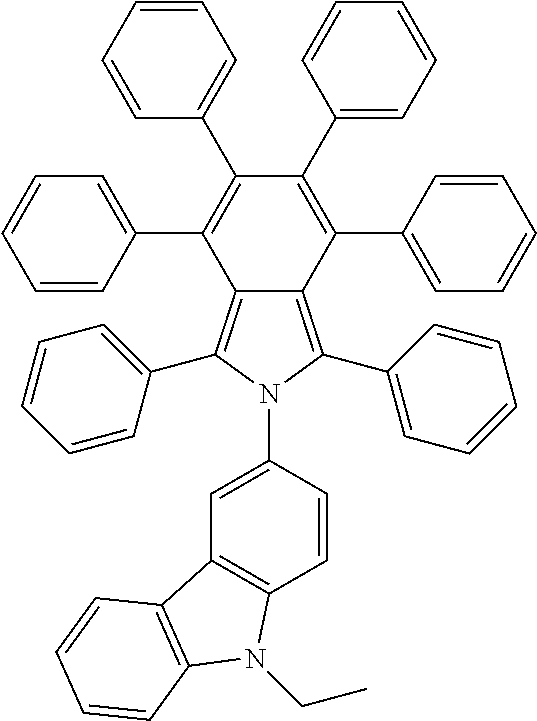
C00115
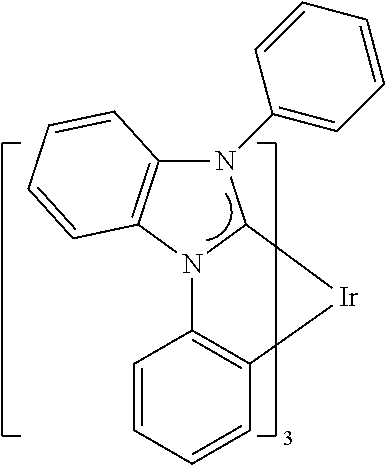
C00116

C00117
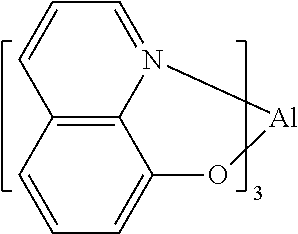
C00118

C00119

C00120
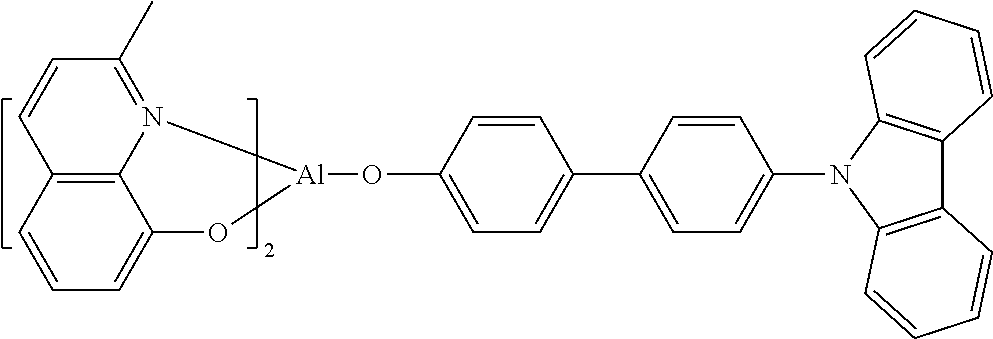
C00121
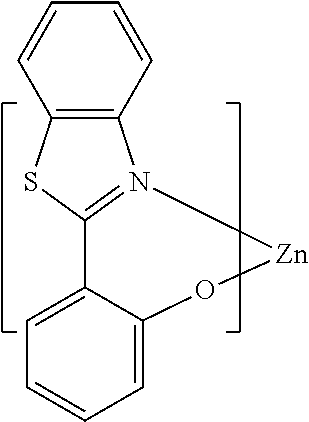
C00122
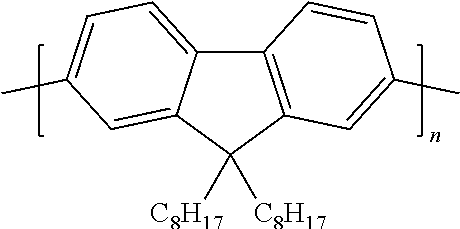
C00123
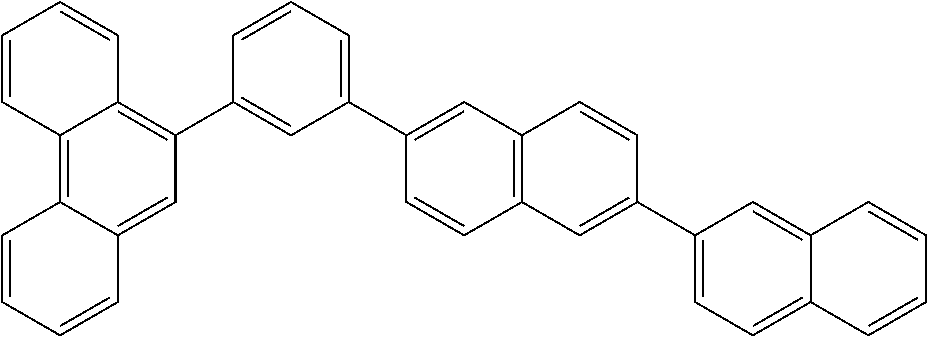
C00124
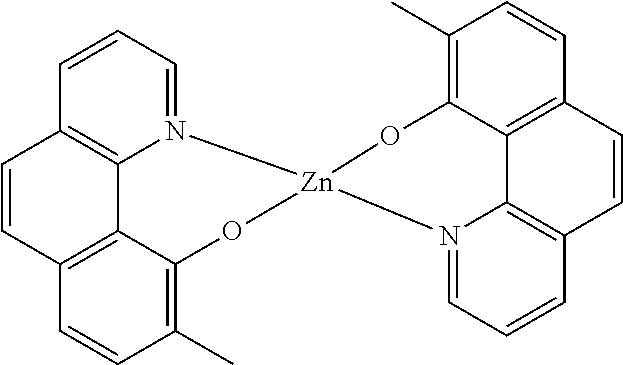
C00125

C00126
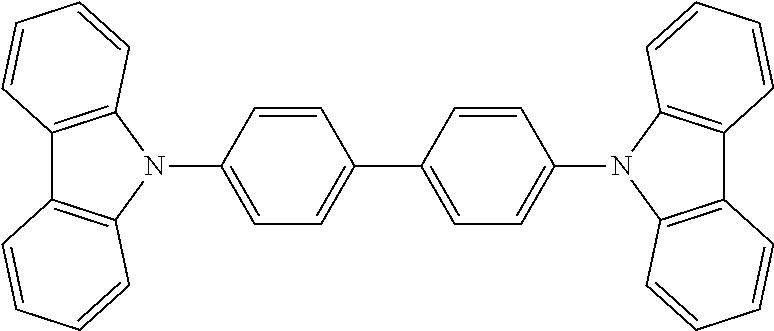
C00127
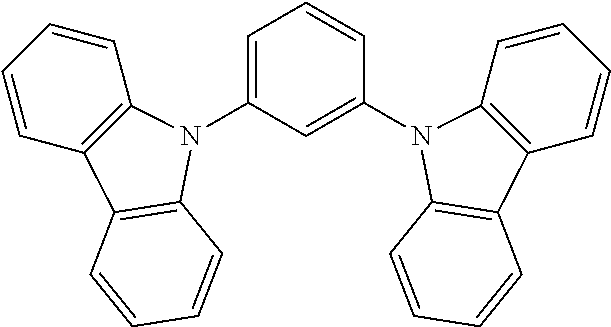
C00128
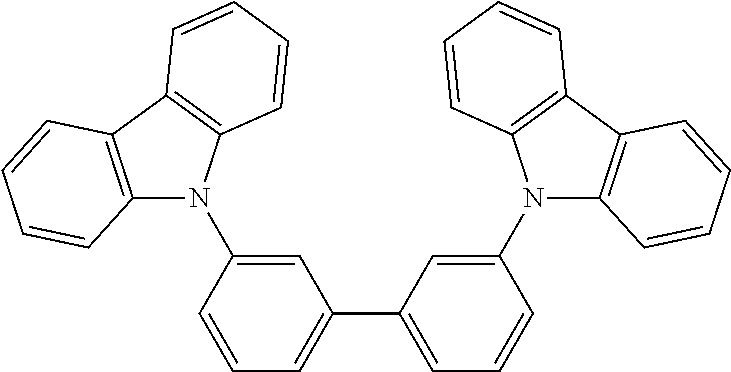
C00129
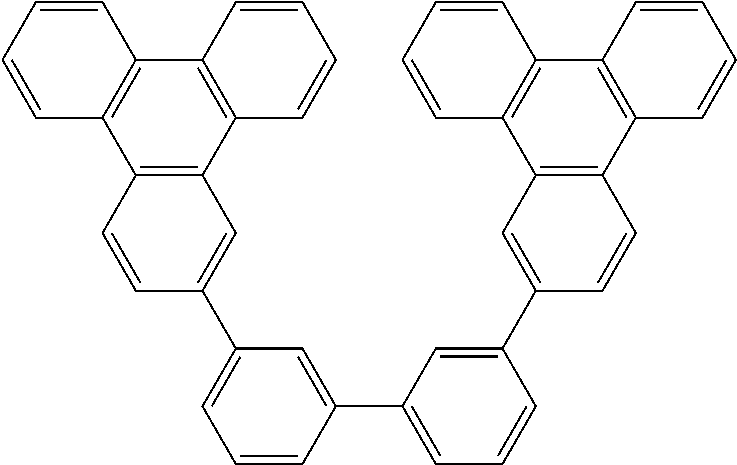
C00130
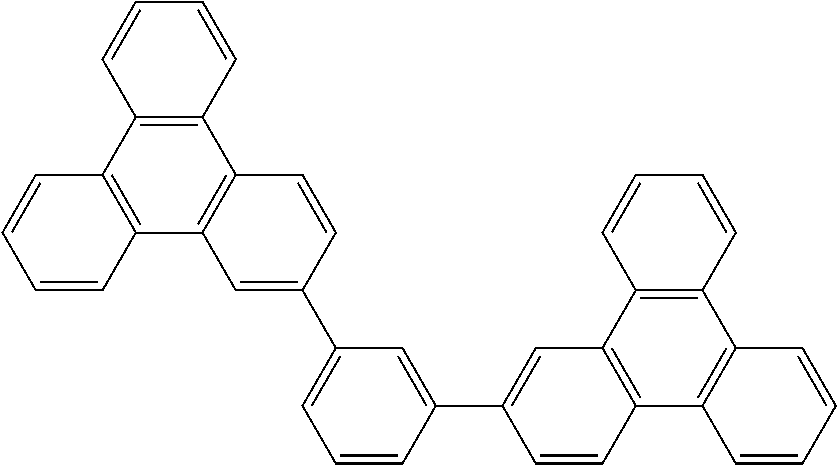
C00131
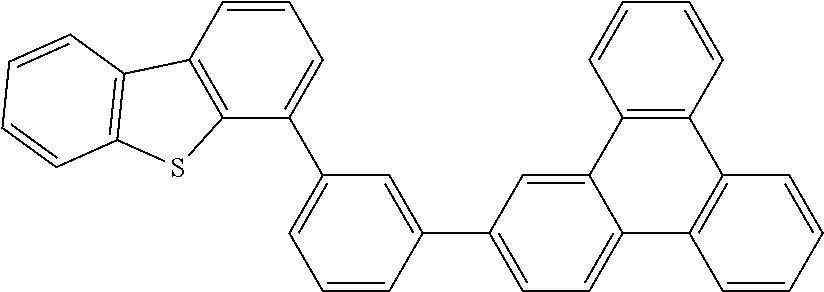
C00132

C00133
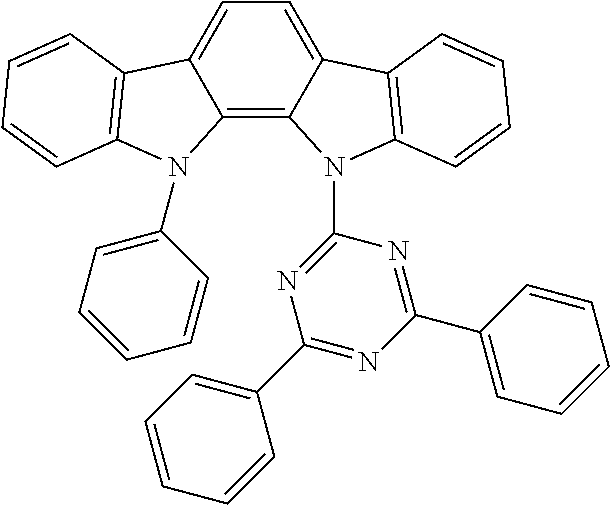
C00134
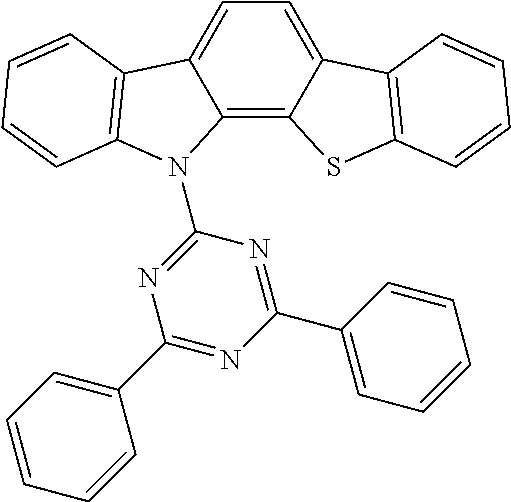
C00135

C00136

C00137
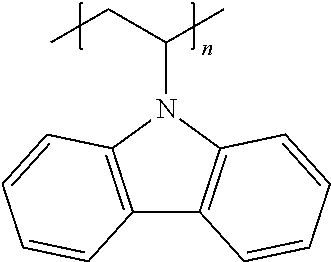
C00138
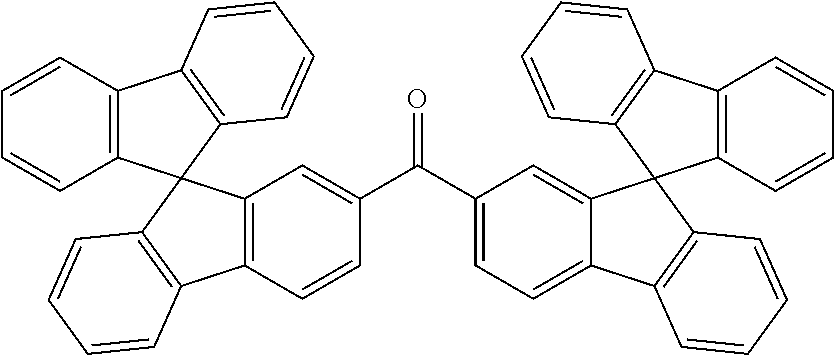
C00139
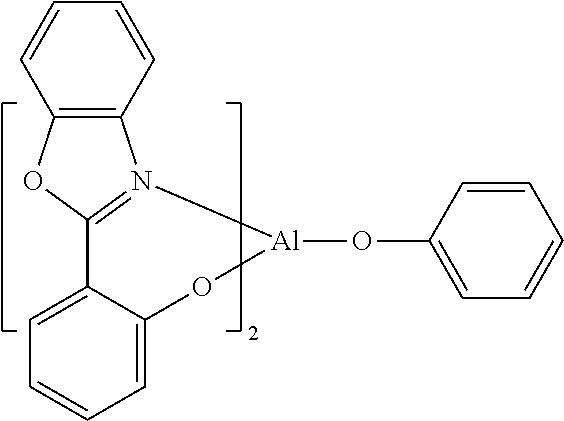
C00140
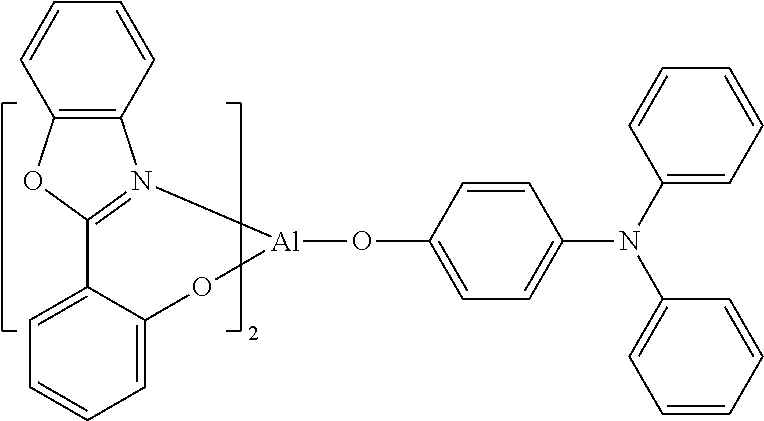
C00141
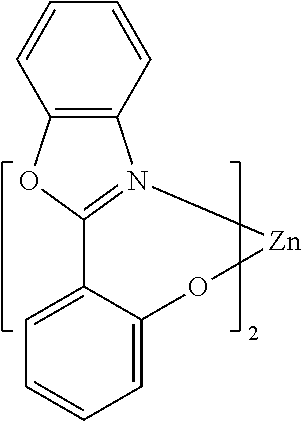
C00142
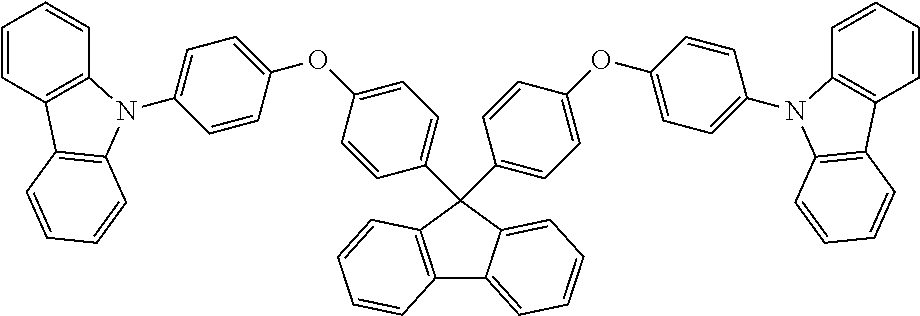
C00143
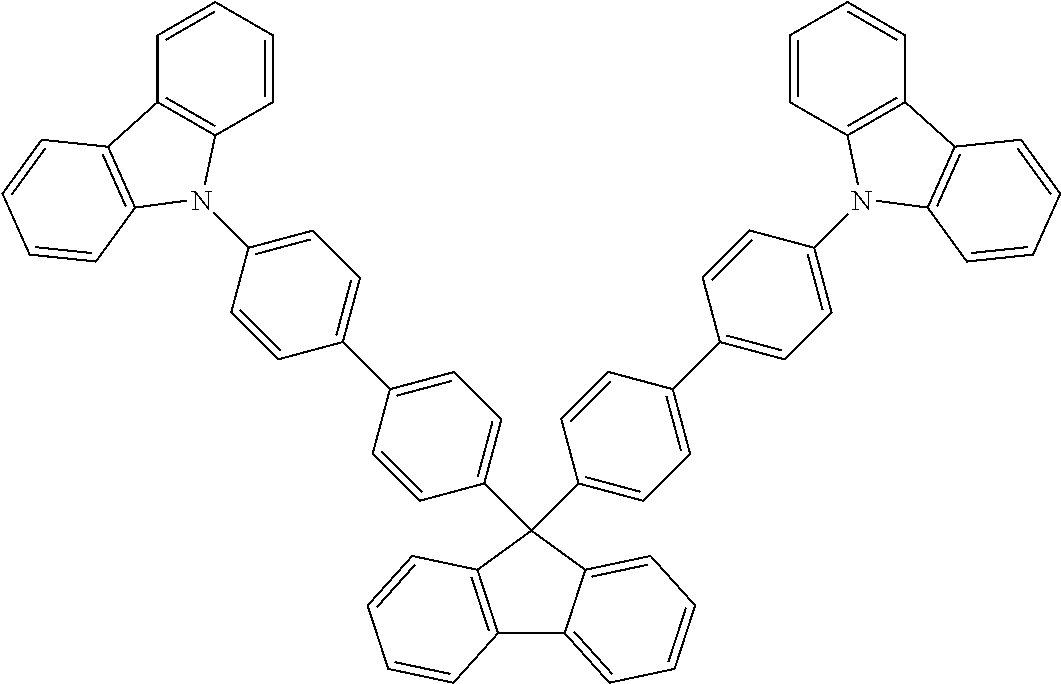
C00144
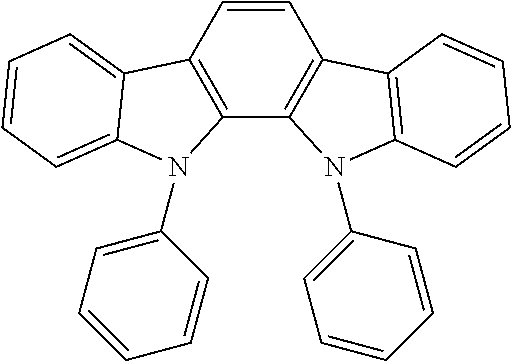
C00145
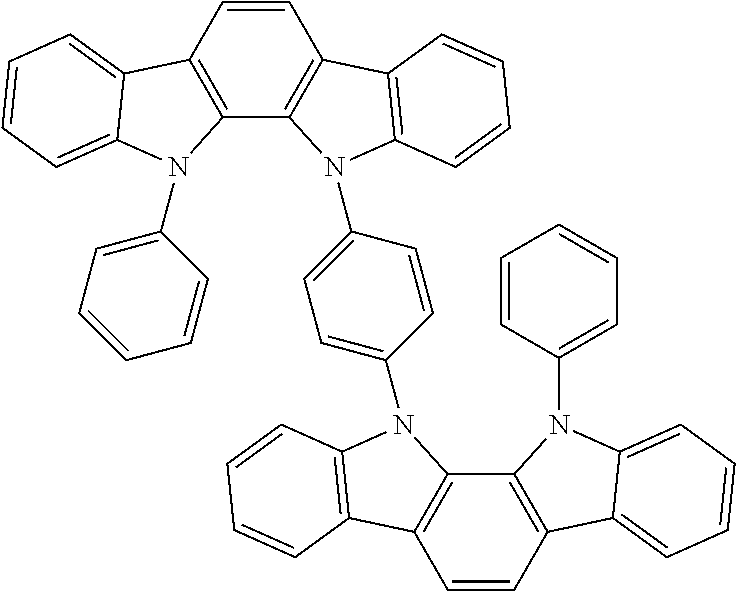
C00146

C00147

C00148
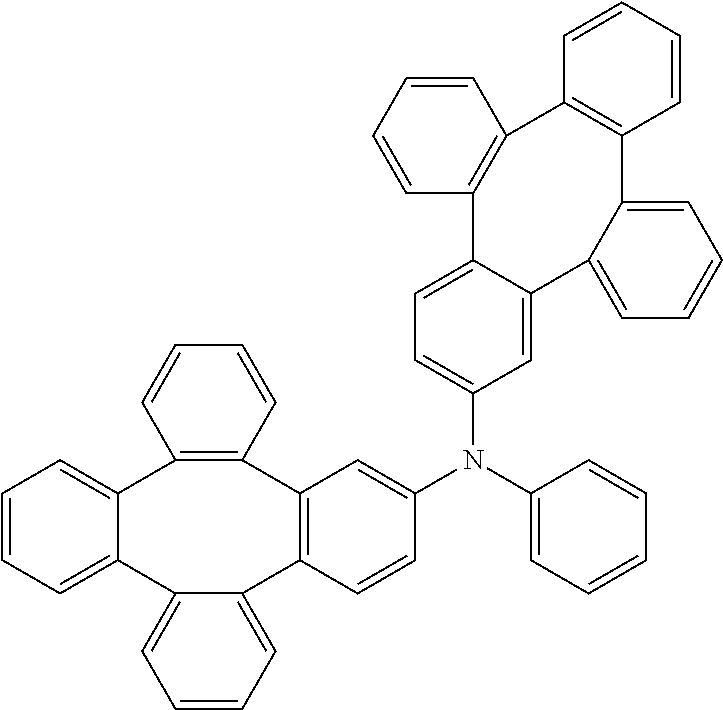
C00149
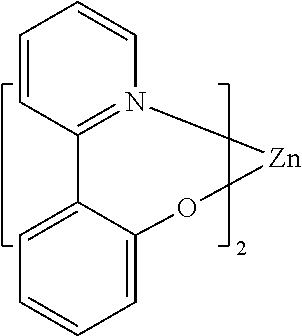
C00150
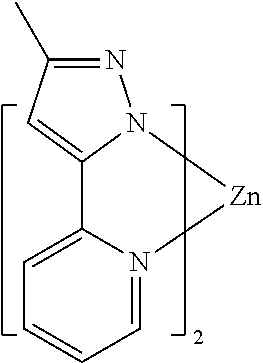
C00151
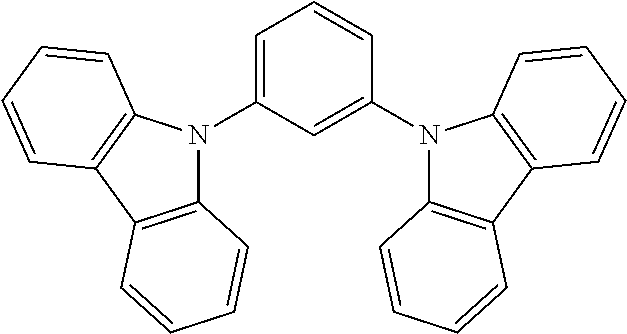
C00152
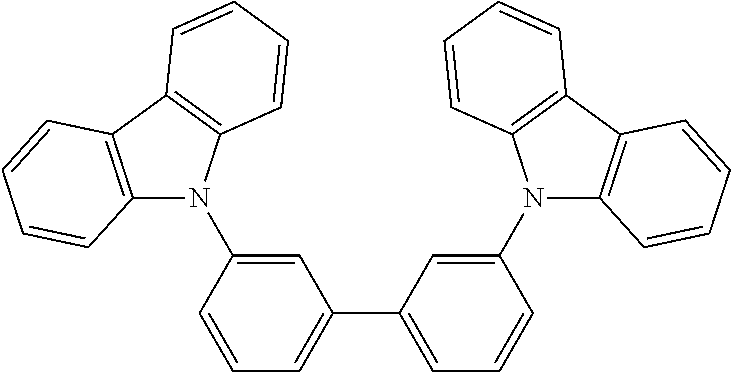
C00153
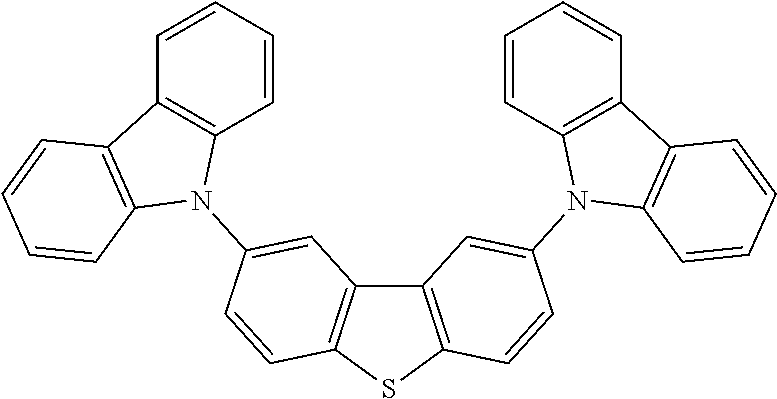
C00154
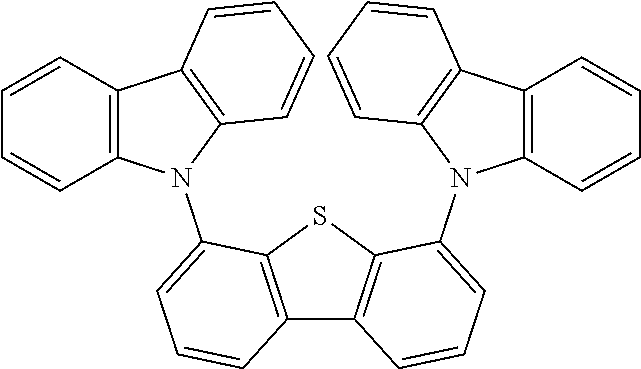
C00155
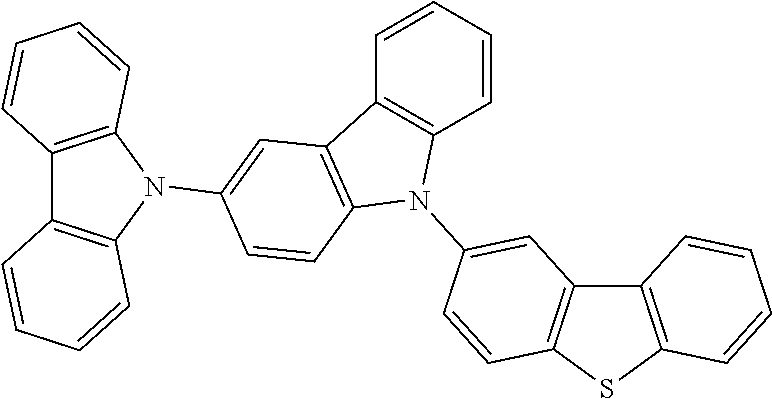
C00156
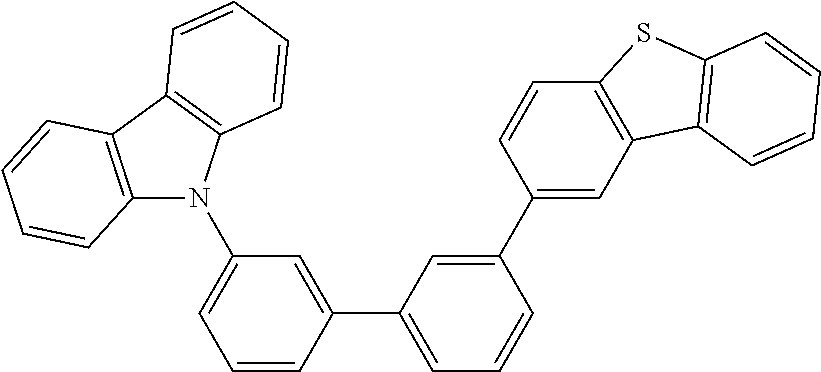
C00157
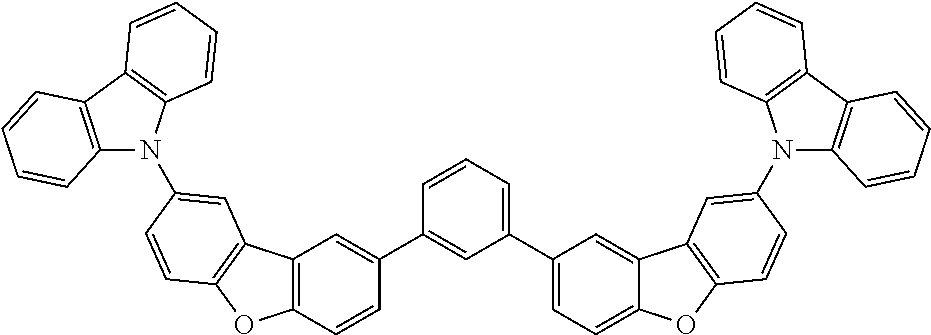
C00158
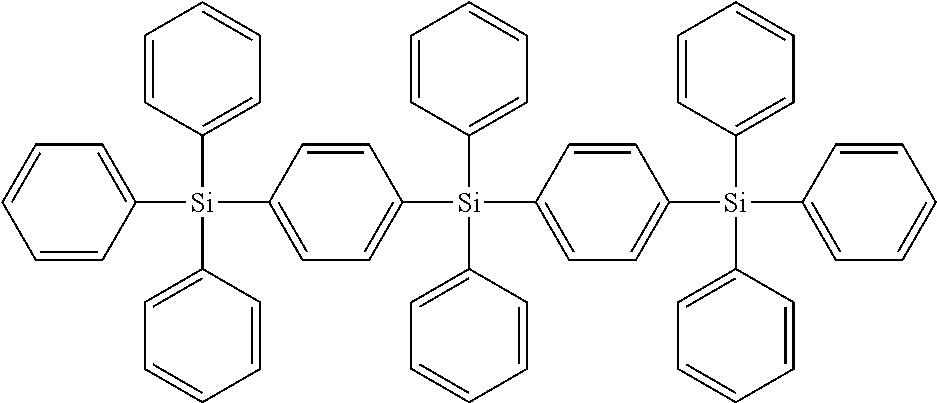
C00159
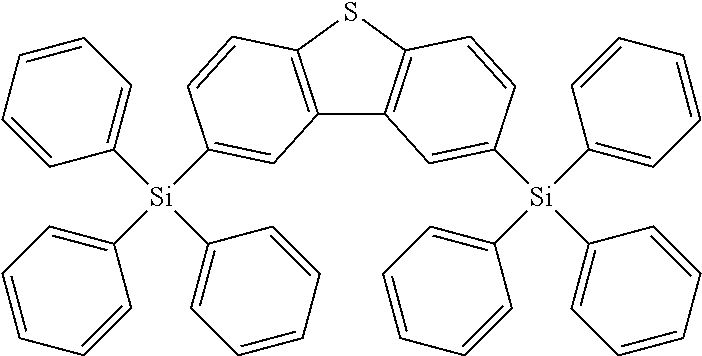
C00160
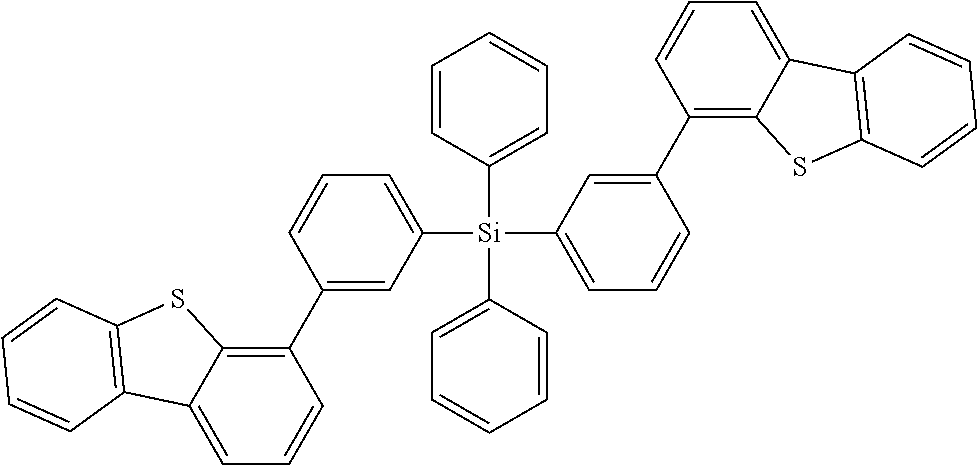
C00161

C00162
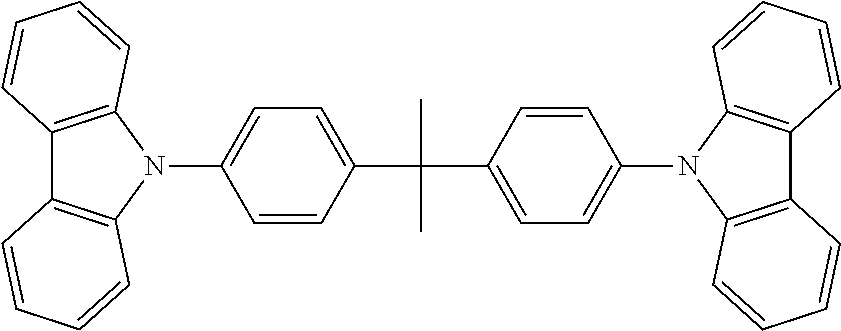
C00163

C00164
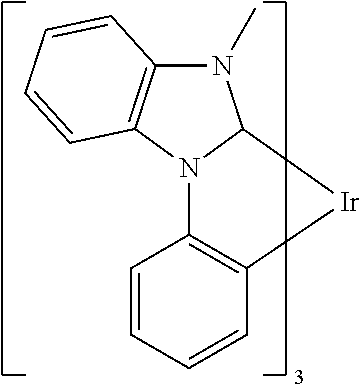
C00165
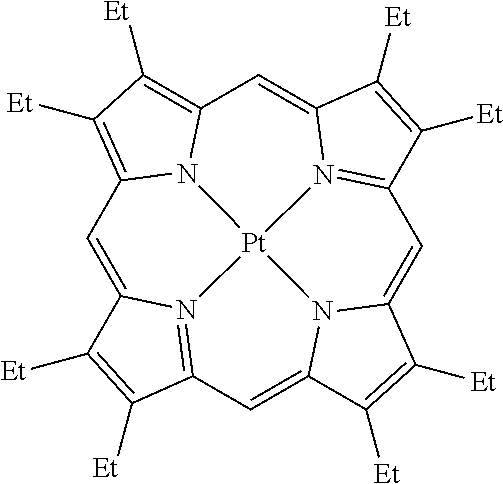
C00166

C00167
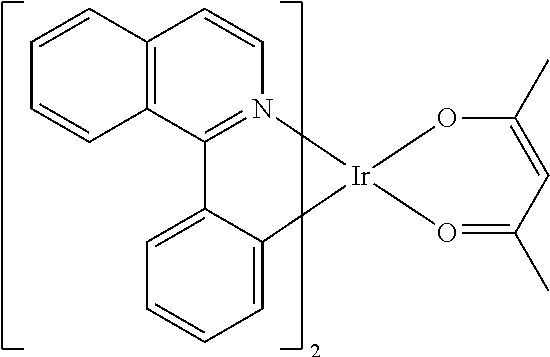
C00168
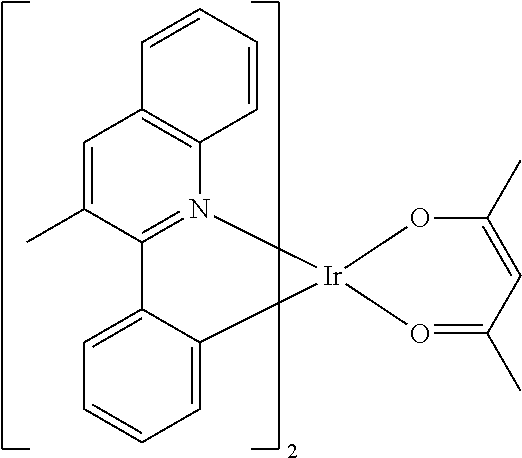
C00169
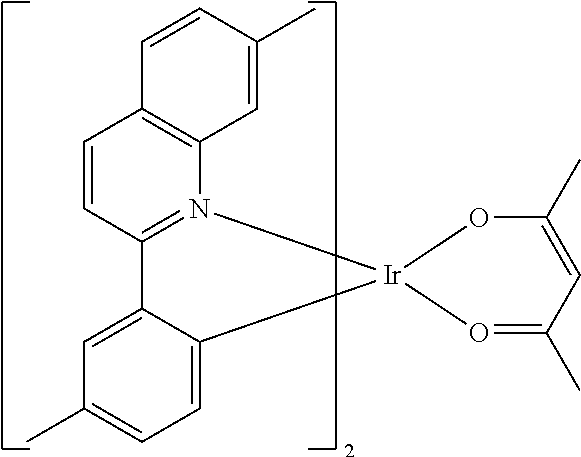
C00170
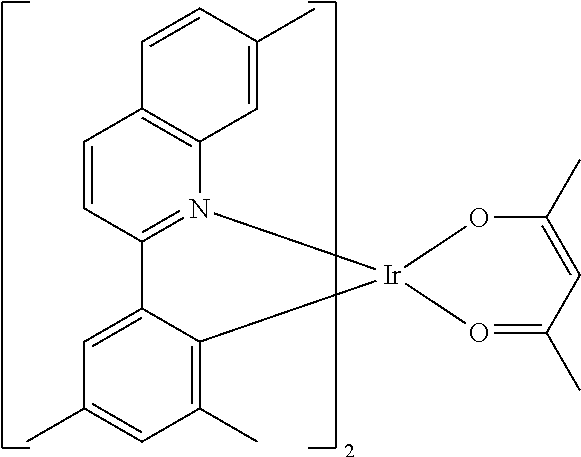
C00171

C00172
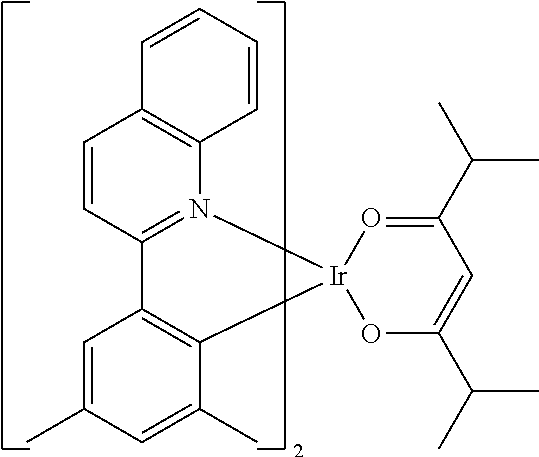
C00173
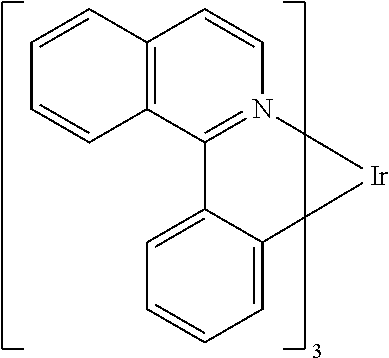
C00174
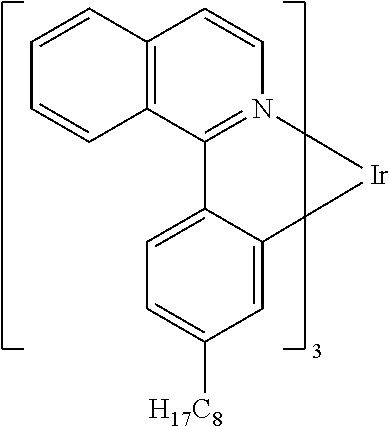
C00175
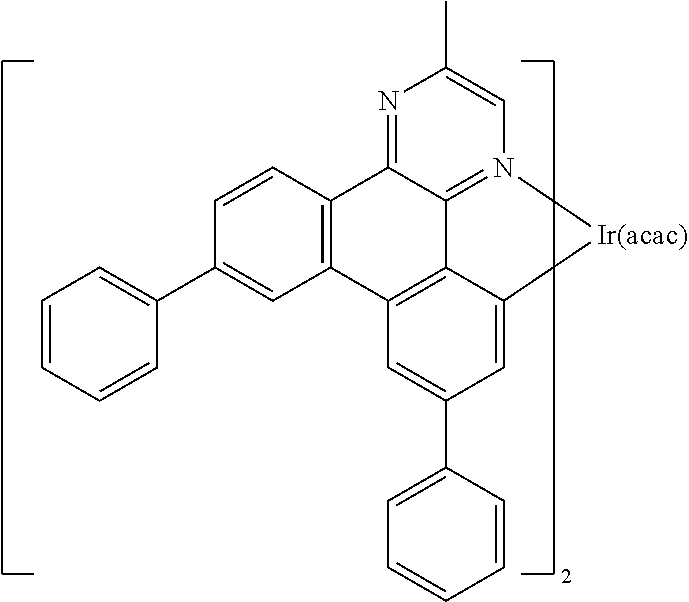
C00176
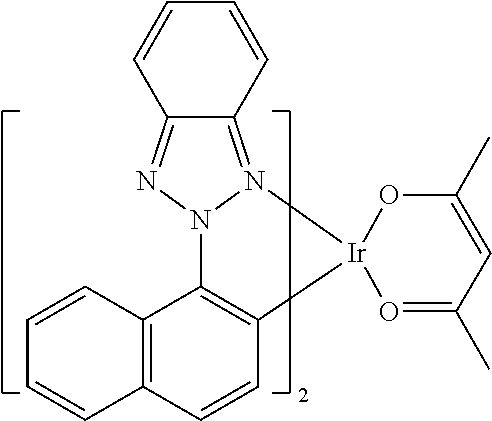
C00177
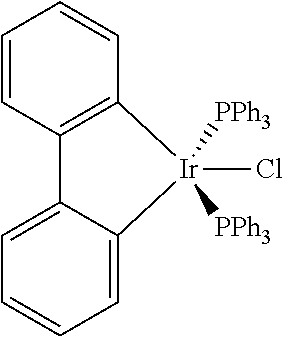
C00178
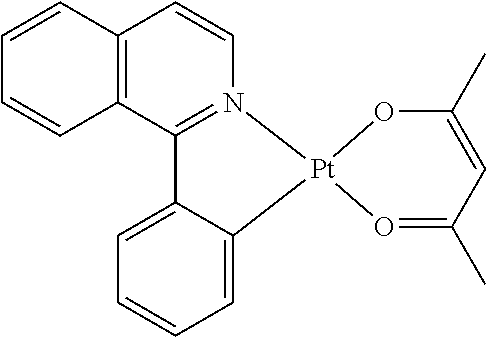
C00179
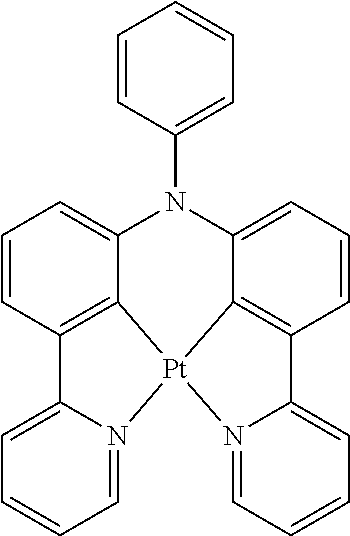
C00180
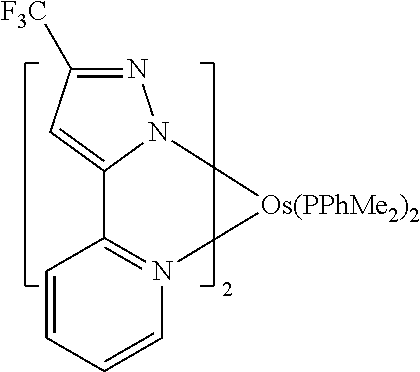
C00181
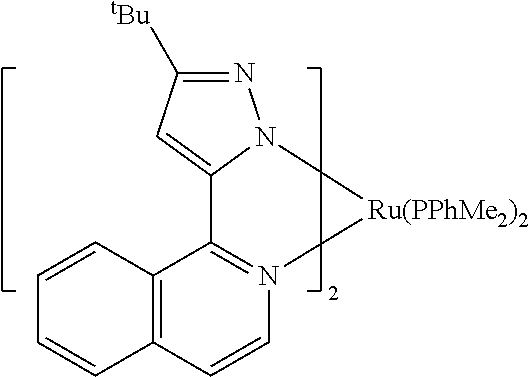
C00182
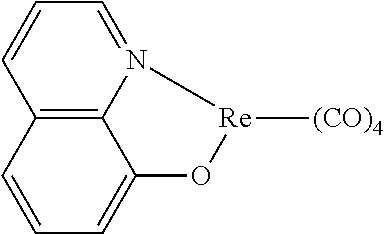
C00183
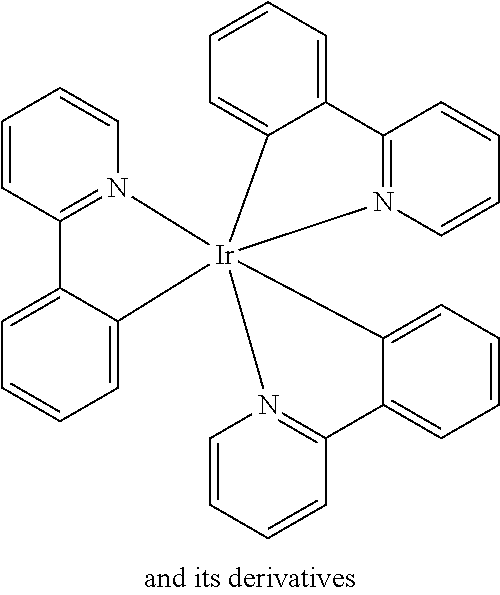
C00184
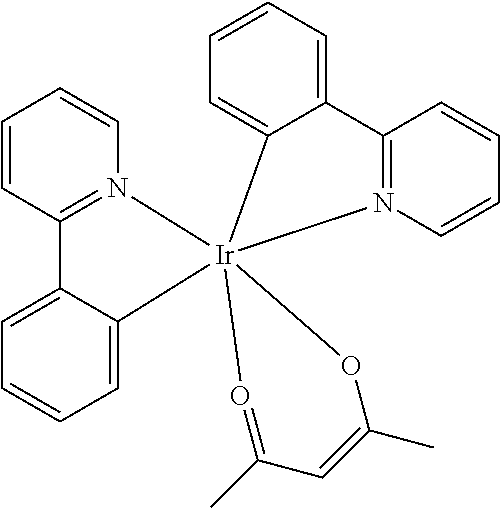
C00185
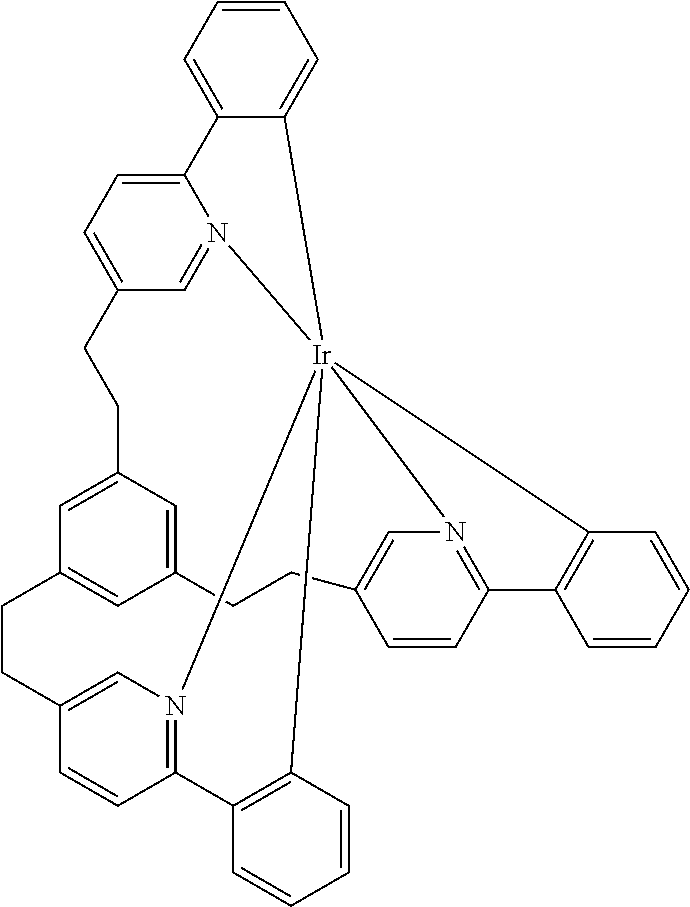
C00186
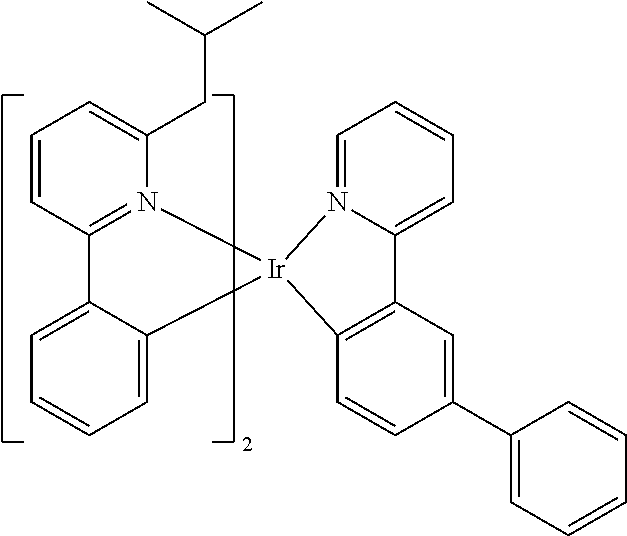
C00187
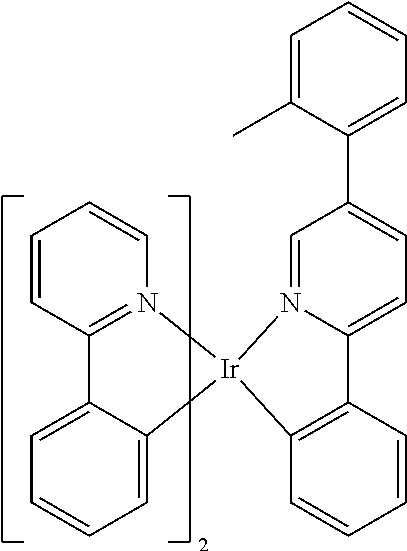
C00188
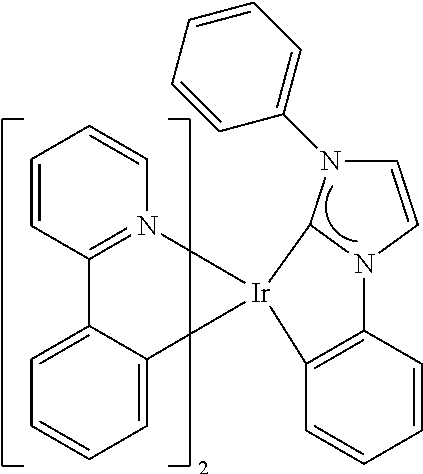
C00189

C00190
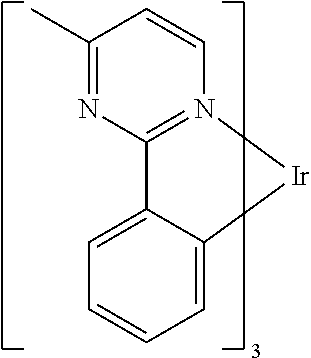
C00191
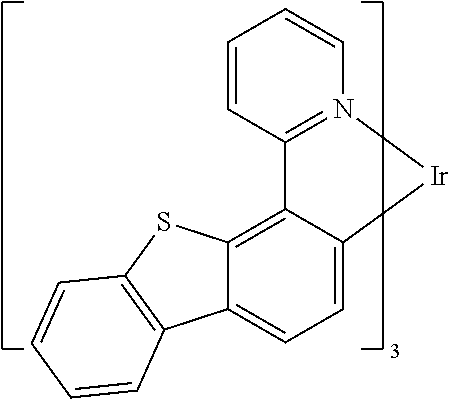
C00192
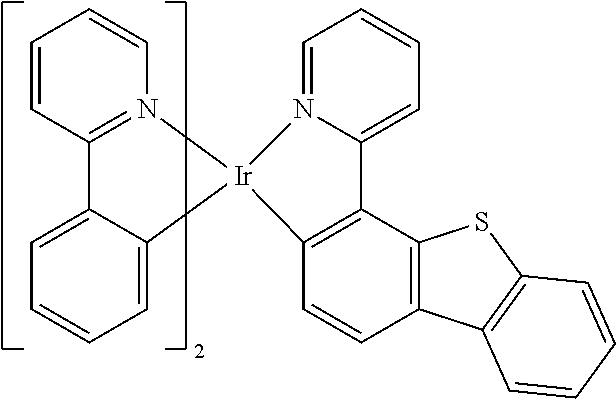
C00193
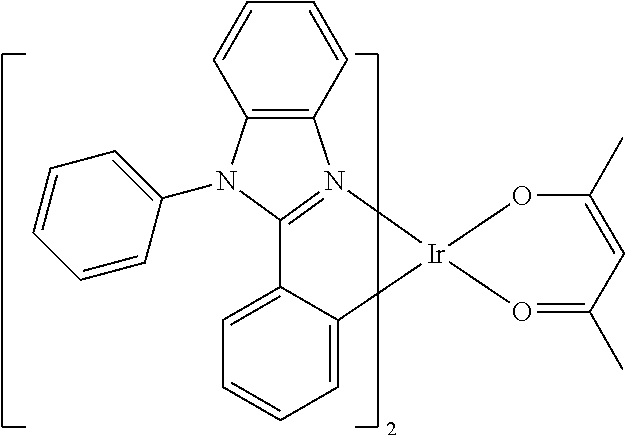
C00194
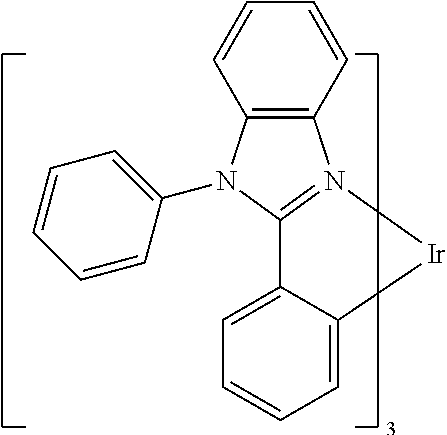
C00195
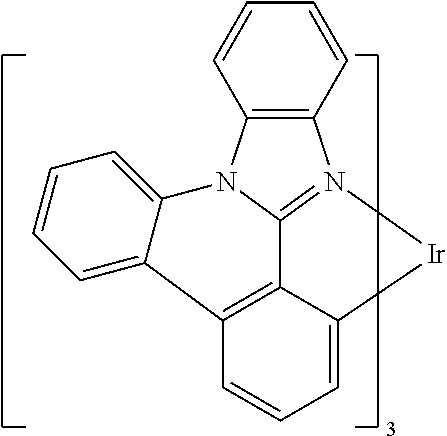
C00196
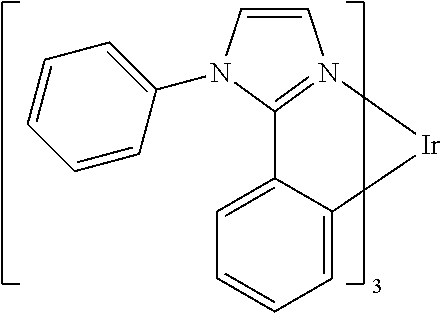
C00197
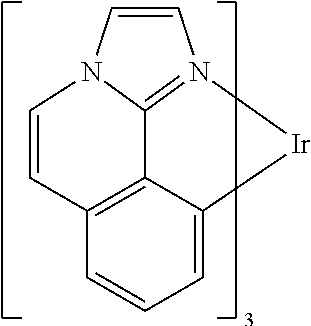
C00198
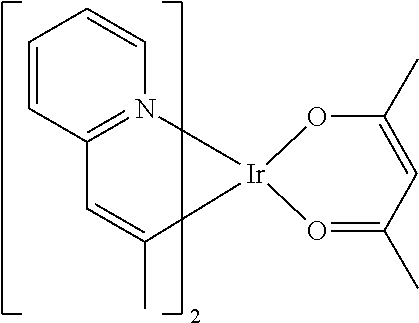
C00199
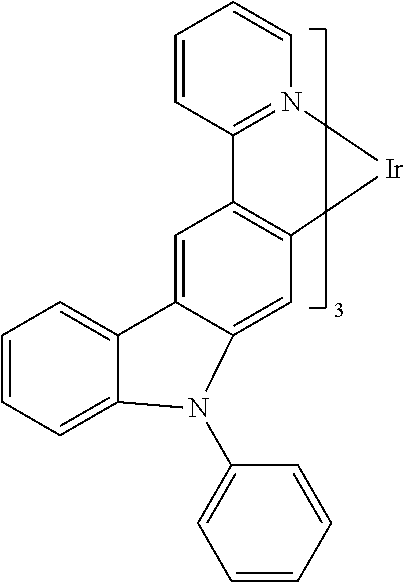
C00200
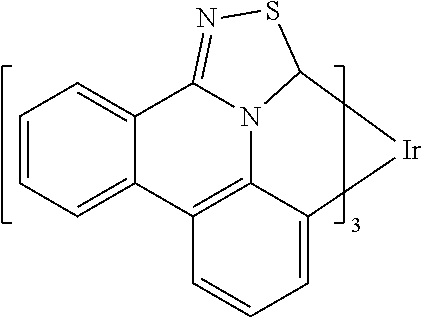
C00201
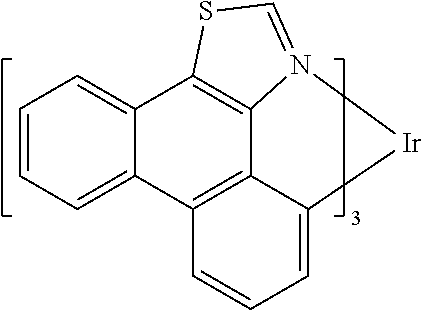
C00202
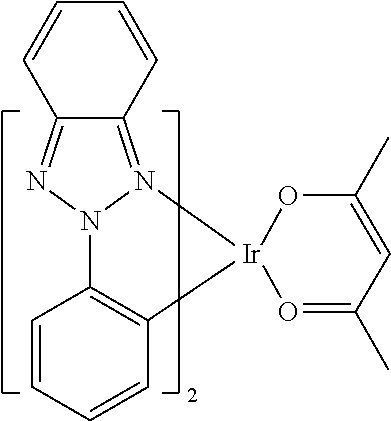
C00203
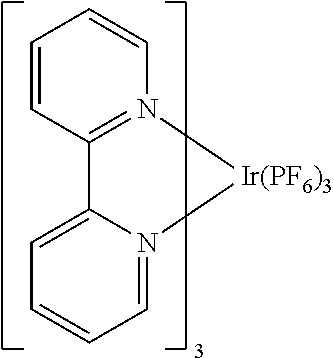
C00204
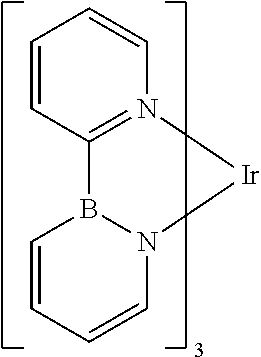
C00205
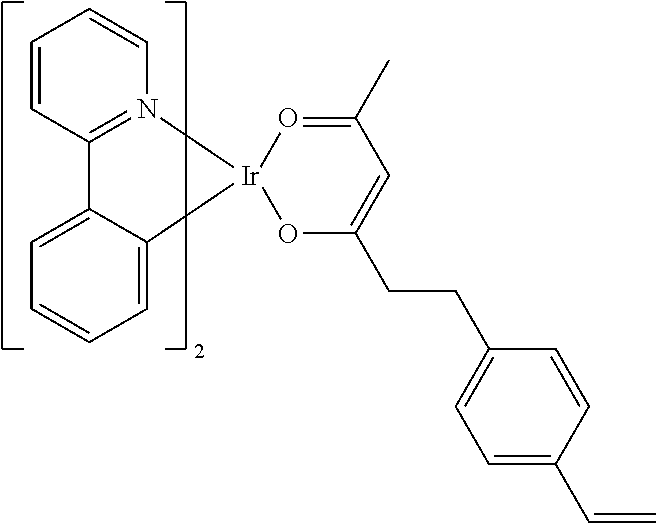
C00206
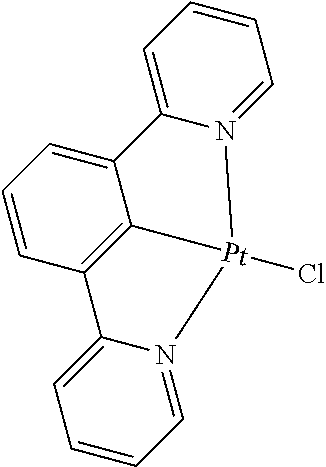
C00207
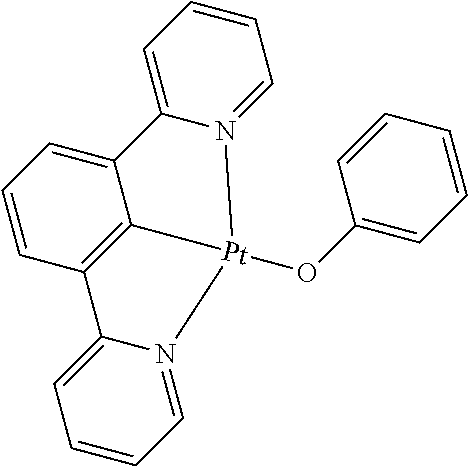
C00208
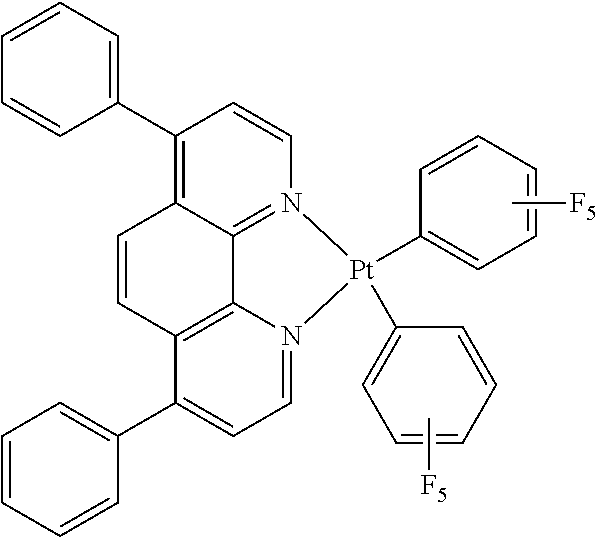
C00209
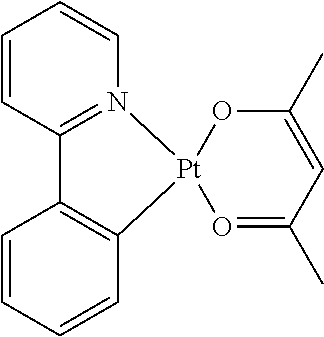
C00210
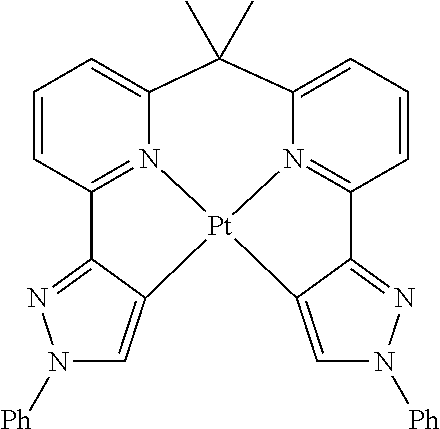
C00211
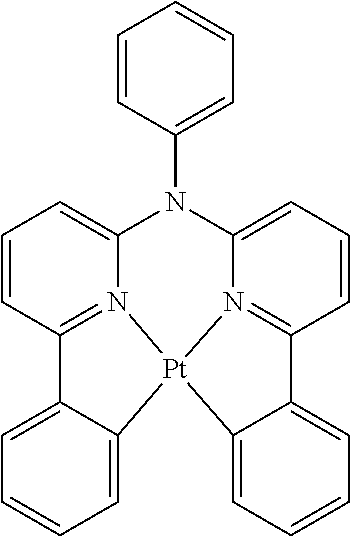
C00212
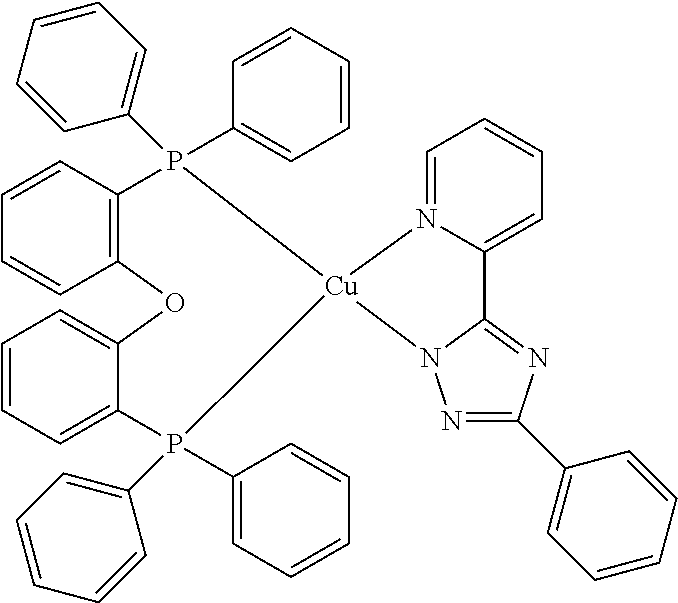
C00213
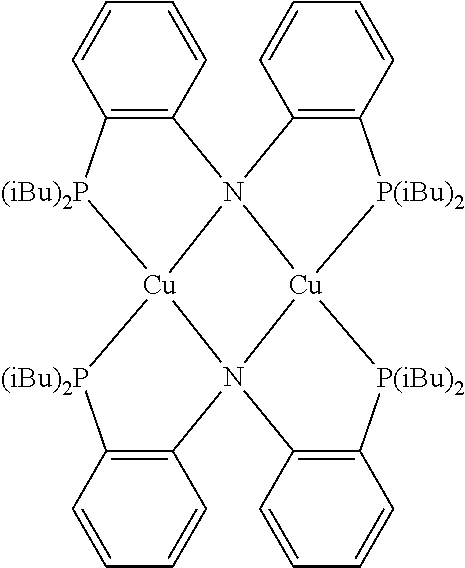
C00214

C00215
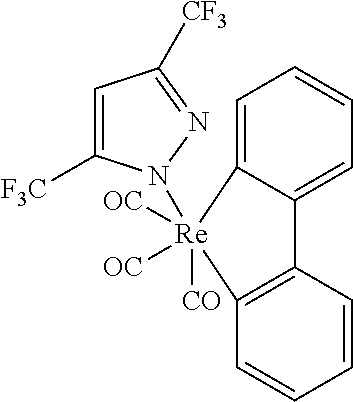
C00216
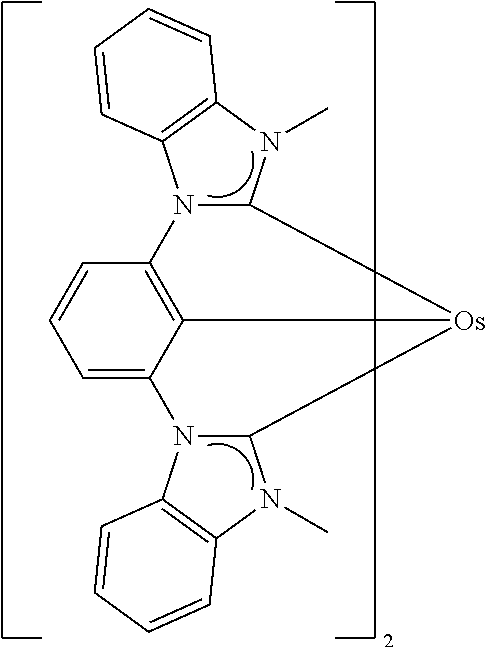
C00217
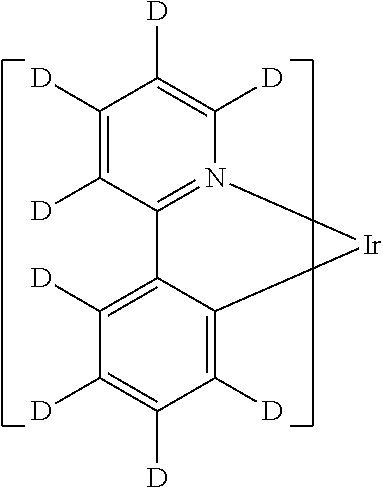
C00218
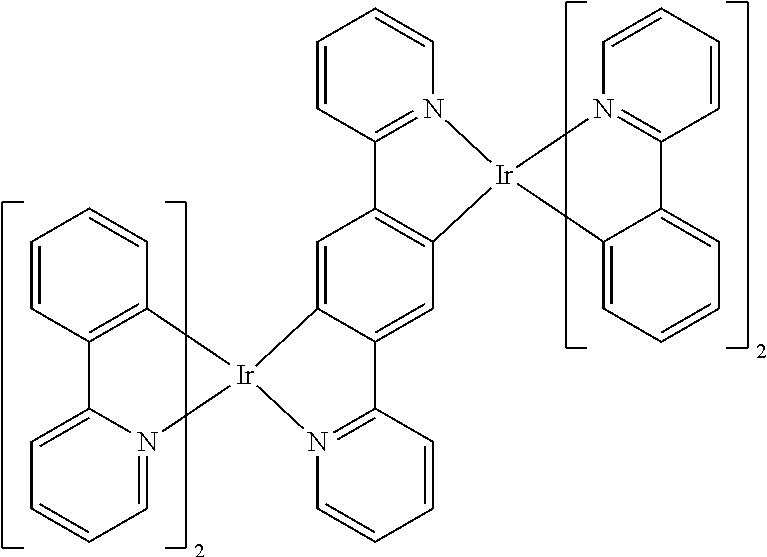
C00219
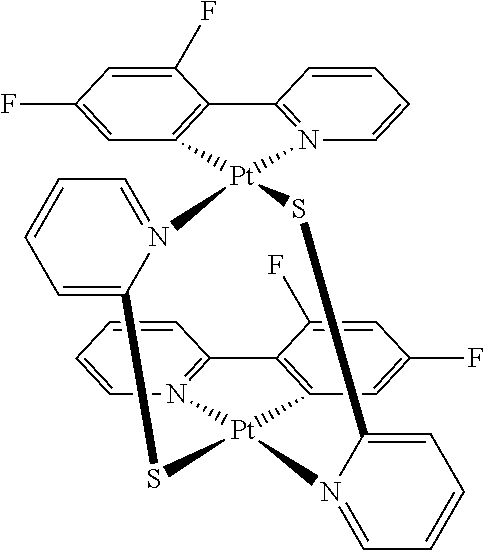
C00220
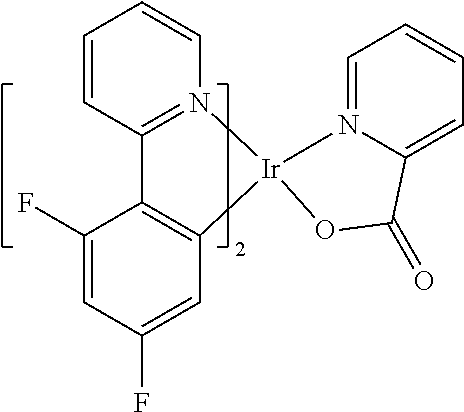
C00221
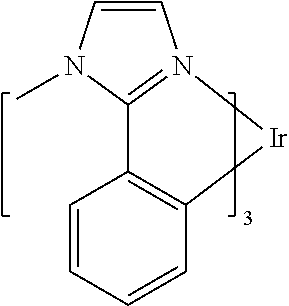
C00222
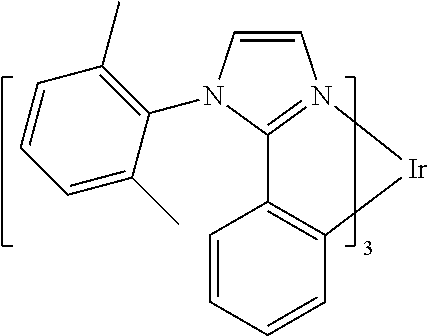
C00223
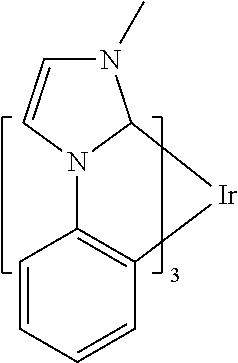
C00224
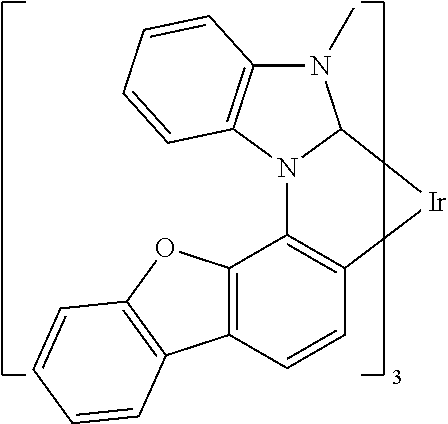
C00225
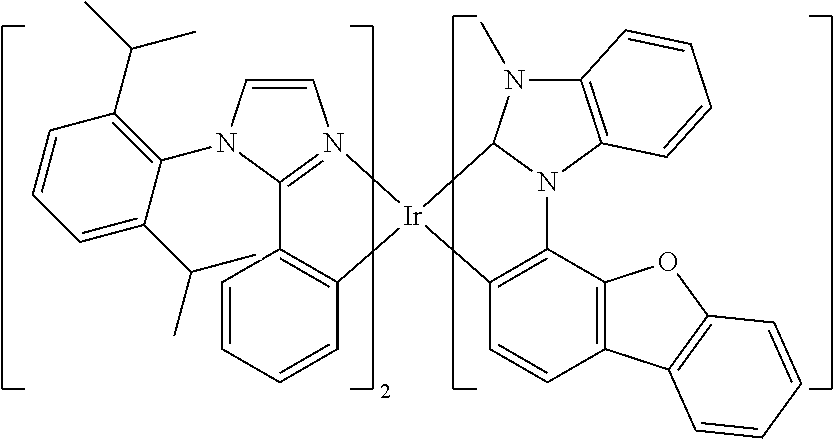
C00226
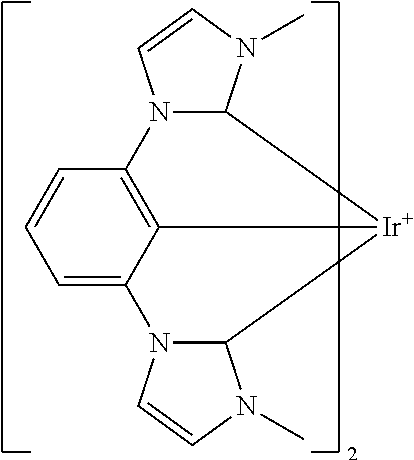
C00227
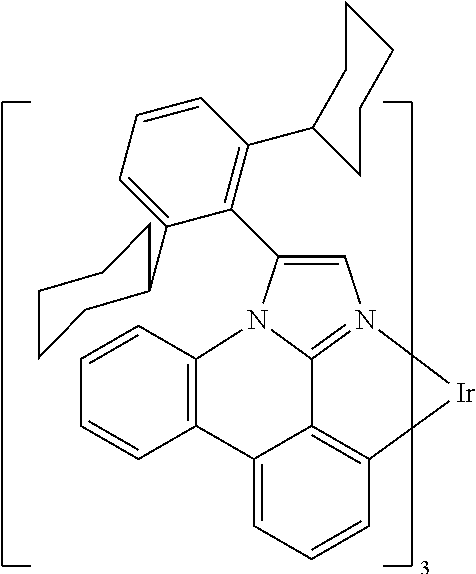
C00228
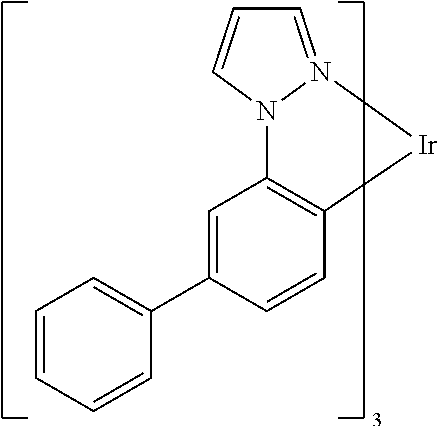
C00229
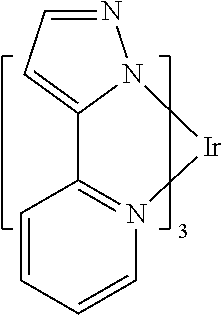
C00230
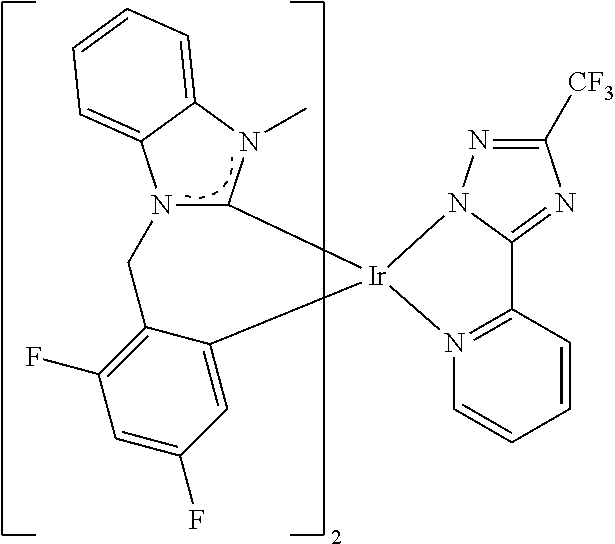
C00231

C00232
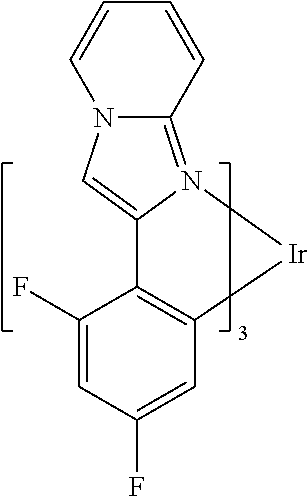
C00233
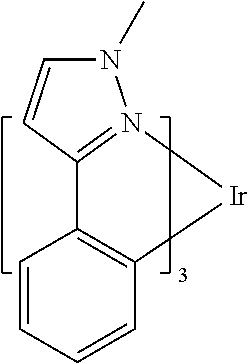
C00234

C00235
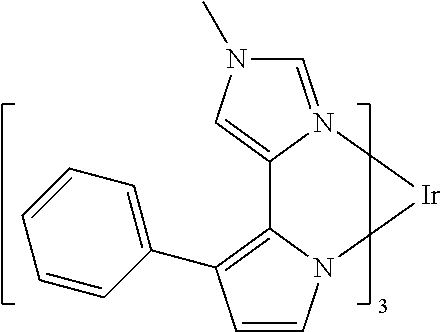
C00236
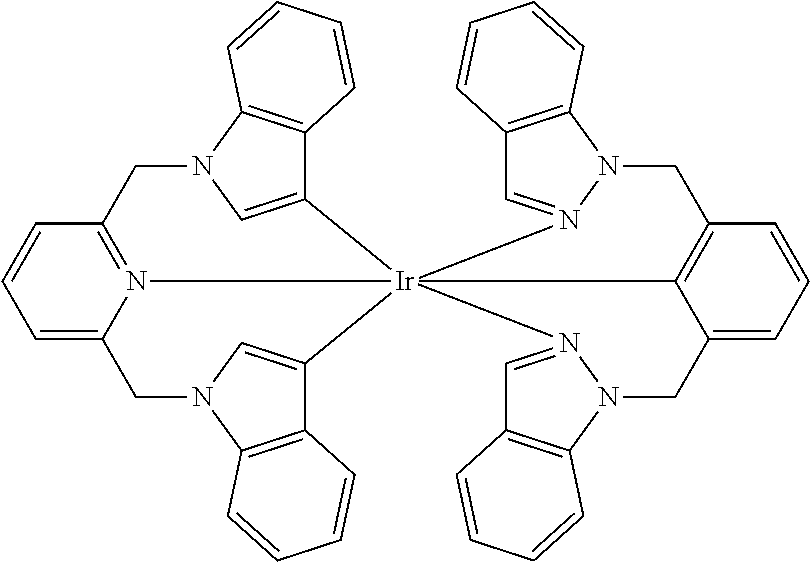
C00237

C00238
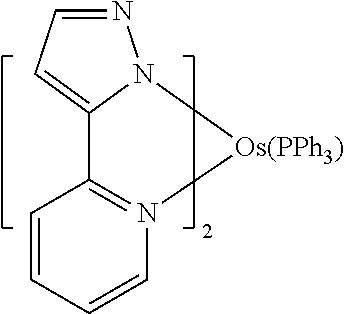
C00239

C00240
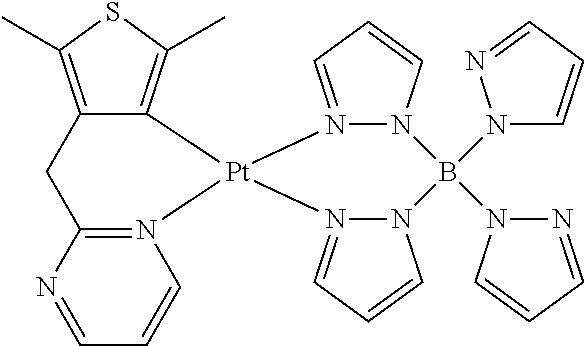
C00241
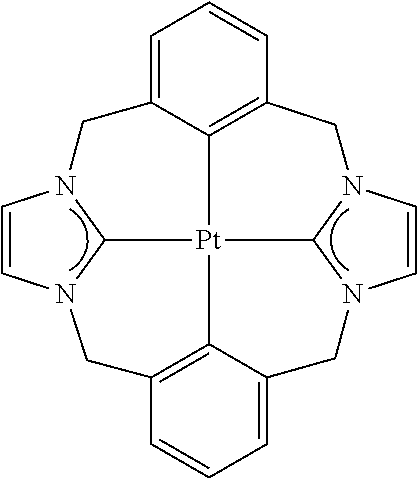
C00242
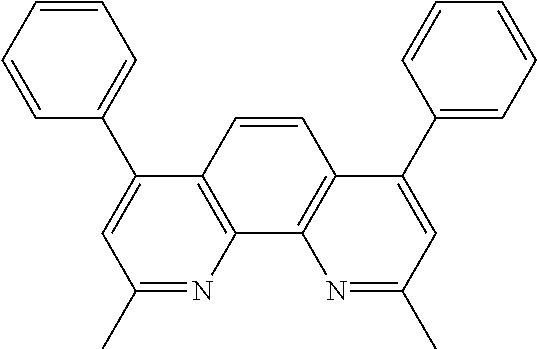
C00243
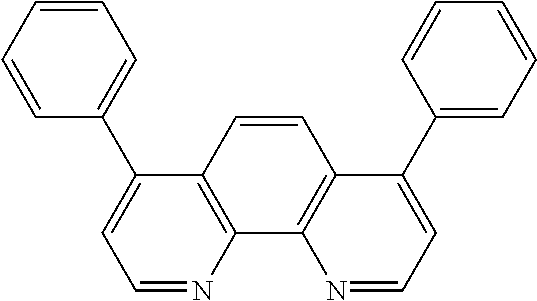
C00244
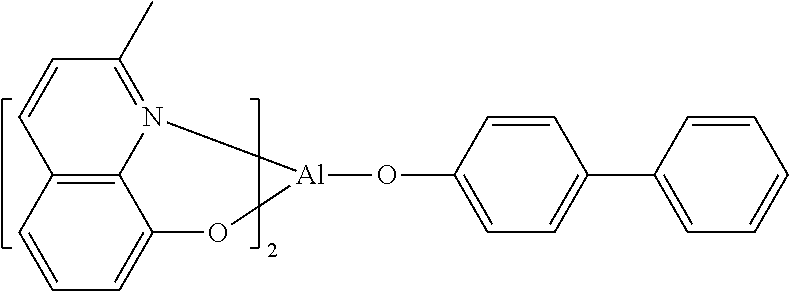
C00245
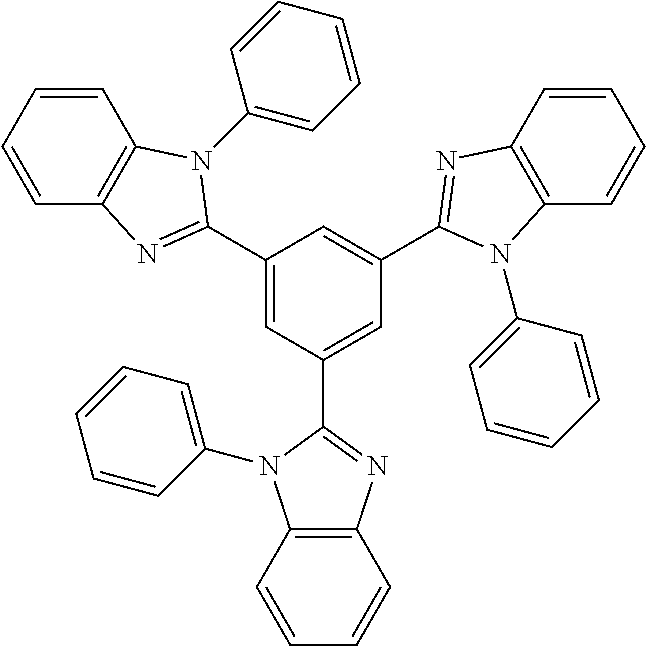
C00246
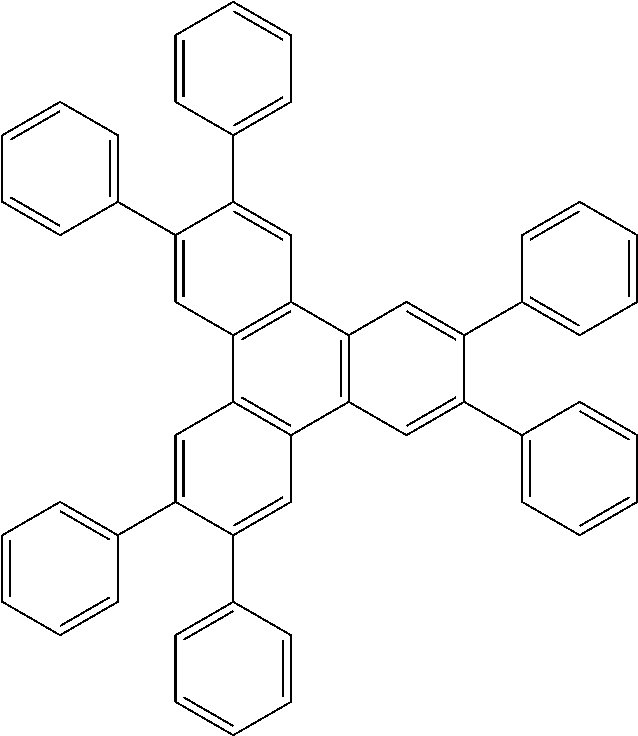
C00247
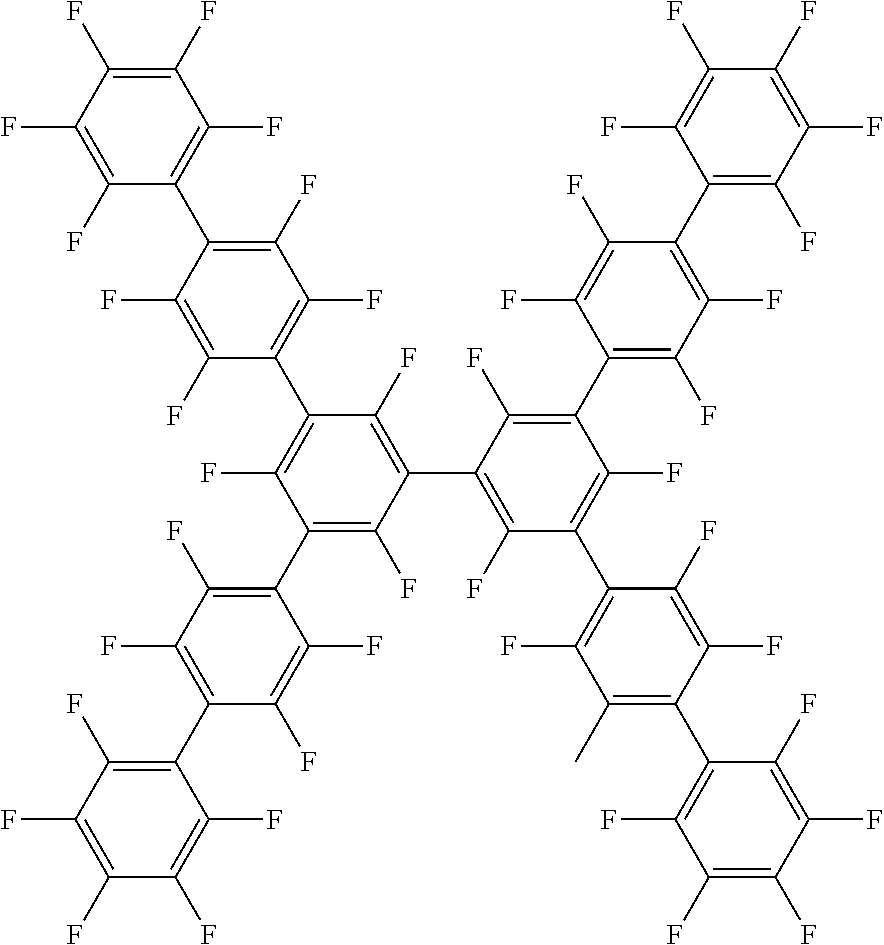
C00248

C00249
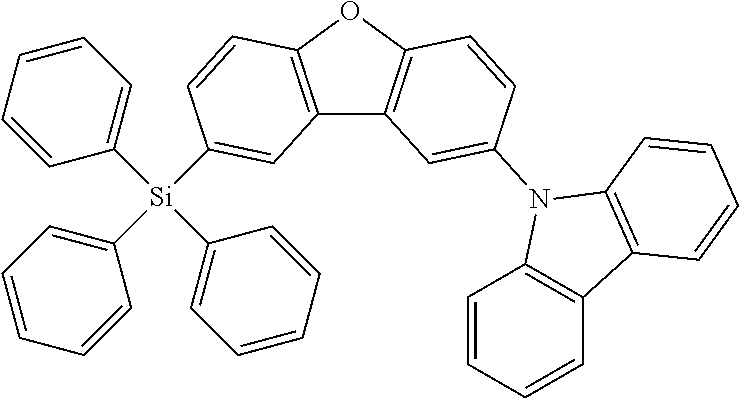
C00250

C00251

C00252
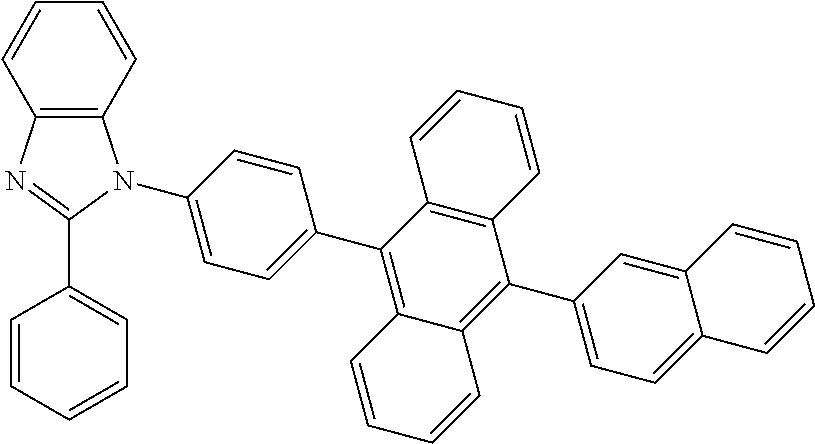
C00253

C00254

C00255
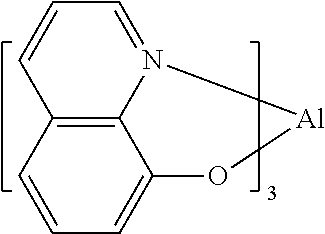
C00256
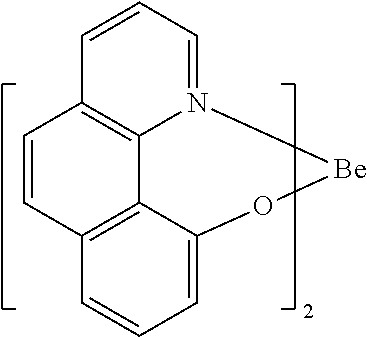
C00257
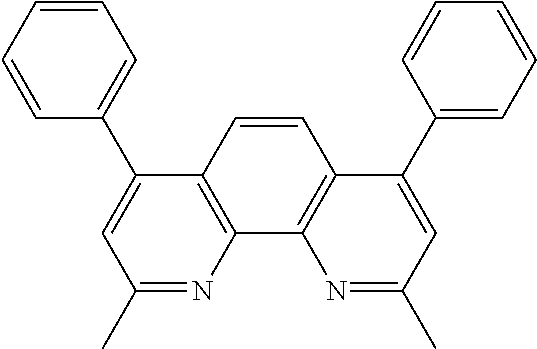
C00258
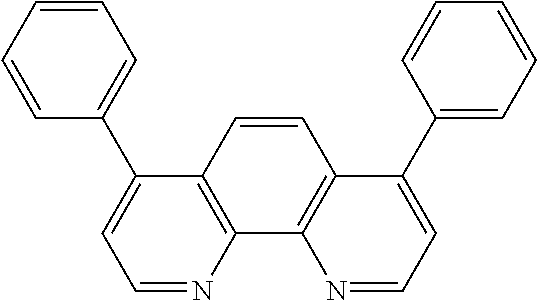
C00259
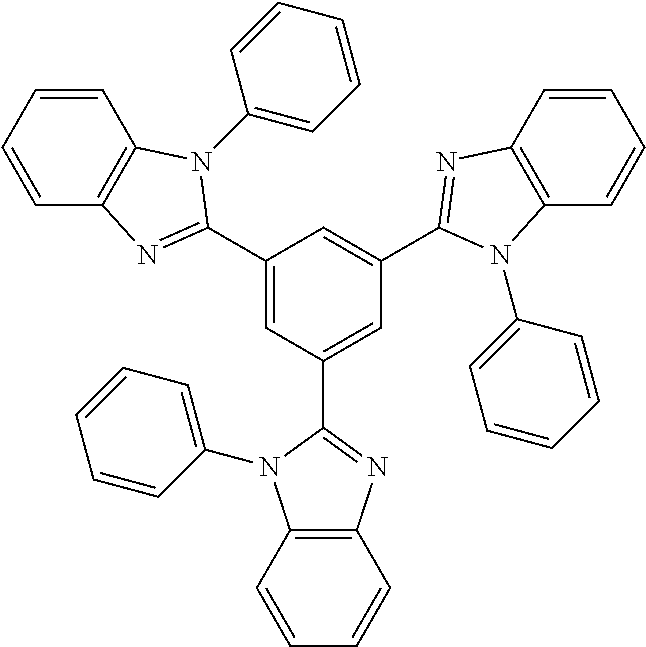
C00260

C00261
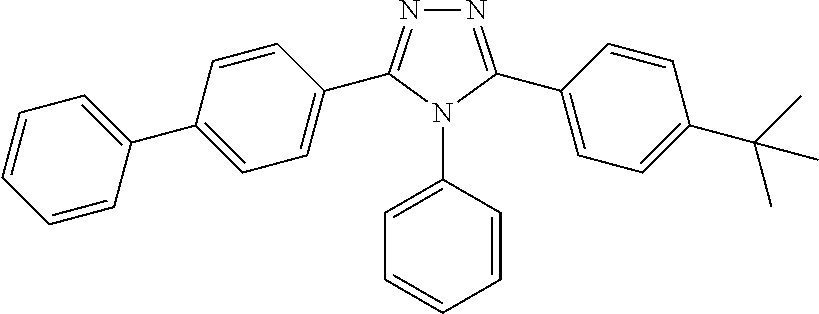
C00262
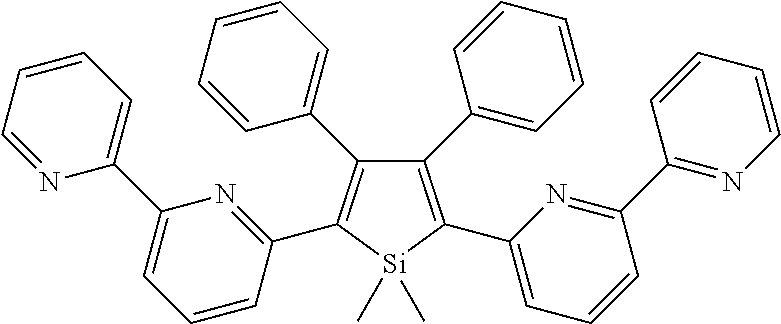
C00263
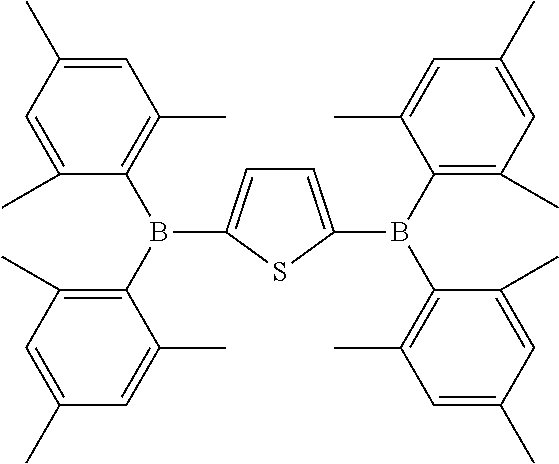
C00264

C00265
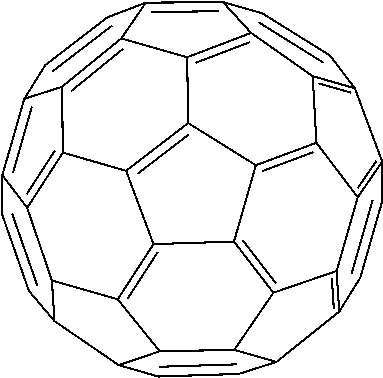
C00266
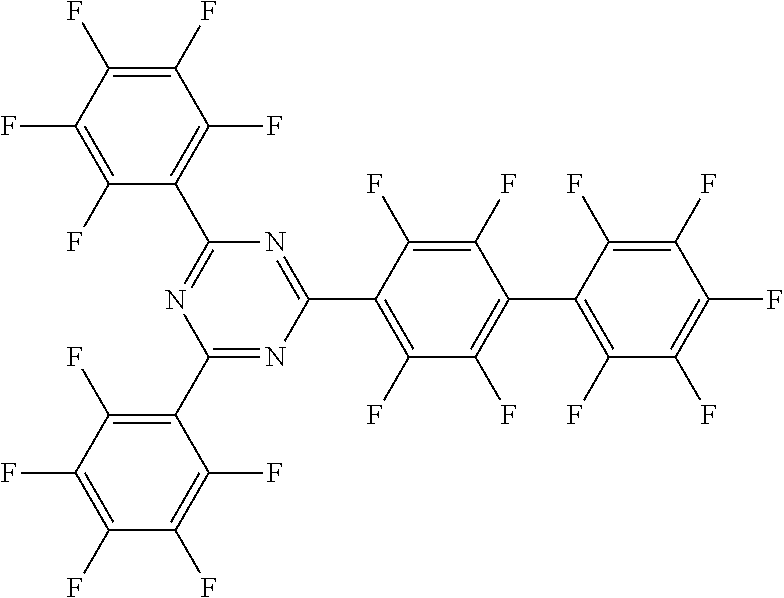
C00267
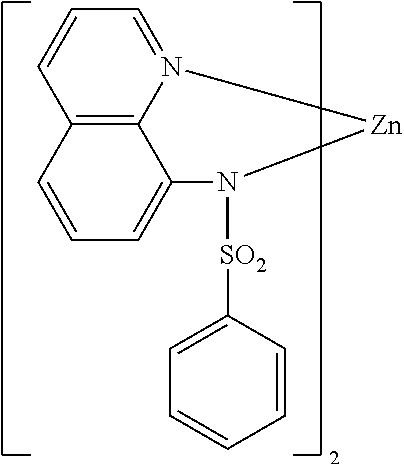
C00268
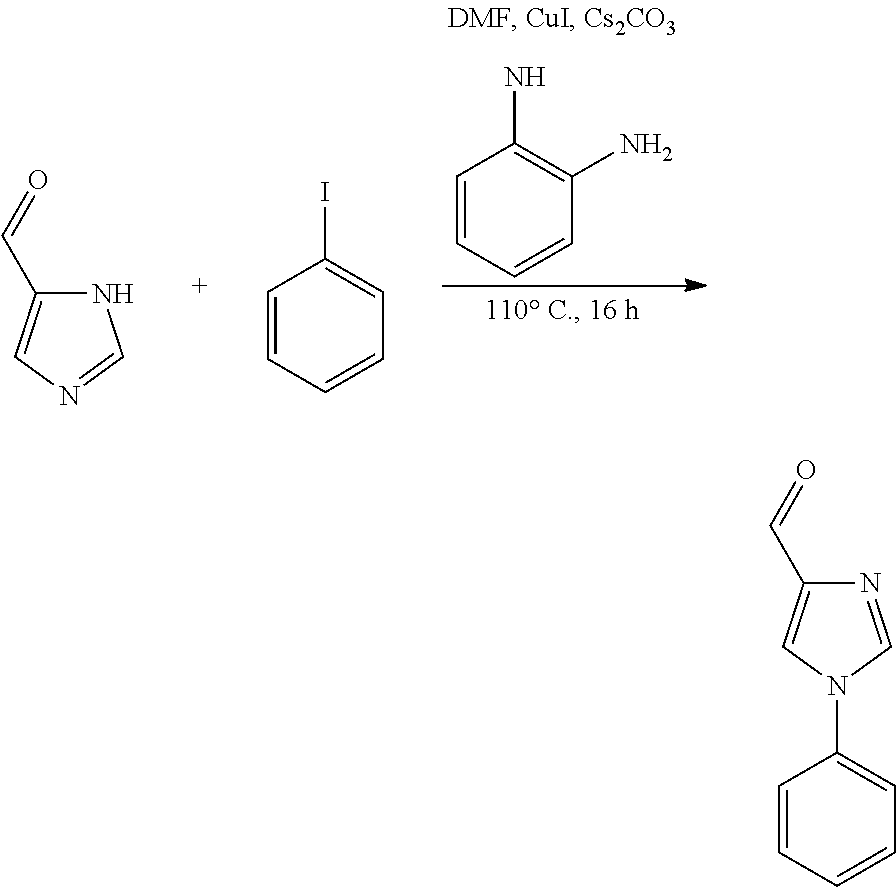
C00269

C00270
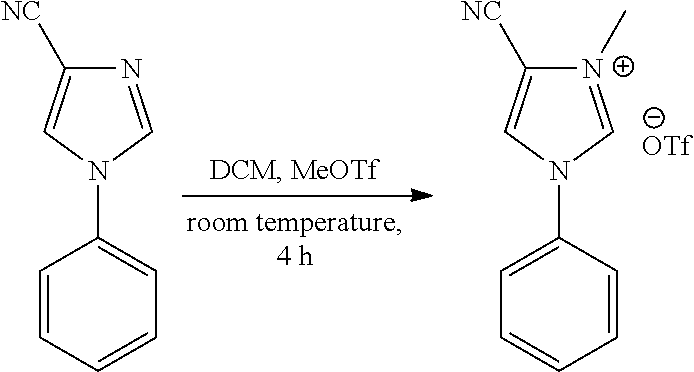
C00271
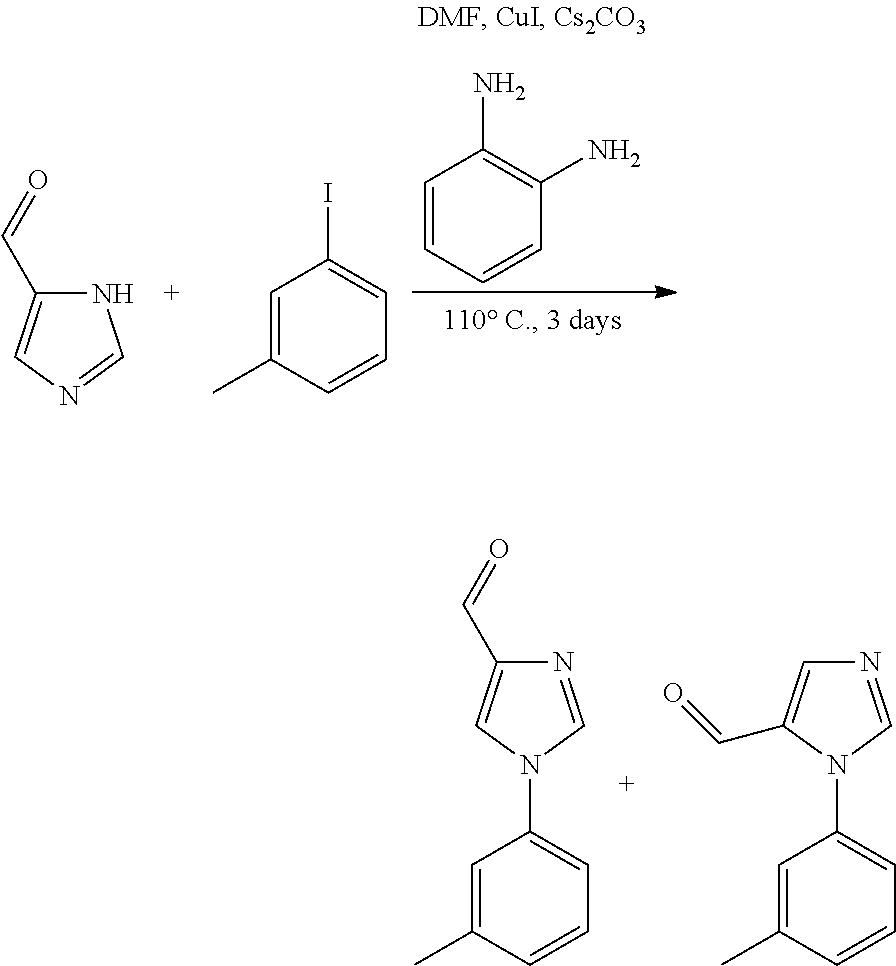
C00272
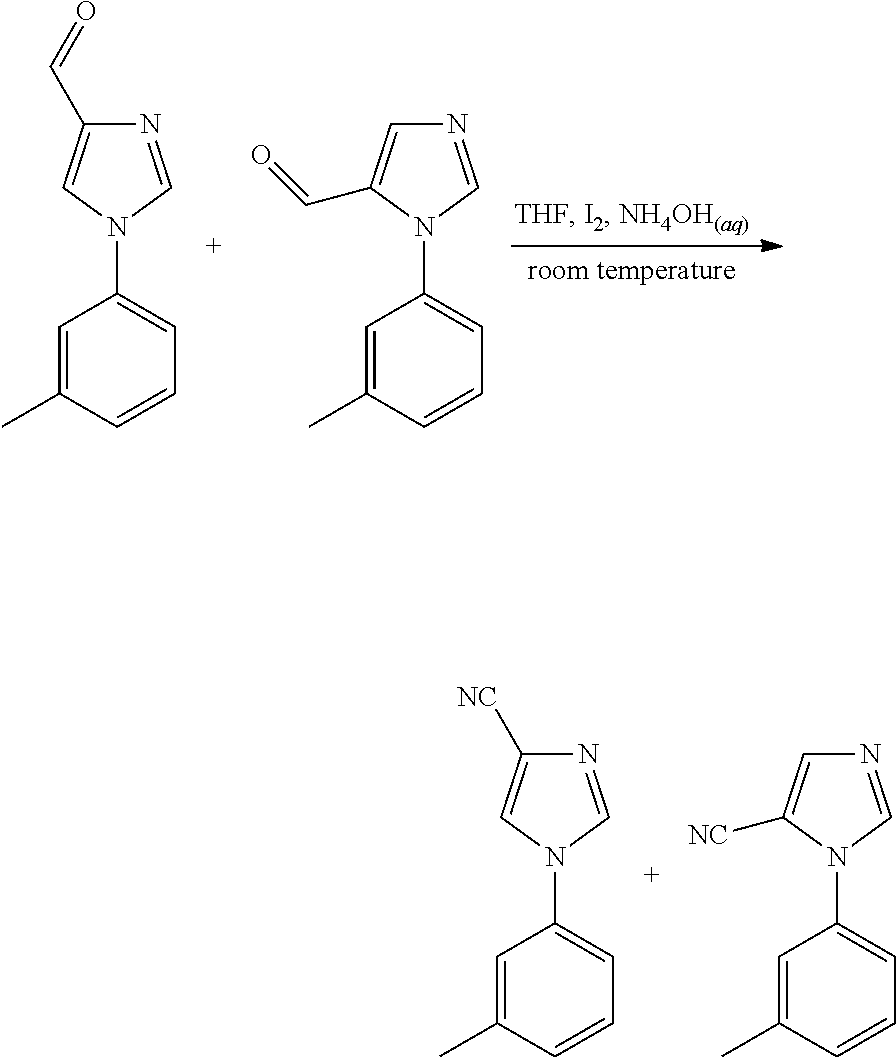
C00273
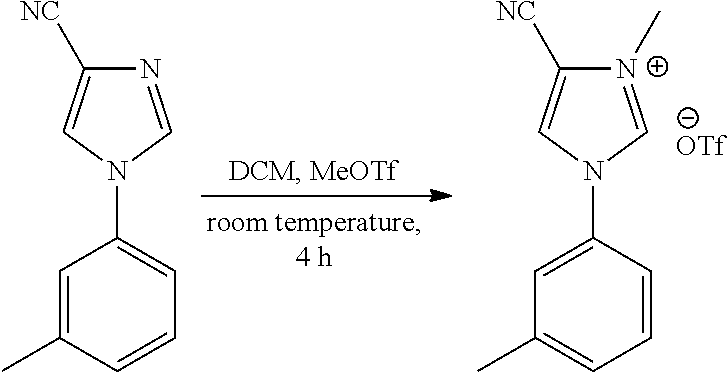
C00274
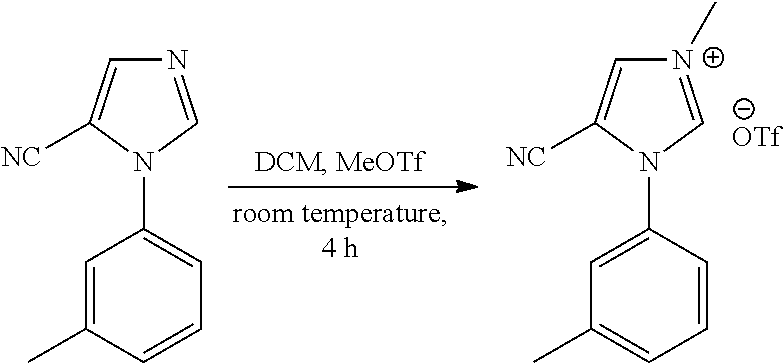
C00275
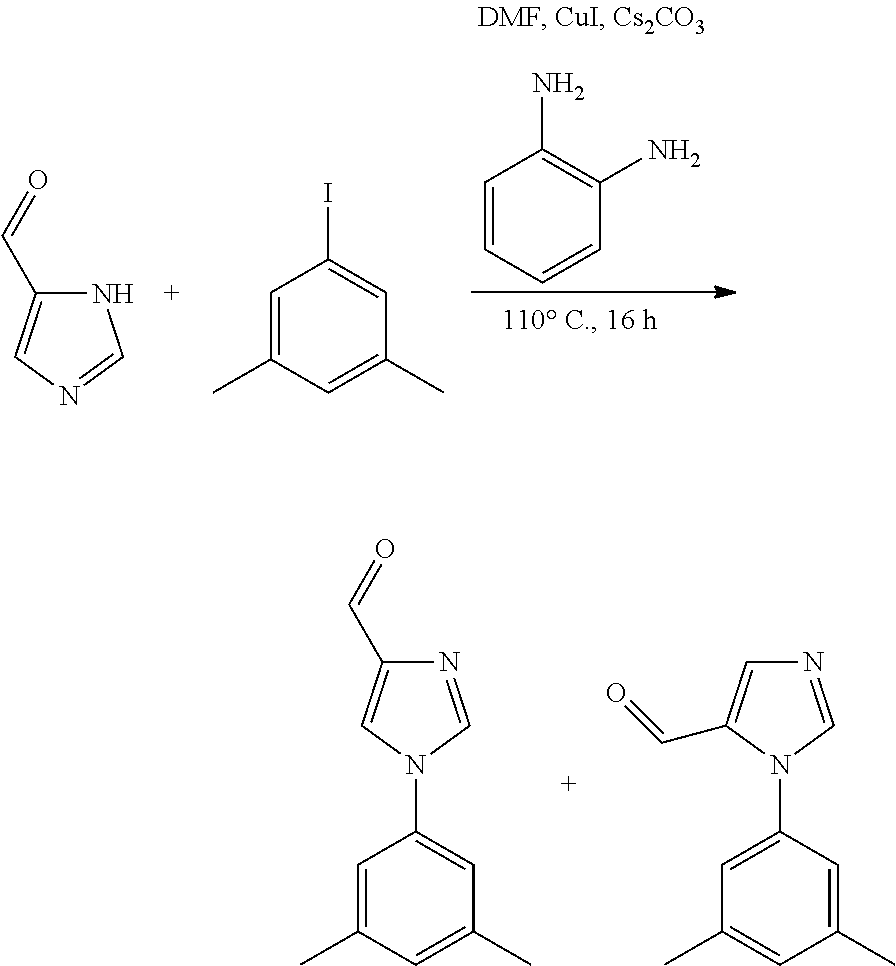
C00276
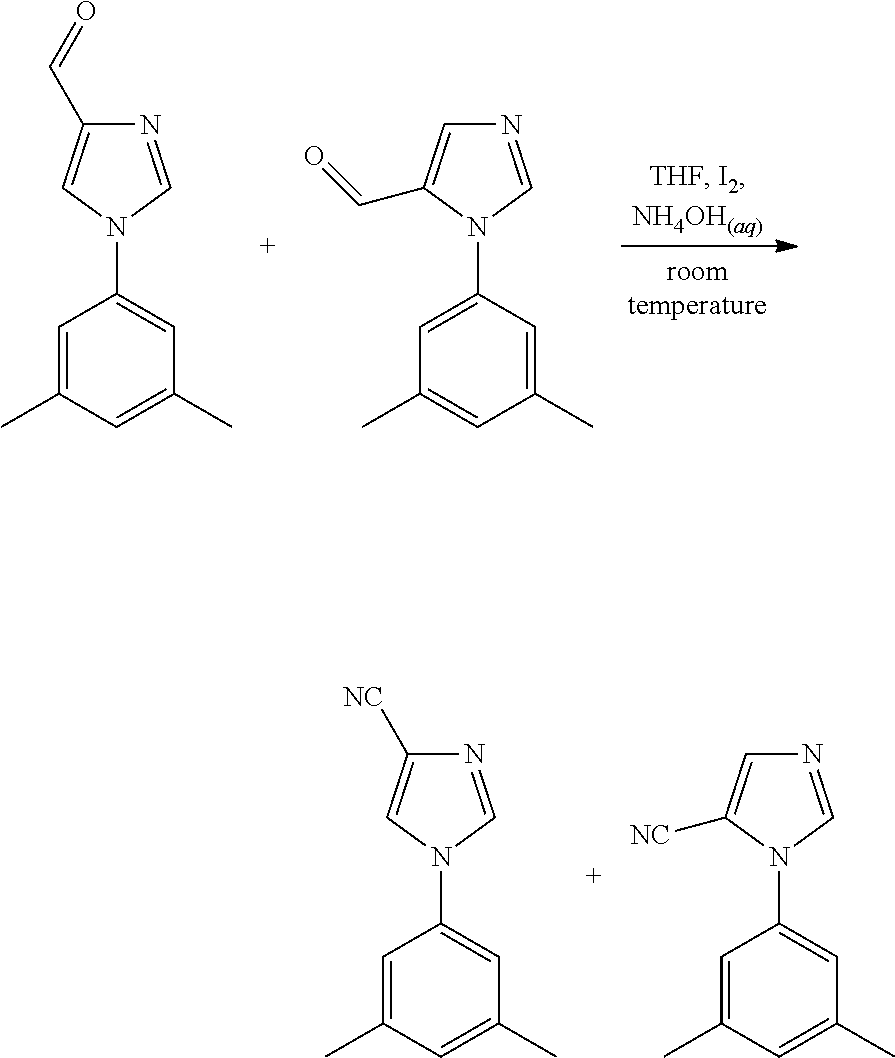
C00277

C00278
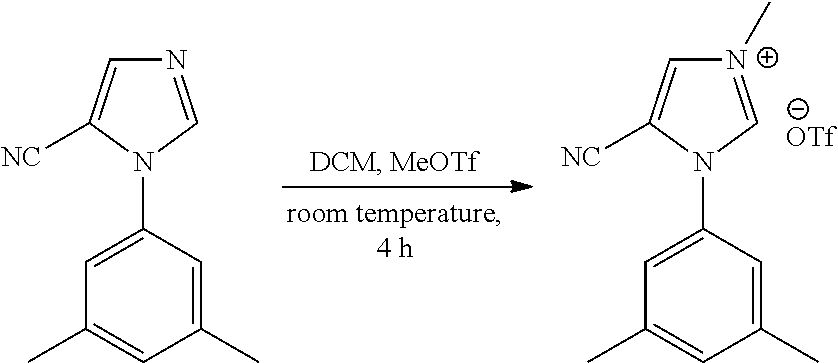
C00279
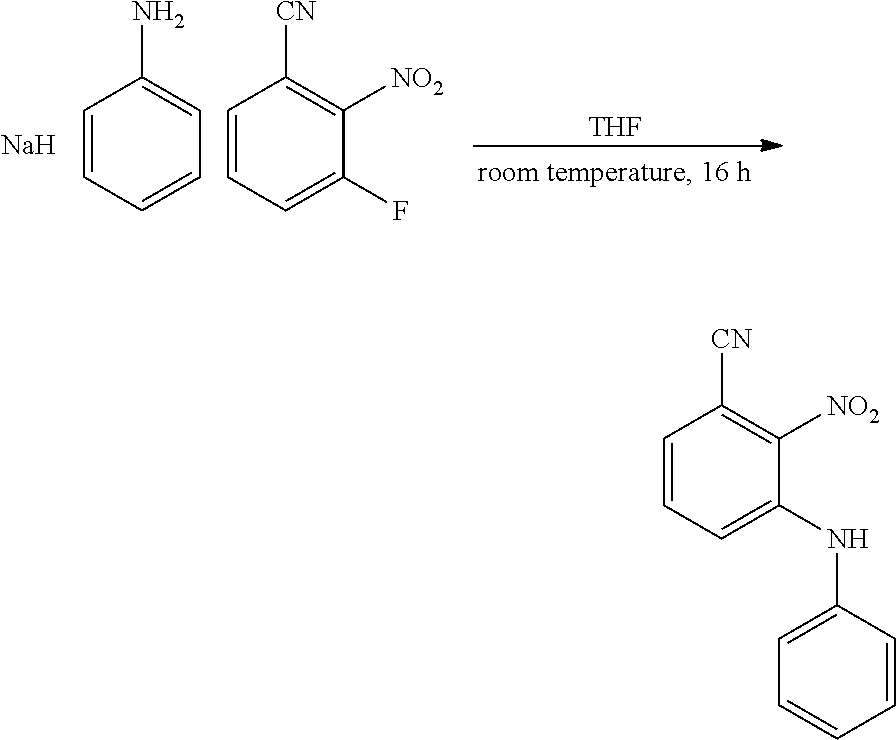
C00280
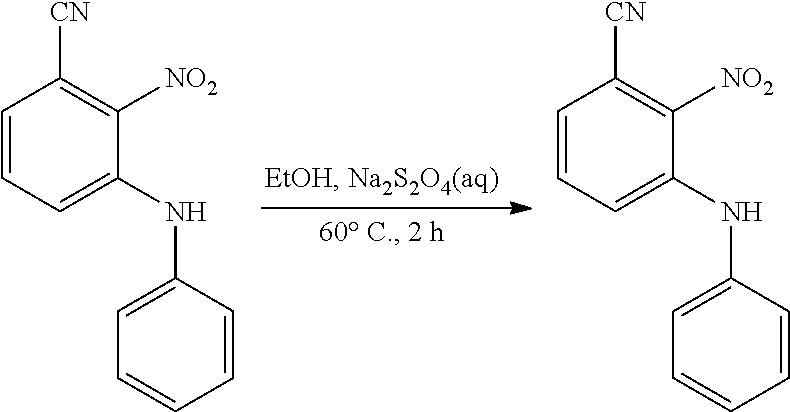
C00281
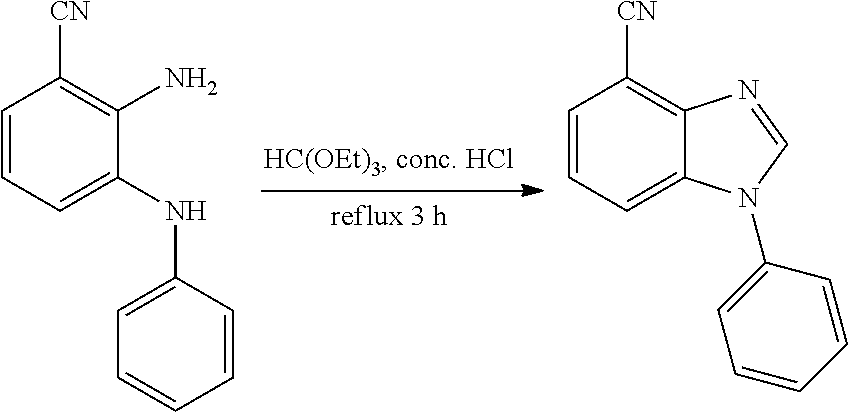
C00282
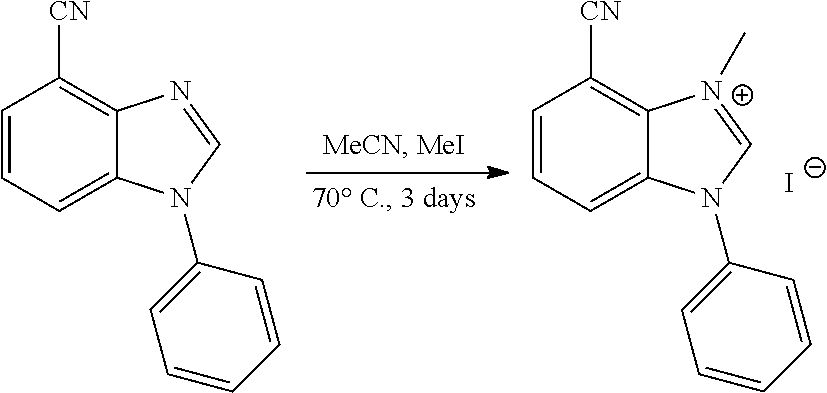
C00283
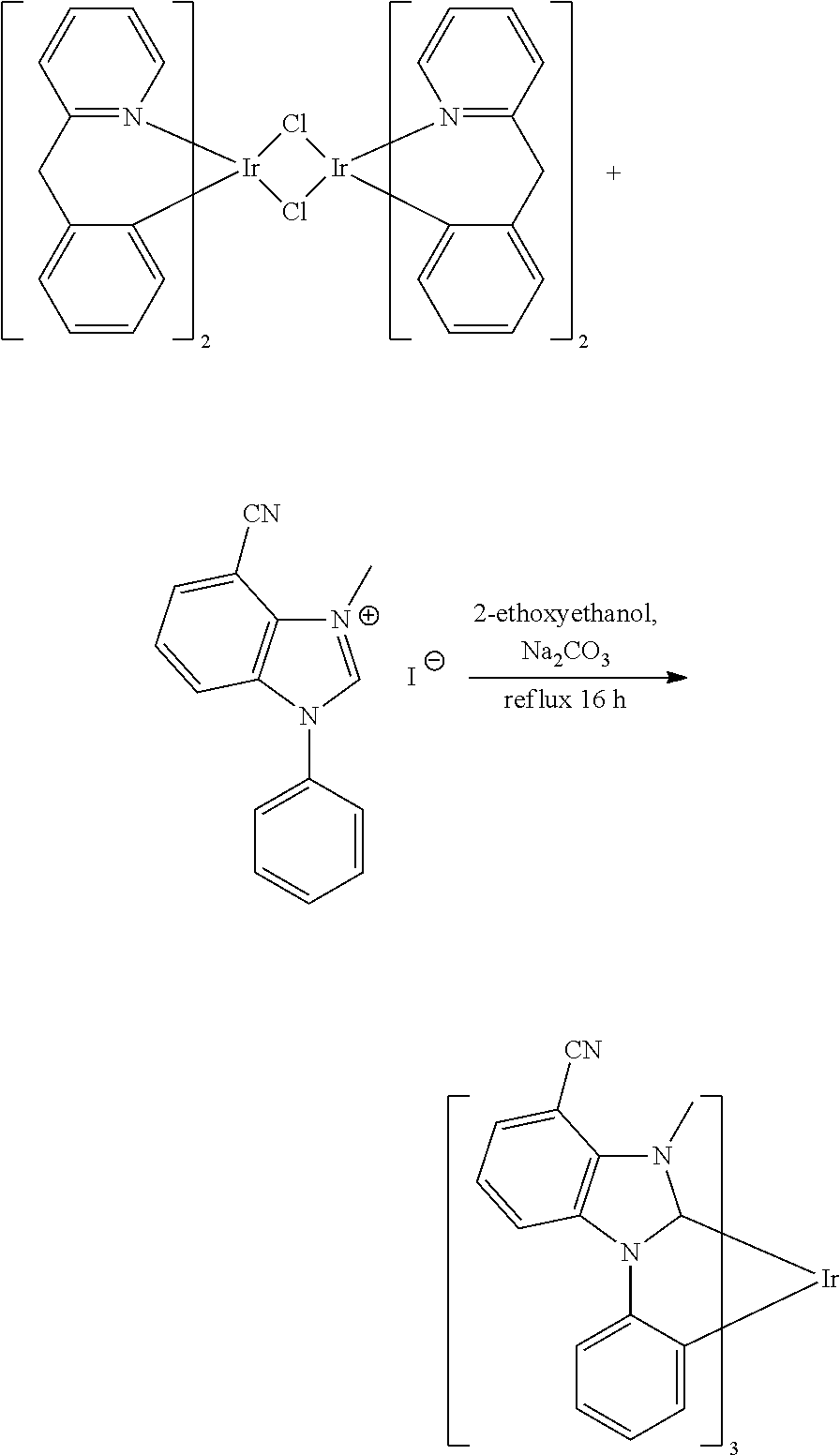
C00284
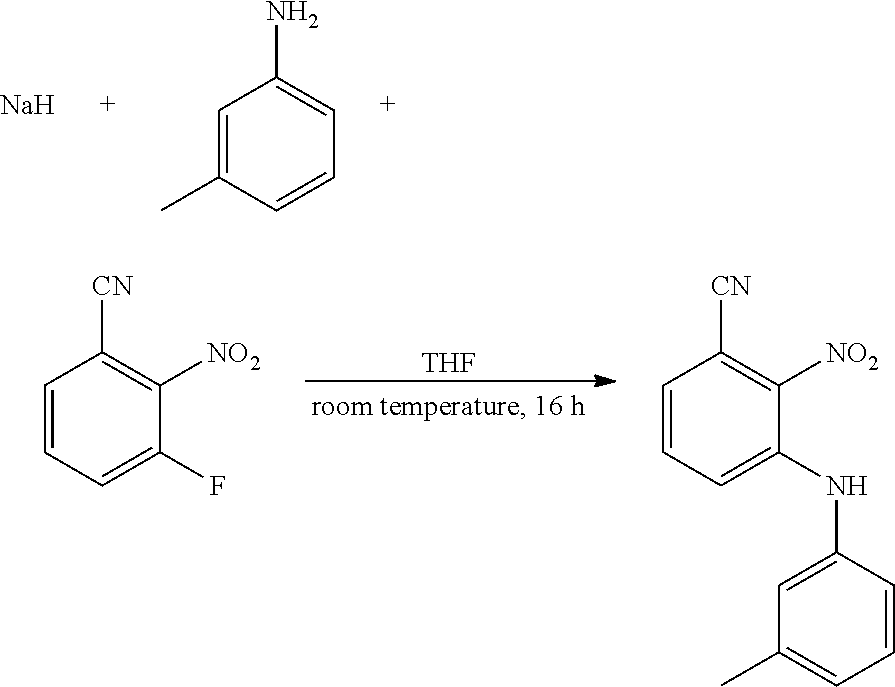
C00285
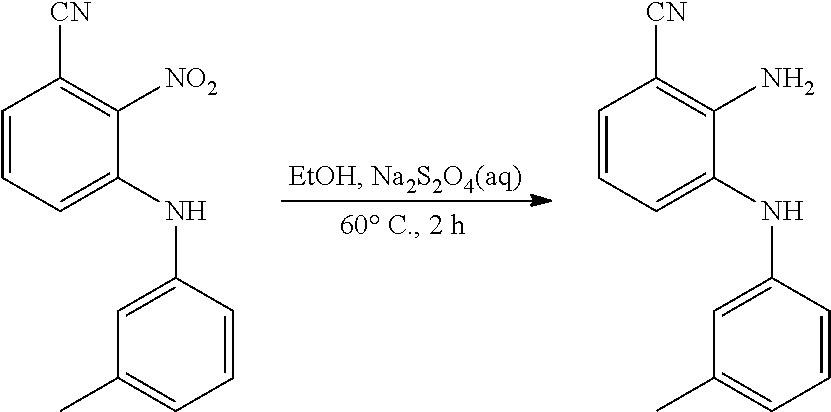
C00286
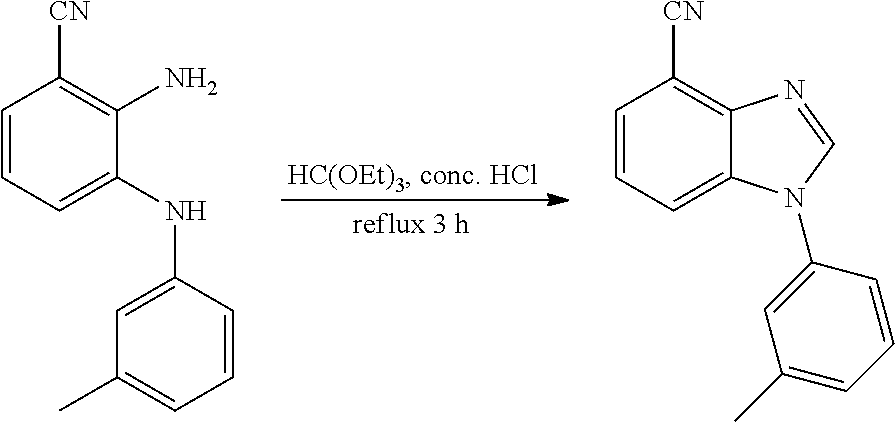
C00287
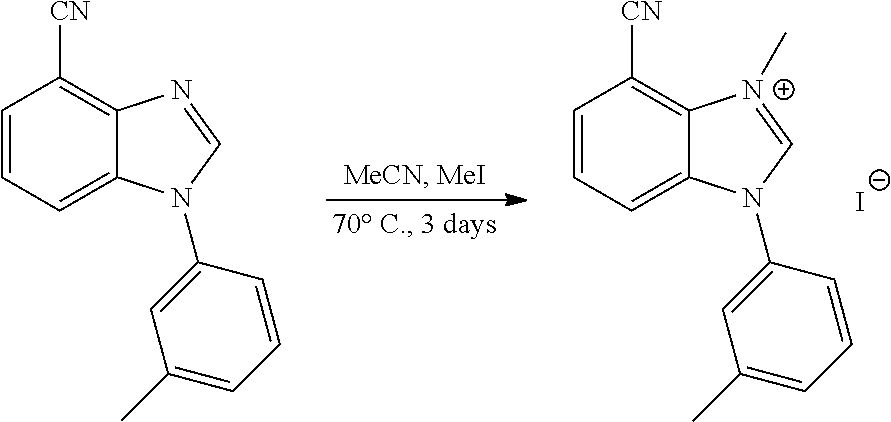
C00288
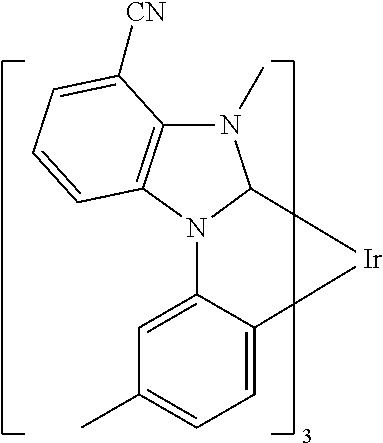
C00289
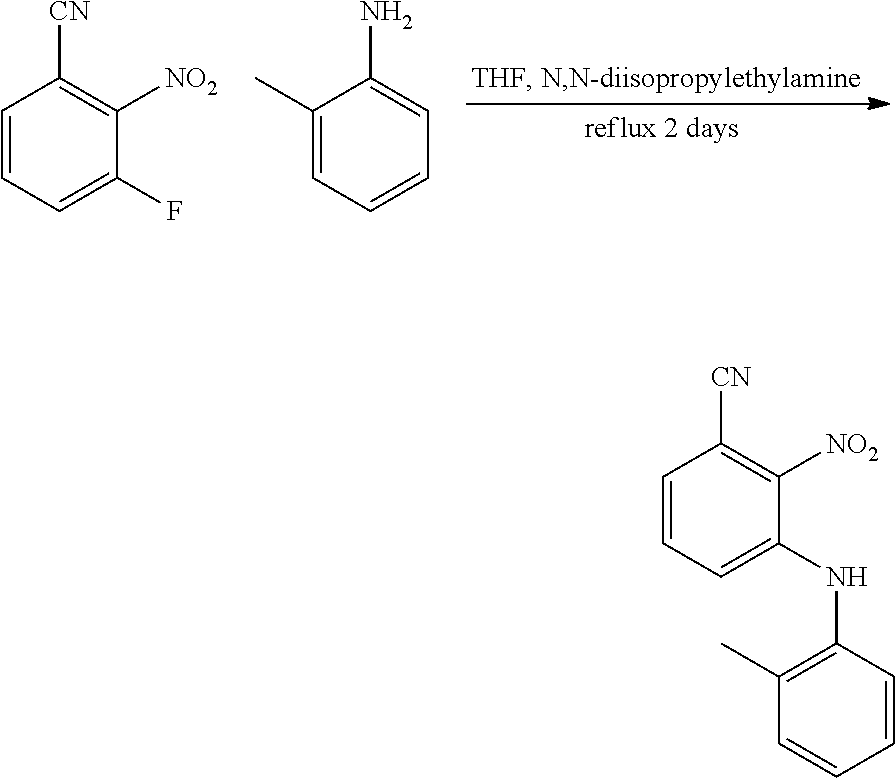
C00290
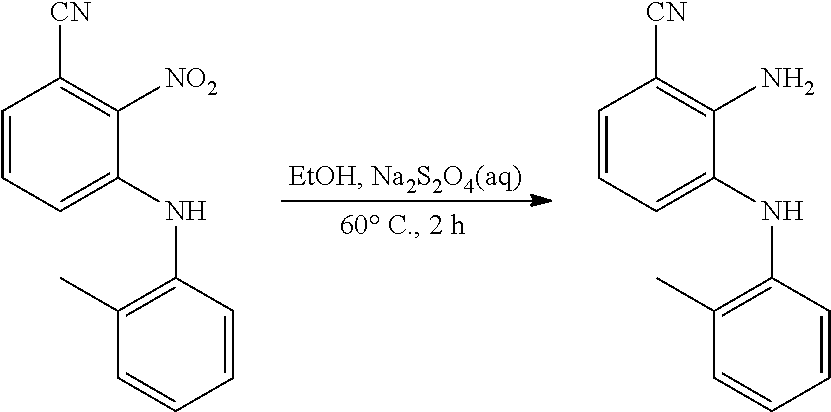
C00291
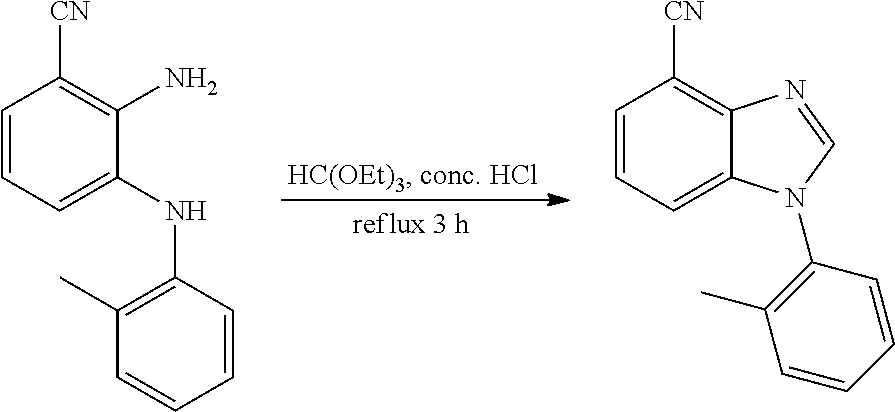
C00292
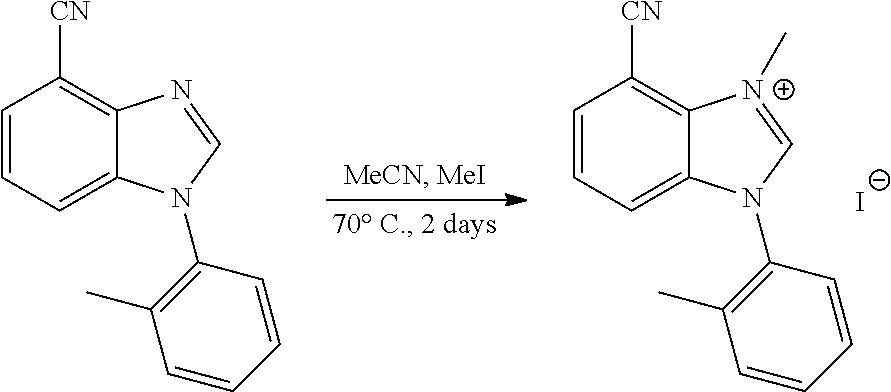
C00293
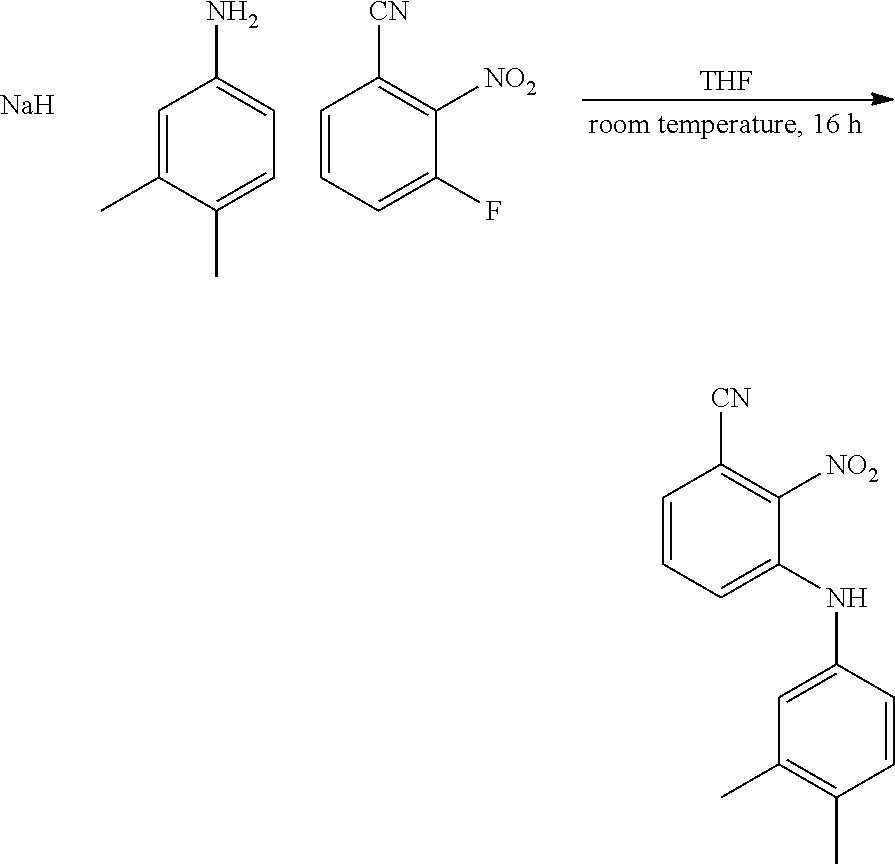
C00294

C00295
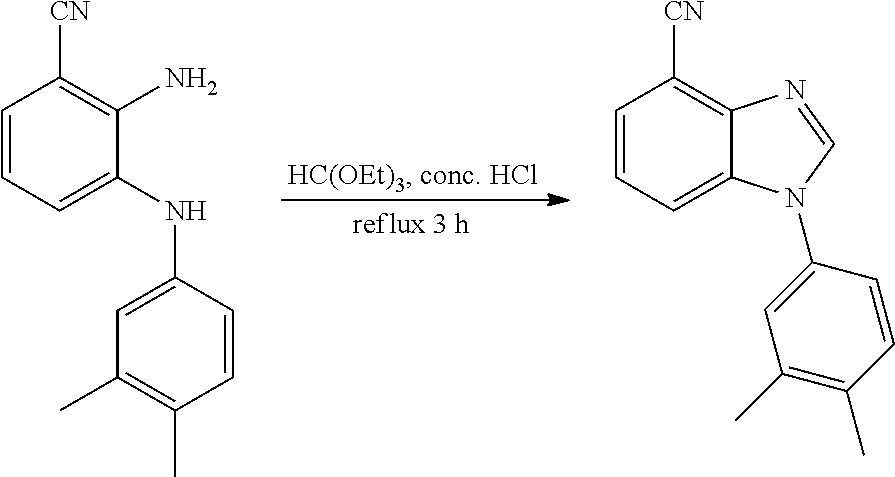
C00296
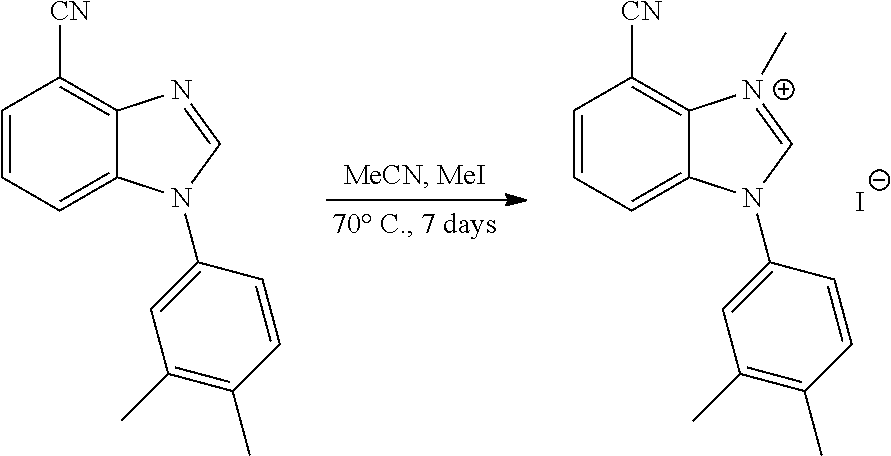
C00297
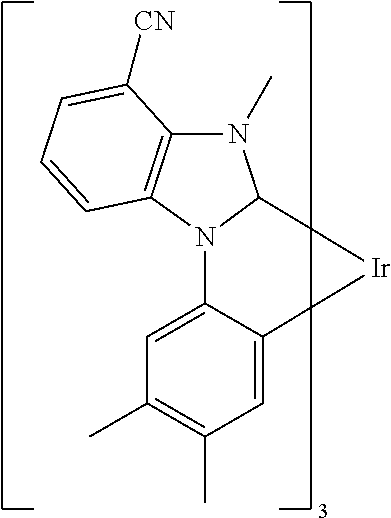
C00298
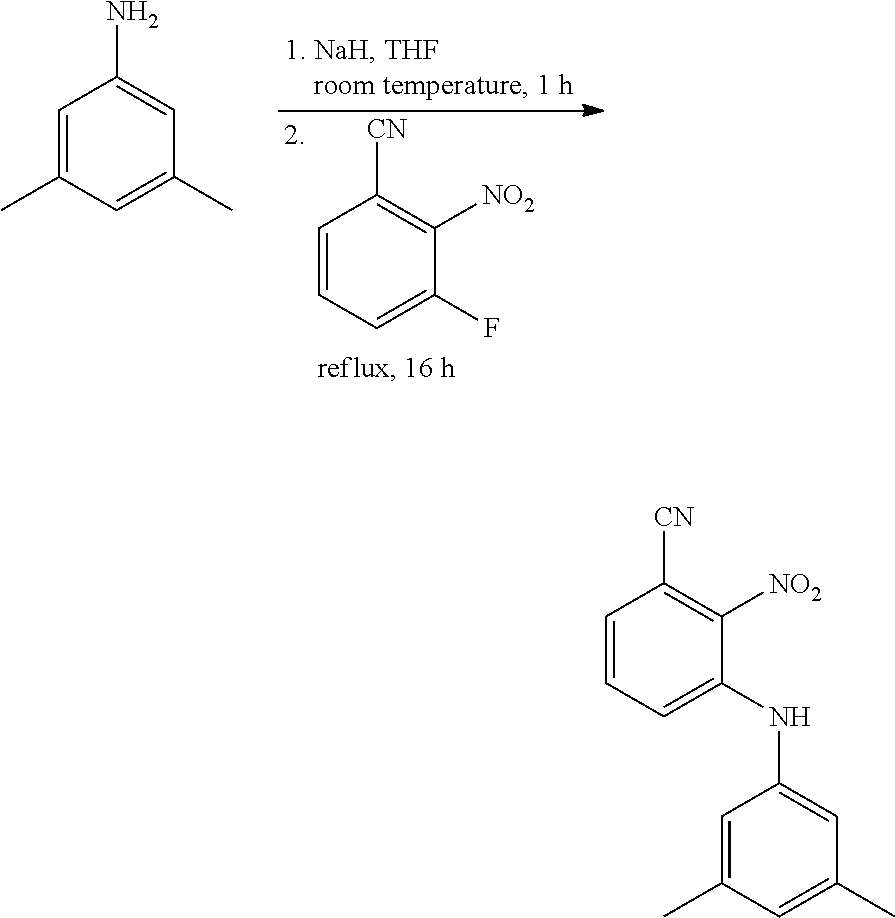
C00299
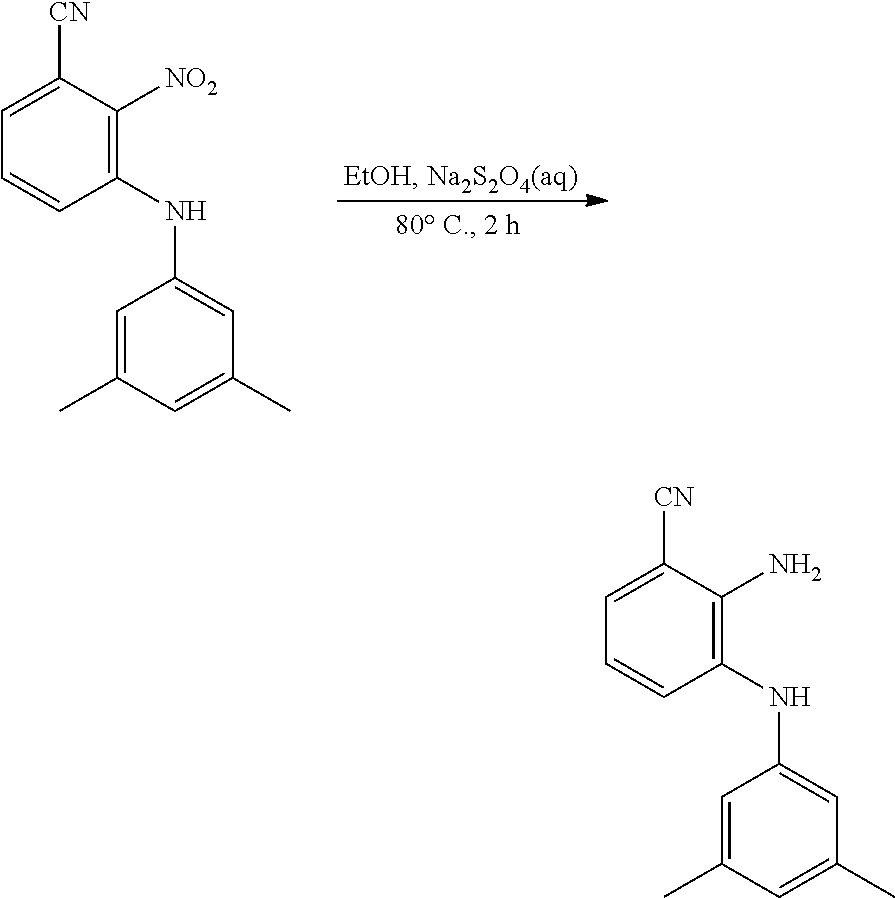
C00300
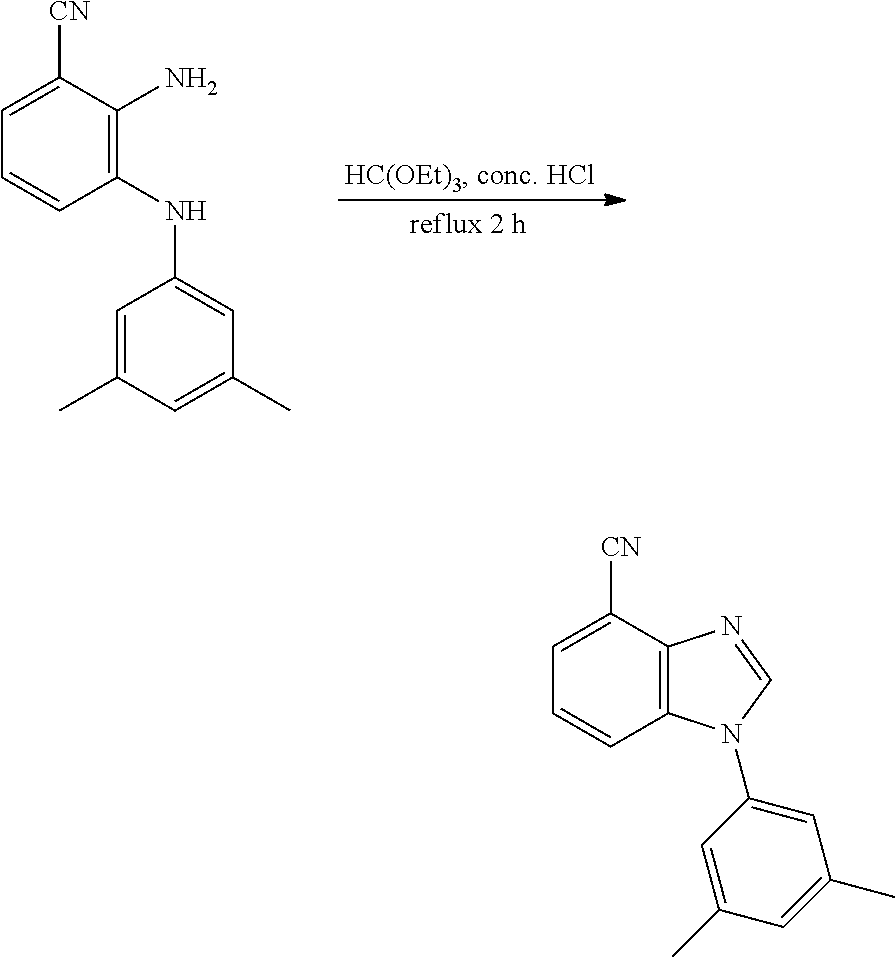
C00301
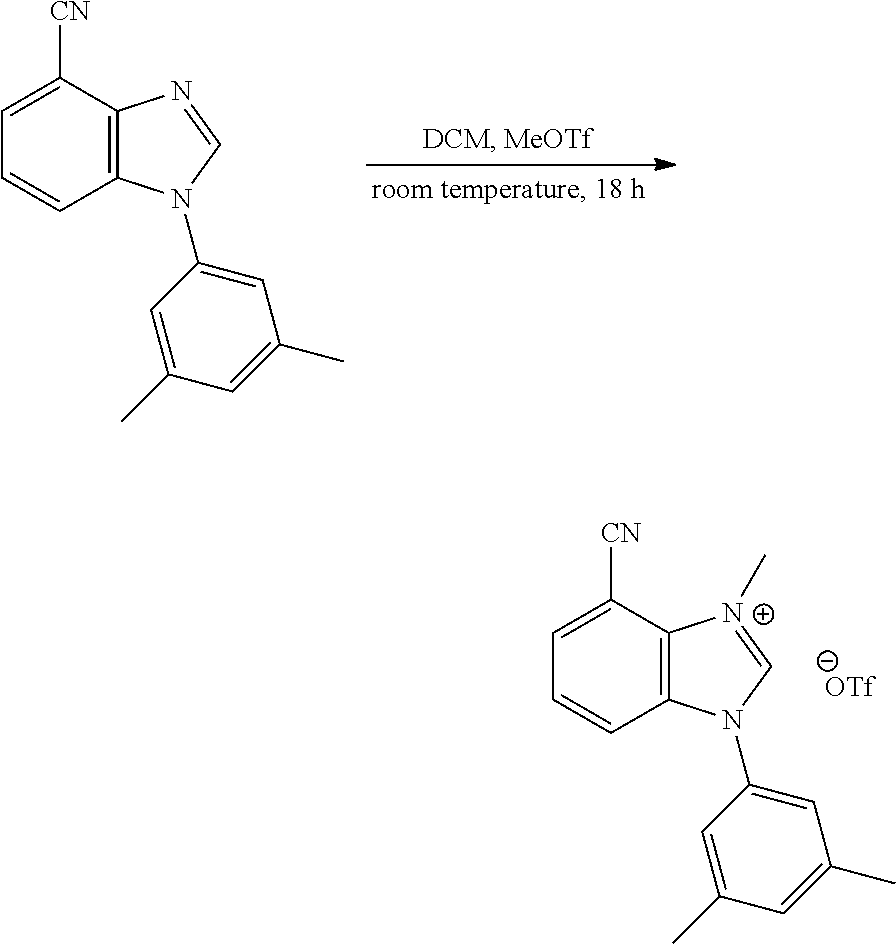
C00302
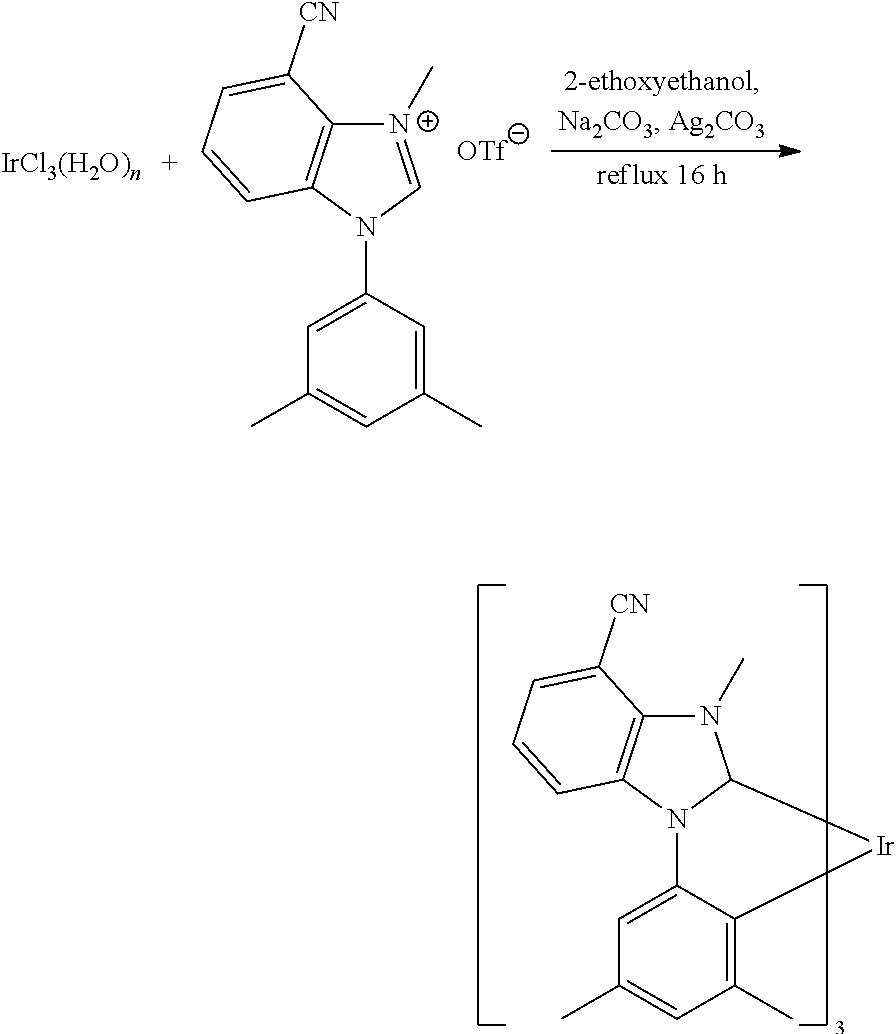
C00303
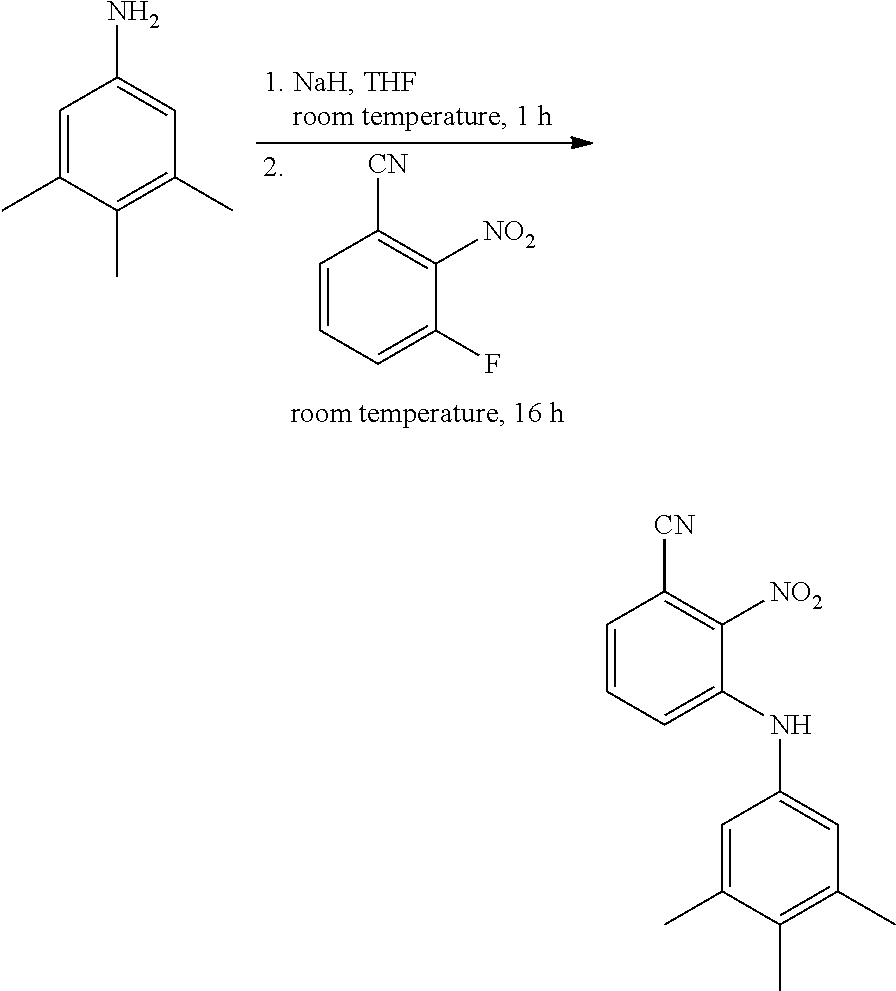
C00304
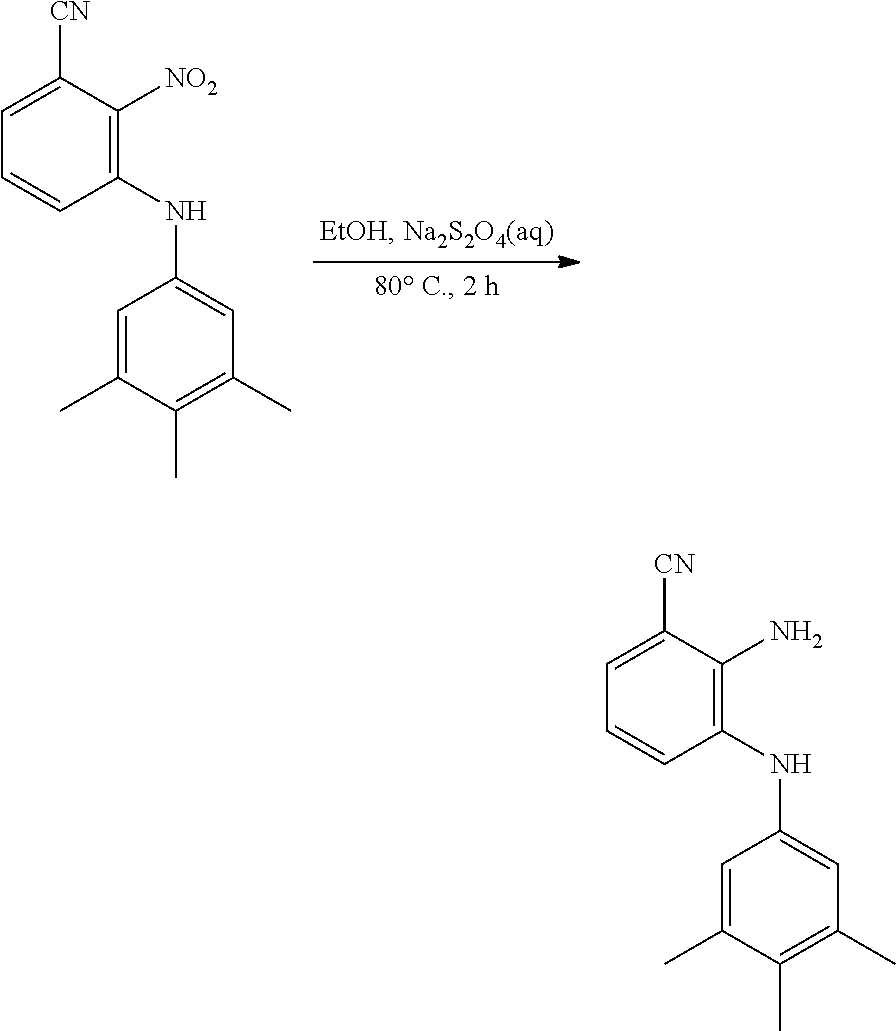
C00305

C00306
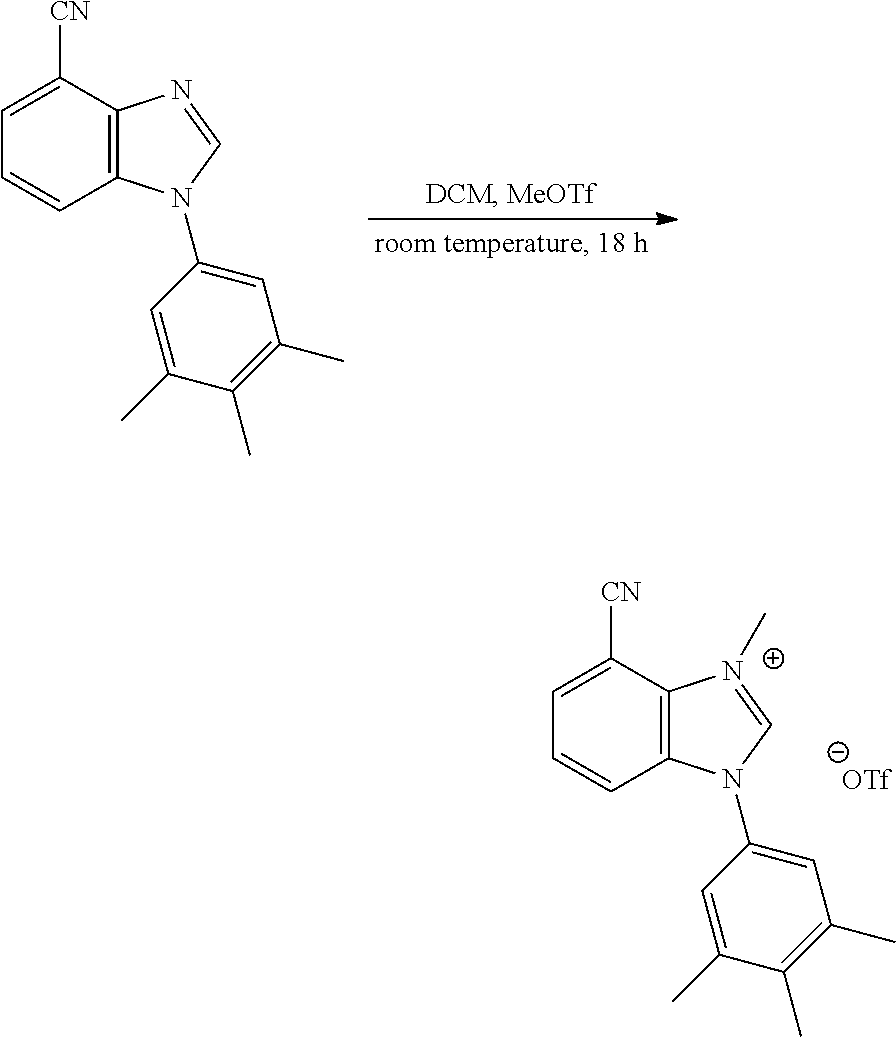
C00307
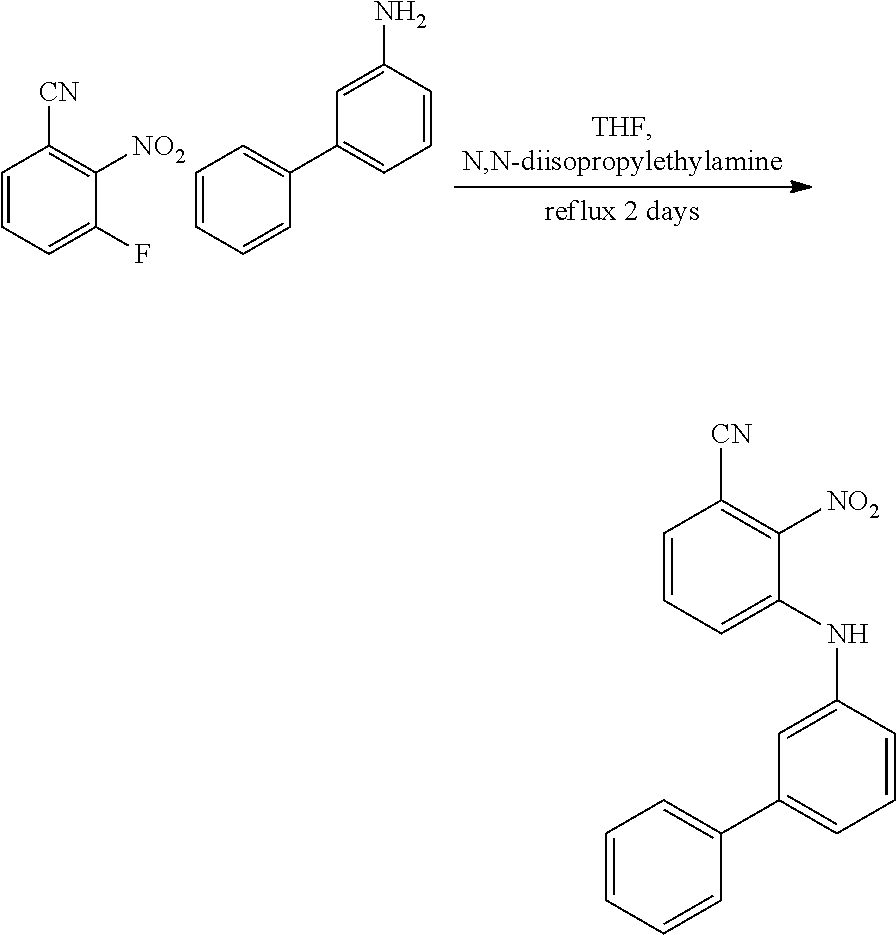
C00308
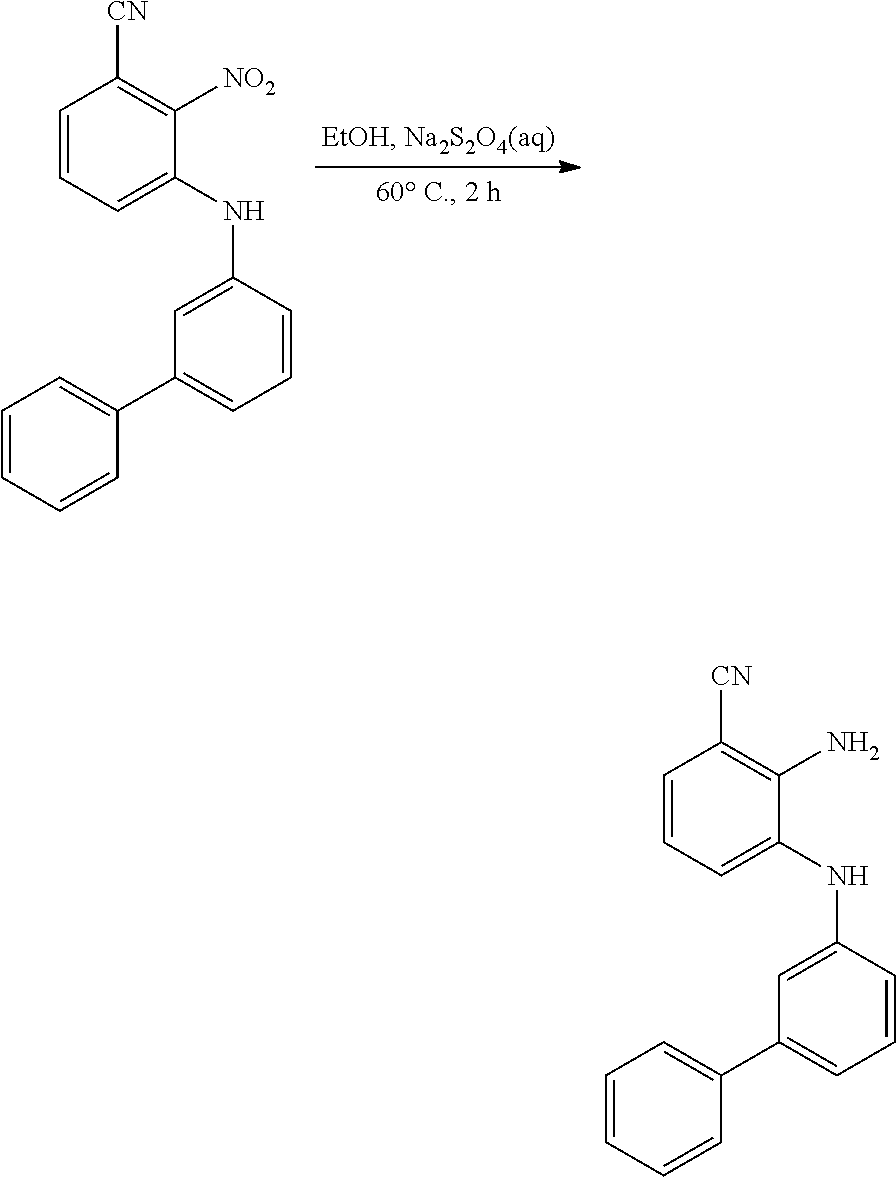
C00309
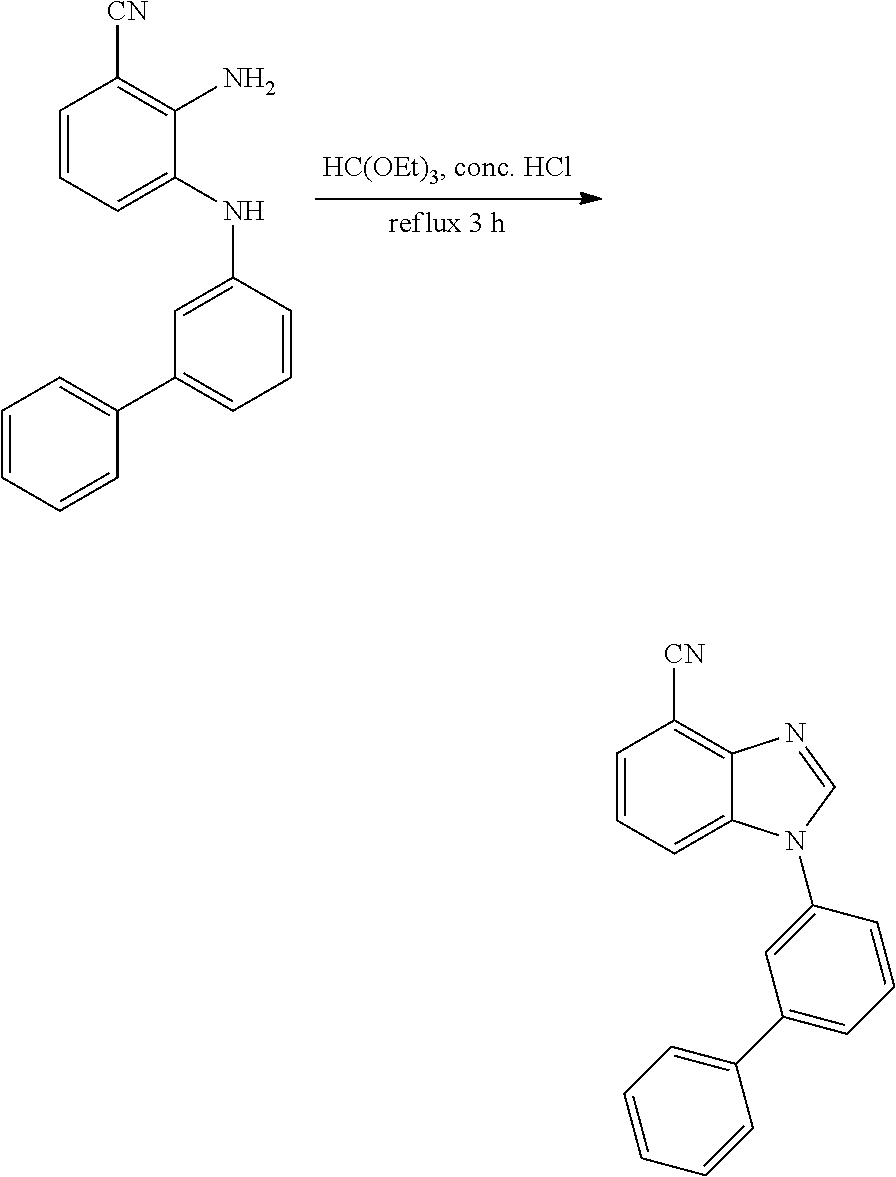
C00310
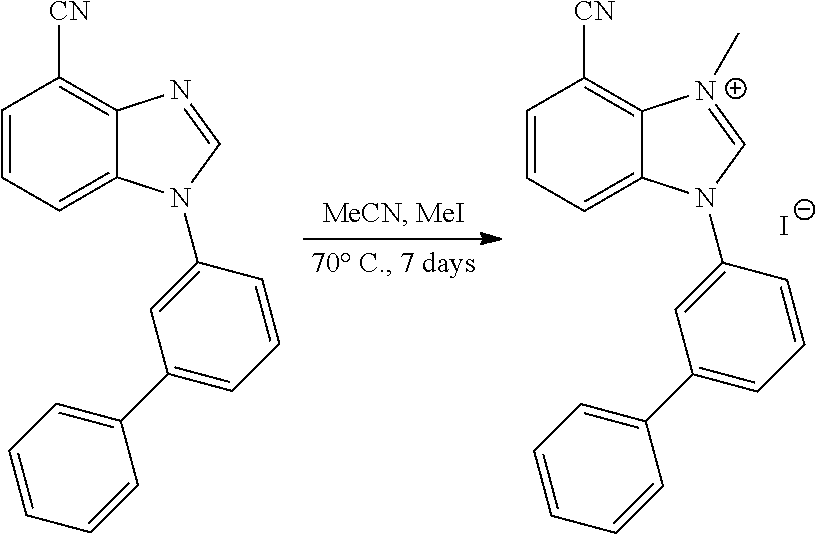
C00311
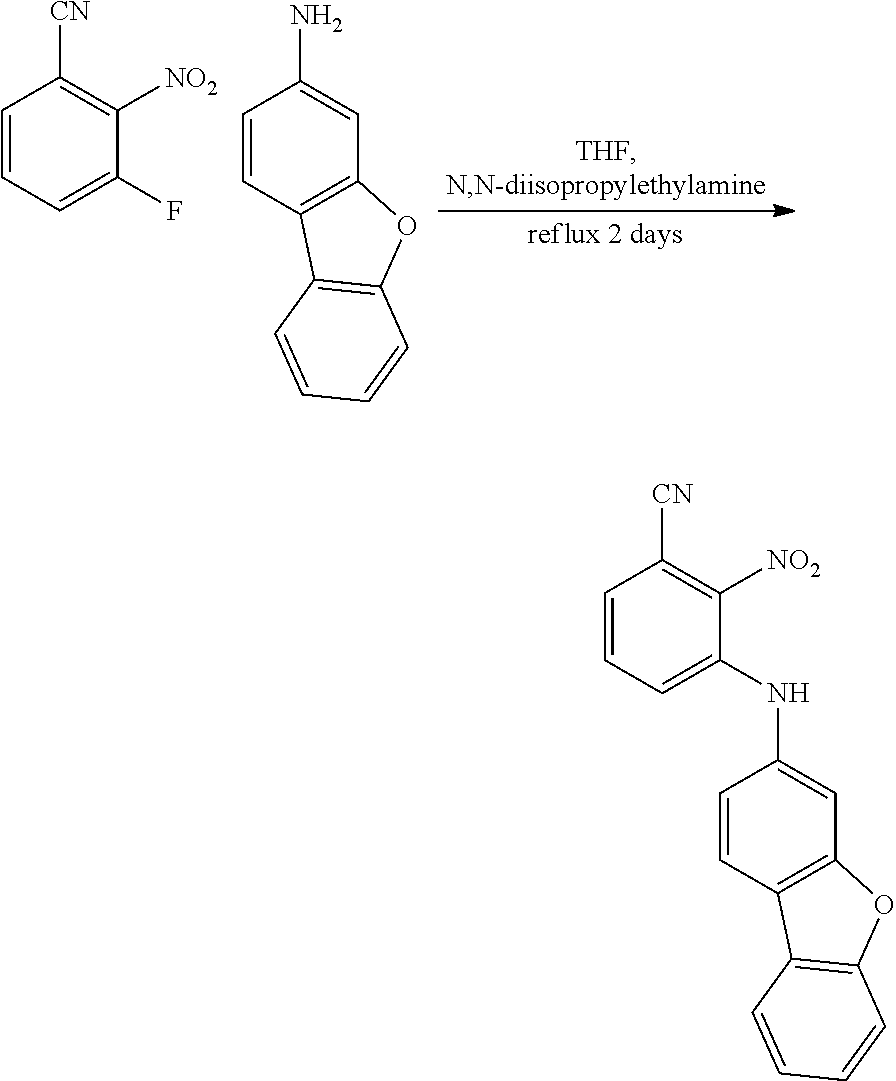
C00312
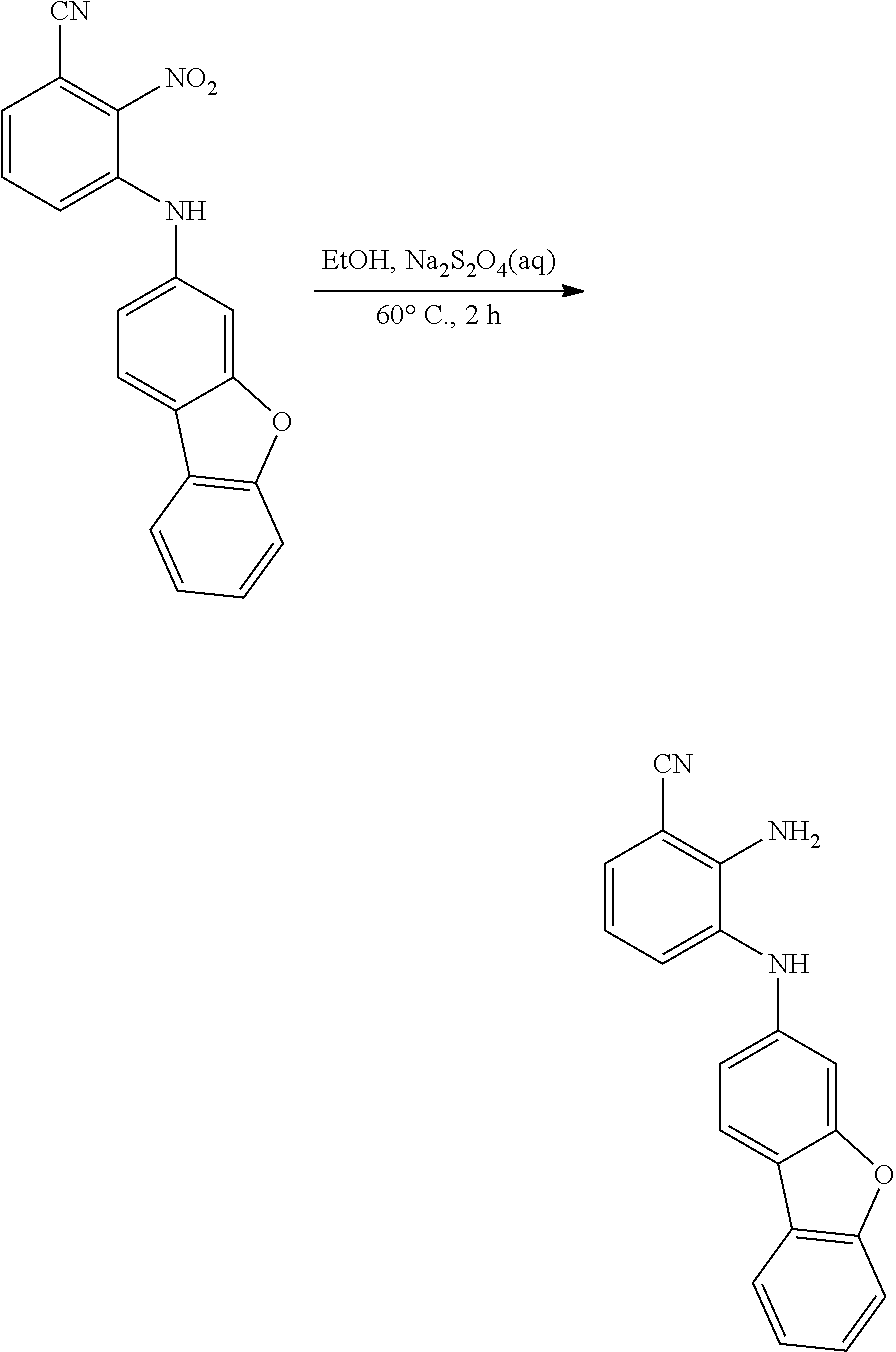
C00313
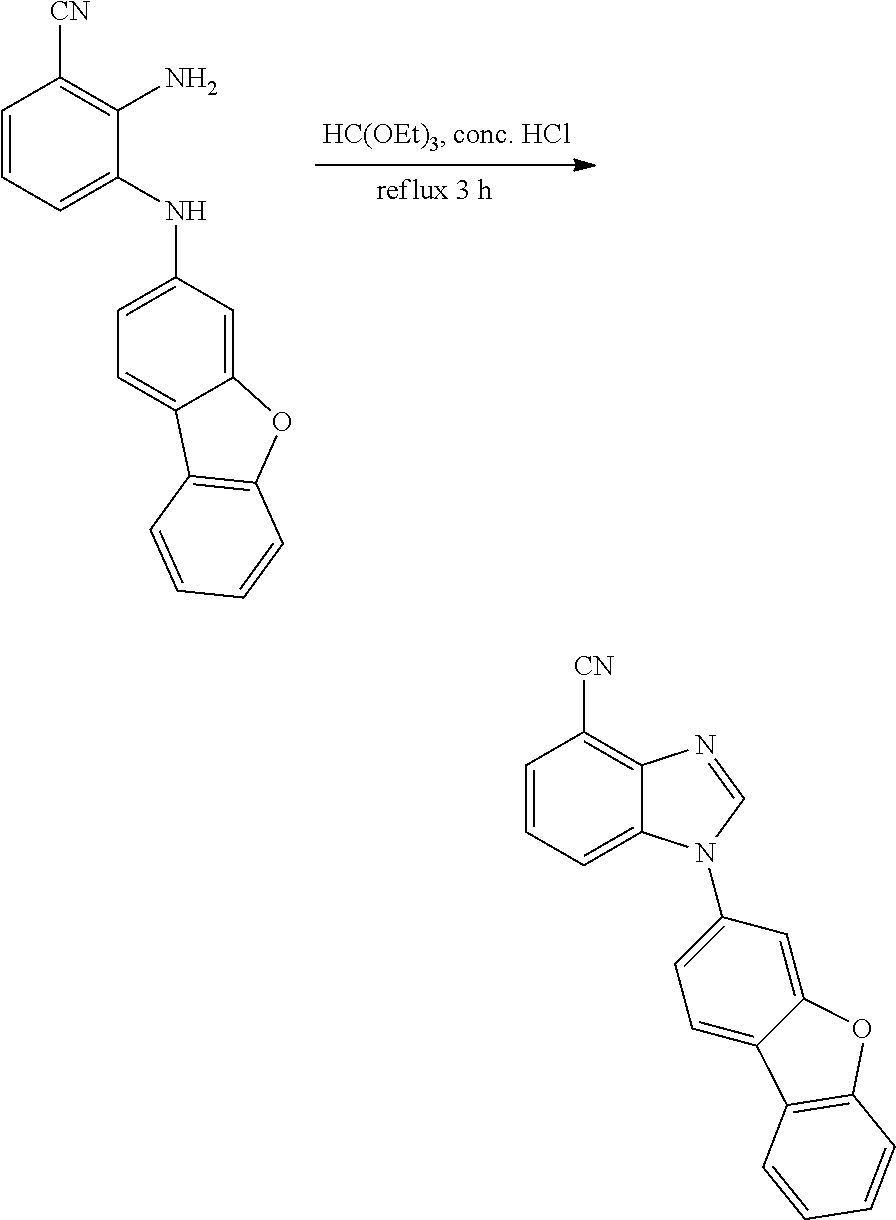
C00314
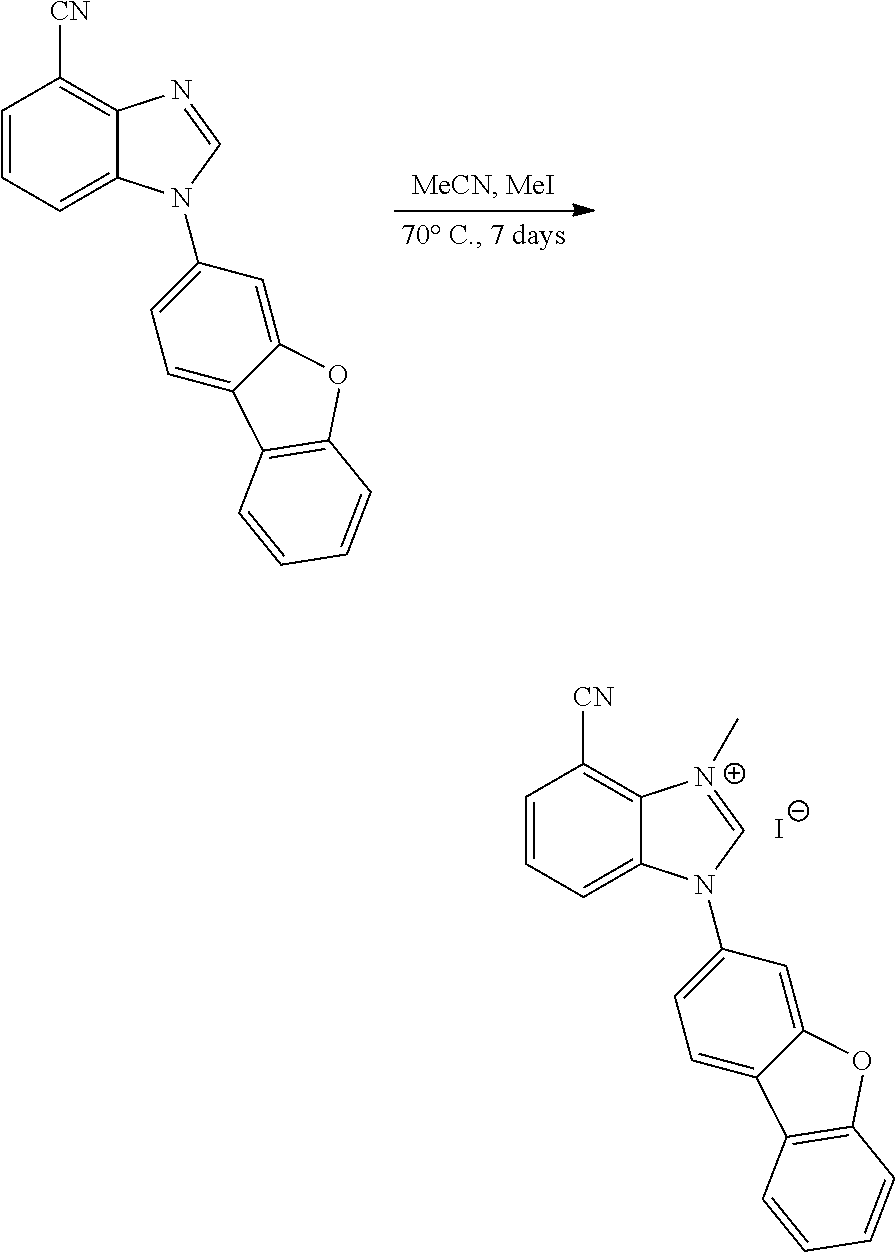
C00315
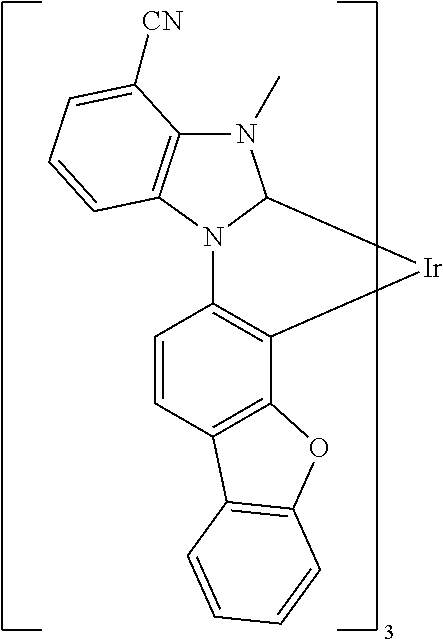
C00316
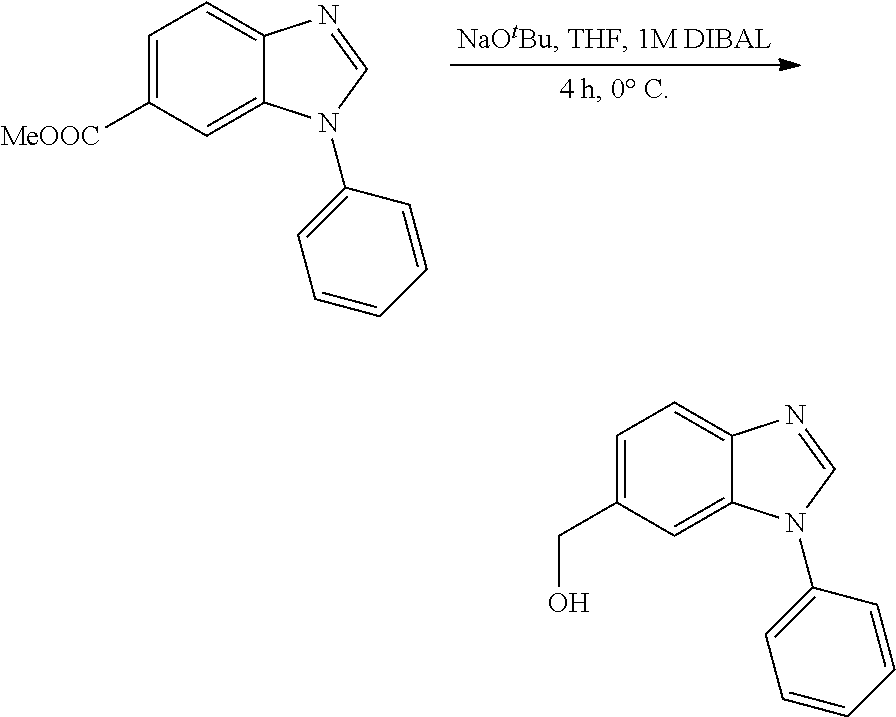
C00317
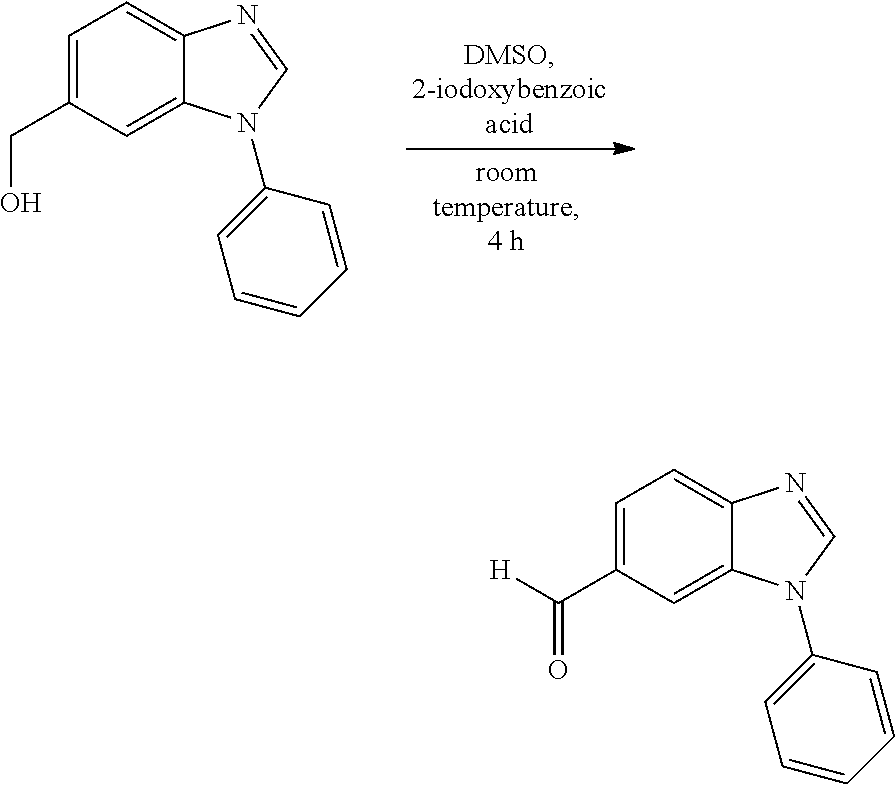
C00318
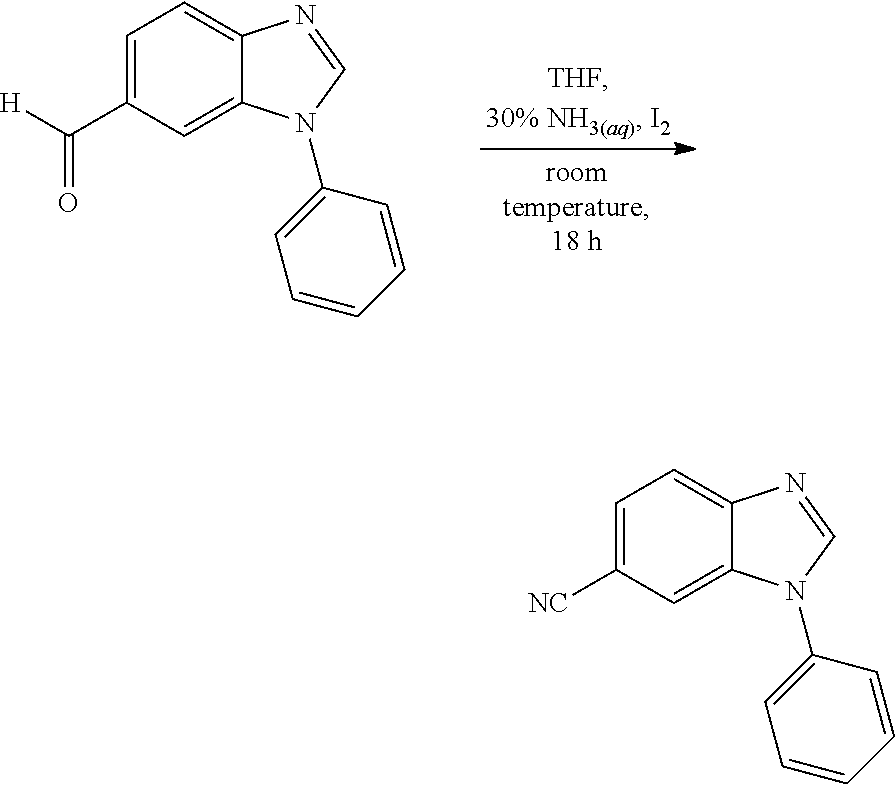
C00319
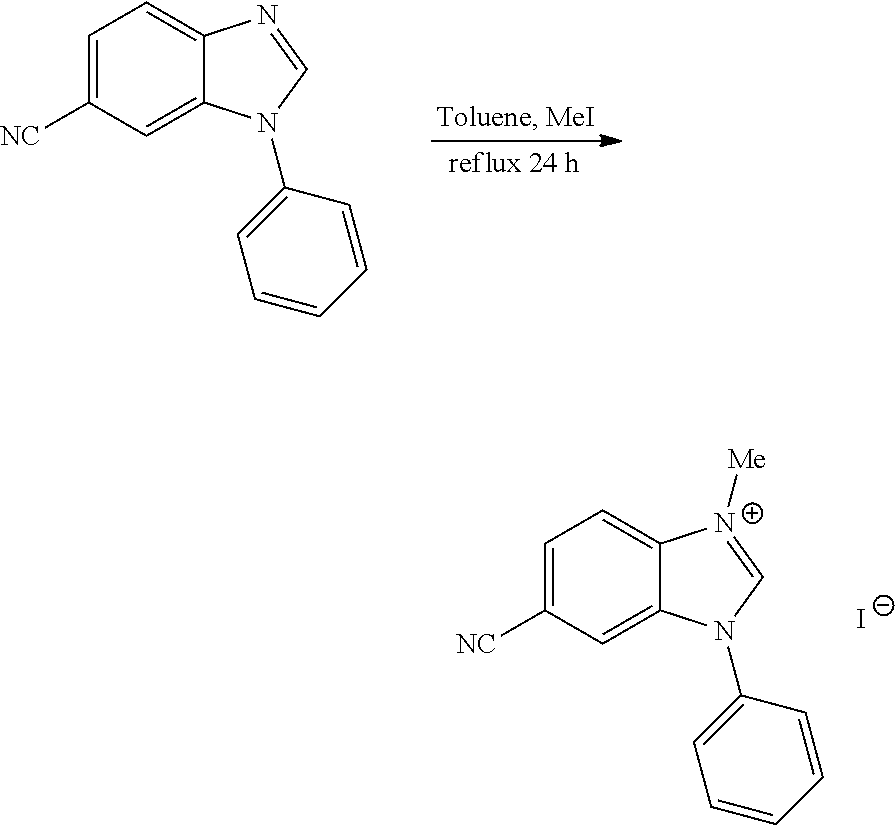
C00320
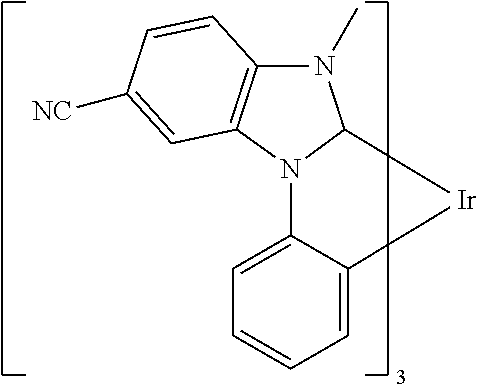
C00321
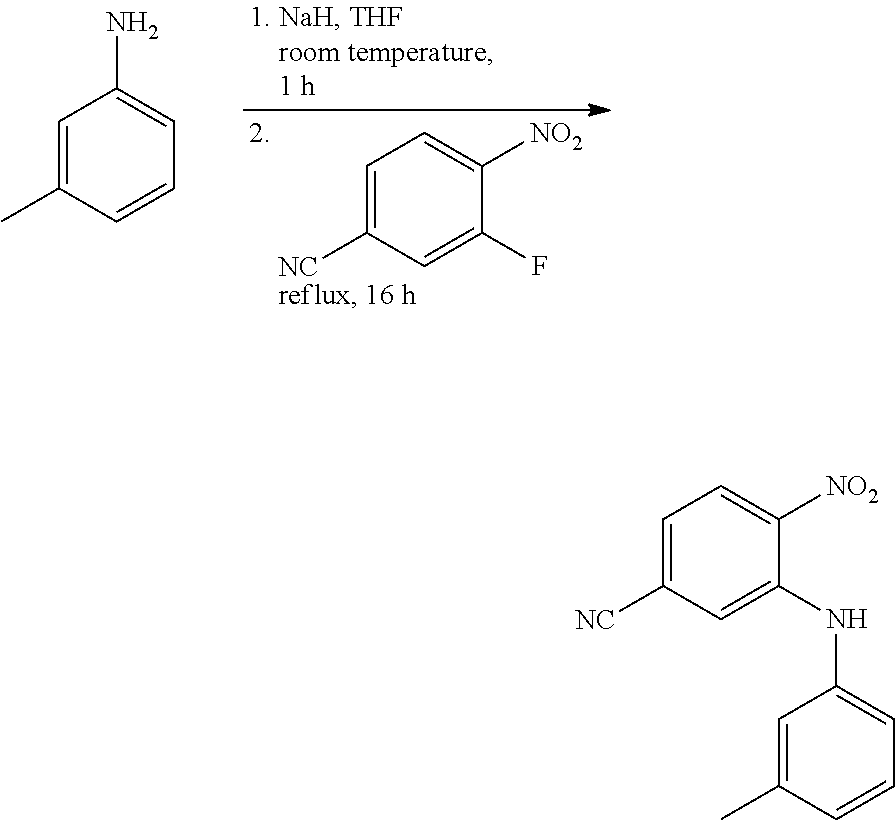
C00322
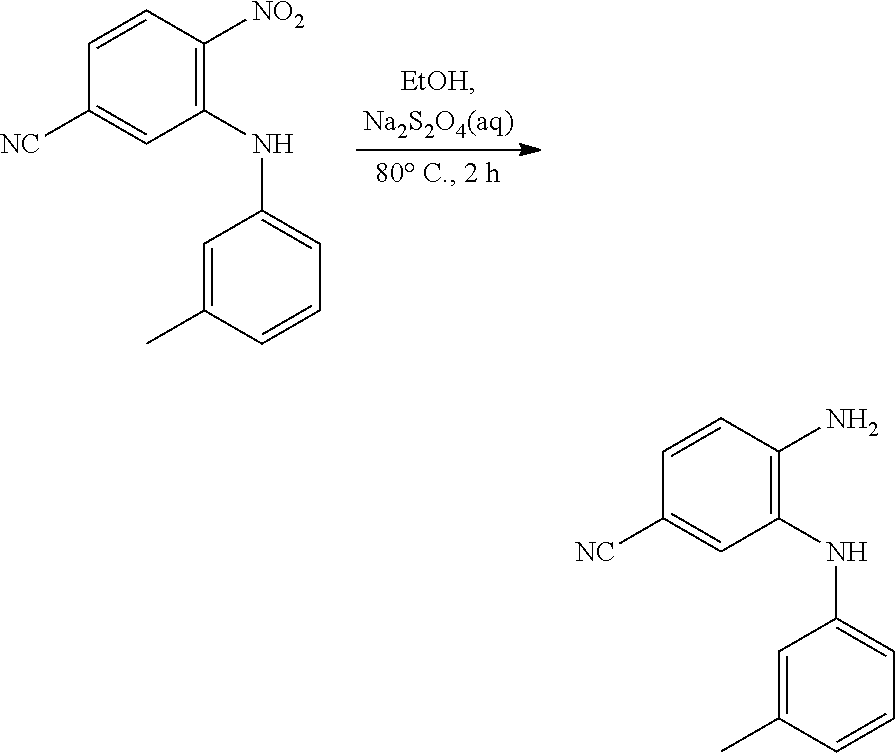
C00323
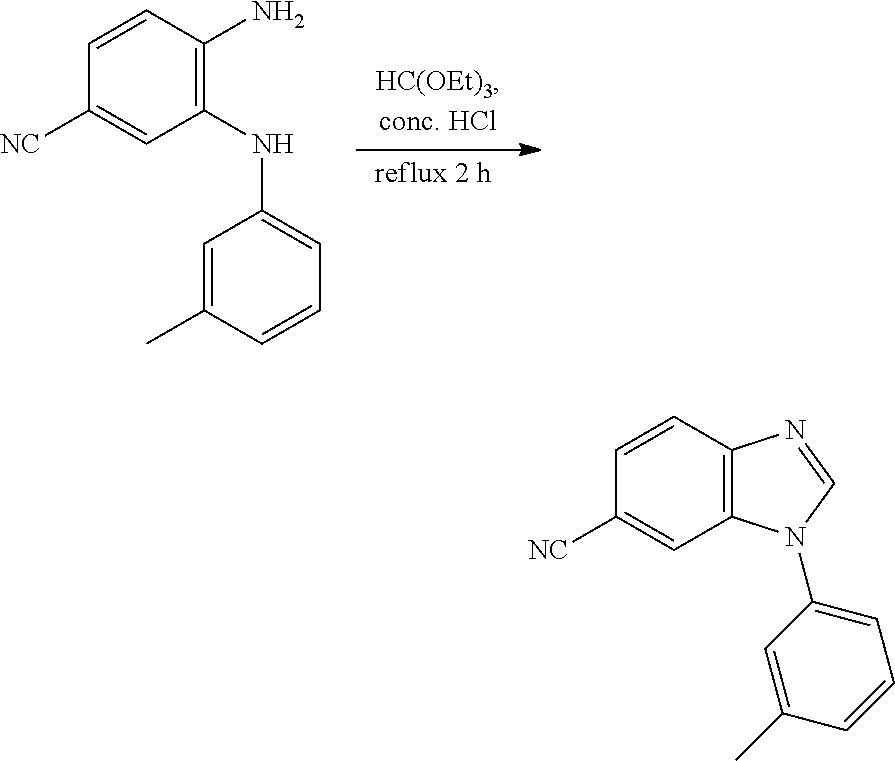
C00324
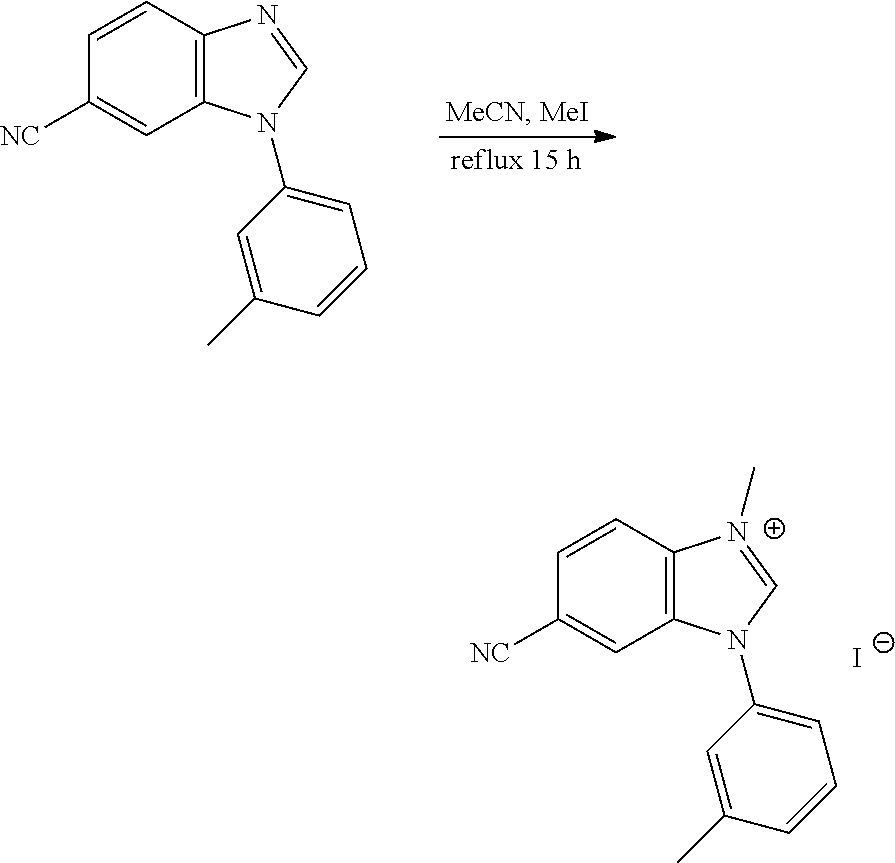
C00325
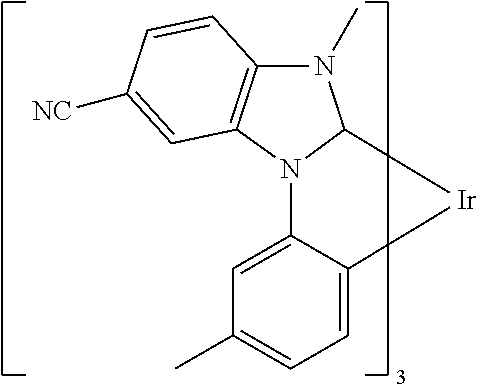
C00326
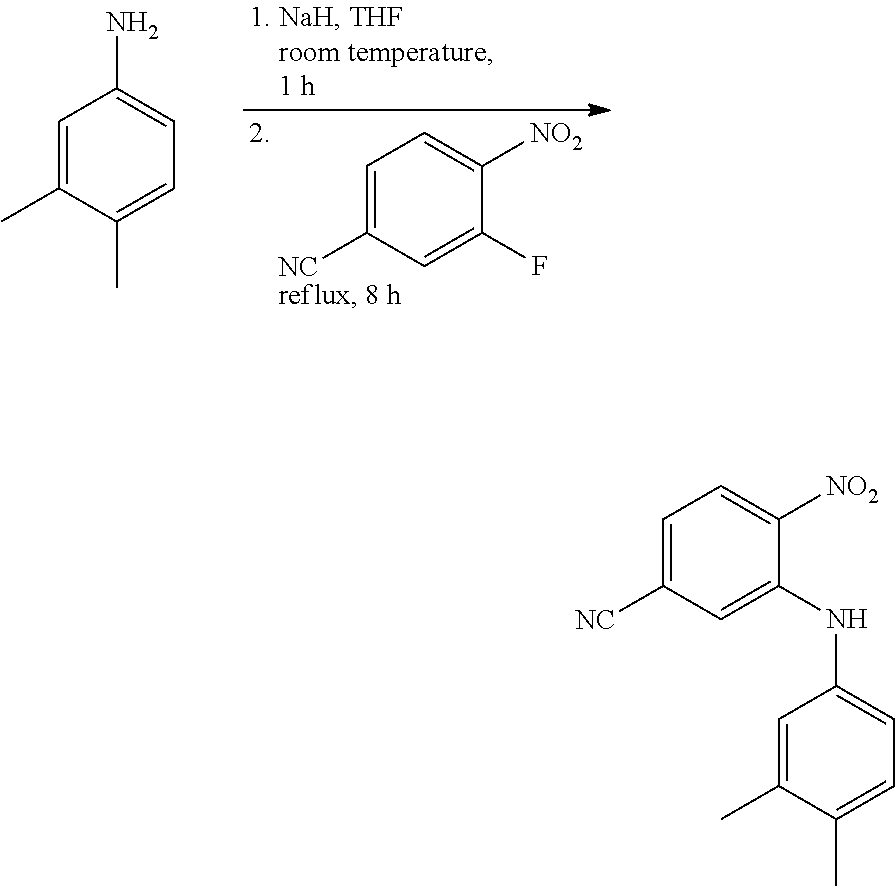
C00327
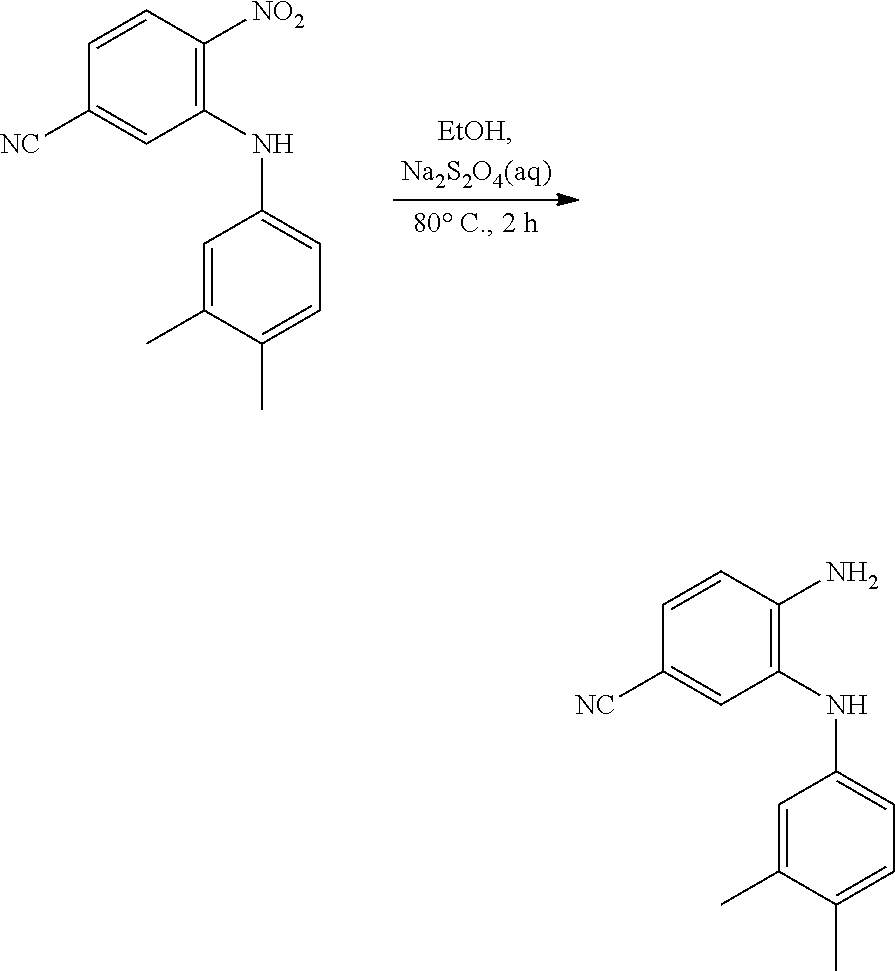
C00328
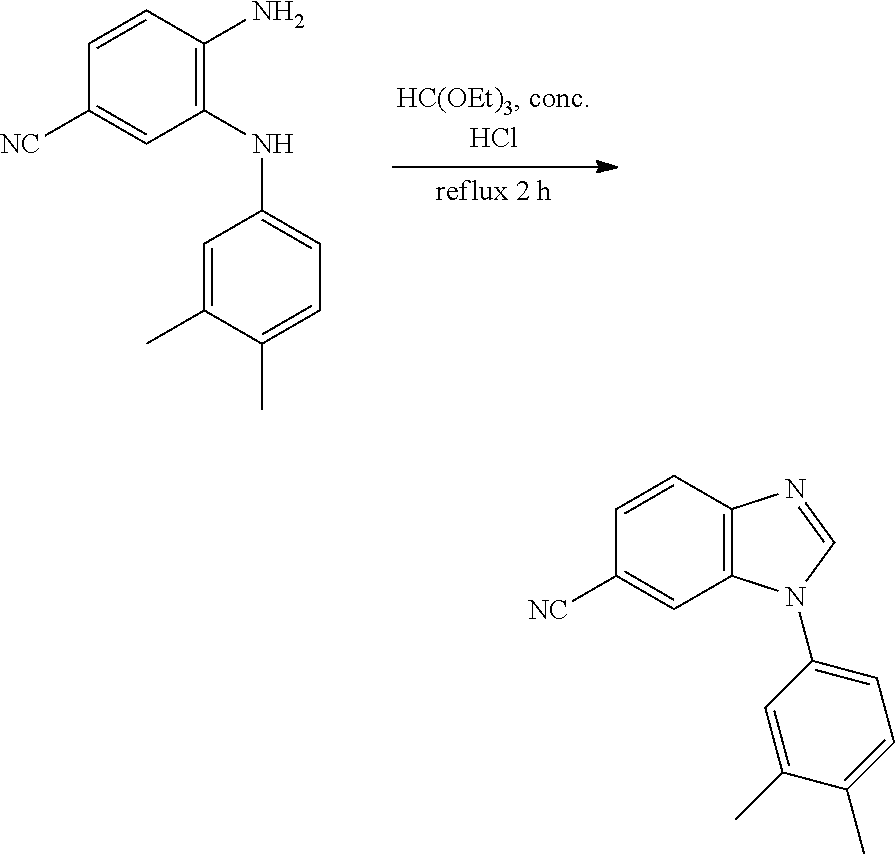
C00329
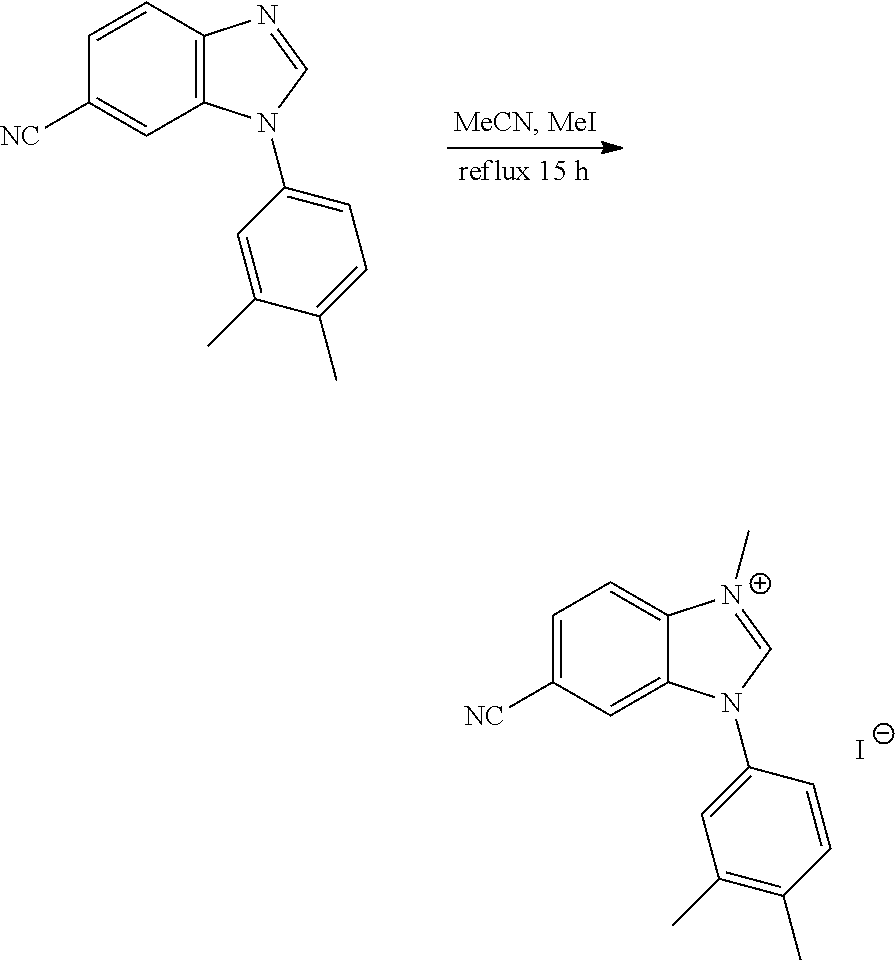
C00330
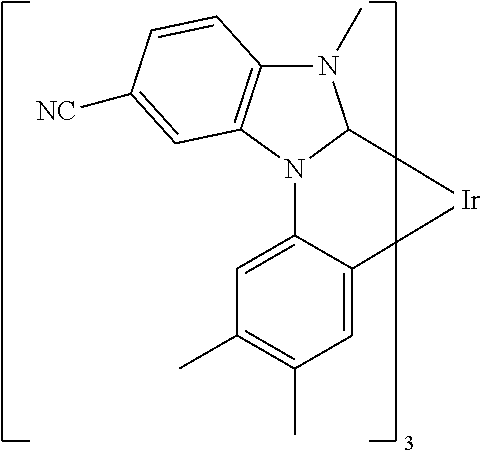
C00331
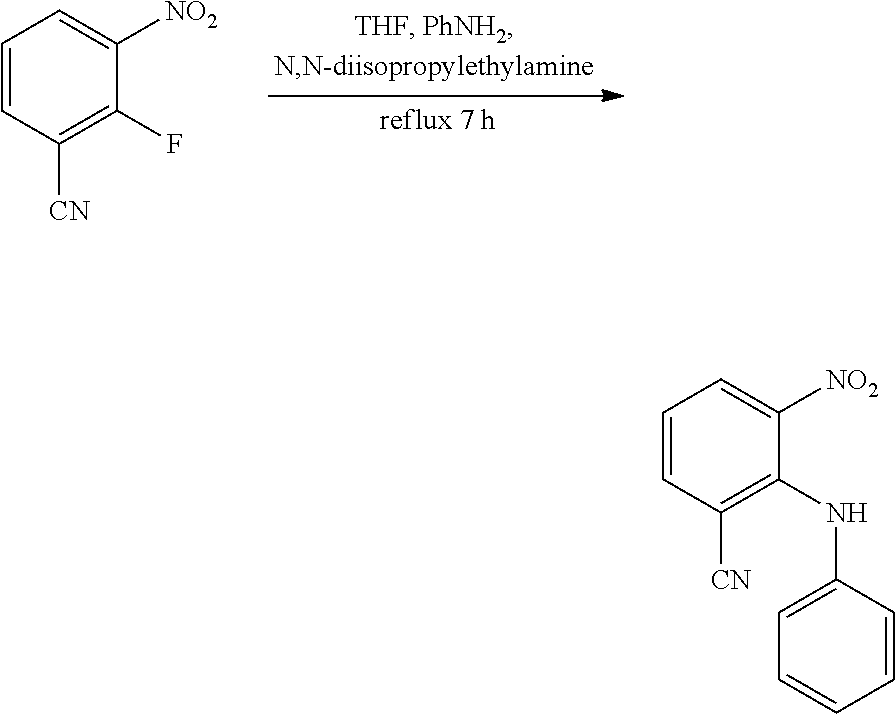
C00332
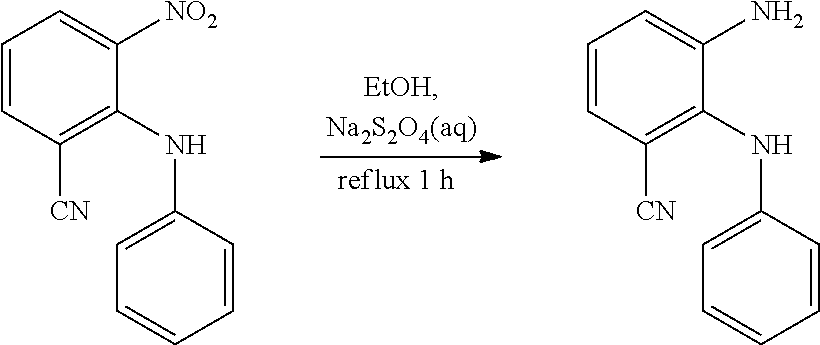
C00333
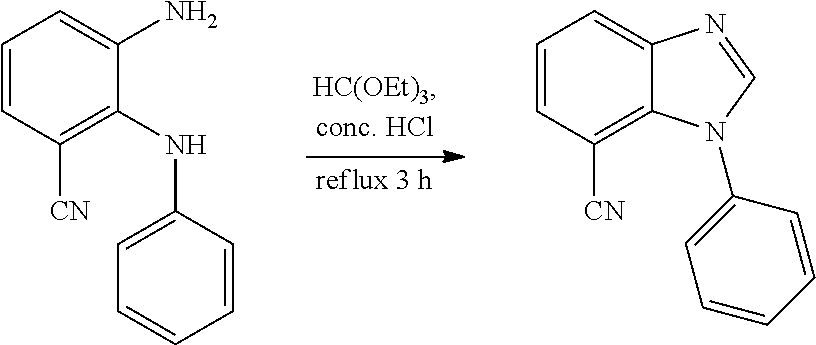
C00334
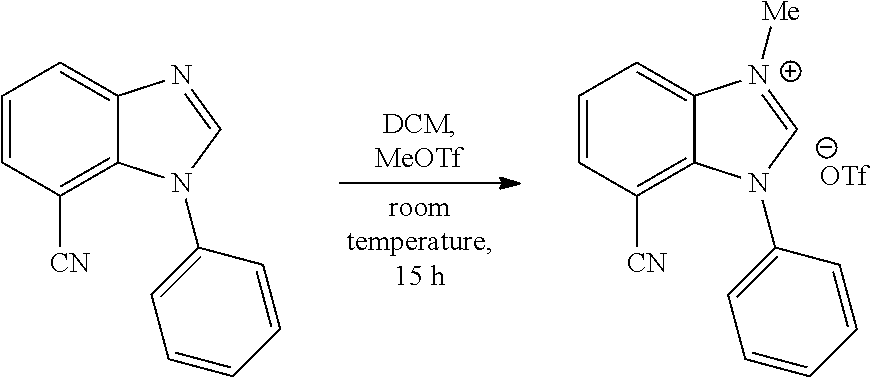
C00335
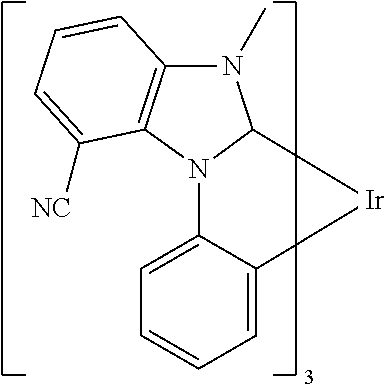
C00336
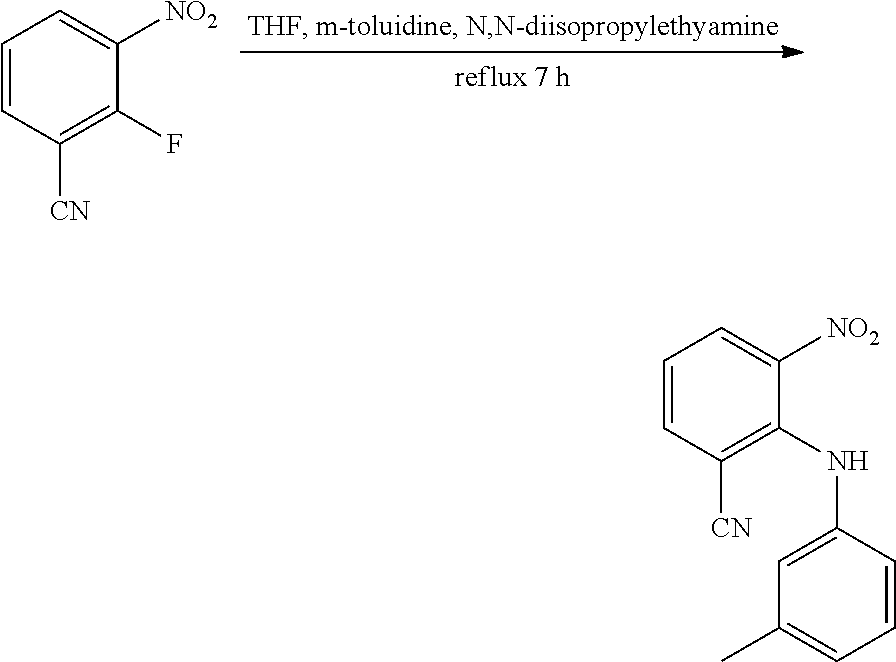
C00337
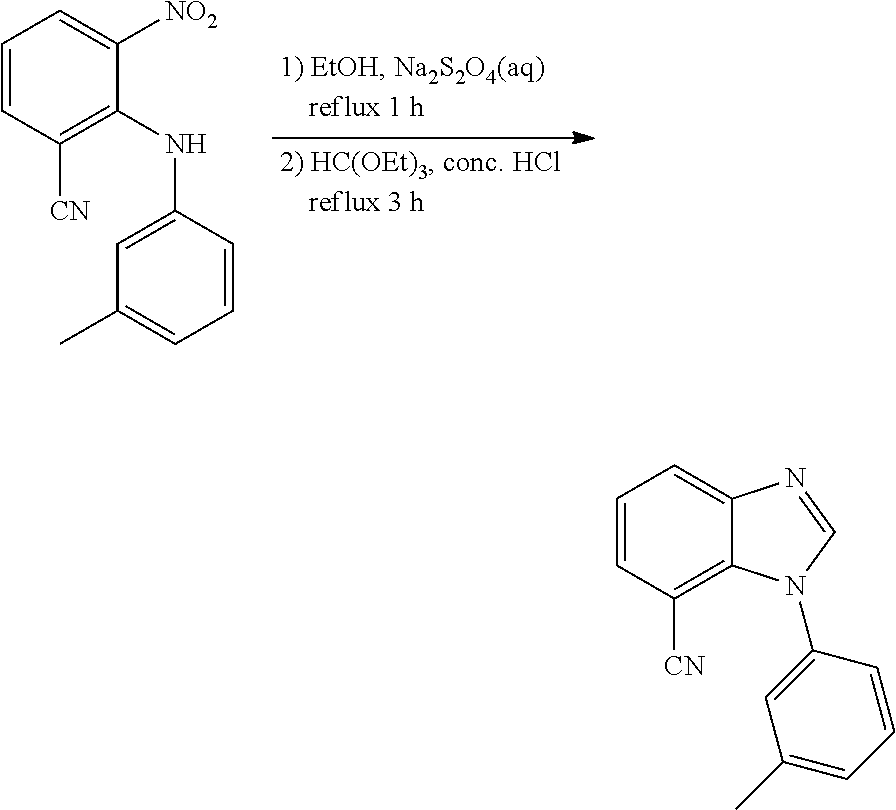
C00338
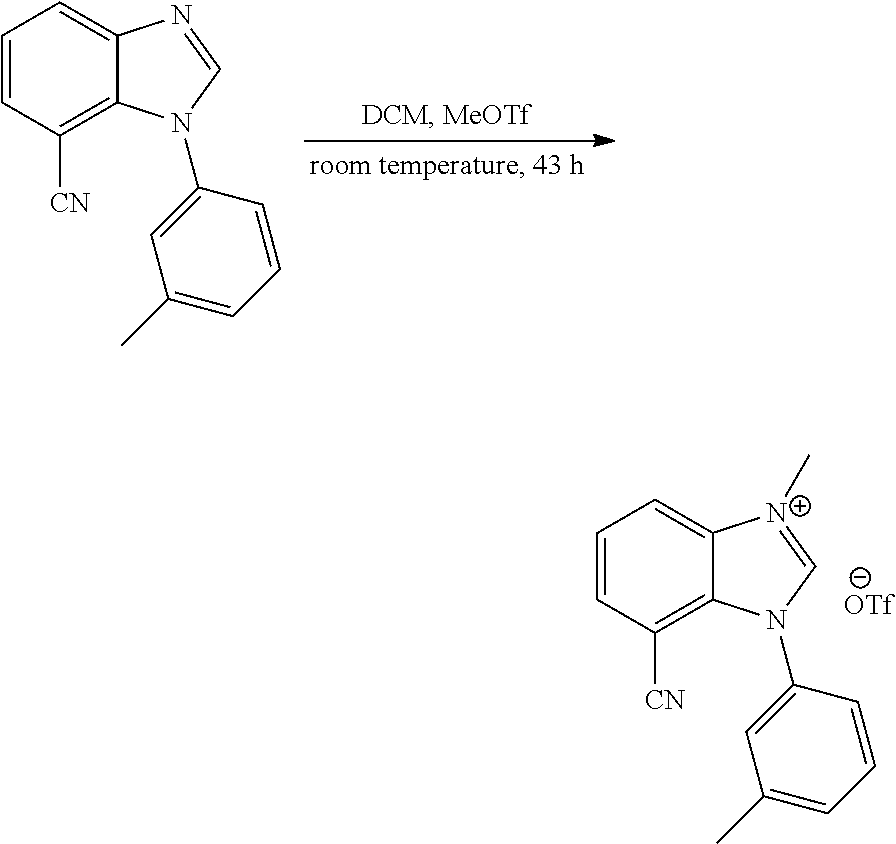
C00339
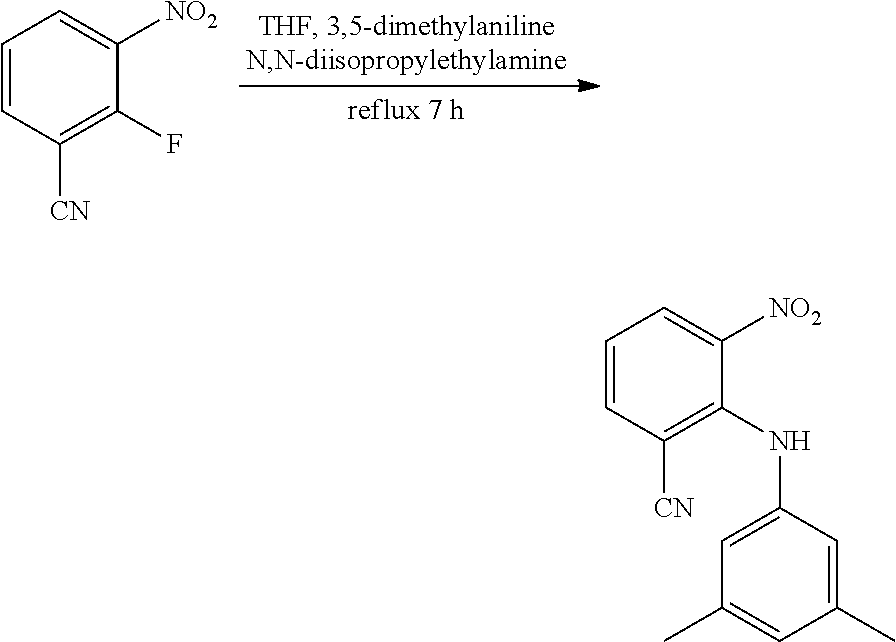
C00340
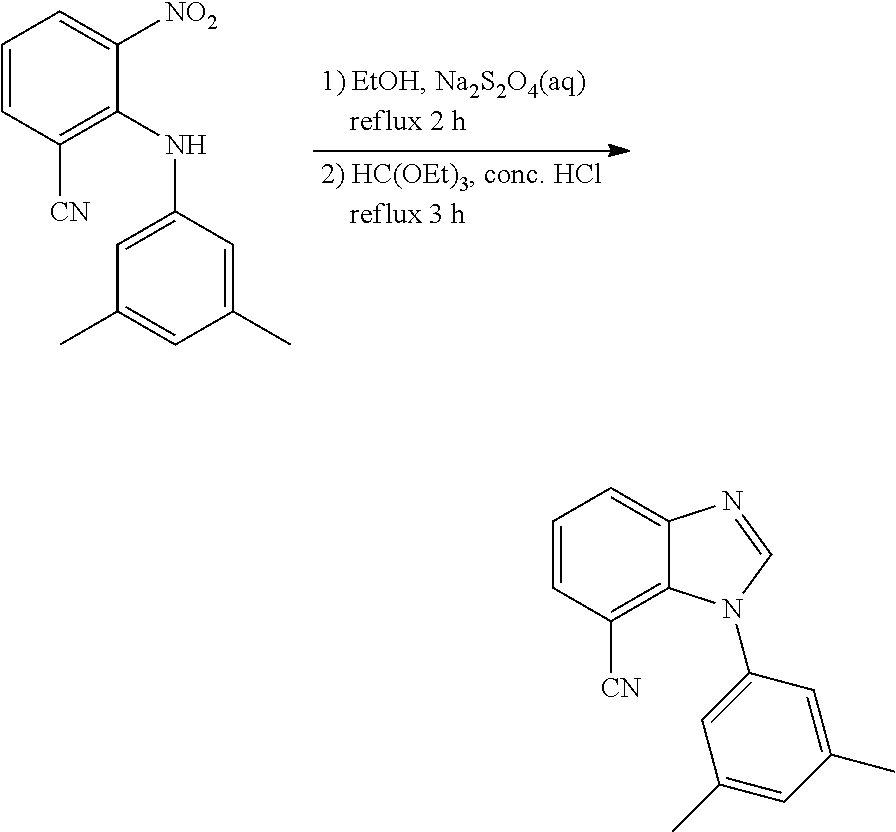
C00341
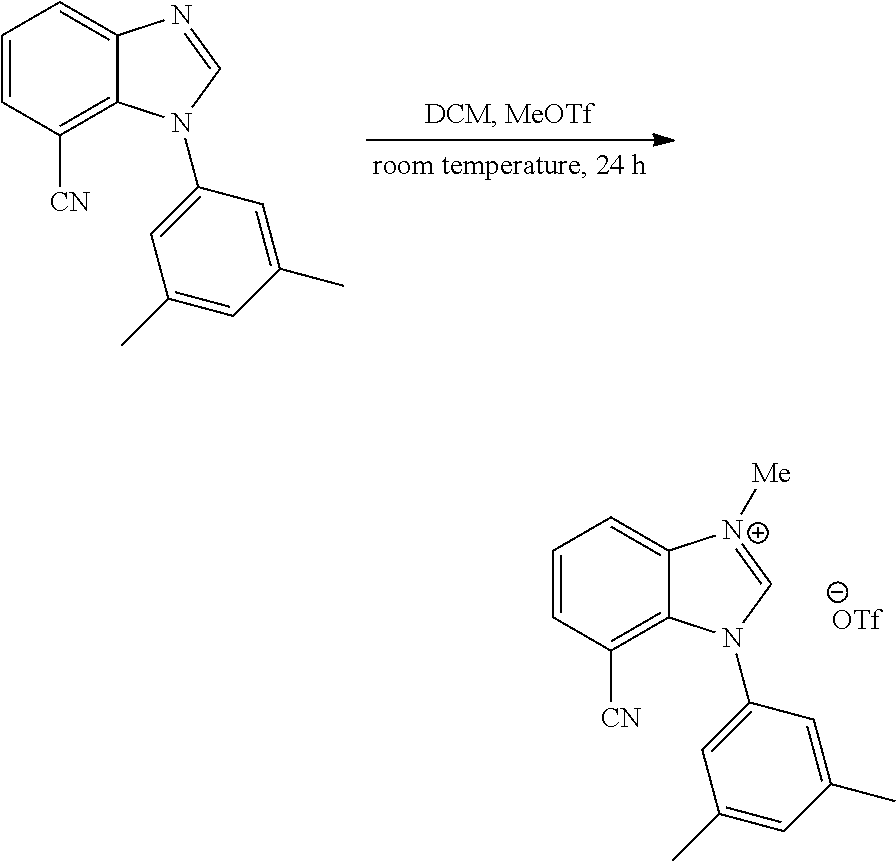
C00342
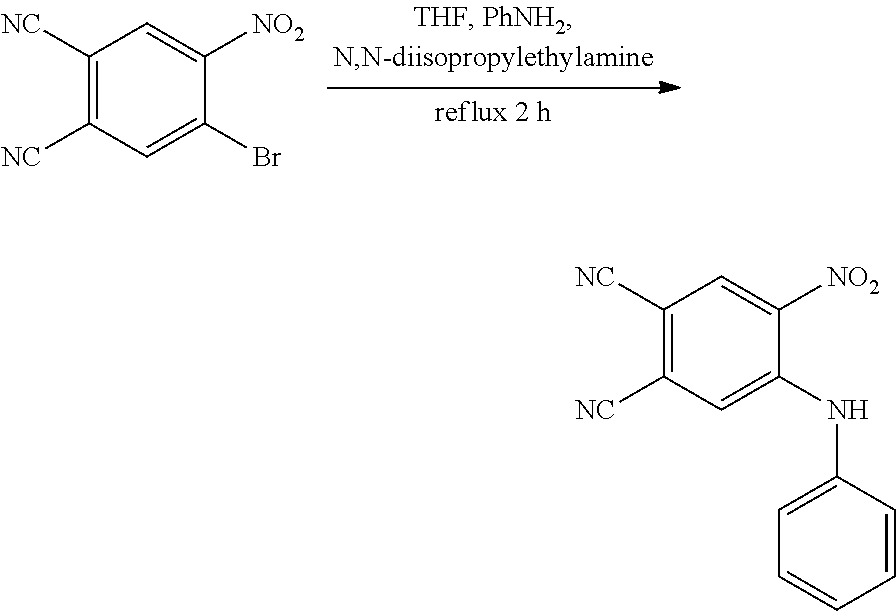
C00343
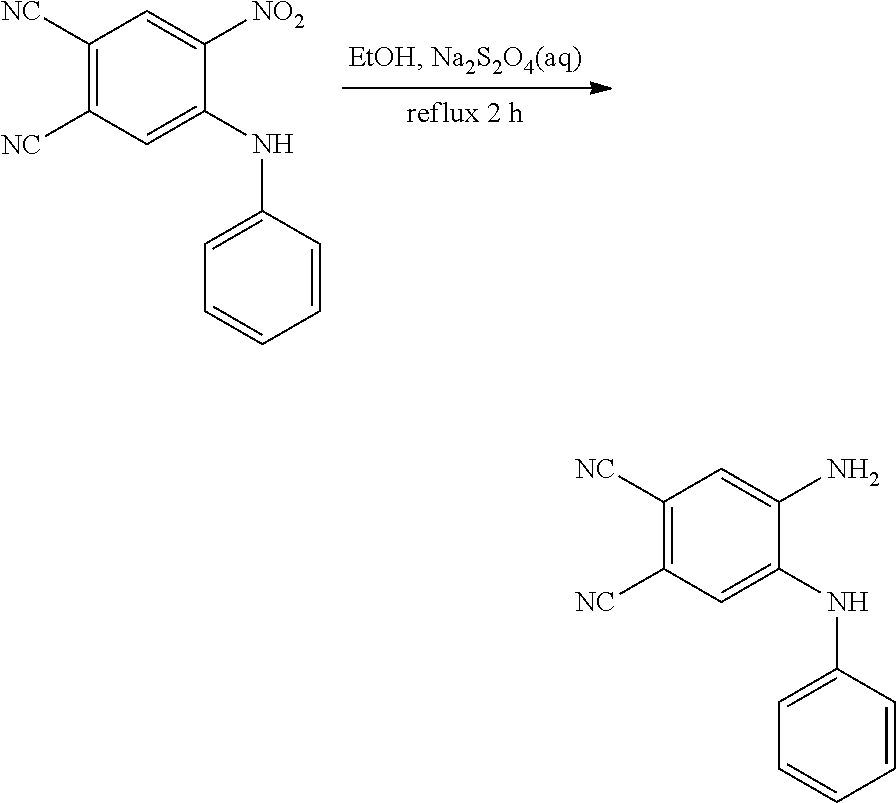
C00344
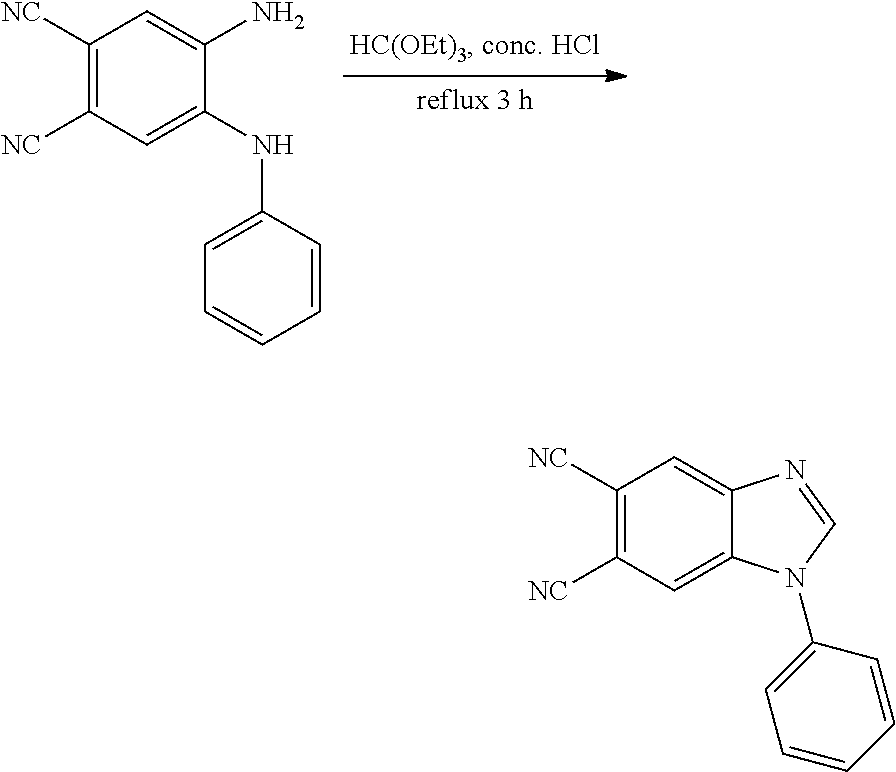
C00345
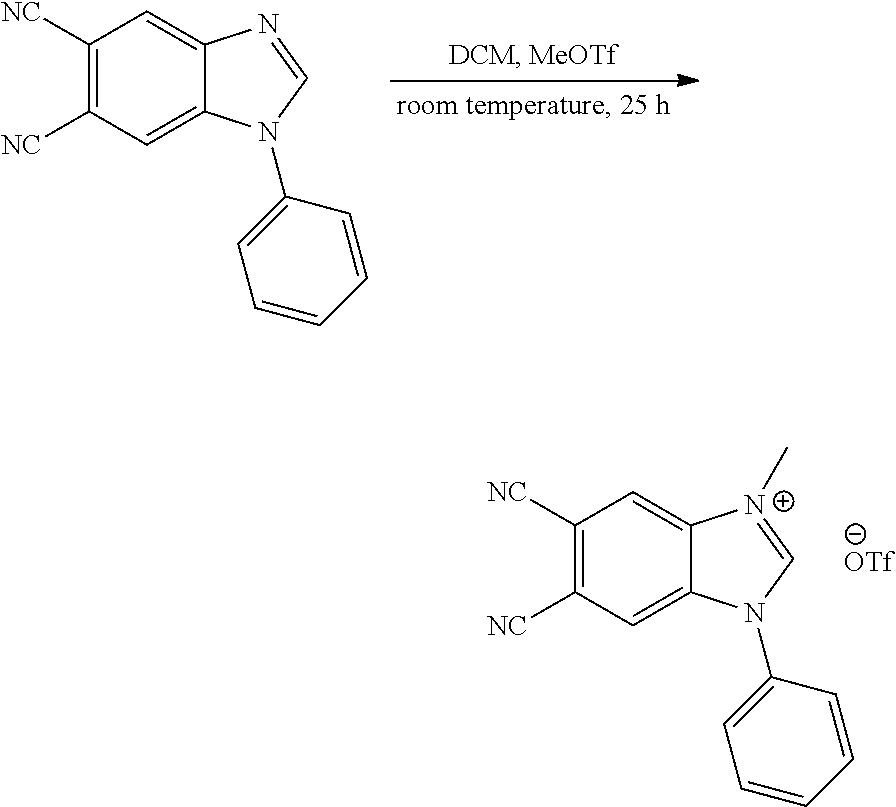
C00346
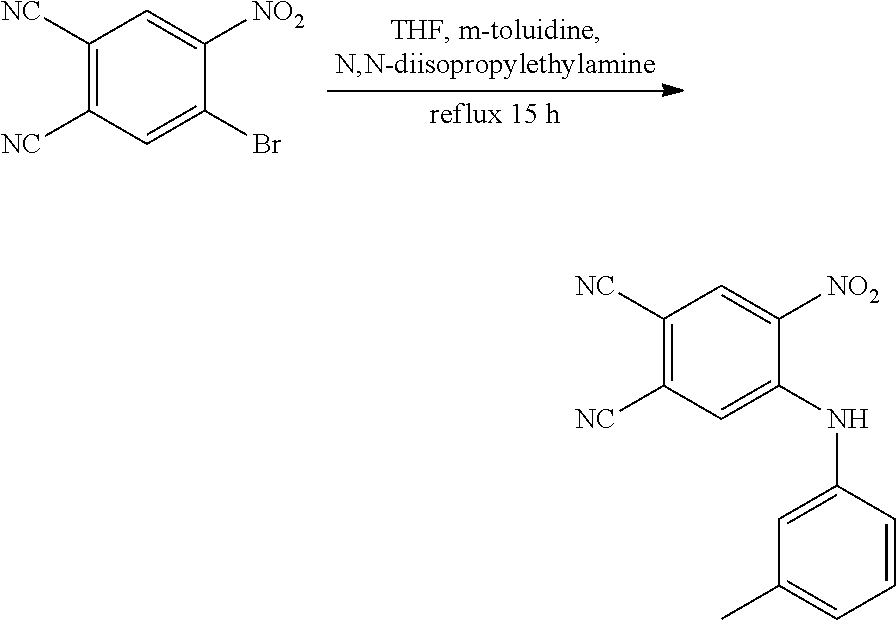
C00347
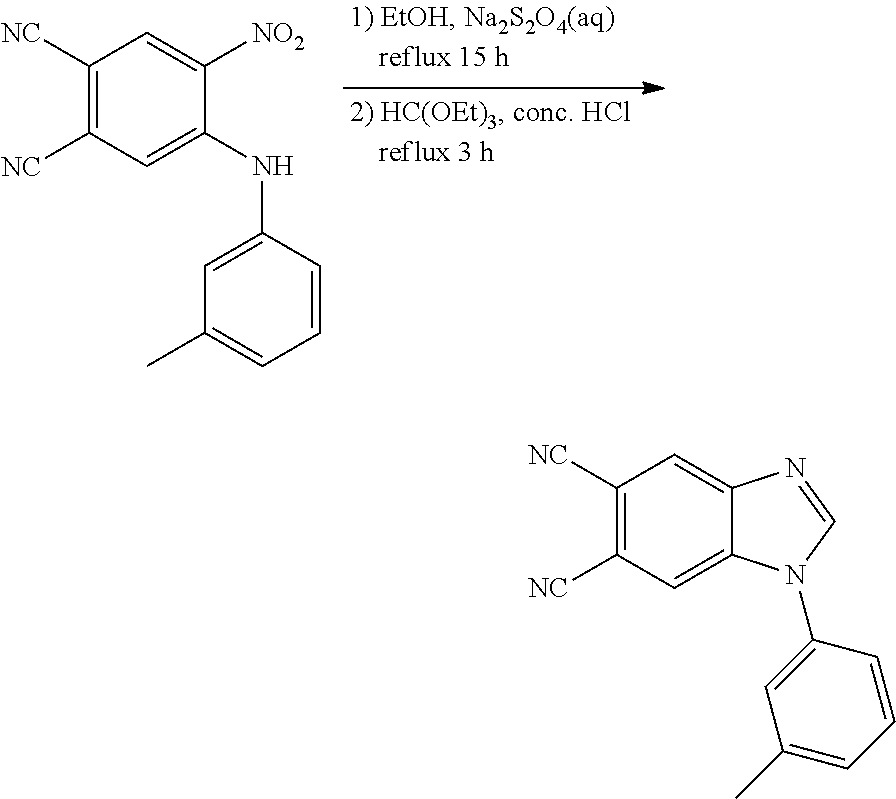
C00348
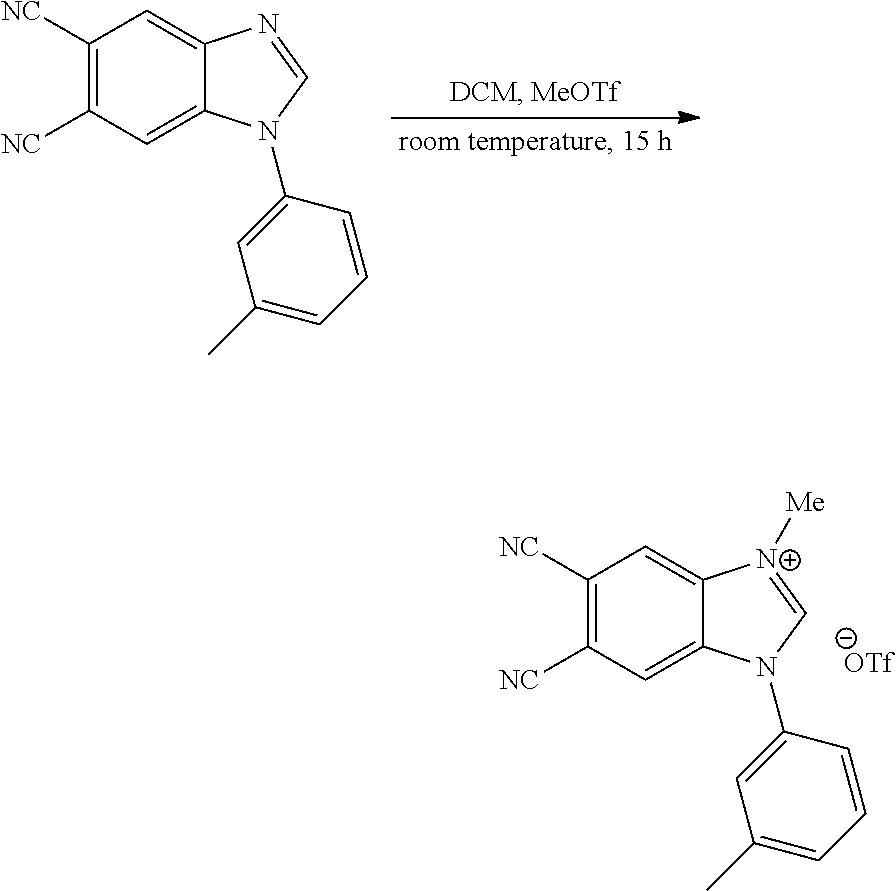
C00349
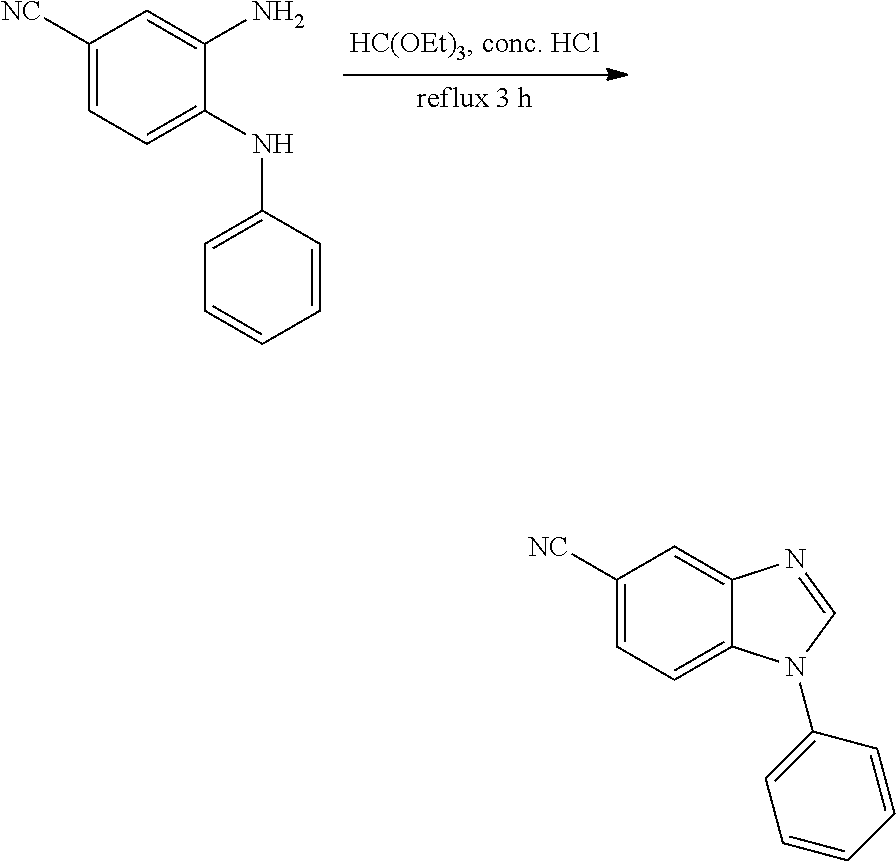
C00350

C00351
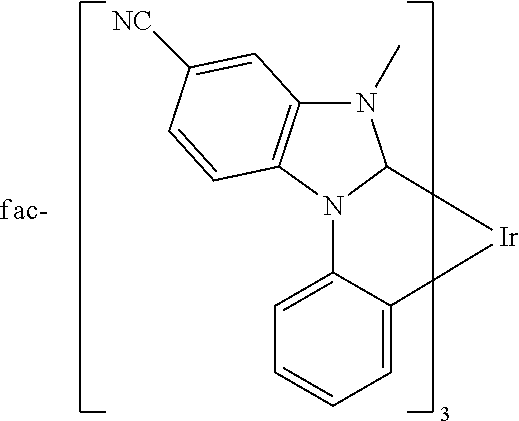
C00352
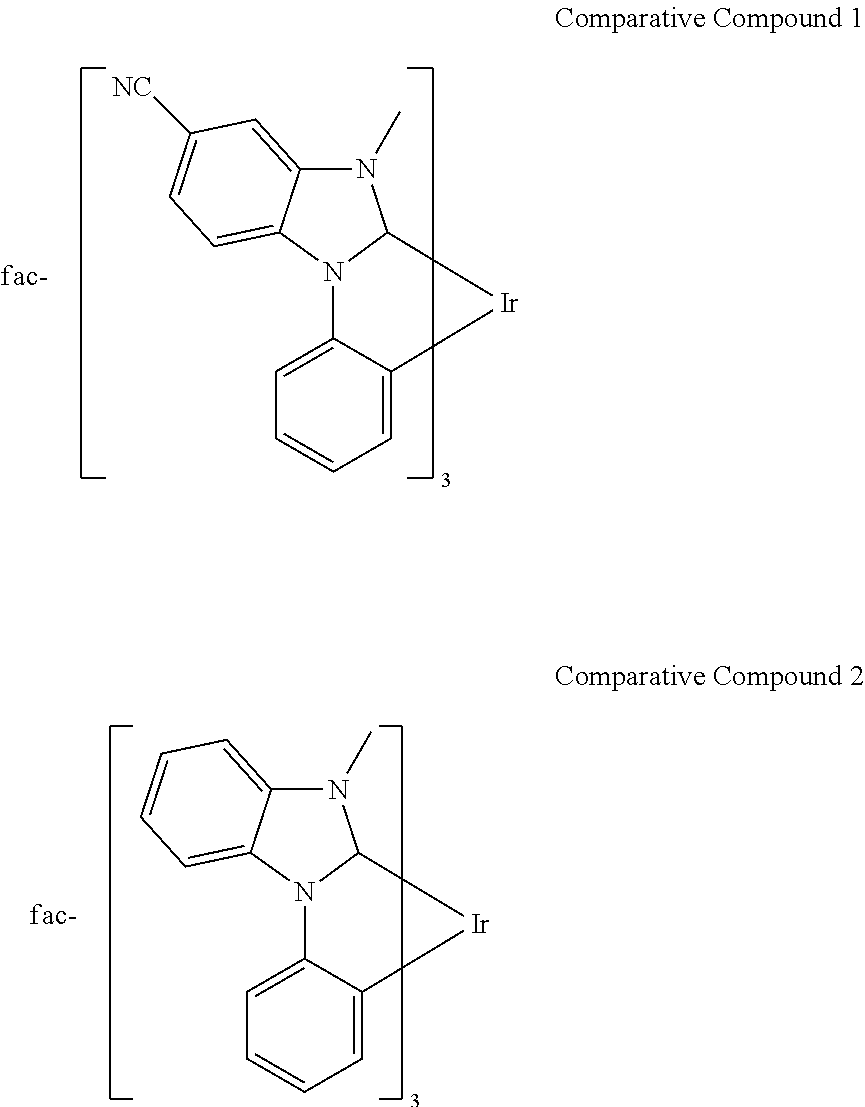
C00353
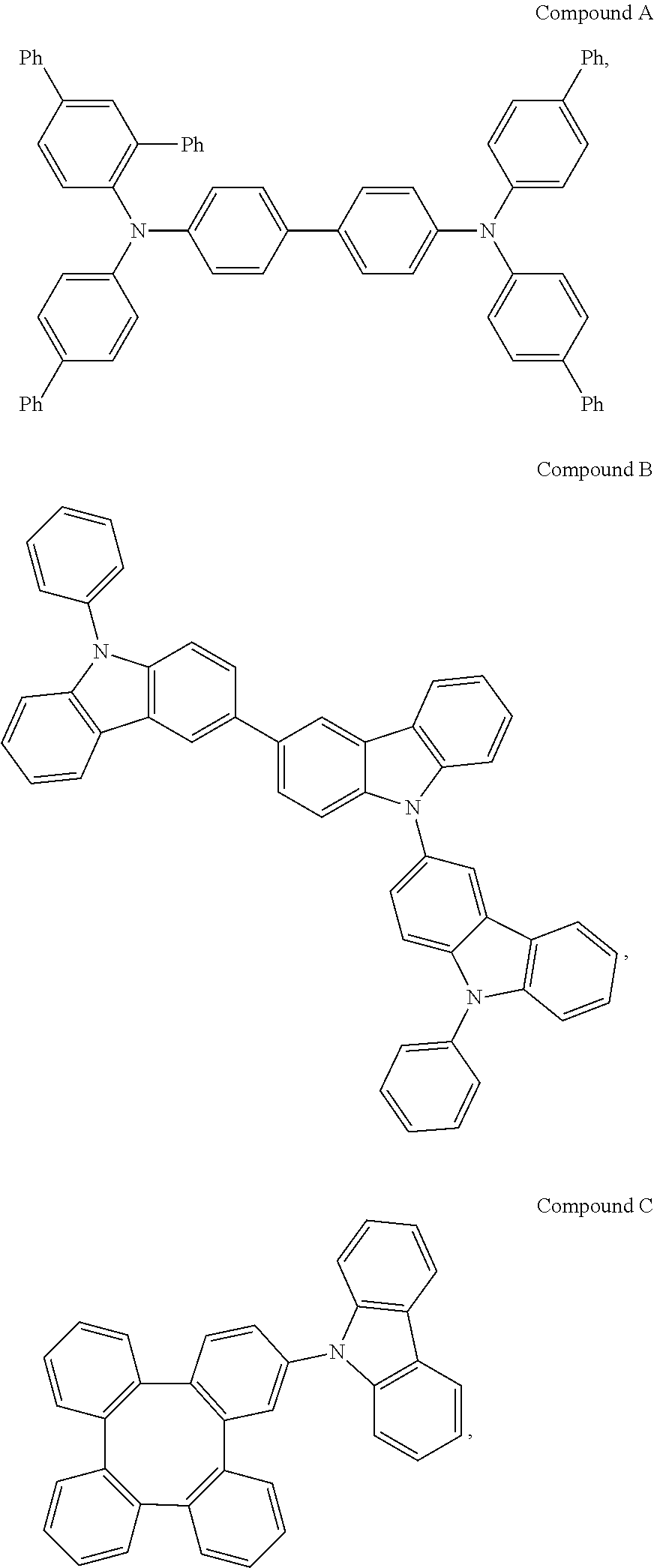
C00354
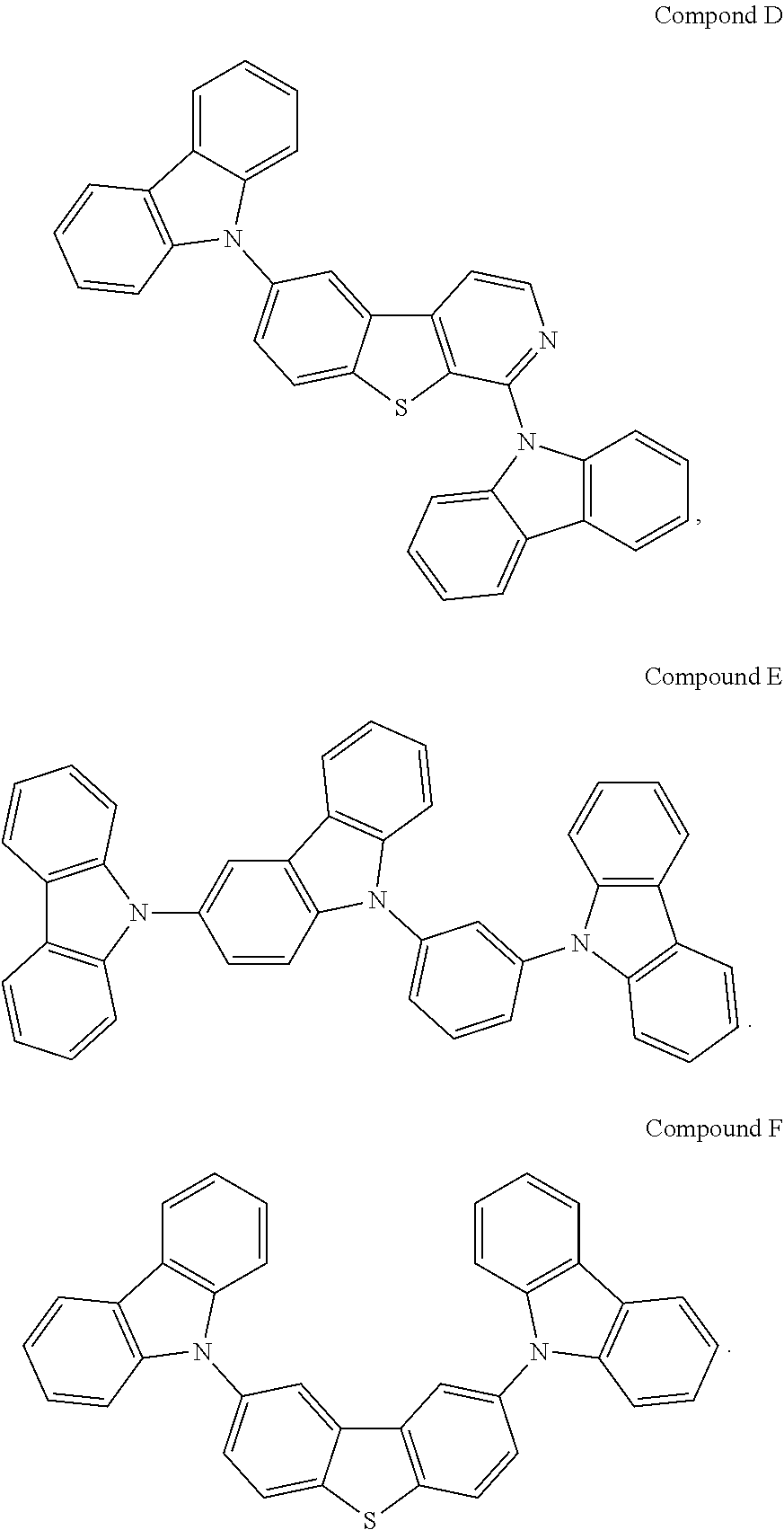
C00355
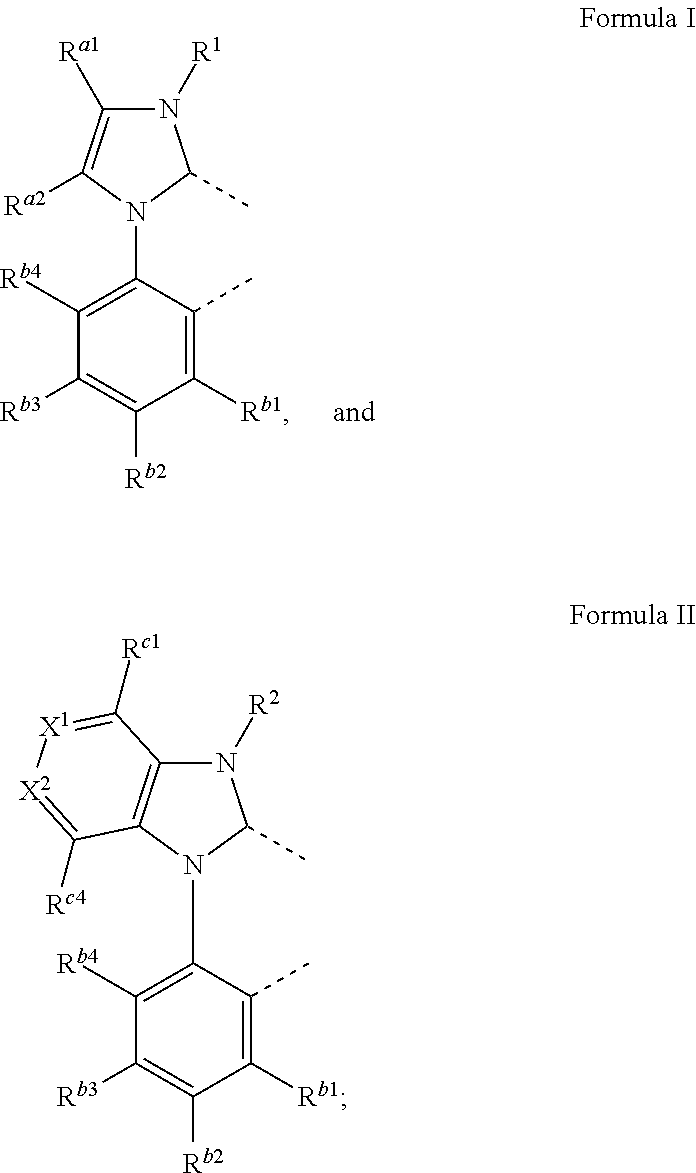
C00356

C00357

C00358

C00359

C00360

C00361

C00362

C00363

C00364

C00365

C00366

C00367

C00368

C00369

C00370

C00371

C00372

C00373

C00374

C00375

C00376

C00377

C00378

C00379

C00380

C00381

C00382

C00383

C00384

C00385

C00386

C00387

C00388
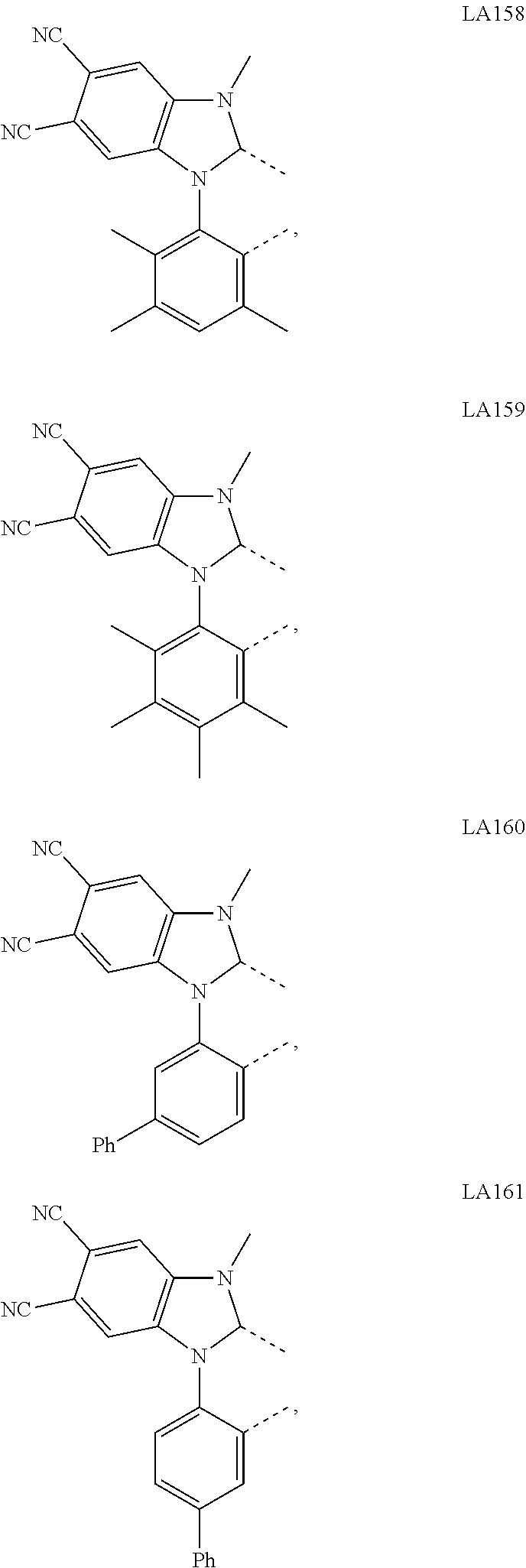
C00389

C00390

C00391

C00392

C00393

C00394

C00395

C00396

C00397

C00398

C00399

C00400

C00401

C00402

C00403

C00404

C00405

C00406

C00407

C00408

C00409

C00410

C00411

C00412

C00413

C00414

C00415

C00416
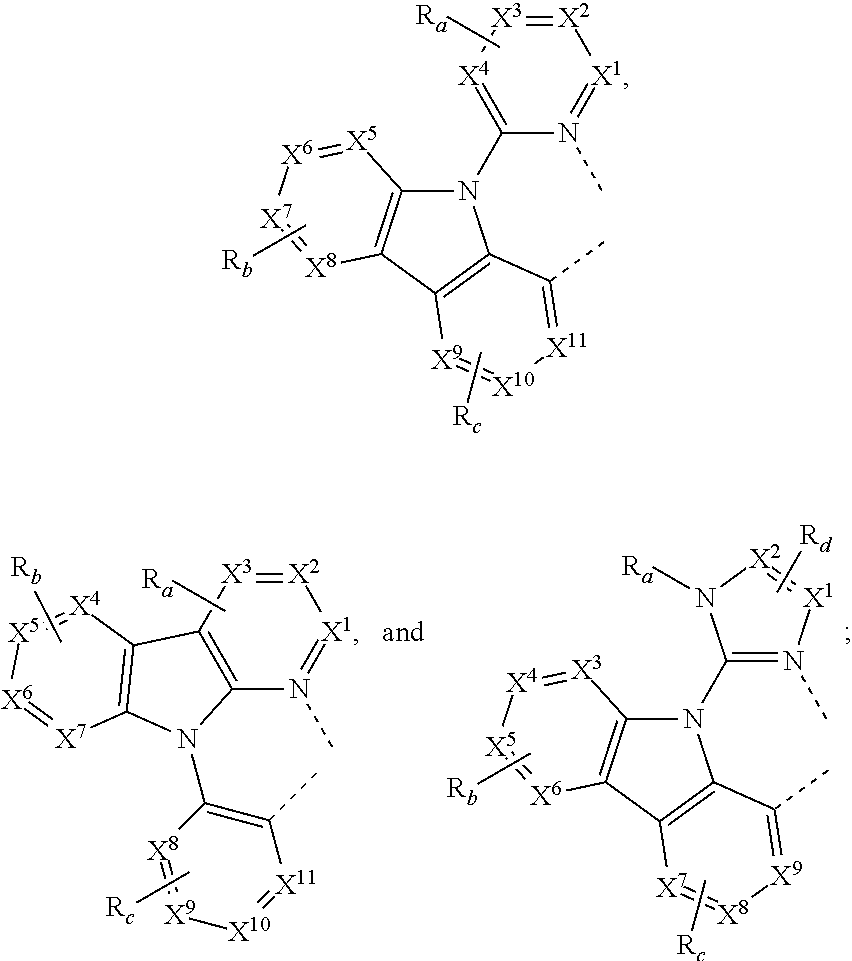
C00417

C00418

C00419

C00420

C00421

C00422

C00423

C00424

C00425

C00426

C00427
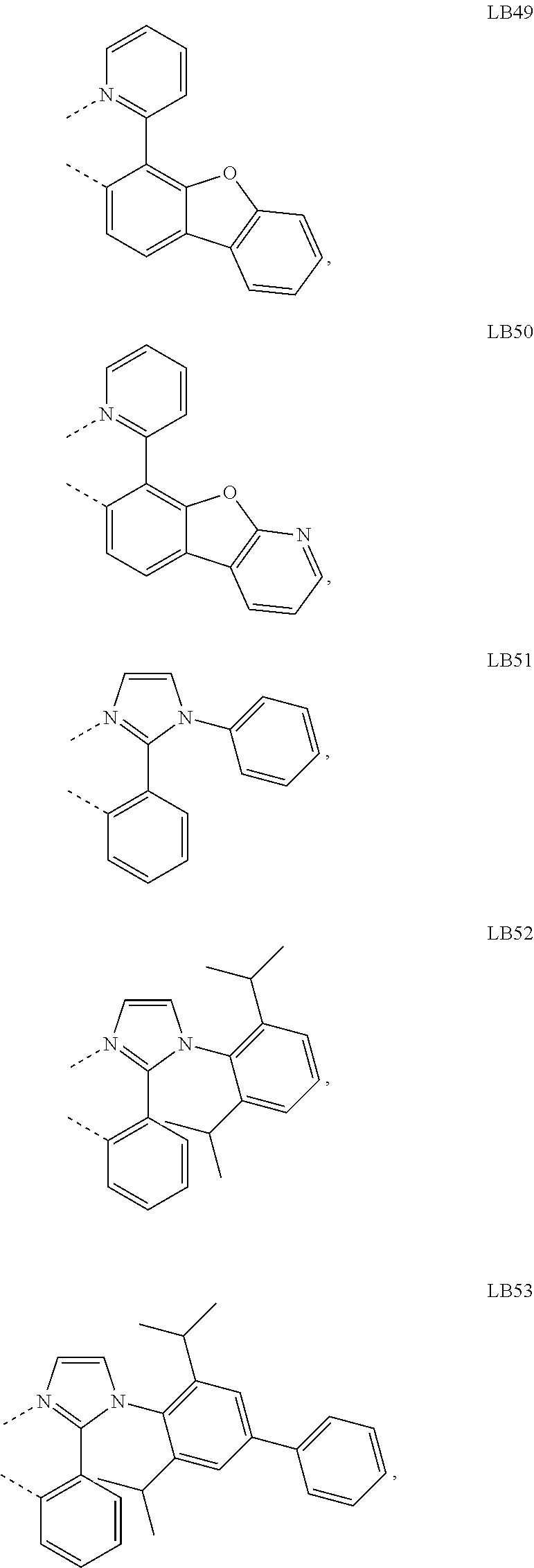
C00428
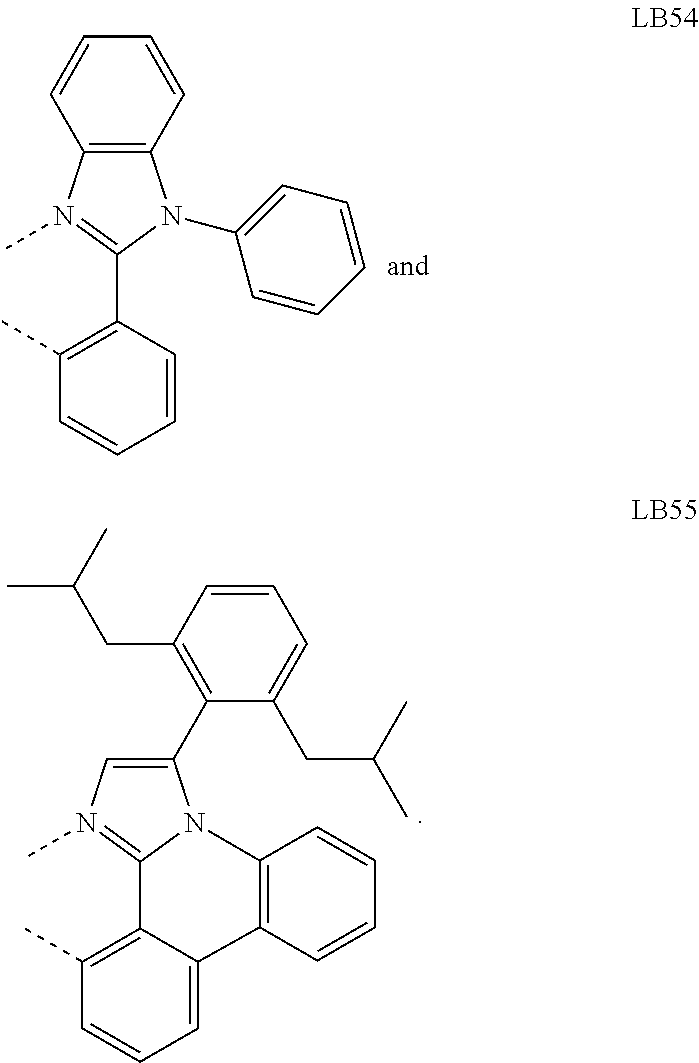
C00429

C00430

C00431

C00432

C00433

C00434

C00435

C00436

C00437

C00438

C00439
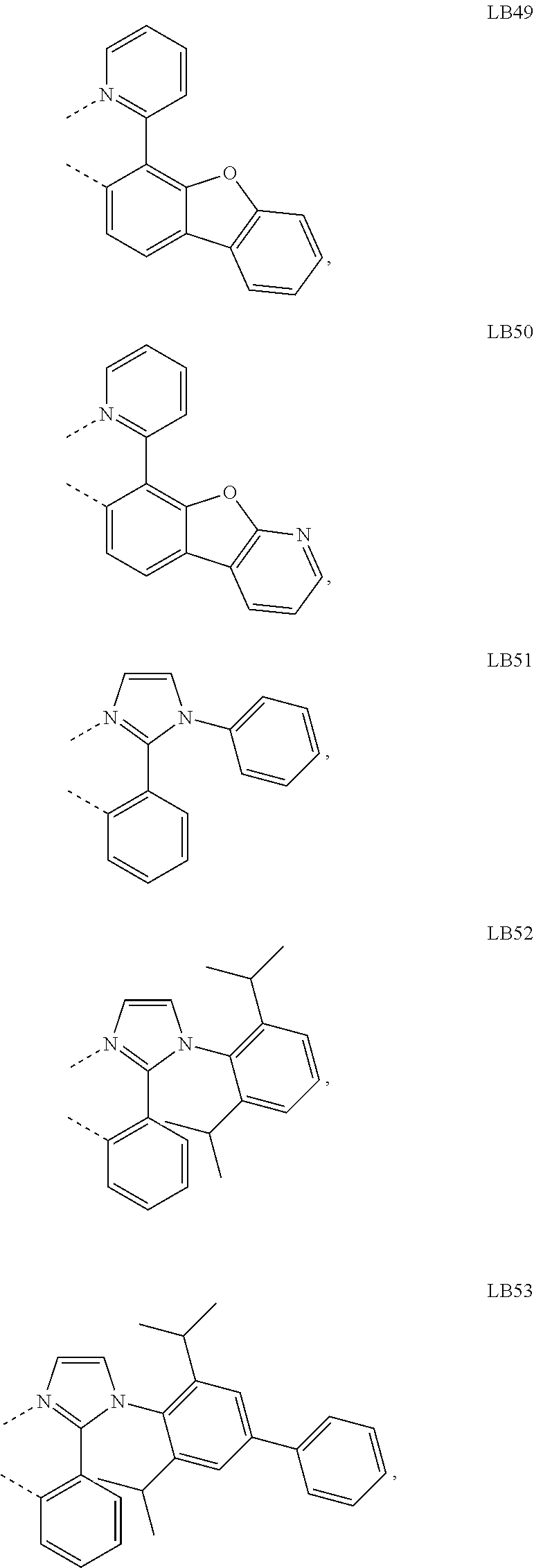
C00440
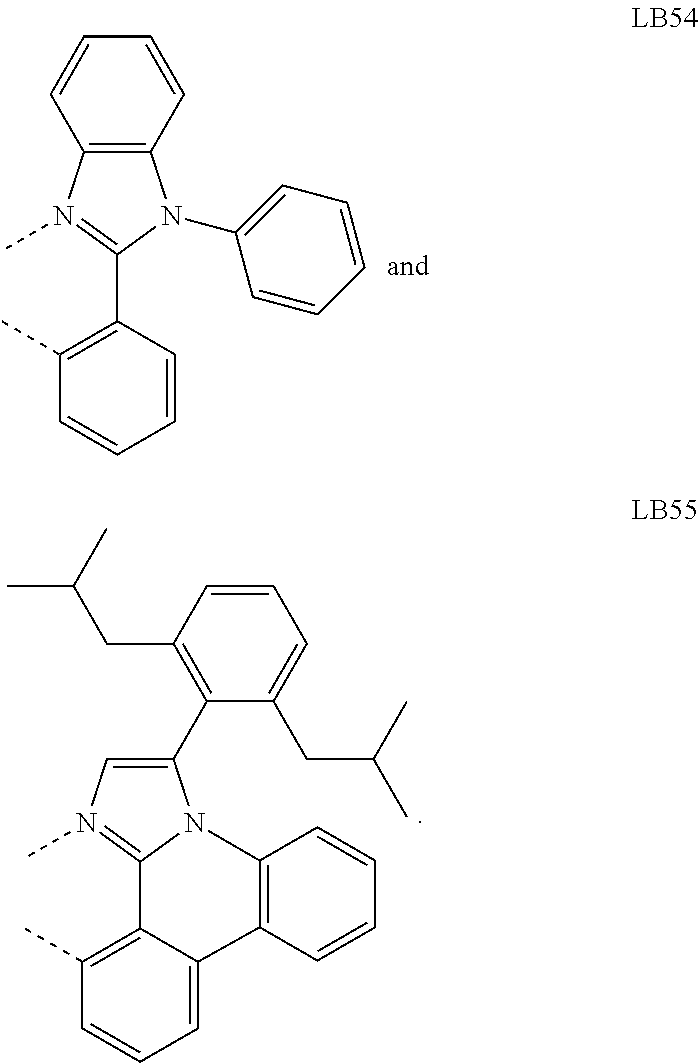
C00441
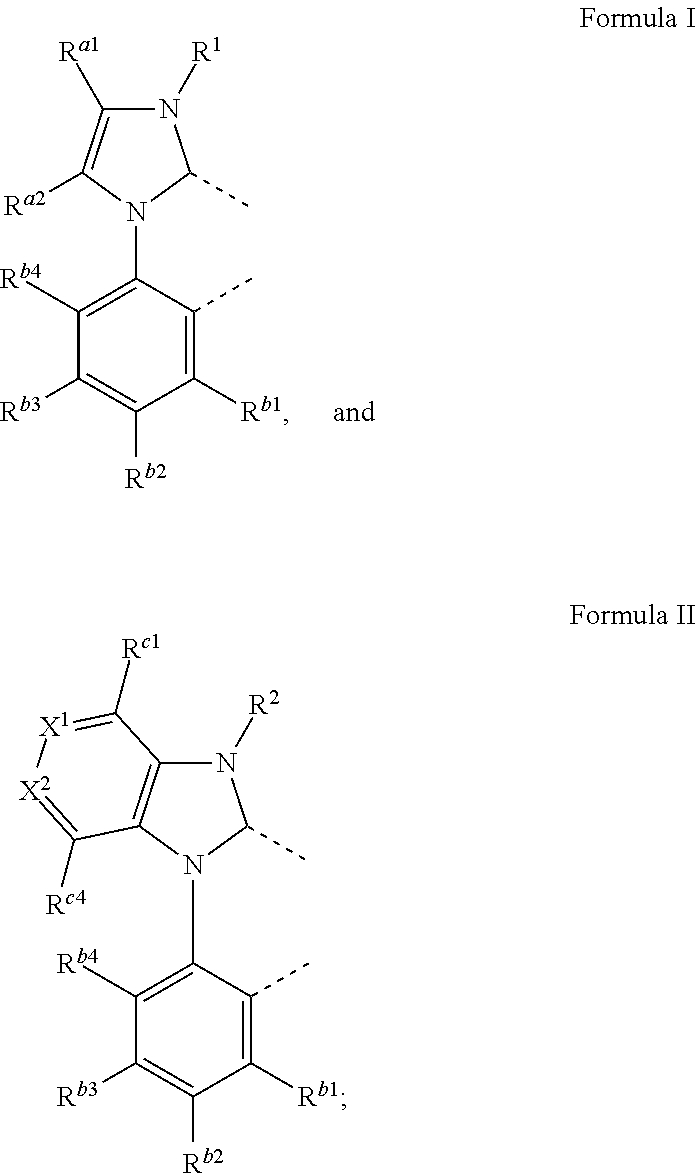
C00442
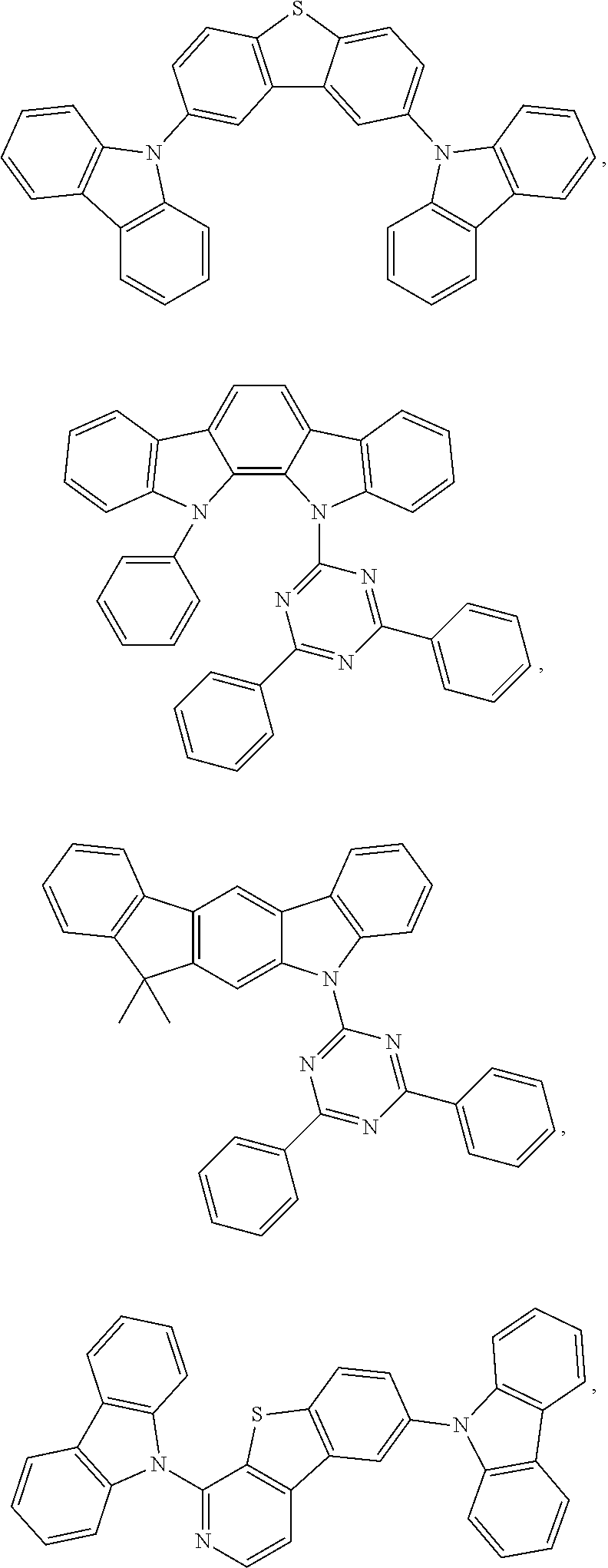
C00443
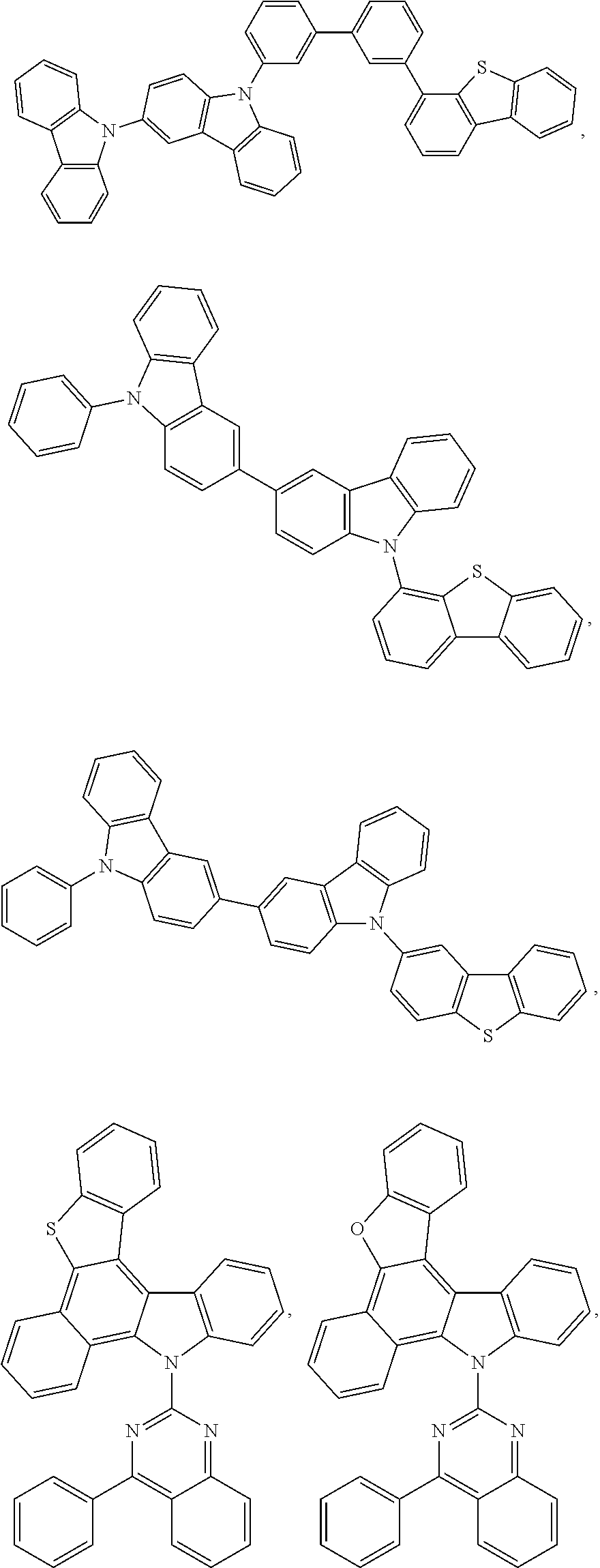
C00444
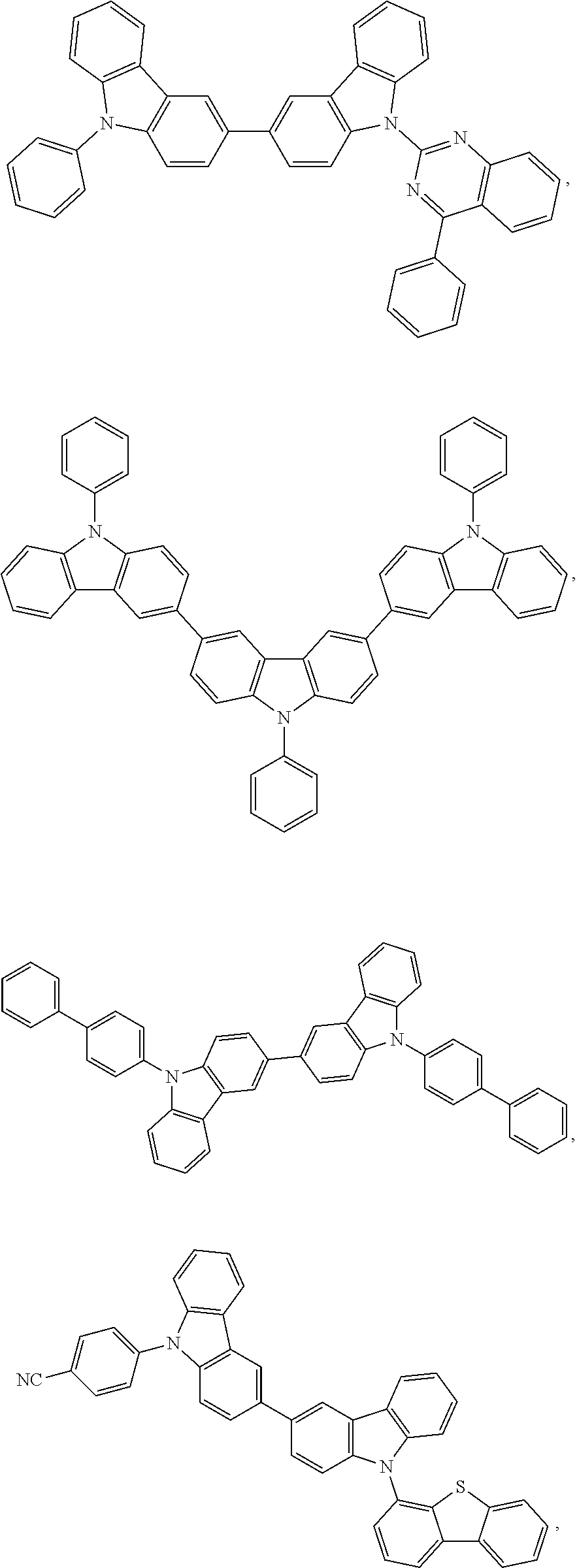
C00445
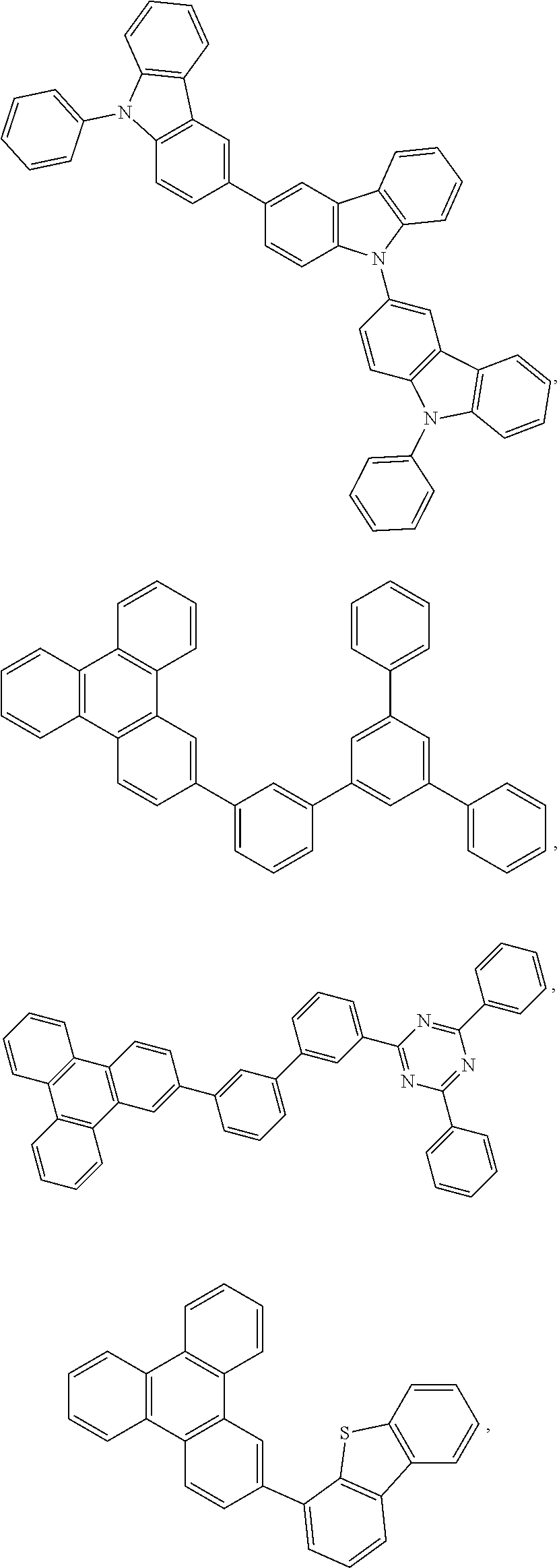
C00446
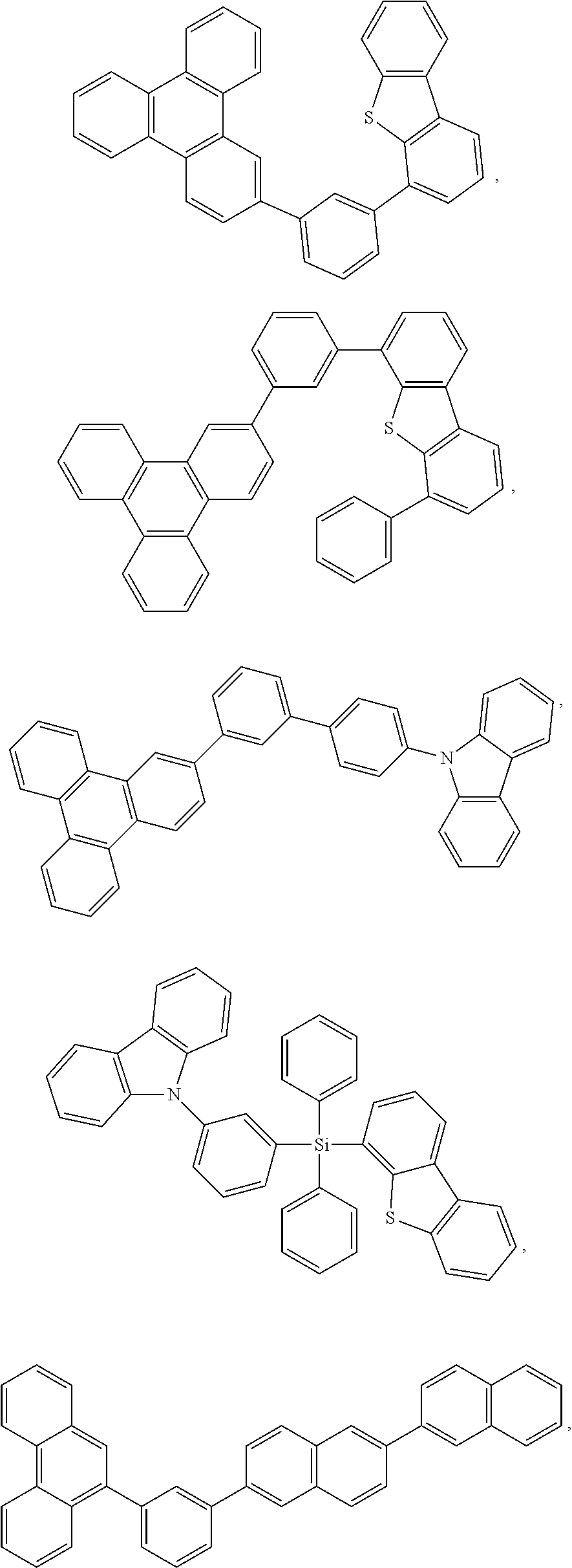
C00447
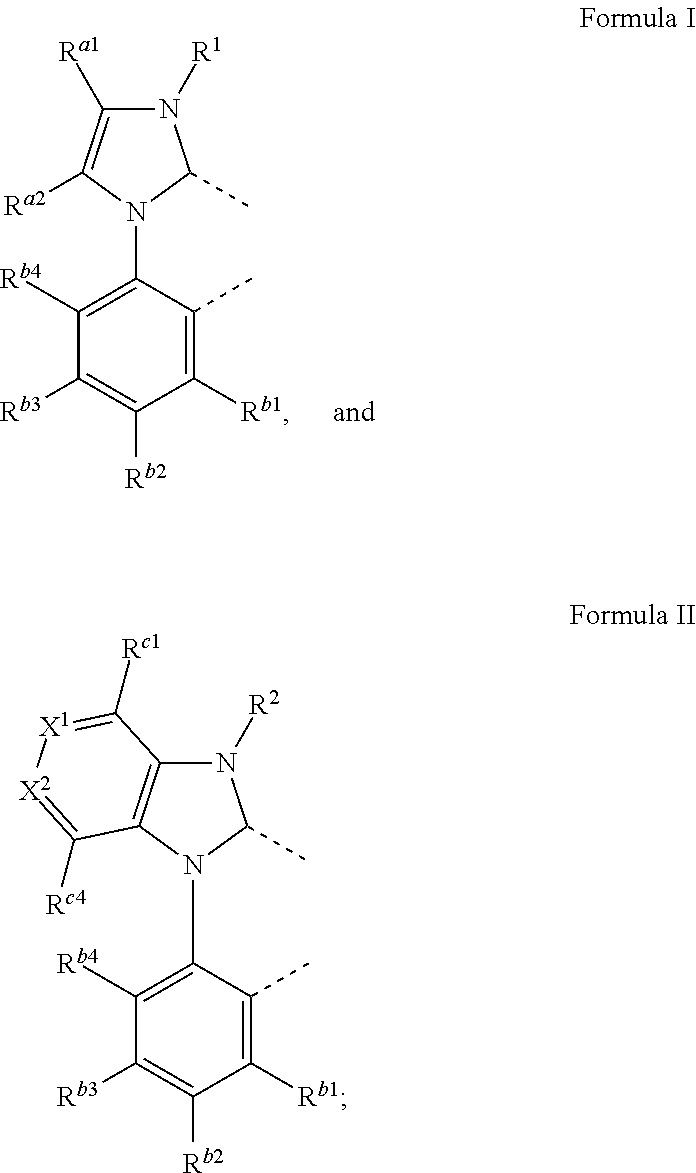
D00000
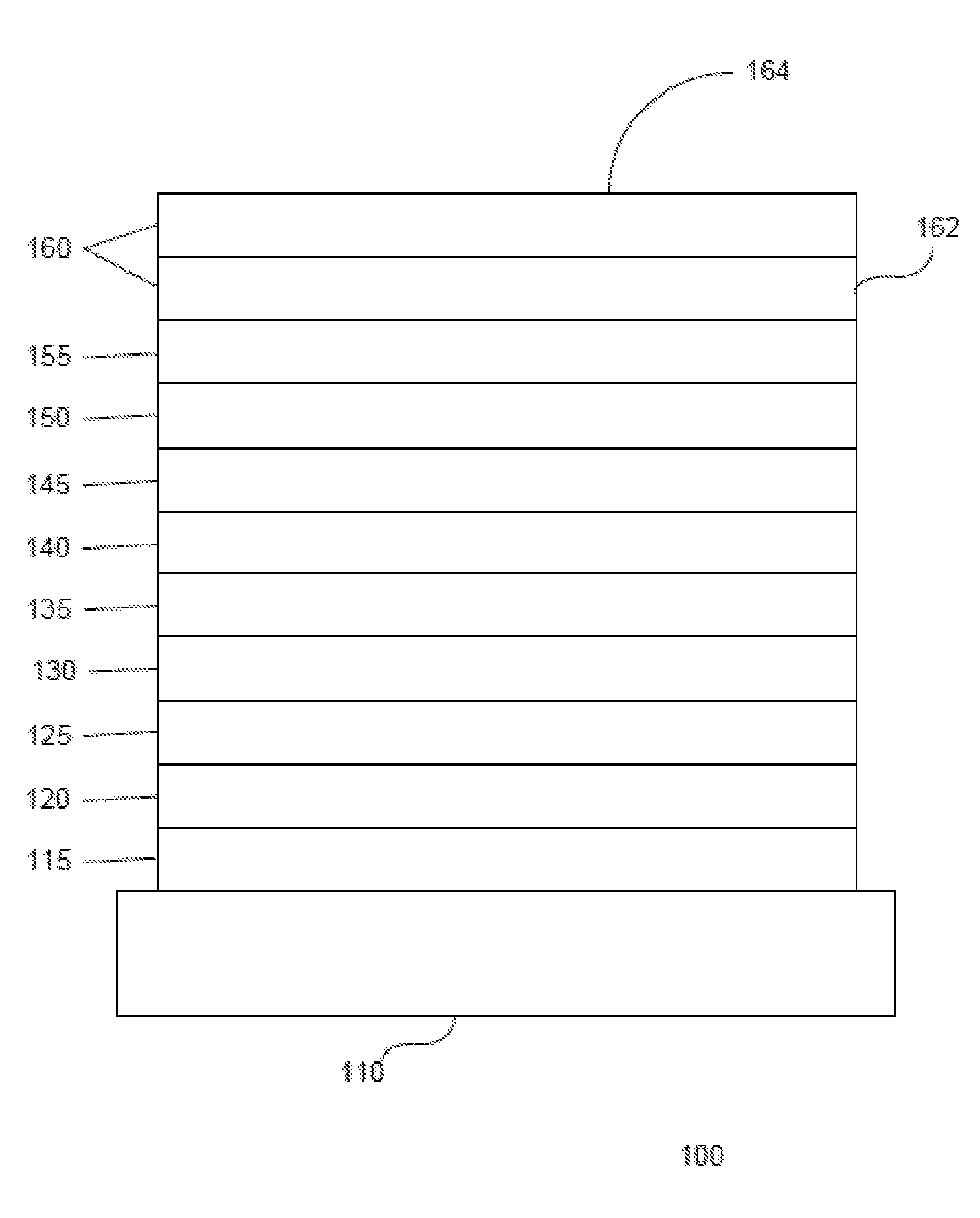
D00001
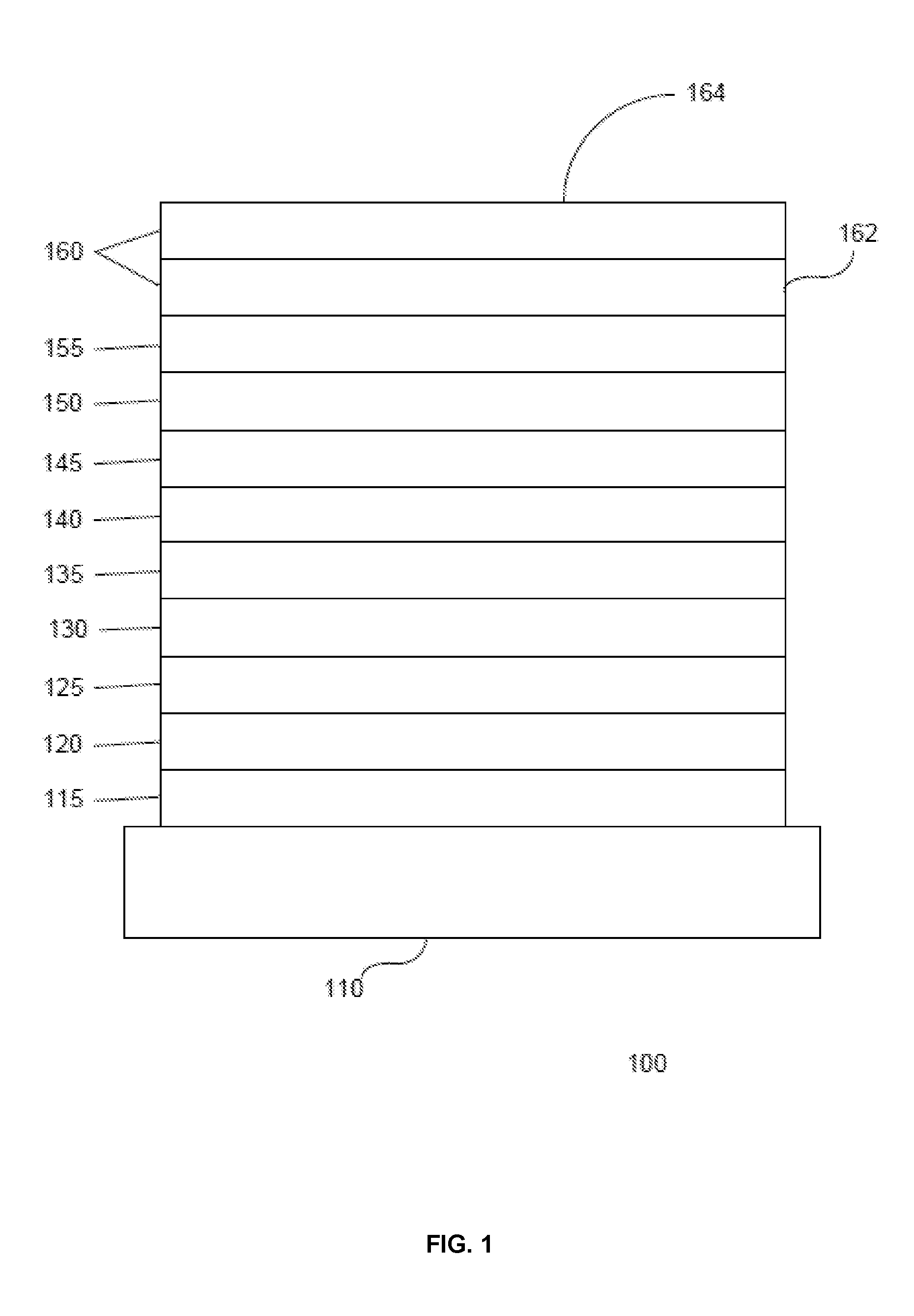
D00002
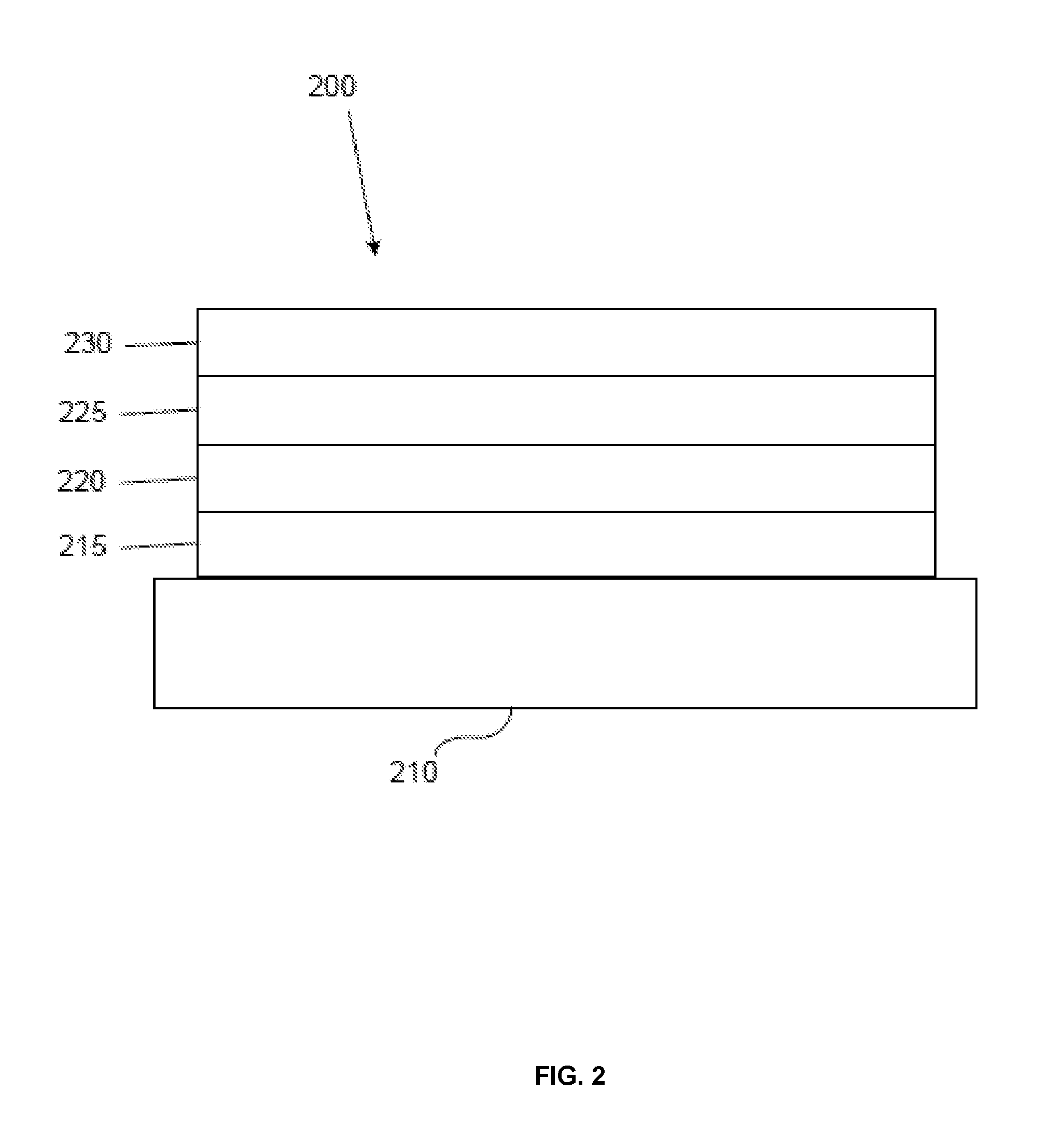
XML
uspto.report is an independent third-party trademark research tool that is not affiliated, endorsed, or sponsored by the United States Patent and Trademark Office (USPTO) or any other governmental organization. The information provided by uspto.report is based on publicly available data at the time of writing and is intended for informational purposes only.
While we strive to provide accurate and up-to-date information, we do not guarantee the accuracy, completeness, reliability, or suitability of the information displayed on this site. The use of this site is at your own risk. Any reliance you place on such information is therefore strictly at your own risk.
All official trademark data, including owner information, should be verified by visiting the official USPTO website at www.uspto.gov. This site is not intended to replace professional legal advice and should not be used as a substitute for consulting with a legal professional who is knowledgeable about trademark law.